
BEFALE, TSHUAPA, EQUATEUR PROVINCE, DEMOCRATIC REPUBLIC OF CONGO, 23 APRIL 2021: Henriete Bakete Wanda, 13, waits in an isolation room at remote Befale hospital to be treated with antibiotics for an infection of Monkeypox. Henriete is very fortunate that her mother knew the symptoms, brought her to the hospital early and could afford treatment. She is also fortunate that she lives in the same village as the hospital, ensuring that she could access treatment before the virus fully takes root and the tell-tale lesions appear on her body. In this rare case, early intervention has saved Henriete from possible death or long-term health complications. Monkeypox is first passed onto humans when an infected primate or rodent is eaten. Once that human is infected, they are highly contagious and multiple infections at a village level are common. In most cases, the remote rural poor cannot afford the medicine or the travel and expense of going to the nearest rural hospital. That hospital may also not have the necessary antibiotics. Superstition, traditional hunting of bushmeat as a protein source, traditional medicine practices and a failure to social distance all add to the infection rate once Monkeypox comes to a village. (Photo by Brent Stirton/National Geographic Magazine.)

NAIROBI, KENYA, 27 SEPTEMBER 2023: 18 year old Ayan Farah Dahr was born as a girl but identifies as a trans man. When he was 15, he left his home in Mogadishu, Somalia; found his way onto a bus that took him to the Kenyan border and, under cover of darkness, he walked over the Kenyan border and made his way to Nairobi. He did this to escape persecution in Somalia for being who he felt he really was, a boy trapped in a female body that felt male to him. When he finally got to Nairobi, he slept rough outside the headquarters of UNHCR because he had heard that the UN offered resettlement programs for persecuted LBGTQIA people. In Somalia, his family had him arrested for dressing like a boy, they said he was a bad influence on girls. When he got to Nairobi, he tried to get a job in the Somali district of Eastley, there shopkeepers grabbed him and stripped him to find out what he was. Ayan was deeply traumatized by that and he finds it difficult to leave the safe house he's finally in, provided by the Refugee Coalition of East Africa, who try to care for LGBTQIA youth who had to flee their homes for their own protection. Ayan waits now to hear if he will be resettled, he hopes in America, a process that could take many years. (Photo by Brent Stirton/Getty Images for GEO magazine.)

NAIROBI, KENYA, 30 SEPTEMBER 2023: Trans women Olivia and Pretty are seen on the weekend in a local hotel swimming pool close to their safe house, this is one of the very few places where they can risk being themselves when no-one is watching. Olivia is sick and living in a refugee camp and Pretty plays an almost maternal role in their relationship. They are seen comforting each other in a rare moment of public spontaneity. This kind of display of affection would draw negative attention in almost all of Kenya and the police would likely be called. Both of these trans women have refugee status but the perception of homosexuality would almost certainly lead to arrest and extortion. Olivia is a trans woman who fled harsh anti LGBT laws in Uganda and has lived for the last three years in vulnerable conditions in Kakouma refugee camp in the north of Kenya. She is photographed in a safe house for trans women in Nairobi, where she is visiting Pretty. Olivia is in Nairobi because she is sick and cannot be treated for her condition in Kakouma. Pretty is a make-up artist and fellow refugee. Pretty has been waiting five years for her resettlement status from the UN agencies. (Photo by Brent Stirton/Getty Images for GEO magazine.)

VIRUNGA NATIONAL PARK, DEMOCRATIC REPUBLIC OF CONGO, JANUARY 25 2015: Emmanuel De Merode, head warden of Virunga National Park, is seen in the Southern sector headquarters of Rumangabo with two of his permanent bodyguards. De Merode has worked inside Virunga since 1992 and has been present for all the trials and tribulations of Virunga since then. He has been head warden since 2008. He has negotiated with two major Rebel groups to keep access to the mountain gorillas of the region, he has dealt with the deaths of more than 170 of his Rangers. He has been a conservation visionary in securing funding to continue the running of Virunga and pioneered the building of sustainable hydroelectric projects to win the hearts of local communities and stave off the threat of oil exploration. De Merode was shot four times last year by three unknown men who are either linked to the FDLR rebel group or to Soco oil, a British oil compnay De Merode has been campaigning against. He was back in the park a month after he was shot despite warnings about his health and his safety. De Merode continues to spearhead the global campaign to protect Virunga, beloved by his men and one of the most respected conservation figues in the world.

PARIS, FRANCE, 30 November 2023: Jane Goodall photographed in Paris for Le Figaro Magazine. ( Photo by Brent Stirton/Getty Images)

DOUME VILLAGE, CLOSE TO LASTOURSVILLE, GABON, 29 JUNE 2021: Expert bushmeat hunter Nkani Mbou Mboudin is seen with an antelope he just shot hunting in the forest around his village. This village survives on fishing and bushmeat. Gabon has a sustainable bushmeat culture, largely because of its small population and large protected habitats. (photo by Brent Stirton/Getty Images for FAO, CIFOR, CIRAD, WCS)


In South Africa the term ‘Coloured’ is used without offence and refers to five million plus people who have multiple heritages. One of the most traumatic events to happen to the coloured nation was the 1968 forced removal of more than 60,000 Coloured people from District 6, a traumatic decision by the Apartheid government that displaced people from their homes and business in the heart of Cape Town over to the Cape Flats in townships like Hanover Park and Mitchell’s Plain. This destroyed their economy, deeply affected extended family and threatened social order within the Coloured community. Gang culture and other forms of resistance emerged. Today, many Coloured people feel that after democracy came in 1994, they were once again thrown away by the ANC government, who many feel prioritized blacks over Coloureds. Today the murder rate in Cape Town averages 10 per day, many of those on the Cape Flats. The drug trade is a mainstay of gang income and there are thousands of addicts. Intergenerational trauma is a strong feature for many Coloured familes on the Cape Flats. That said, there are many successful Coloured people all over South Africa. One of the most significant movements amongst Coloured people today is recognition of their identity beyond the classification first given them by the British and then cemented under Apartheid. This section of the Coloured nation wants to be identified as Khoi and connected to the First People of South Africa. First image: Trevor Alexander Classen, 60, is supposedly the longest serving prisoner in South African history. Trevor feels today that the forced removal of coloured people from District 6 in Cape Town from 1968 was a huge factor in creating a territory mentality in coloured people in the Cape and subsequently laying the foundation for gangs across the Cape Flats. He says it was a case of “you say we are bad, let us show you how bad we can be.”

PETERSBURG, SOUTH AFRICA, 18 NOVEMBER 2016: Barend Pienaar, a self-described patriot of the Afrikaaner nation, stands amongst crosses symbolizing dead farmers killed in farm attacks litter a hillside close to the highway near Petersburg, South Africa. Pienaar is one of the people involved in creating this monument and an ardent self defence advocate for farmers. He has been called a racist for his thinking but he sees his thinking as necessary for white self-preservation. Formerly a member of right wing organizations he now sees the farmers in South Africa as going from attempted self-determination to self-preservation. Pienaar is part of a network of over 1000 community protection participants country wide and is a key figure for farm defence in his region. Official government figures say that close to 4000 white farmers have been killed since 1994 in South Africa. Agricultural and farmer organizations say that number is much higher and believe that the attacks on farmers are not only about criminal opportunism but that there is also a political motive. The number of farmers in South Africa has dwindled steadily from around 105 000 in 1994 to around 35 000 today. Farmers in these isolated areas have received very little support from the police and have formed community protection groups to try to curb these attacks. Many of the attacks are particularly brutal, with rape and torture the norm. There are also many incidents where the murderers take little; killing seems to be the motivation. There has been a steady rise in anti-white sentiment in South Africa since the death of Nelson Mandela. The Economic Freedom Front Party, a right wing black party who’s leader Julius Malema has regularly used hate speech against the white population, is publicly talking about throwing whites off their land and given it back to the blacks. This is historically inaccurate and is an attempt by Malema to mislead a naïve and ignorant black following for personal gain. Malema has on

RUPUNUNI RIVER, GUYANA: Herman Phillips, 63, has lived his whole life in the Rupununi region bases on a subsistence existence. He believes that is his natural right as an indigenous person in the Rupununi. He fishes uses his bow and arrow, nets and lines and he hunts in the forest. This is how he has fed and clothed his 8 children and he would like to see that be an option for them too. Members of the Sustainable Wildlife Management Program, SWM, on a Rupununi River expedition with partners, the South Rupununi Conservation Society. This trip focused on fishing, bow-fishing and local hunting and lifestyles. It also took in the condition of the river and the sidecreeks employed by locals for food and shelter and occasional gold mining prospecting. In the Rupununi region, on Amerindian land, everything is ruled by the village and they control hunting and fishing. In the protected areas, the villages and government partner on these things. The Rupununi Region is located in the southwest of Guyana. It consists mostly of large tracts of primary forest, with about 20% of its land area covered by natural Neotropical savanna and seasonally flooded wetlands. The region has approximately 24,000 inhabitants, including indigenous groups that rely on subsistence hunting, fishing and farming. During recent years, fish populations have declined, and similar trends are being observed for terrestrial wildlife. Studies indicate that hunting-dependent livelihoods are sustainable within indigenous lands. Scenarios highlight the probability of future disruption due to infrastructure development, competition with other more lucrative land uses, climate change, and cultural transformation. While conservation efforts are evolving in the Rupununi, there is a need to foster long-term sustainable management practices. In addition, there is a need to share lessons learnt that may be valuable in other Caribbean and Amazonian countries. The SWM Guyana project is building upon existing strategie


OMARURU, NAMIBIA, 5 November 2015: Gerd Gamanab, 67, is a completely sightless man hoping for a miracle at a blindness camp in Omaruru District hospital in Namibia. He lost his sight to 50 years of farm labour in the Namibian sun and dust, which destroyed both of his corneas. This kind of blindness is the result of living in remote locations with prolonged exposure to fierce elements and no eye care anywhere nearby. A lack of education as to what was happening to his eyes also allowed this to occur. These camps are held all over Namibia and cater to sections of the population that do not receive regular eye care, mostly as a result of poverty. The applicant are screened and if the diagnosis is a mature cataract, they are selected as candidates for a simple operation which in fifteen minutes lends signicant sight to their world. The cataract is removed by a surgical vacuum and a new lens in inserted. Bandages are removed the next day and in most cases a real improvement in vision is the result. (Photo by Brent Stirton/Reportage for National Geographic Magazine.)




Charlie Sexton outside rehersals, Austin, Texas



Democrat supporters who travelled from Texas to support Stacey Abrams at the end of a rally led by Kamala Harris

NATIONAL GEOGRAPHIC: TIMBUKTU, MALI: Darhamane Moulaye Haidara, a scholar of ancient manuscripts in the city of Timbuktu.

DUBAI, UAE, SEPTEMBER 24, 2017: Sheikh Butti Maktoum Bin Juma, a senior member of the Dubai Royal family, is seen inside the foyer of his home in Dubai. He is holding his favourite Gyr Falcon and is surrounded by other high end falcons that were bred especially for him. The mural behind him depicts his sons Rashid and Maktoum in the desert with falcons. Sheikh Butti is the first UAE falconer and likely the first Arab to ever train and hunt with a captive bred bird, a Gyr falcon that became famous across the region twenty years ago. He altered perception about what was possible with captive breeding and the performance of his falcons helped to win the argument for the superiority of captive-bred hybrids and purebred falcons. There has been a careful refining of genetics by master breeders like Howard Waller who have created a whole new class of falcons that have become the birds of choice in the Emirates. They are housed in special air-conditioned facilities where they can resist the high temperatures of the desert. Most training for hunts and racing is done in the very early morning, when temperatures are low and the birds won’t suffer heat exhaustion. The birds travel in air-conditioned vehicles with special perches to and from the training grounds. The higher echelons of the UAE falconers literally spend millions of dollars on housing, training and caring for their falcons. There are a number of falcon hospitals across the UAE that cater exclusively to the welfare of these birds. Expert international veterinarians staff these hospitals and birds are cared for at the same level as people. Falcons were severely threatened 50 years ago by the advent of chemicals like DDT, the Arab world has been at the forefront of restoring falcon populations and it is the Arab world that is the epicenter for breeding and the largest client for these birds. This resurgence has elevated Falconry to Intangible Heritage status by Unesco. (Photo by Brent Stirton/Verbatim for National



Jericho Brown, Pulitzer Prize winner for Poetry, 2022.


PANTANAL, BRAZIL, 23 MAY 2022: Seul Celso Rondon de Arruda is 67 years old, born and raised in Pantanal. As a cattle rancher, Seul Celso owns 800 cows and 14 horses. The first six months of 2022, he lost 40 calfs because of jaguar attack: each calf killed equals a total loss of 600 euros (if its a male) and 400 if its a female. According to him, 2022 is a particularly bad year: on average, the amount of calf lost to jaguar attacks each year reached 20. He acknowledges that a strong jaguar population is a good thing for the Pantanal as it draw tourists to the area and boost the construction of lodges and hotel. But in the same times, jaguars become more accustomed to the presence of humans and thus become more reckless. He bares no grudjes toward hotel owners and the people from the tourism industry, but his opinion is that cattle ranchers should be compensated for the loss of cattle - by the governement or the hotel owners, he does not say. (photo by Brent Stirton/Getty Images for Le Figaro/Rocher Foundation.

PHUNDUNDU WILDLIFE AREA, ZIMBABWE, JUNE 2018: Specially selected women from an all female. conservation ranger force undergo sniper training in the bush to curb poaching. Akashinga (meaning the ‘Brave Ones’ in local dialect) is a community-driven conservation model, empowering disadvantaged women to restore and manage a network of wilderness areas as an alternative to trophy hunting. Many current western-conceived solutions to conserve wilderness areas struggle to gain traction across the African continent. Predominately male forces are hampered by ongoing corruption, nepotism, drunkenness, aggressiveness towards local communities and a sense of entitlement. The I.A.P.F, the International Anti-Poaching Foundation led by former Australian Special Forces soldier Damien Mander, was created as a direct action conservation organisation to be used as a surgical instrument in targeting wildlife crime. In 2017 they decided to innovate, using an all- female team to manage an entire nature reserve in Zimbabwe. The program builds an alternative approach to the militarized paradigm of ‘fortress conservation’ which defends colonial boundaries between nature and humans. While still trained to deal with any situation they may face, the team has a community-driven interpersonal focus, working with rather than against the local population for the long-term benefits of their own communities and nature. Cut off from places of worship and burial, grazing areas, access to water, food, traditional medicine and given limited opportunity for employment or tourism benefits, it’s little wonder many of these communities struggle to see any value in conservation efforts. Women have traditionally played major roles in battle and are now re-emerging as key solutions in law enforcement and conflict resolution. In the Middle-East, counterinsurgency operations that involve penetrating and working with the local population to try and win the hearts and minds have become fundamentally reli

MARBLE HALL, SOUTH AFRICA, 18 NOVEMBER 2016: Diederich Beyers and his wife Dolla and one of their three childen are seen in one of their fields on their farm in Marble Hall, South Africa. Beyers is seen one week after his farm home was invaded by 6 men who tied him and his wife up and ransacked their home. The attackers told him they were going to kill him and they threatened to rape his wife. As the attackers were preparing to leave, they told him once they had loaded the cars they were coming back to kill him and his family. Temporarily alone and without a gun to his head, Beyers managed to escape the cable ties binding his arms and grab a hidden shot gun and kill one attacker and wound two others. His wife was still cutting the cable ties binding his legs as he took his first shot. He says the incident was terrifying and credits God with saving their lives. He says the thought of his sleeping children and his wife gave him strength to survive this incident. Beyer's feels bad about killing the one man and says he does not bear the black man any ill-will. One of the wounded was caught by the police and he confessed that this group had commited 5 other murders and was also involved in illegal rhino poaching. Beyers says that he knows that farmers have no choice but to take their protection into their own hands. He say he knows he cannot rely on the government or the police but he remains positive about South Africa and is willing to work with everyone towards a future. The official government figures say that close to 4000 white farmers have been killed since 1994 in South Africa. Agricultural and farmer organizations say that number is much higher and believe that the attacks on farmers are not only about criminal opportunism but that there is also a political motive. The number of farmers in South Africa has dwindled steadily from around 105 000 in 1994 to around 35 000 today. Farmers in these isolated areas have received very little support from the police and ha

CAMERON, ARIZONA, 16 APRIL 2014: Claysun Benally with his horse in Cameron, Arizona. Claysun is a strong believer in traditional Navajo values and along with his father keeps several horses on their property in Flagstaff. The Navajo have a long relationship with the wild horse, a relationship characterized by gentleness and agreement rather than breaking the horses spirti to the will of man. (Photo by Brent Stirton/Reportage for Le Figaro Magazine.)

NEW YORK CITY, USA, 18 MARCH 2016: Sandford Greenberg and Art Garfunkel seen at their Alma Mater Columbia University. Greenberg lost his sight in his first few months at Columbia as a young man. Garfunkel was his room-mate at the time and went to help Greenberg climb out of his desperation at finding himself blind. They made a significant train journey back to NY city and once they reached Grand Central became separated and then Greenberg was forced to make his way to Columbia University alone as a blind man for the first time. When Greenberg finally reached Columbia he felt a touch on his arm and it turned out that Garfunkel had been alongside him the entire time. Greenberg sites this moment as when it first occurred to him that he was going to be fine despite his blindness. (Photo by Brent Stirton/Reportage for National Geographic Magazine.)

BALEKE VILLAGE, BENGAMISA DISTRICT, DEMOCRATIC REPUBLIC OF CONGO: Drugs for Neglected Disease Biologist Dr Sabine Specht spent seven weeks in Congo in the summer looking at onchocerciasis, also know as riverblindness. Specht is currently working on four different compounds that could help eliminate African river blindness. Her ideal is to arrive at a single compound that addresses multiple conditions and is tolerable for the human body. Primary amongst these candidates is TylaMac, produced by the pharmaceutical company AbbVie. This trial has been running since 2015 in Congo, specifically in Masi-Manimba in Kwilu Province and in Kimpese in Bas-Congo Province, both prolific onchocerciasis areas. So far, according to Specht, 40 patients have participated in a new phase IIb efficacy trial. A total of 150 are expected to participate. Her current visit is a follow-up appointment, where she and the local team will take tissue samples from the first 40 patients who received TylaMac in the summer, which will then be examined histologically by Prof. Hörauf at the University of Bonn. (Photo by Brent Stirton/Getty Images for GEO magazine.)

CAPE COAST, GHANA, JULY 2009: Anderson Cooper and crew visit a former Slave Fortress on the Cape Coast of Ghana ahead of President Obama's visit to Ghana, July 12 2009. Slaves were interred at the fort throughout many years of slaving practise in Ghana's history. Anderson visited the cells and dungeons where many slaves perished over the centuries of slaving practise in Ghana. (Photo by Brent Stirton/CNN.)


CAMERON, ARIZONA, 16 APRIL 2014: Navajo Punk rock band Sihasin is seen with their horse Moonshadow in a canyon in Cameron, Arizona. Sihasin comes from a long tradition of protest music and expouses traditional Navajo values to their audience. (Photo by Brent Stirton/Reportage for Le Figaro Magazine.)

MARANHAO, BRAZIL, JUNE 2018: Chief Evandor Gaviao, 30, and his adopted son, the young chief of the village of Governador, the central village in the tribal area for Gaviao Indigenous people. TI Governador is the ancestral territory of the Gavião people; it encompasses 42,000 hectares of Amazon forest. Governador has been noticeably affected by deforestation, with whole areas razed of trees, dry riverbeds and frequent forest fires. People in this village say that the old days were better, their forests held more animals for hunting, more fruit and there were no problems with loggers illegally cutting their timber. This village was running a regular forest guardian patrol but funding for indigenous NGO’s has dried up and at this time there are no patrols due to that lack of funding. 3 years ago this village confiscated logging vehicles by force which led to a confrontation with the loggers. The village was abandoned by the military police, who were supposed to protect them from the illegal loggers. The military police only returned a week later during which time the village had to defend themselves. Environmental defenders in Governador have been subjected to threats, death threats, intimidation, assault and armed attacks. Defenders reported receiving threatening anonymous calls usually after seizing a truck during one of the patrols; sometimes the callers would also issue death threats towards the defender or towards their whole village. Loggers residing in the neighboring town have intimidated and physically assaulted at least 2 indigenous leaders when they traveled to town. In one instance loggers intimidated shop owners in town so they wouldn’t sell gas to indigenous people for two weeks. To date, there seem to have been no killings of Gavião environmental defenders in retaliation for their activism. Gavião people are ambivalent about the role of the State. Several environmental defenders have worked or continue to work with Funai, the specialised governme


PHILADELPHIA, PENNSYLVANIA, USA, 15 JULY 2015: Dr Carl June, head of the Cart19 cancer program at UPenn surveys the Philadelphia skyline from the construction platform for his new laboratory. The lab is being built with help from Novartis who have supported Dr June for a number of years. Dr June has pioneered new Gene therapy in the search for a cure for cancer, revolutionizing how we may come to conquer the disease. He and his team have developed a means by which to use the HIV virus as a targeting vector for cancer cells, allowing the patients own T-cells to go to war once they have been turned into super cells and re-injected into the patients body. (Photo by Brent Stirton/Novartis.)


VIVEKANANDA MISSION ASRAM, HALDIA, WEST BENGAL, INDIA, JANUARY 14, 2016: Swami Biswanathanda, the religious leader of the Vivekananda Mission Asram school for the blind. He is seen at the temple complex located on the Mission grounds. This is one of the best schools for blind children in India, the country with the highest number of blind people, arond 1% of their population, approximately 12 million people. Vivekanda Mission Asram provides care to some of the poorest of blind children, providing them with an education and tools for life survival once they leave the Asram after graduating. The children learn a normal school curiculum through braile and a team of dedicated teachers. Vocationa training is also available at the Asram in weaving, candle making amongst other skills that can add meaning to a blind life in India. Most of the blind in India end up as beggars, this school offers students a chance to be more than that. A number of their students have gone on to become senior teachers for sighted pupils, lawyers and business people. (Photo by Brent Stirton/Reportage for National Geographic Magazine.)


GULU, UGANDA, 20 NOVEMBER 2014: Caesar Ochelo, former Intelligence chief for the Lord's Resistance Army, LRA, the notorious terror group that has spread chaos amongst the populations of Uganda, DR Congo, Central African Republic and South Sudan since the eighties. Caesar claims he was abducted by the LRA and spent 25 years with them. Most experts agree that he joined voluntarily and he is credited with orchestrating many of the worst attrocities comitted by the LRA. Caesar was captured in 2012 but claims he was thinking of defecting. He now lives in Gulu, scene of many LRA attacks under an amnesty. (Photo by Brent Stirton/Reportage by Getty Images for National Geographic Magazine.)

OBO, CENTRAL AFRICAN REPUBLIC, 18 NOVEMBER 2014: Recent Lord's Resistance Army defector, Michael Onen, photographed at the African Union Ugandan Army base at Obo, Central African Republic. Onen defected after spending 16 years in the LRA after being abducted as a child and taken far from his home village in the DR Congo. The scars on his back are as a result of beatings he received from his LRA captors. He defected on 11 September 2014 as he feared for his life after Joseph Kony, the leader of the LRA, disaproved of a relationship he has with a woman in the LRA. The Ugandan contingent as well as the Africom American personel based here are focused on the apprehension of the Lord's Resistance Army, the notorious rebel group led by Joseph Kony which has terrorized citizens of Uganda, C.A.R, South Sudan and the Democratic Republic of Congo for the last 4 decades. In recent times the LRA has turned its focus to Ivory as a means of income. This is having a devastating effect on elephant populations everywhere they operate. Michael Onen was part of the poaching team operating in Garamba National Park in the Democratic Republic of Congo. In 2012 this team killed 21 elephants, in 2014 they killed 26 elephants in Garamba. These tusks are currently in transit to Darfur, where the notorious leader of the LRA, Joseph Kony has ordered them to be brought. They will be carried by 3 separate groups for security, all moving in different directions. Michael Onen says that once in Darfur, these tusks will be sold to the Sudanese Army and transported to Khartoum from where they will make their way to China. Profits from the ivory will be used by the LRA for arms and resupply. Michael Onen was abducted by the LRA in 1998 while still a child, he was pressed into service by the terror group. He says that Kony lives by instilling fear in his fighters, resocializing children into killers who do his bidding. That bidding now includes the killing of elephants as well as people. (Photo by Bren

VENDA, SOUTH AFRICA, 11 DECEMBER 2016: Mudshidzi, 15, and Nanjana, 13, Ndevana, are seen after a sparring session at their home in Venda. These two young fighters are the eldest sons of the president of the Musangwe comittee, Poison Ndevana. He says his two eldest are still too young to train seriously but he sees them as future champions. The two boys fight at every Musangwe event and are fearless of their opponents. Musangwe is traditional bare knuckle boxing which occurs in Venda every Xmas period. Poison is a former Umkhonto Wi Sizwe ANC military wing fighter but he was already a Musangwe Champion before he joined the Liberation movement. (Photo by Brent Stirton/Verbatim for Le Figaro.)

DILABYNO, OMO VALLEY, ETHIOPIA, DECEMBER 2007: Images of the Beshadar people, closely related to the Hamar tribe, in a traditional bull-jumping ceremony in the Omo Valley, South West Ethiopia, 14 December 2007. The bull-jumping ceremony is one of the most important in a man's life, and once completed allows him to take a wife and marry. The Hamar people and their tribal affiliates conduct a bull-jumping on a regular basis while the Karo people are much more selective in who they allow to bulljump and jump far less frequently. The ceremony is about hierachy and membership in the tribe and typically involves a young man who undergoes a number of rituals before he leaps onto and runs rapidly over a series of cattle held by other men who have recently jumped. Once completed he is a man in the eyes of the tribe. An important part of the ceremony is the ritualistic whipping which women actively seek out from certain men known as Mazha. The women harrass these men who then whip them once with a thin reed like stick before casting the stick away. The whipping causes bleeding and pain but the women look upon it as a sign of strength, loyalty and obligation to the bulljumper. They become incensed through a series of dances and then demand to be whipped in a macho, masochistic display. The resultant scars are worn as a badge of honor by many of the women. (Photo by Brent Stirton/Getty Images.)


In memory of Anthony, the youngest patient ever to use a Berlin Heart, a external device that replaces your own heart while you are waiting for an operation or a transplant. Anthony lived only a year or so after his final procedure, when he died of an opportunistic infection. He was a huge WWF wrestling fan. I met him for a micro-second and have never been able to forget him.

FLAGSTAFF, ARIZONA, 13 APRIL 2014: Images from a multi-tribe Pow Wow held in Flagstaff Arizona. These dancers come from all over America, the portraits are of Navajo dancers. Their costumes are not traditional however and have come to portray an almost "Super-Indian" collective today. (Photo by Brent Stirton/Reportage for Figaro Magazine.)


VIRUNGA NATIONAL PARK, DR CONGO, 26 NOVEMBER 2015: ICCN conservation rangers working as a bodyguard unit wait for a visit from the Minister of the Environment at Rumangabo Ranger Headquarters. Fighting in the region between FDLR rebels and Virunga's rangers continues to be a problem and bodyguard units are assigned to key wardens in the park. (Photo by Brent Stirton/Reportage for National Geographic Magazine.)

ZAKOUMA NATIONAL PARK, CHAD, 7 JANUARY 2015: The "Wild Dog" Ranger horse patrol group as it prepares to leave for a week of anti poaching patrol at Zakouma National Park, Chad. The horse patrols are the old guard of Zakouma's rangers and have seen a good deal of conflict in their time in the park. Zakouma lost nearly 75% of its elephants in the decade before 2011 due to raids by Janajaweed and Sudanese poachers, many of them from the Sudanese military. The president of Chad, Idris Deby, is a big supporter of the elephant of Zakouma and of its elephants. The herds here until recently used to be as large as 1000 animals all moving together, severe poaching over the last decade saw that number decimated and now only around 20% of the number remains. Since 2011 however there has been control over poaching and there has not been a single elephant poached in the last 2 years. The president of Chad, Idris Deby, is a strong supporter of the park and Zakouma is on the upsurge in terms of its elephant population once again. (Photo by Brent Stirton/Reportage for National Geographic Magazine.)

MASAAI MARA NATIONAL RESERVE, KENYA, FEBRUARY 2010. Samson Lenjirr, 41, the AG Chief Game Warden of the Mara Triangle Conservancy Masaai Mara National Reserve, Kenya, 21 February 2010. Lenjirr has been an outspoken critic of the abundance of illegal safari lodges, camps and hotels in the reserve. He has campaigned for a proper land management plan from the Kenyan Government and spoken out fearlessly about corruption and the resulting overcrowding and ecologically unsound practises happening in the Mara today. There are currently 108 tourist operations in the greater Mara area, of which only 29% meet the legal standards to be in business. Lenjirr believes that unless something is done soon, the Mara will reach a tipping point from which there can be no return for arguably the most important wildlife reserve in the world. (Photo by Brent Stirton/Reportage by Getty Images)


TIMBUKTU, MALI, JANUARY 2010: A young Tuareg artisan boy, Anara Ag Hamay Cisse, 13 years old, stands in the dunes outside of Timbuktu, the mythical Northern Mali city, January 18, 2010. (Photo by Brent Stirton/Reportage by Getty images.)

VARANASSI, INDIA, 2 OCTOBER 2013: Kumkum Chowdhary, 12, plays by herself on the roof of a small donor hospital in Varanassi, India. Kumkum is a victim of severe burns from a gas fire. India has one of the highest incidents of severe burns per capita yet has very few proper burns units throughout the country. Kumkum was severely burned when a naive boy in her village asked to hold a candle while he tried to transfer gas from one canister to another. He promised Kumkum a sweet if she would help him. The resultant explosion burnt her over most of her body, the boy was uninjured and ran away. Kumkum has been in this condition for more than three years with only basic medical care. Her parents are poor people and they cannot afford the necessary travel let alone medical care she requires. This hospital in Varanassi is one of the very few the poor can access. It is based on the efforts of a single doctor, a plastic surgeon who has made it his priority to serve the poor who would otherwise never be able to access this kind of surgery. Kumkum will first have her hands repaired to offer some use and then her face and body will be attended to. It will require at least a year of surgeries and recovery before she will be able to lead a normal life. This recovery is not something she would ever be able to access without the help of this unique facility.



THOYANDO, VENDA, SOUTH AFRICA, 9 DECEMBER 2016: Steven Nditwani, 26, is one of two current senior champions in Venda's Musangwe fighting. This is an old sport practised by men in Venda and it has become a rite of passage for many Venda men, a way of displaying their courage in fronts of enthusiastic crowds over the Xmas period. Steven has been fighting since 2010 and won his first championship in 2013. The Venda people are superstitious and the fighters are no exception. Before a small fight Steven will rub a mixture of salt, child's urine and goat or pig fat on his body. Before a big fight, he will consult a traditional healer or Sangoma for a more potent solution. Most fights are not for money but when invited by the King or another VIP, fighters will perform for a pool of up to R40,000.00, the equivalent of $2,700.00. That money can be shared amongst as many as 20 fighters with the winner taking the lions share. Steve is seen doing pushups, hitting a puch bag made of a maize sack and with his brother Emmanuel. Steve likes to watch wrestling and boxing videos for inspiration, especially Mike Tyson and Muhammed Ali. (Photo by Brent Stirton/Verbatim for Le Figaro.)

PATERNOSTER, SOUTH AFRICA, 2 APRIL 2017: Juan Villarino stands on a dirt road trying to hitch to from St Helena Bay to Paternoster. (Photo

October 13, 2020: Emmanuel De Merode, Chief Warden of Virunga National Park. He is photographed in Mutwanga, at the foot of the Ruwenzori mountains.

GARAMBA NATIONAL PARK, DEMOCRATIC REPUBLIC OF CONGO, APRIL 21 2019: Head of Law Enforcement for Garamba National Park, Major Pascal Adrio Anguezi. Leadership is always a key issue for these rangers and there will be new officer training in the park shortly. Garamba is a Park in North East DRC bordering South Sudan. It is one of Africa’s oldest and most complex parks, with a difficult history. It has for many years been an elephant poaching epicenter, with heavily armed Sudanese poachers and Lord’s Resistance Army militia’s both decimating elephant populations as well as targeting the local population. African Parks signed an MOU with the ICCN, Congo’s conservation authority, in 2005. Since then, a number of rangers have continued to die in the course of their duties but slowly the park has gained traction against local poachers and foreign armed groups. From 2016 law enforcement strategy has been completely overhauled, the rangers were better equipped and technology has become a vital component in the fight. Poaching of elephants was down 50% in 2017 and in the 2018 it was down further. Over 1200 elephants remain and over 40 of those have collars for monitoring purposes. Garamba is also home to some of the last remaining Kordofan giraffe population and there is an action plan for that population. In a region of almost no economic opportunity, Garamba employs almost 500 full time staff and almost 2000 short term contract workers. There is a large amount of illegal mining around Garamba and the park is actively involved in speaking with those miners about alternative livelihoods and how the park may help with that. The Ranger force is around 300 and they provide security to tens of thousands of people who live around the park as well as vulnerable refugee groups escaping conflict in the region. (PHOTO BY BRENT STIRTON/GETTY IMAGES FOR NATIONAL GEOGRAPHIC MAGAZINE)

ST PETERSBURG, FLORIDIA, USA, 21 MARCH 2016: Marine Cpl. Michael Jernigan was five weeks from leaving Iraq when an improvised explosive device mangled his right hand and left knee, shattered his entire forehead, destroyed both eyes and left him with a traumatic brain injury. The shrapnel from two rigged 105 shells blew him twenty meters out of the gun turret of the Humvee he was in, passing straight through his right eye and out of his left. This was on August 22, 2004. He became the first US serviceman to lose both eyes in combat in Iraq. Michael underwent 30 surgeries over 12 months enduring tremendous pain and trauma. He eventually had a Bilateral Anucleation where the remains of both eyes were removed and spacers were implanted. One of his optical nerves is badly damaged, the other remains intact. He has no sight whatsoever. Michael is seen in his hometown of St Petersburg, Florida with his new Guide dog “Treasure.” Mike was initially paired up with a guide dog from Southeastern Guide dogs in Florida and became involved with that organization. He helped start the Paws for Patriots non-profit program through the Southeastern Guide Dogs in Palmetto as well as the Paws for Independence. Today he is the associate director of philanthropy for Southeastern Guide dogs and lives in St Petersburg, Florida, where he grew up. His mission is to provide guide dogs to veterans who have lost their sight in the course of their duties. Michael has also completed a college degree and is a regular speaker on behalf of US veterans. The currents state of research in Blindness is moving forward at a rapid pace. Retinal implants combined with Stem Cell technology and Gene Therapy, the future may well offer whole eye replacement, a dream for many in the world of blindness. Michael remains philosophical about this. “I have been blind for 11 and a half years now. I’m okay with being blind, Organ regeneration was once Star-Trek stuff but I know that these days they are moving ahea

ZAKOUMA NATIONAL PARK, CHAD, 6 JANUARY 2015: Djime Said, 50, the lone survivor of the Ranger massacre at Heban, Chad, on the 3rd September 2012. The rangers were killed by poachers who were members of the Sudanese military. They killed the rangers because a few weeks earlier, the Rangers had found their camp and taken all their ammunition, horse and provisions. The attack occured in the very early morning when it was still dark and the Rangers were sleeping. Djime Said was employed as a cook with them in the rainy season. He said there was suddenly heavy firing out of nowhere and he found himself rolling down the steep hill that made up the Ranger post at Heban. He was shot in the buttocks but managed to hide away for the day and then come back to the camp that night where he confirmed all were dead and the camp looted. Said spend the next week trying to get to help, two days of which were spent wading through a dense swamp on his way to aid. He received $2000 compensation from the Chadian government for his injuries. (Photo by Brent Stirton/Reportage for National Geographic Magazine.)

Accra, Ghana: Professor Kwaku Ohene-Frempong is the head of the Ghana Sickle Cell Foundation and a world expert on the disease. He lost his son to the disease and has always been a passionate advocate since his days as a medical student. Novartis is partnering with the government and the Sickle Cell Association of Ghana, which is headed by Professor Kwaku Ohene-Frempong, a former Olympic athlete who earned a medical degree at Yale and led sickle cell clinics at Tulane University and the Children’s Hospital of Philadelphia before returning to Ghana to fight the disease in his home country. Novartis aims to expand a newborn screening program, expand distribution of the drug hydroxyurea to treat sickle cell, and begin clinical trials in Ghana for a new, experimental sickle cell treatment. Sickle Cell disease is the leading cause of strokes in young children. Sickle cell disease is a group of disorders that affects hemoglobin, the molecule in red blood cells that delivers oxygen to cells throughout the body. People with this disorder have atypical hemoglobin molecules called hemoglobin S, which can distort red blood cells into a sickle, or crescent, shape.Signs and symptoms of sickle cell disease usually begin in early childhood. Characteristic features of this disorder include a low number of red blood cells (anemia), repeated infections, and periodic episodes of pain. The severity of symptoms varies from person to person. Some people have mild symptoms, while others are frequently hospitalized for more serious complications. Sickle Cell is the leading cause of strokes in young children between the ages of 3 to 6 years of age. The signs and symptoms of sickle cell disease are caused by the sickling of red blood cells. When red blood cells sickle, they break down prematurely, which can lead to anemia. Anemia can cause shortness of breath, fatigue, and delayed growth and development in children. The rapid breakdown of red blood cells may also cause yellowing of the eye

MBARE, HARARE, ZIMBABWE, 22 JANUARY 2020: Sekesayi Idah Hwiza, 86, is a former freedom fighter from Zimbabwe’s war of liberation. She was involved in a notorious incident where freedom fighters blew up a major fuel depot in Harare. She was involved in hiding the explosives and the fighters in her home and she was subsequently tortured by the authorities at the time. She was also threatened and hurt by the freedom fighters who were suspicious of what she may have told the authorities. She suffered from PTSD for many years and she claims that working with Friendship Benches helped her to get over that. The grandmothers of FB work as voluntary counselers for those who would otherwise have no access to mental health services. The participants are taught a structured approach to identifying problems and to find workable solutions. The grandmothers follow a detailed script contained in a manual to conduct 6 sessions on a bench located in a discreet area outside the clinic. They listen and have the trust of the patients due to the cultural traditions of older woman being beacons of trust and confidentiality. The Grandmothers say that they are also benefitting, their problems gain perspective and they have a better sense of community. This therapy was developed by Dixon Chibanda, Zimbabwe’s leading psychiatrist, and has spread around the world. (Photo by Brent Stirton/Getty Images for GEO magazine.)


Tokyo, Japan, April 2018: A Oneisan practices with her Shamisen at the Asakusa Kenban where Geisha shows are held for clients. The bridge of the Shamisen is made of ivory and the plectrum , known as a Bachi, is also made of ivory and is said to create the best sound. The skin on the front of her Shamisen is made of cat skin and the skin at the back is made of dog skin. The instrument itself was made 15 years ago. The shamisen is a plucked stringed instrument. Its construction follows a model similar to that of a guitar or a banjo, with a neck and strings stretched across a resonating body. The neck of the shamisen is fretless and slimmer than that of a guitar or banjo. The body resembles a drum, having a hollow body that is covered front and back with skin, in the manner of a banjo. The skin used depends on the genre of music and the skill of the player. Traditionally skins were made using dog or cat skin but use of these skins gradually fell out of favor starting around 2006 due to social stigma and the decline of workers skilled in preparing these particular skins. The bachi or plectrum used to play the shamisen also differ in size, shape, and material from genre to genre. The bachi used for nagauta shamisen are made out of three possible materials, i.e. wood, plastic, or ivory. Ivory is the preferred substance and Shamisen players often believe it delivers the best sound. (Photo by Brent Stirton/Verbatim by Getty Images.)


DUBARE ELEPHANT CAMP, KARNATAKA, INDIA, 23rd OCTOBER 2022: The senior mahouts in Dubare elephant camp on their way to the forest in the early morning


NABOOMSPRUIT, SOUTH AFRICA, FEBRUARY 2017: Dean Botha, 14, is the only son in a family that has been attacked on their farm 4 times in the course of his young life. Deon has seen his grandparents badly beaten in the first attack, they were bludgeoned to death in the second attack, his mother raped by a farm worker in the third attack and in the most recent he was forced to flee into the bush at night when 5 men trapped his mother inside and he fled barefoot to seek help on a neighbouring farm 8 miles away. “I heard gunshots in the house and then men came out and took the truck, I thought they were looking for me so I went deeper into the bush to avoid being seen. I wanted to get to a neighbor, I did not know what those men had done to my mom. “ Deon is very angry as a result of these attacks and is seeing a psychologist to help him cope with his feelings. It took him a long time to leave the house after the most recent attack and he is obsessive about protection. He goes to boarding school now but calls his mother every night to check on her safety. His parents are stoic, saying they will remain on the farm despite these attacks: “This is our land, this is what we do, where should we go from here? We are surviving, we must go on, this is all that we know.” Gerda Botha regrets that her son has been exposed to this. “I wish I had been attacked while I was alone, my son should not have to cope with this. “ (Photo by Brent Stirton/Verbatim by Getty Images.)

LWIRO, EASTERN DEMOCRATIC REPUBLIC OF CONGO, 22 NOVEMBER 2019: Itsaso Velez Del Burgo is one of two women currently running Lwiro Chimpanzee rescue center and sanctuary. She is seen with two recently rescued baby chimps who are recovering after being anesthatized for their comprehensive health check. Both of these young chimps live in the house with Itsaso and Lorena, raised like children until they can be released into the large sanctuary cages with the other chimps. These chimps are all rescues and come from the bushmeat trade in DRC after their mothers were killed for bushmeat. The babies are often taken for sale and sometimes for pets. As a result many of these chimps have lived lives of isolation, suffering and cruelty. The sanctuary is a place where they can learn to be chimps for the first time and interact with other chimps. They were brought to the sanctuary after being rescued either by the Congolese Conservation authority or the Lwiro staff. (Photo by Brent Stirton/Getty Images for National Geographic Magazine.)


DUBAI, UAE, SEPTEMBER 17, 2017: Sheikh Butti Maktoum Bin Juma, a senior member of the Dubai Royal family, trains his falcons in the desert outside Dubai. The Sheikh begins before dawn during the season, using multiple techniques to train the falcons to peak condition for hunting. He is preparing them for a falcon hunt in Uzbekistan where he will hunt alongside other members of the Royal family in a tradition that goes back millennia in the Arab world. His son’s Maktoum and Rashid are talented falconers who share his passion for the hunt; they accompany the Sheikh in his training sessions. Training consists of multiple techniques where lures are used in multiple manifestations. Hand lures, lures on ropes, lures towed behind radio -controlled airplanes. Live prey is also used to accustom the birds to killing and build a blood lust. These are typically released and the falcons must hunt them out of the sky. Quails, ducks and finally, the prey of choice, Houbara Bustards, are used to train the falcons. All of these prey species are bred in the region and in the international hunting areas specifically for this purpose. In the UAE, where a huge amount of progress has occurred at an accelerated rate over the last 60 years, falconry is seen as a link back to the past and to the ancient culture of the Bedouin. Falcons were used for centuries for hunting food and the Arabs have a long association with falcons. Nowadays it is the sport of choice across the Arab world. Twenty years ago, most of the birds used were from wild capture, a fact that meant falcons were taken from the wild and subjected to long and dangerous journeys from as far away as Siberia and Mongolia. Many did not survive and those that did often arrived sick and in poor condition. Most of those falcons also came from colder climates and did not survive the heat of the desert region. These days, the vast majority of falcons used in the UAE are captive bred birds. Sheikh Butti is the first UAE falconer and li

DUBAI, UAE, SEPTEMBER 20, 2017: Sheikh Butti Maktoum Bin Juma, a senior member of the Dubai Royal family, trains his falcons in the desert outside Dubai. The Sheikh begins before dawn during the season, using multiple techniques to train the falcons to peak condition for hunting. He is preparing them for a falcon hunt in Uzbekistan where he will hunt alongside other members of the Royal family in a tradition that goes back millennia in the Arab world. His son’s Maktoum and Rashid are talented falconers who share his passion for the hunt; they accompany the Sheikh in his training sessions. Training consists of multiple techniques where lures are used in multiple manifestations. Hand lures, lures on ropes, lures towed behind radio -controlled airplanes. Live prey is also used to accustom the birds to killing and build a blood lust. These are typically released and the falcons must hunt them out of the sky. Quails, ducks and finally, the prey of choice, Houbara Bustards, are used to train the falcons. All of these prey species are bred in the region and in the international hunting areas specifically for this purpose. In the UAE, where a huge amount of progress has occurred at an accelerated rate over the last 60 years, falconry is seen as a link back to the past and to the ancient culture of the Bedouin. Falcons were used for centuries for hunting food and the Arabs have a long association with falcons. Nowadays it is the sport of choice across the Arab world. Twenty years ago, most of the birds used were from wild capture, a fact that meant falcons were taken from the wild and subjected to long and dangerous journeys from as far away as Siberia and Mongolia. Many did not survive and those that did often arrived sick and in poor condition. Most of those falcons also came from colder climates and did not survive the heat of the desert region. These days, the vast majority of falcons used in the UAE are captive bred birds. Sheikh Butti is the first UAE falconer and li



New Delhi India, June 2006: Sahara shelter for women in Delhi, the women who are housed here get six months in which to put their lives back together. Most of the women are sex workers and drug addicts and come from a terrible history of sexual violence and battery. Many of the women are in hiding from pimps and husbands.

MOGADISHU, SOMALIA, 3 AUGUST 2017: The president of Somalia, Mohamed Abdullahi Mohamed Farmagio, the 9th elected president of this complicated country. President Farmagio is an American citizen and part of the Somali diaspora displaced around the world by civil war inside Somalia. He spent much of his time in the US in Buffalo NY advocating for the rights of minorities. Inside his office at Villa Somalia, he has a large portrait of Aden Abdulle Osman positioned directly in his line of sight. Osman was the first president of an independent Somalia, elected in 1960. President Farmagio says he likes to be able to look up and see that portrait because when Osman lost the campaign for re-election by one vote, he willing stepped down in one of the first true acts of African political democracy. Current President Farmagio sees this as an inspiration for leadership in Somalia, a country he hopes to lead to stability and increased prosperity. (Photo by Brent Stirton/Verbatim for Time Magazine.)

POLOKWANE, SOUTH AFRICA, 27 APRIL 2016: Dawie Groenewalt, South Africa's alleged Rhino horn kingpin and the subject of a 6 year old court case involving multiple charges related to illegal Rhino handling, horn theft, money laundering amongst other charges. He is seen on his game farm in Polokwane where he breeds high-end game for sale and hunting purposes. Groenewalt has also been charged and arrested in the USA on animal trophy charges. Groenwalt denies any wrong doing. He is also one of the driving forces behind the court effort to legalize the rhino trade in South Africa. Interestingly, if horn was to be legalized, most of his charges would disapear and he would be in a prime position as a breeder to make significant money from rhino horn. He owns two large properties for breeding and hunting purposes and he hosts many international hunters on those properties. In a small circle of breeders, vets, lawyers and hunters, Dawie is connected to many people in this world. He states freely that South Africa's recent decent not to apply to CITES for the legalization of horn is a death knell for rhino in the wild in South Africa. He further alleges that Kruger National Park, the largest repository for Rhino in the world, vastly over-reports their rhino numbers. Interestingly again, Kruger is Groenwalt's largest source for Rhino, he has won repeated tenders for rhino from the park. He is also connected to John Hume, the worlds largest Rhino breeder and one of three partners in Groenwalt's legal efforts to legalize Rhino horn for export to Asia. He claims to receive multiple calls from both Chinese and Vietnamese buyers on a monthly basis, all asking for horn. He also tells of taking representatives from both nations to John Hume's place and to show them Hume's cache of horns from dehorning. This cache is allegedly worth in excess of 300 000 000 South African Rand, around 20 million dollars. He argues in favour of breeding and dehorning for export, stating that John Hume al

TAMANARANSSET, SOUTHERN ALGERIA, APRIL 2009: A Tuareg Nobleman related to Tuareg royalty stands in a courtyard in Tamanarasset, Southern Algeria, 14th April 2009. Tuareg Nobility is no longer recognised by the Algerian authorities but continues to matter to the Tuaregs themselves. The Tuareg Royal line ended in 1902 when the Tuareg were finally conclusively defeated at the Battle of Tit, an area 45 km outside of Tamanaransset. Tamanarasset is a former Tuareg town which has now been taken over by Algerian Arabs as well as many other immigrant groups, partly as a result of the Algerian Civil War and also as a strategic economic and military base for the Algerian government. (Photo by Brent Stirton/National Geographic.)

RP939cm26.tif



LORYRA, SOUTH OMO, ETHIOPIA, DECEMBER 2007: Images of the Dassanech people in the Lower Omo Valley, South West Ethiopia, 14 December 2007. (Photo by Brent Stirton/Getty Images.)

AMBOSELLI ECOSYSTEM, KENYA: Ruben Saitoti, head of ranger training at the Big Life training center. Part of Big Life's conservation strategy is local recruitment of Maasai to preserve nature and also to win local hearts and minds.. (Photo by Brent Stirton/Getty Images for Le Figaro)


Banaue, Ifugao, Philippines, 8 August 2016: Ana Dulnuan-Habbiling is an Ifugaon leader with extensive knowledge of the Rice world in the area where she lives in the highlands of the Philippines. There is a long-standing tradition of rice growing in this area, something Ana speaks of as a tribute to the memory of her ancestors. She is seen with her family rice stocks, cleaning and preparing rice, cooking it and serving it to her family. She is also seen as she begins to clear her ceremonial rice paddy, something that will be seen by the other villagers as a sign that they too must begin to ready their paddies for planting. The rice they plant is known as aromatic and glutenous rice, a small group of rice strains they try to preserve and protect. Ana visited the International Rice Research Institute in Manila a few years ago where she was able to find a strain of rice her ancestors grew and which had been lost to her community, she now grows that rice again and is grateful to IRRI for the chance, in her words, to honor her ancestors. (Photo by Brent Stirton/Reportage by Getty Images for Crop Trust)

Ghana: A village woman with Vitiligo

KISUMU, KENYA, 21 JUNE 2015: Shelvine Achreng is sick with Leukemia and Sickle Cell disease. Her parents are impoverished farm labourers who cannot afford transport to the appropriate hospital, let alone the costs of treating Shelvine's condition. Victims of this kind of disease amongst Africa's poor are destined to die without outside intervention. Non-Communicable diseases like Cancer, Hypertension and Diabetes are on the rise in Africa, adding to the strain the more traditional diseases already place on populations. Poverty only serves to increase fatalities amongst the poorest of these. (Photo by Brent Stirton/Novartis)

JUBA, SOUTH SUDAN, FEBRUARY 2013: Sister Felicita Humwara, the head of history and religious studies at Juba Day Secondary School, Juba, South Sudan, February 3, 2013. Sister Humwara has taken a special interest in early marriage students and students who have fallen pregnant while at school. This is not uncommon in South Sudan. (Photo by Brent Stirton/Reportage for Human Rights Watch.)

HANOI, VIETNAM, OCTOBER 2011: Pham, 32, a man born without eyes due to Agent Orange contamination which affected his father while he fought as a soldier in the Vietnam war, Hanoi, Vietnam, October 10, 2011. (Photo by Brent Stirton.)

VARANASI, INDIA, 5 SEPTEMBER 2014: VARANASSI, INDIA, 2 OCTOBER 2013: Kumkum Chowdhary, 13, poses on the roof of a small donor hospital in Varanassi, India. She is seen 10 months after she first underwent surgery to heal her terrible burns. This is one of the very few facilities in India to offer plastic surgery to the poor. Kumkum is a victim of severe burns from a gas fire. India has one of the highest incidents of severe burns per capita yet has very few hospital burns units throughout the country. Kumkum was severely burned when a naive boy in her village asked to hold a candle while he tried to transfer gas from one canister to another. He promised Kumkum a sweet if she would help him. The resultant explosion burnt her over most of her body, the boy was uninjured and ran away. Kumkum has been in this condition for more than three years with only basic medical care. Her parents are poor people and they cannot afford the necessary travel let alone medical care she requires. This hospital in Varanassi is one of the very few the poor can access. It is based on the efforts of a single doctor, a plastic surgeon who has made it his priority to serve the poor who would otherwise never be able to access this kind of surgery. It will require at least 5 years of succesive surgeries and recovery before she will be able to lead a normal life. This recovery is not something Kumkum would ever be able to access without the help of this unique facility.


OSAKA, JAPAN, 19 OCTOBER 2014: Sensei Fumon Tanaka, 73, Samurai master and descendent of a long and distinguished line of Samurai warriors in Japan. He is seen at a temple complex in Osaka, Japan. Sensei Tanaka is somewhat controversial amongst the pursuants of the Samurai arts in that he embraces the media and has appeared in films, documentaries and commercials all showcasing his Samurai martial arts skills. This is controversial in Samurai culture as many pursuants believe in secrecy and humbleness and not in ostentatious display.

Turkana, North Kenya, October 9 2014: A severely malnourished Turkana child who’s family has been driven out of their traditional land by invading Dassanech from Southern Ethiopia. The Dassanech have themselves been forced to relocate by new Ethiopian Sugar Cane farms and Dam projects which have reduced the flow of water in the Omo river by four fifths of its usual size. This is now affecting over 600 000 armed tribesmen on both side of the Ethiopia/Kenya border and conflict is increasingly the norm.

CAMERON, ARIZONA, 16 APRIL 2014: Jones Benally, a famous medicine man, dances the Navajo Hoop dance in a small canyon in the badlands of Cameron, Arizona. The hoop dance is traditionally performed at the end of a grueling nine day ceremony and is a form of storytelling dance representing various animals, symbols and storytelling elements, all representing the never ending circle of life for the Navajo. (Photo by Brent Stirton/Reportage for Le Figaro Magazine.)

The youngest patient ever to use a Berlin Heart, a device which replaces your own heart while waiting for an operation or a transplant. The Berlin Heart is located outside of the body. Tragically, this young boy lived only a year or so after his final procedure, when he died of an opportunistic infection. He was a huge WWF wrestling fan.


MUZZAFARPUR, INDIA, 5 SEPTEMBER 2014: Ragini Kumari, 10, was badly burnt by a Kerosene fire when she was 2 years old, she is one of over 6 million people burnt in India every year. Ragini has suffered constrictions of her neck and shoulders and lived in a permanently cramped and restricted postion ever since. Her family is deeply impoverished and like millions of India's poor she has been unable to secure the necessary surgery. Renowned plastic surgeon to the poor, Dr Subodh Singh, found Ragini at a burns camp he held in her area and has arranged for her to attend his clinic where he performs free surgery for the poorest of the poor of India. She is seen at her home before surgery and on her journey to his clinic in Varnasi, India. (Photo by Brent Stirton/Reportage by Getty Images.)

CAPE COAST, GHANA, JULY 2009: Anderson Cooper and crew in Ghana to interview President Barack Obama as he visits a former Slave Fortress on the Cape Coast of Ghana , July 11 2009. Slaves were interred at the fort throughout many years of slaving practise in Ghana's history. Obama was in Ghana as part of a three country tour with Ghana as the final stop. (Photo by Brent Stirton/CNN.)

MICHIGAN-DEARBORN, USA- OCTOBER 2007: Scenes from the Republican Presidential Candidates Debate in Michigan-Dearborn, USA, 8 October 2007. (Photo by Brent Stirton/Reportage for Getty Images)







DUS, OMO VALLEY, ETHIOPIA, DECEMBER 2007: Images of the Karo people in the Omo Valley, South West Ethiopia, 14 December 2007. (Photo by Brent Stirton/Getty Images.)


LAKE TURKANA, NORTHERN KENYA, MAY 2010: A blind and mentally handicapped Dasenetch man, Michael, 20, in Lake Turkana North Kenya, 20 May 2010. A lack of any access to medical care resulted in brain damage when Michael was born. It remains an important priority for pastoralist tribes all over Kenya to have access to medical care in their communities in order to secure the well being of their people. The cost of this is driving many pastoralists to abandon traditional cattle practises and adopt other economic pursuits in order to cope with the pressures of their changing lives.



SOCHI, RUSSIA, NOVEMBER 2012: Advocate Igor Kukochkin is one the very few lawyers in Russia prepared to defend those who have been illegally evicted and their homes destroyed to make way for Olympics construction in Sochi, Russia, November 26, 2012. His lonely stance highlights the lack of legal transparency in the process and in addition, the use of threats and intimidation to force people from their homes and the legal profession away from defending them. (Photo by Brent Stirton/Reportage for Human Rights Watch.)

Iraqi Olympic Wrestling champion





TIMBUKTU, SEPTEMBER 2009: The Imam of the Djingareiber Mosque, Timbuktu's oldest and most important Islamic place of worship, seen during Ramadan, September 6, 2009. Timbuktu is a historical Malian city, a long established centre of learning for Africa, Islam is at the heart of that learning as is medicine, science, law and technology. (Photo by Brent Stirton/National Geographic.)


DONETSK, UKRAINE, SEPTEMBER 2011: A young Aids affected child in the home of his HIV+ drug addicted mother in their poverty stricken village on the first day of school, Donetsk, Ukraine, 1 September 2011. Ukraine is the most HIV infected nation in Europe today.

POLTAVA, UKRAINE, AUGUST 2011: Scenes inside Poltava Tuberculosis clinic, a facility with insufficent resources which is the only facility for Tuberculosis patients in Poltava, Ukraine, 26 August 2011. (Photo by Brent Stirton/Reportage by Getty Images.)



NAJAF, IRAQ - JUNE 21: General David Petraeus, the three star American General charged with over-seeing the transition of power from the Coalition military authorities to the Iraqis. (Photo by Brent Stirton/Getty Images) *** Local Caption *** Iraq Assignment

RICHARDS BAY, SOUTH AFRICA-MAY 2004: A young aids orphan stands alone in a field after a church service. PHOTO BY BRENT STIRTON/GETTY IMAGES.

SING RIVER, MINKEBI NATIONAL PARK, GABON, JUNE 2011: An anti-poaching team composed of Gabon Parcs personal, Gabon military, Baka pygmy porters and two Pirouge pilots conduct an anti-poaching mission up the Sing River in Minkebi National Park, Gabon, 26 June 2011. Gabon has recently seen a large spate of Elephant killings as a result of thousands of illegal goldminers that had flooded into the Minkebi region to exploit a lack of the rule of law in the reserve. Approximately a month ago the Gabonese military and Gabon Parcs Department conducted a large joint operation, inviting all these illegal miners to go home to their own countries or face detention. The presence of these illegals also created a thriving illegal ivory industry, fueled by the presence of Chinese traders in Gabon and neighbouring Congo Brazzaville and Cameroon. This expedition up the Sing River was to check for the presence of these illegals and to see if they were carrying out any poaching activity. There were no sightings and now only empty mining settelements remain. It appears the initial operations have put the word out and the illegal miners and poaching villages are no more in this region of Gabon. The operation involved travelling far up the Sing River in Minkbebi Park, cutting river pathways for the pirouges and doing a thorough check for poachers all the way up the river. There are plans for a permanent "Jungle Brigade" for this region within the next 6 months and that should safeguard the borders of Gabon and its wildlife from further poaching threats. (Photo by Brent Stirton/National Geographic.)

RP047cm3.tif

JOHANNESBURG, SOUTH AFRICA-JANUARY 2002: A masked man recovers from a severe Sadism and Masochism session with his Mistress at a house in suburban Johannesburg. During this session he was whipped and burnt with a cigar. This is the only means by which he finds a sense of self-worth. PHOTO BY BRENT STIRTON/GETTY IMAGES

VATICAN CITY-ROME, SEPTEMBER 2005. A member of the Conclave to decide the next Pope, photographed at the Popes funeral in Rome 2005. (Photo by Brent Stirton/Getty Images)




RUMANGABO, DEMOCRATIC REPUBLIC OF CONGO: Emmanuel Lukoo Bahati, head of the Gorilla sector for Virunga National Park. Emmanuel was the sole survivor of an ambush against his patrol by a Mai Mai milita group. Despite being wounded, he evaded the attackers for 6 hours in the bush before making his way to a ranger outpost. (Photo by Brent Stirton/Getty Images.)

VICTORIA FALLS, ZIMBABWE, APRIL 2011: Images of The International Anti-Poaching Foundation leading a Pro-bono training workshop for Rangers who have come from all over Zimbabwe, April 5, 2011. Led by Australian Damien Mander, 31, a former Special Operations soldier in the Australian military, the IAPF is teaching anti-poaching techniques which include tracking, self-defence, observation positions, weapons training and patroling techniques including tracking, ambush and arrest techniques. The work is largely pro-bono and is supported by donations. (Photo by Brent Stirton/Reportage for National Geographic Magazine.)



New Delhi, India: A Trans-gendered sex-worker photographed at her home in a slum in Delhi. These are women born as men who live as women and are all HIV+. They have all been using IV drugs and are now being taken care of by Sahara, an Indian NGO. These trans-gendered men are all the primary means of support for their families. In two cases here the men support a wife, a boyfriend, as well as three kids. With only their bodies as sexual collateral they form a very high risk group.

MANHATTAN NEW YORK - AUGUST 2011: Professor Irshad Manji, Human Rights Activist and Director of the Moral Courage Project at New York University, photographed overlooking Manhattan on 10 August 2011 in New York. Professor Manji is an outspoken liberal Muslim with a number of controversial books to her name. She is a lesbian and a strong advocate for the individual rights of women within Islam as well the presence of individual thought over dogma. (Photo by Brent Stirton/Reportage for Newsweek Magazine.)

JERUSALEM, ISRAEL-APRIL 2007: CNN's Chief International Correspondent Christiane Amanpour in Israel for CNN special, "God's Warriors." Amanpour was accompanied by Cameraman Rich Brooks, Producer Andy Segal, Executive Director Jody Gottlieb, Sound Technican/Editor Ted Lerner and Israel CNN Producer Mike Schwartz. (Photo by Brent Stirton/Getty Images.)








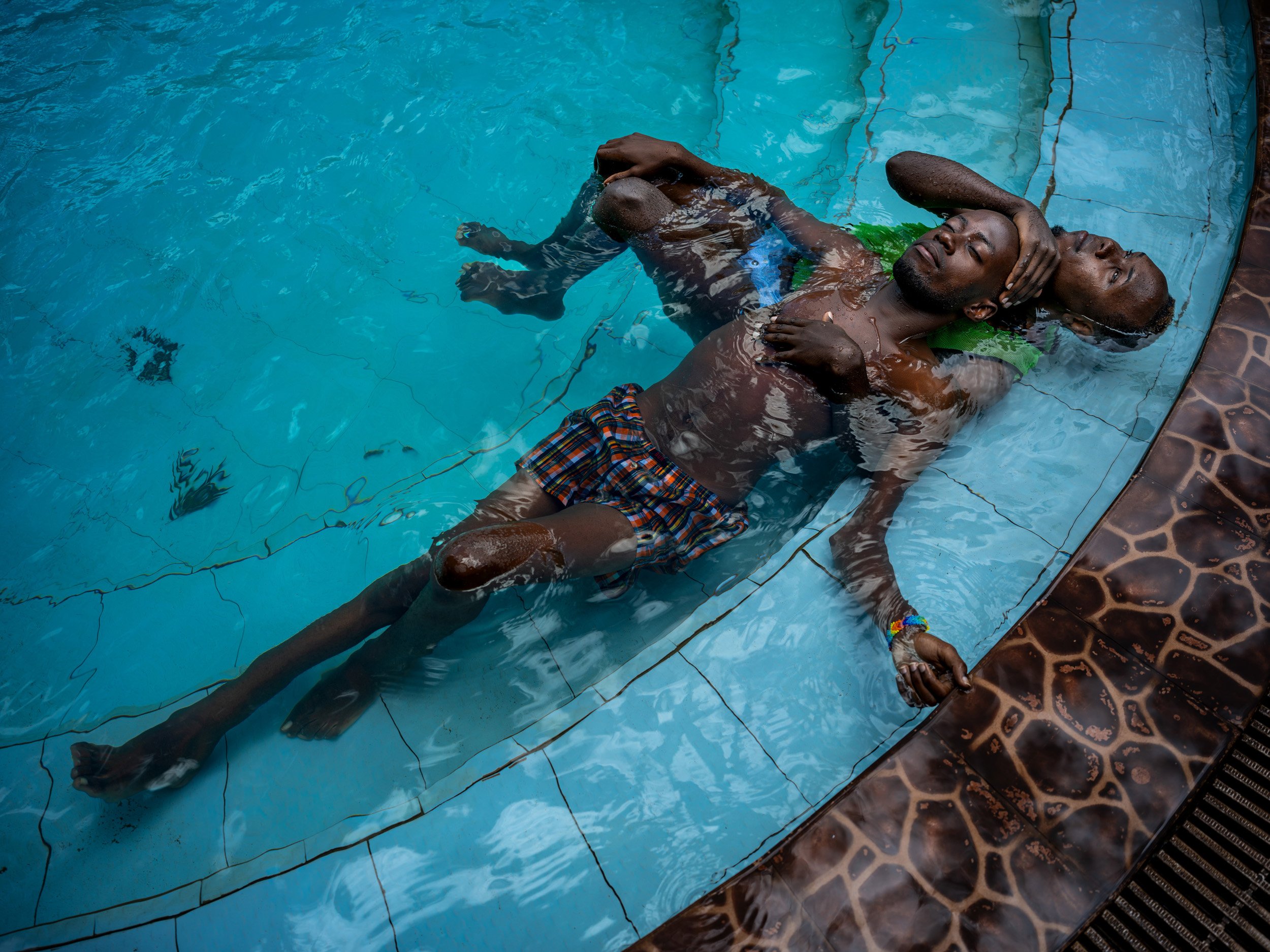
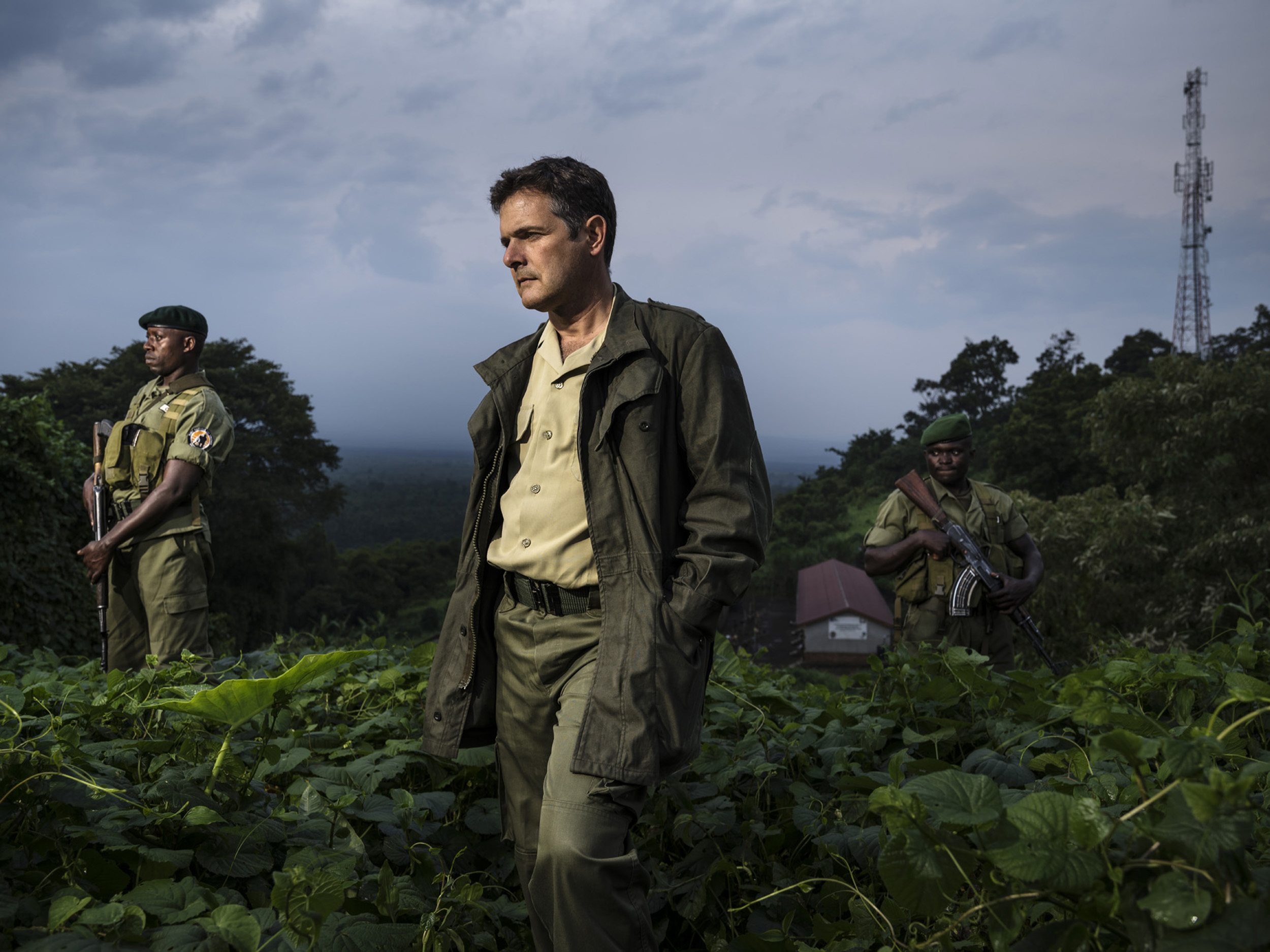
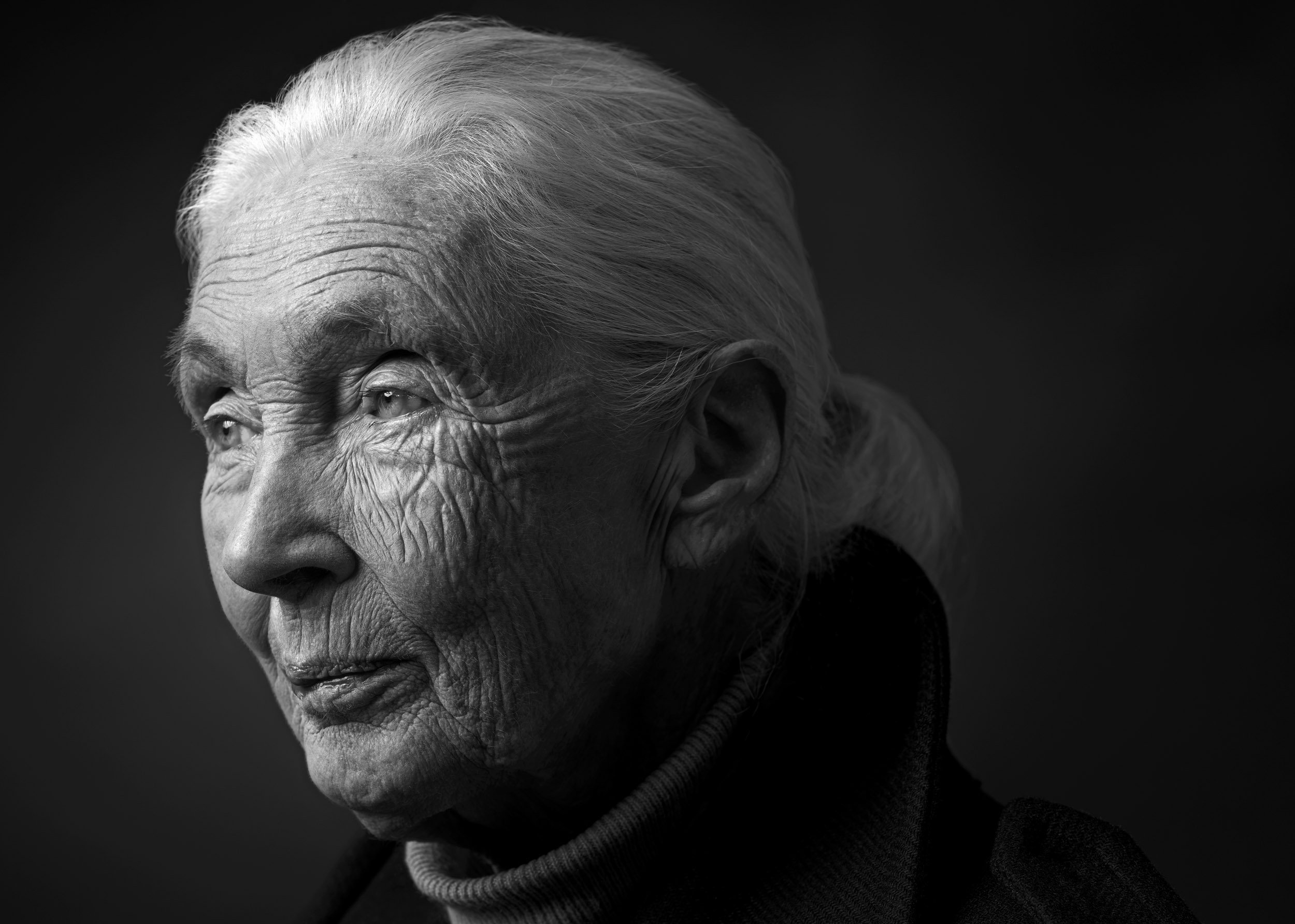
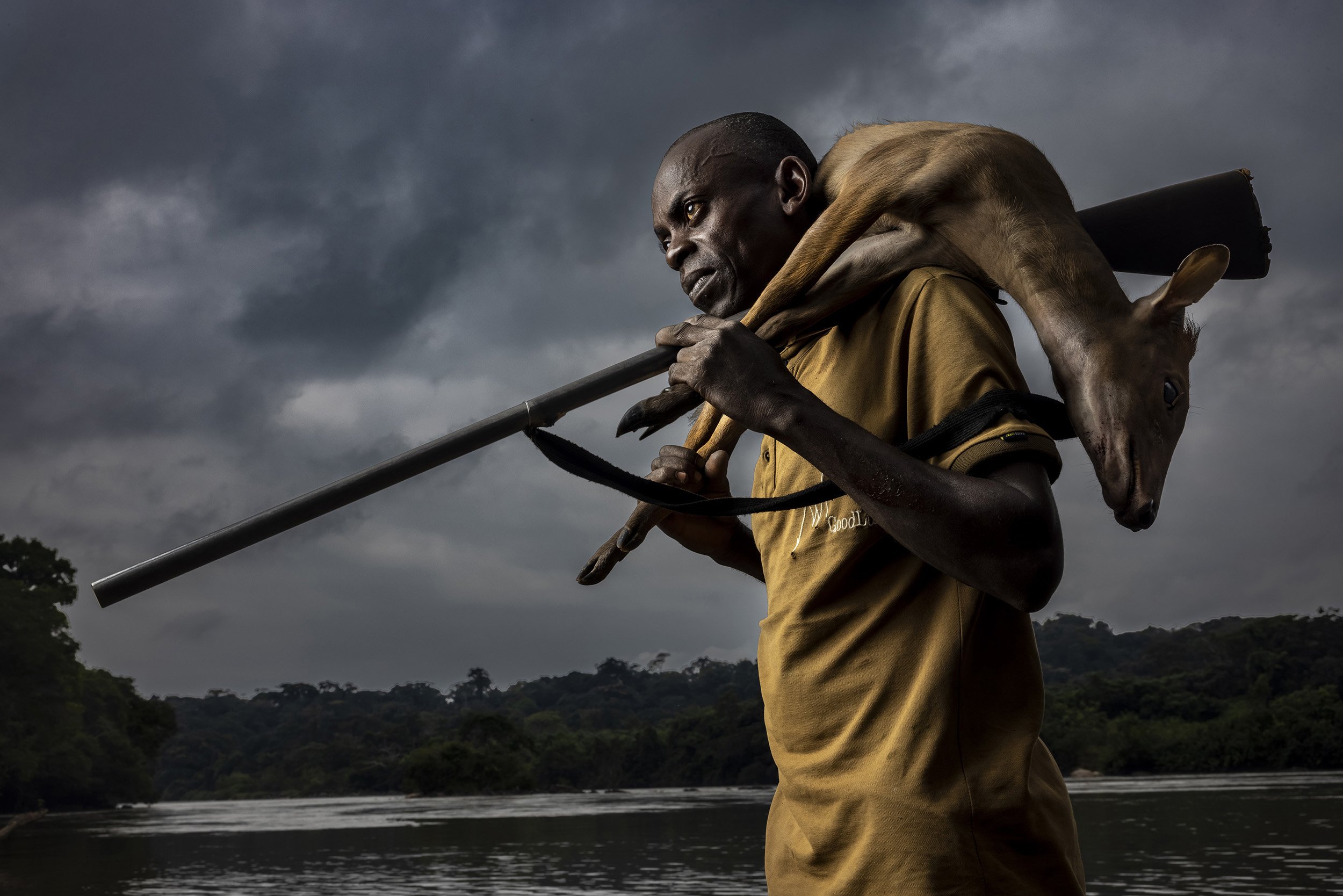

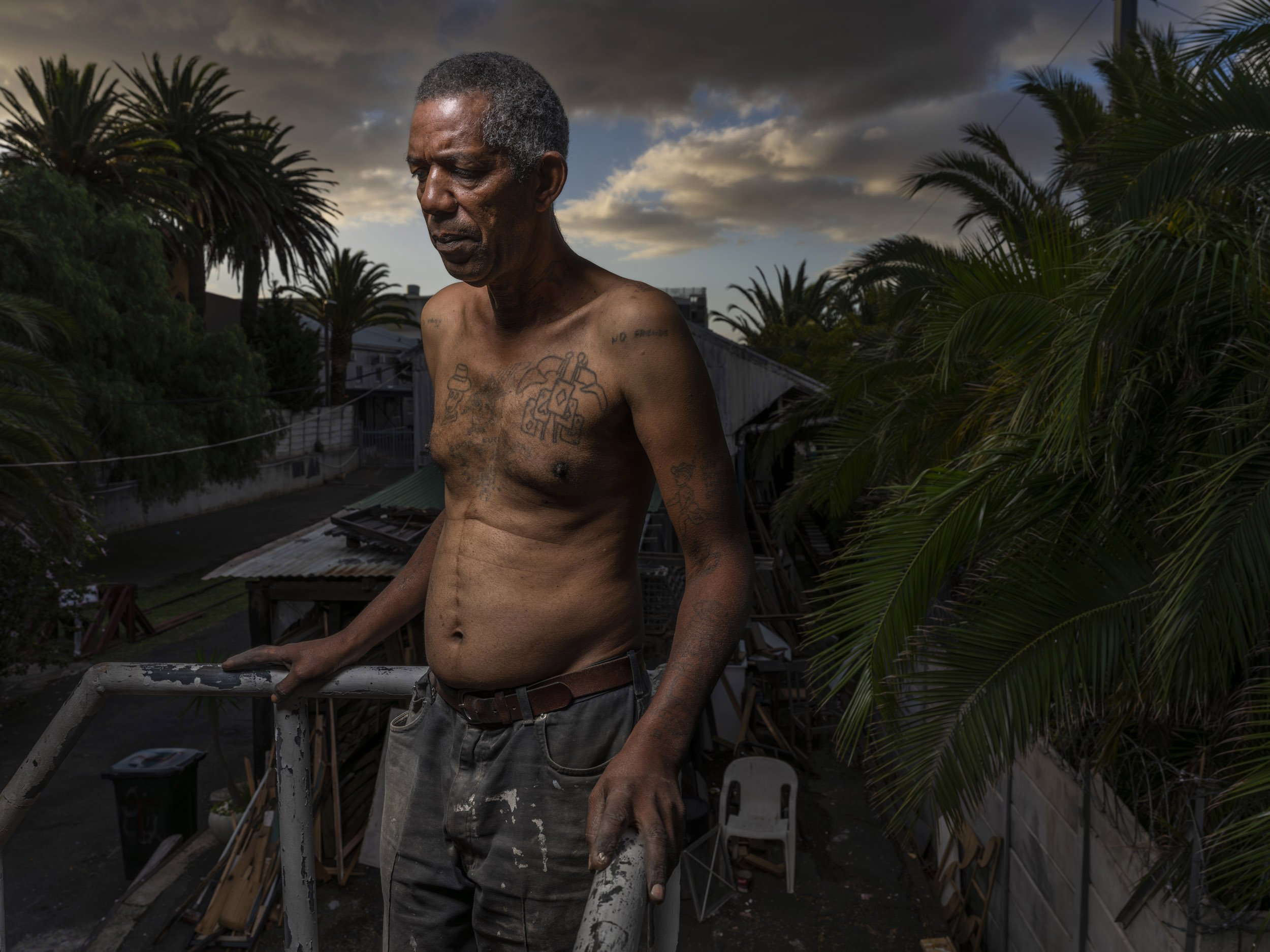
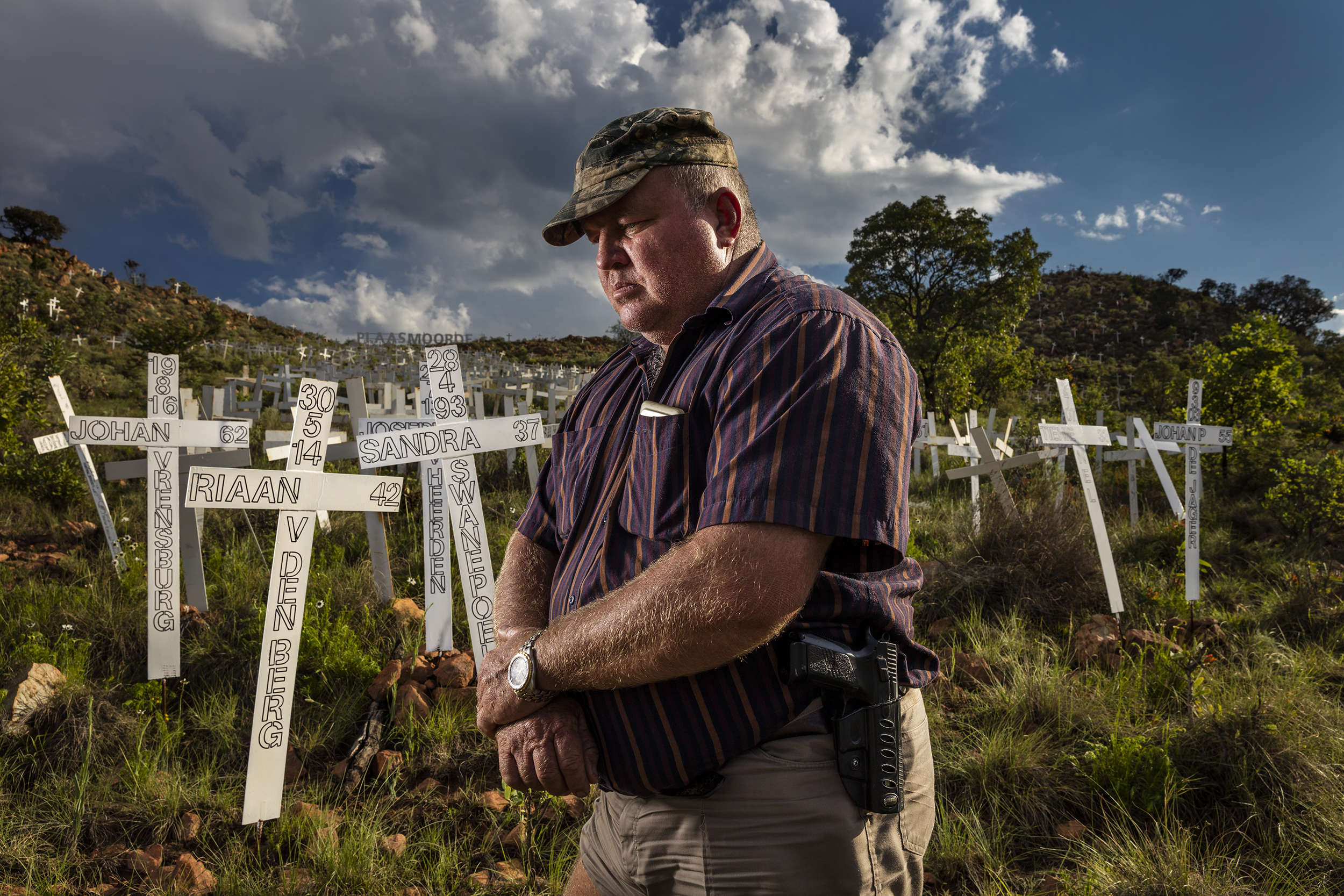
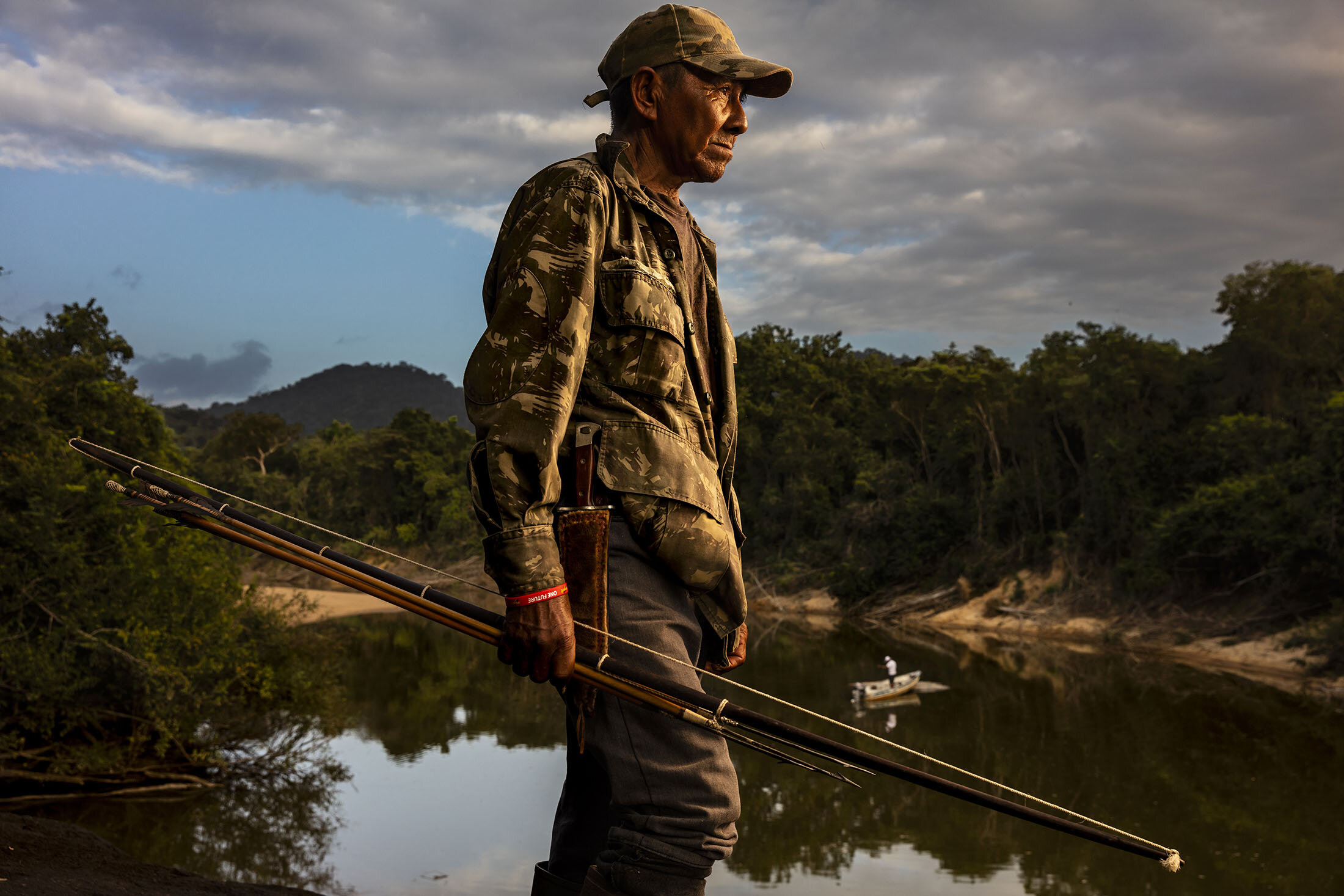



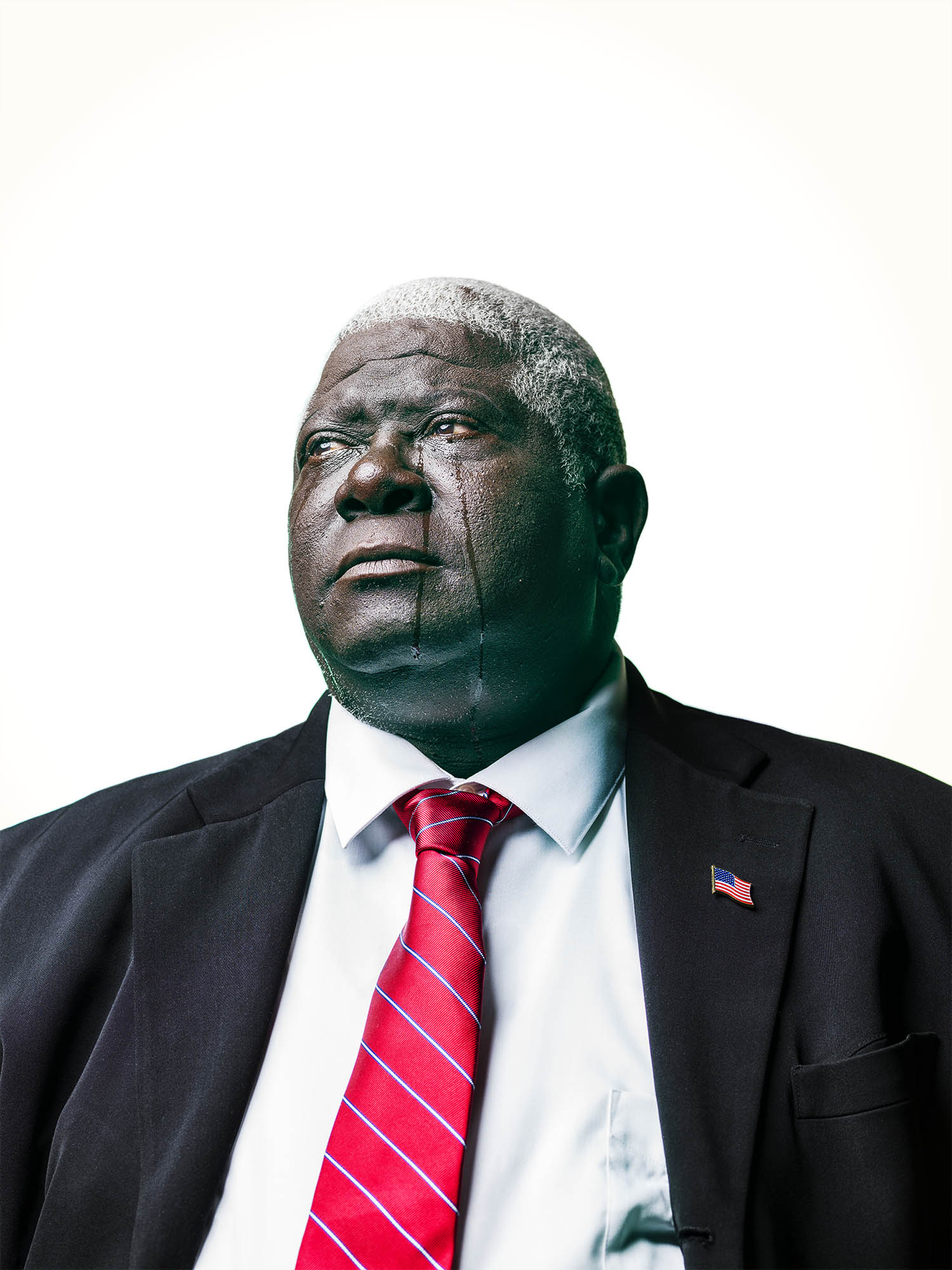
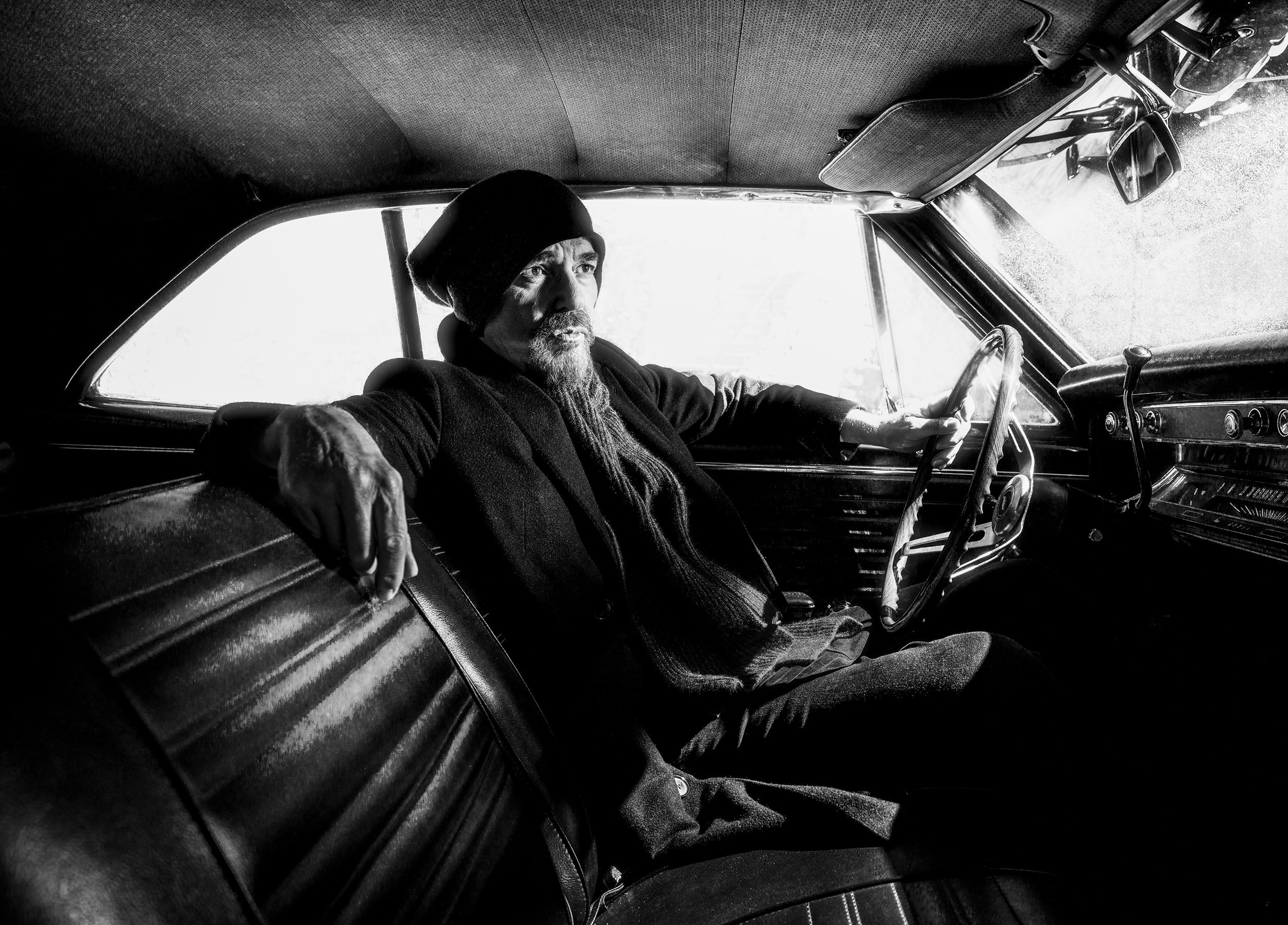
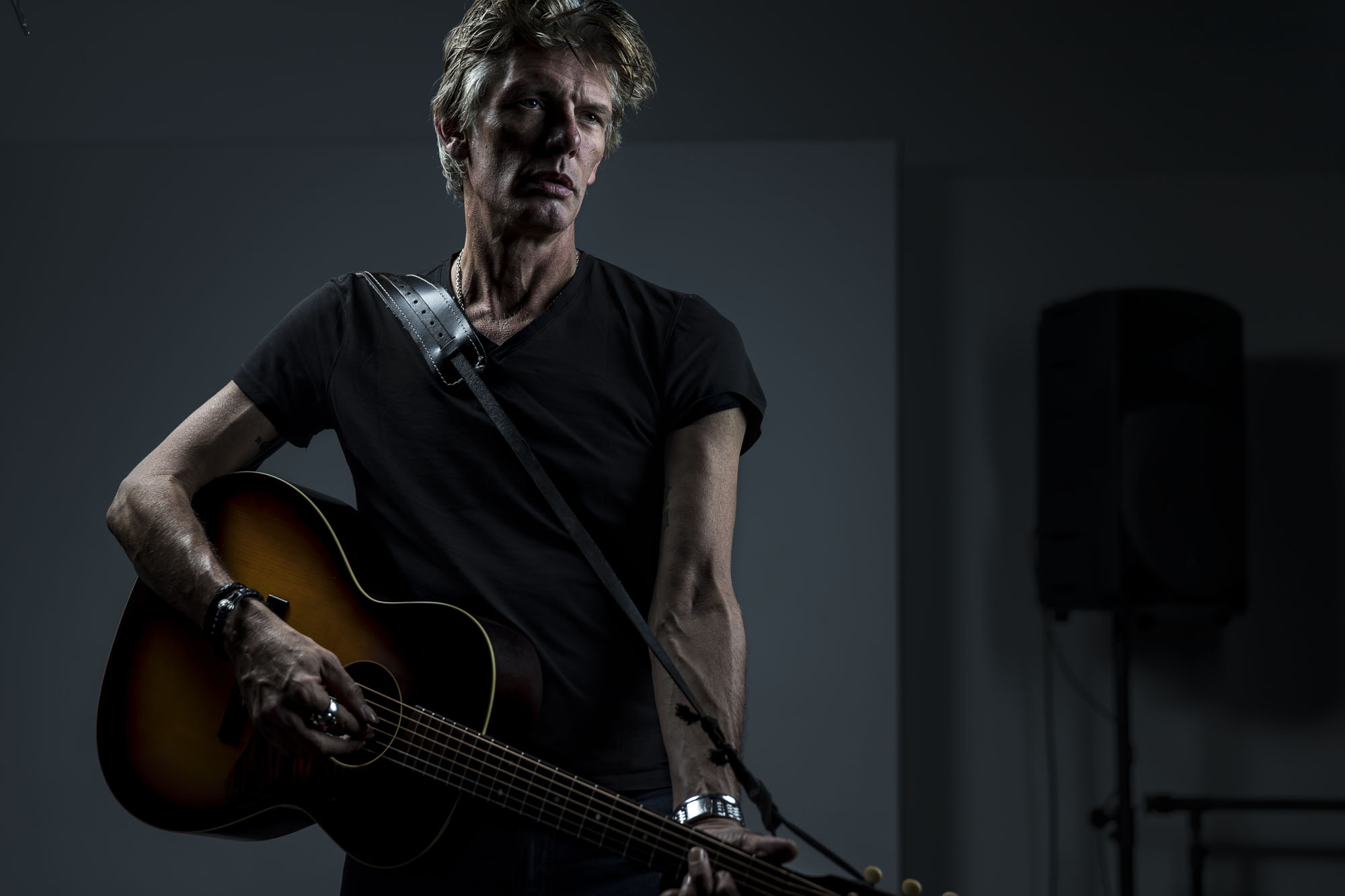


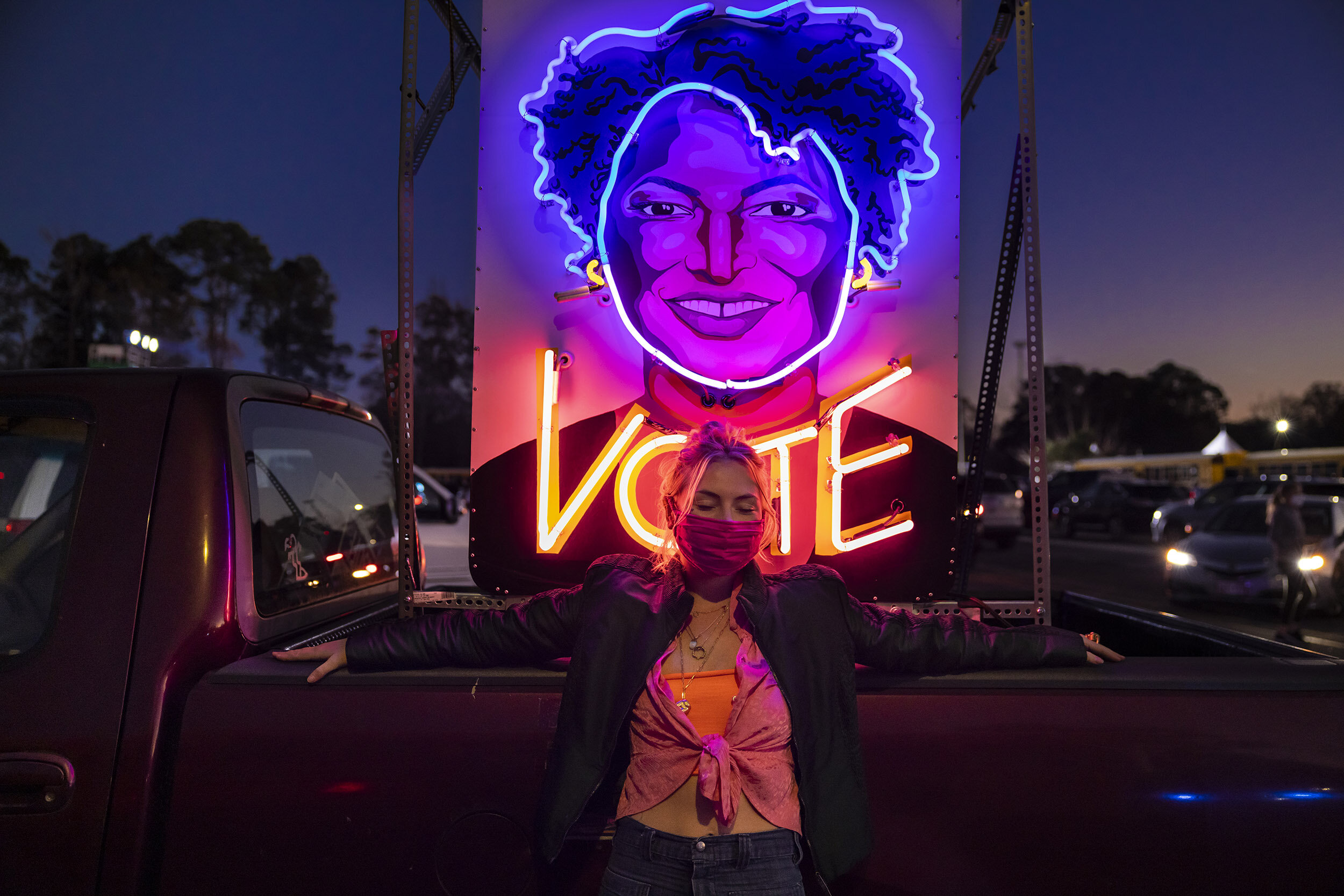
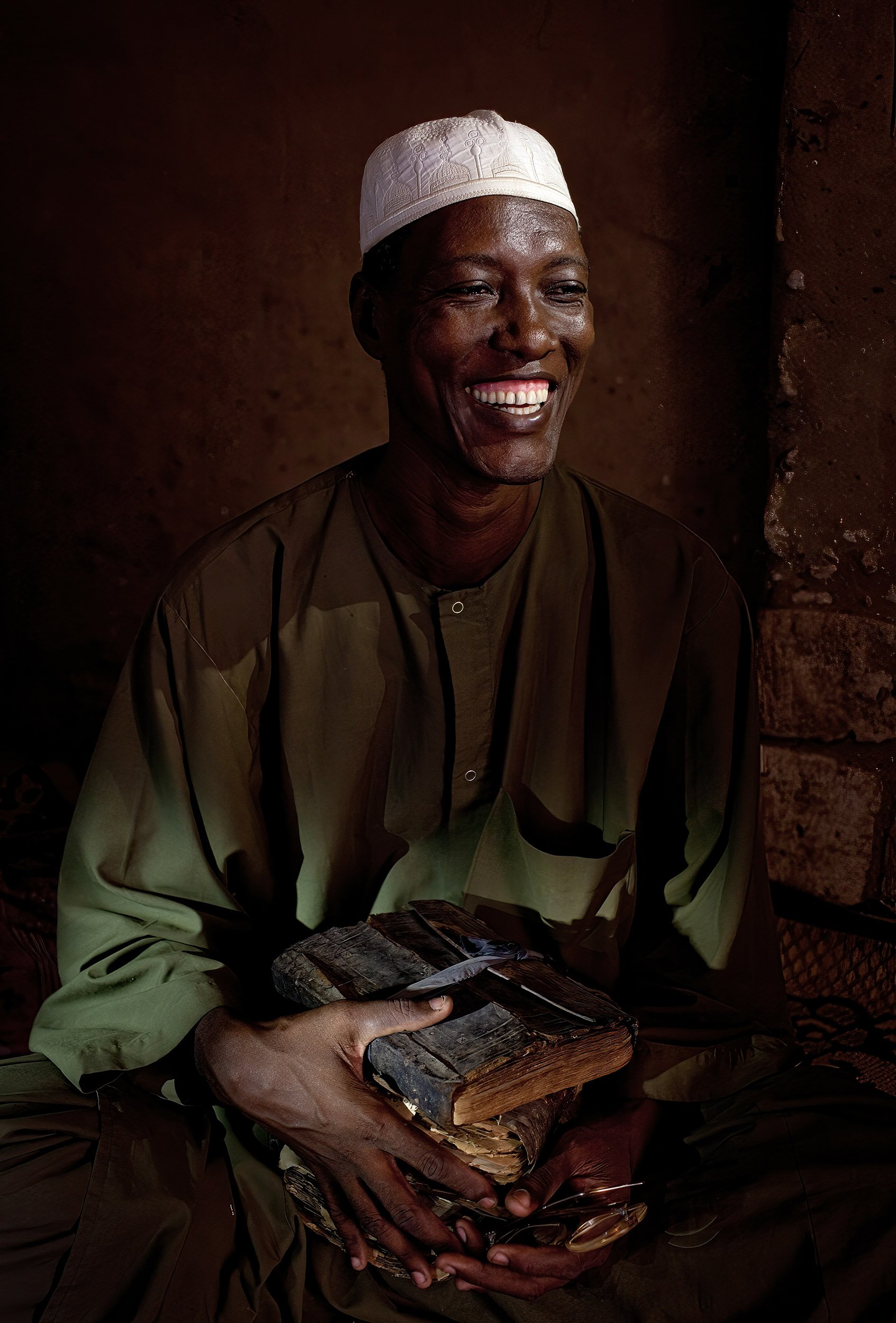
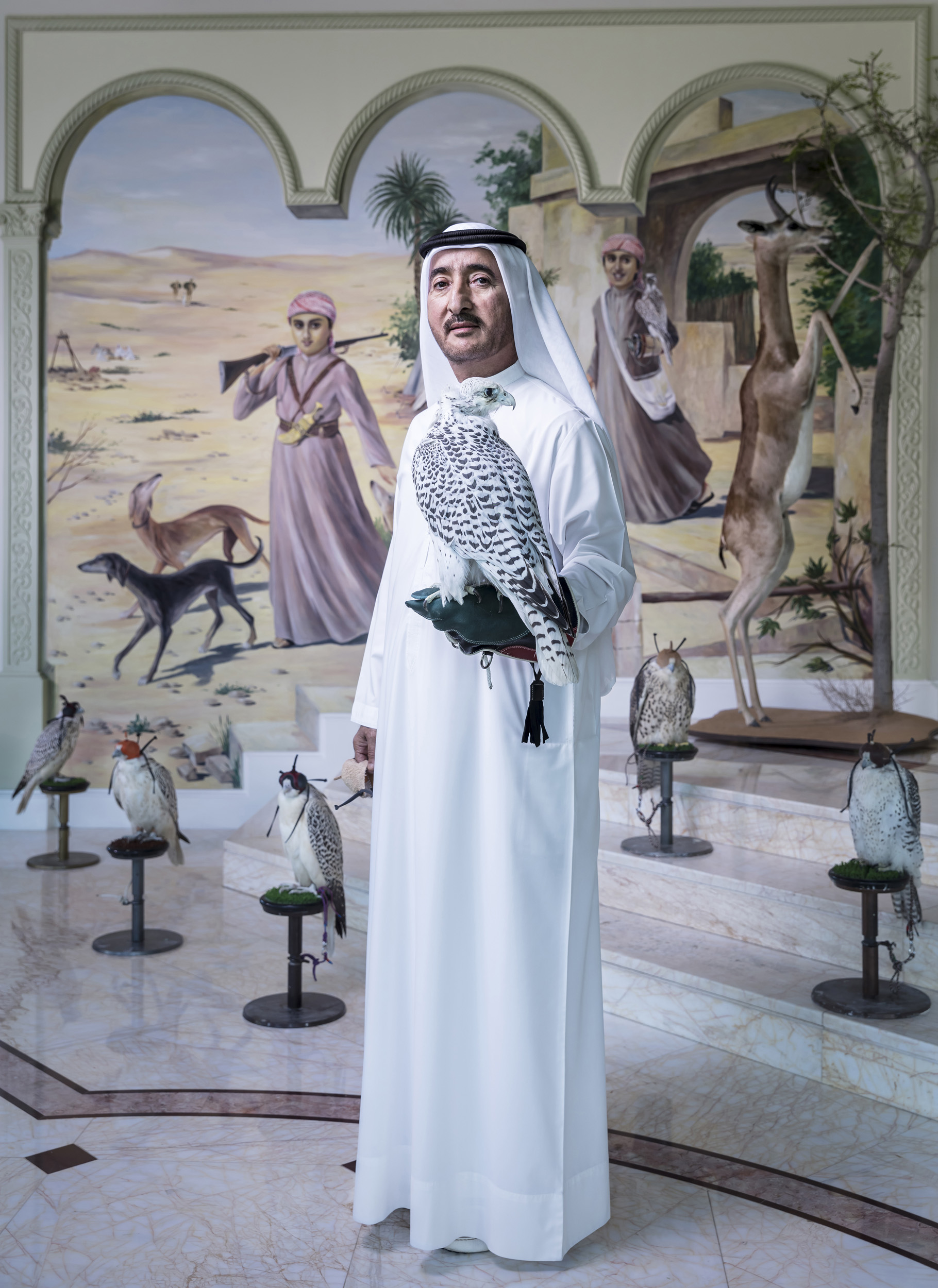
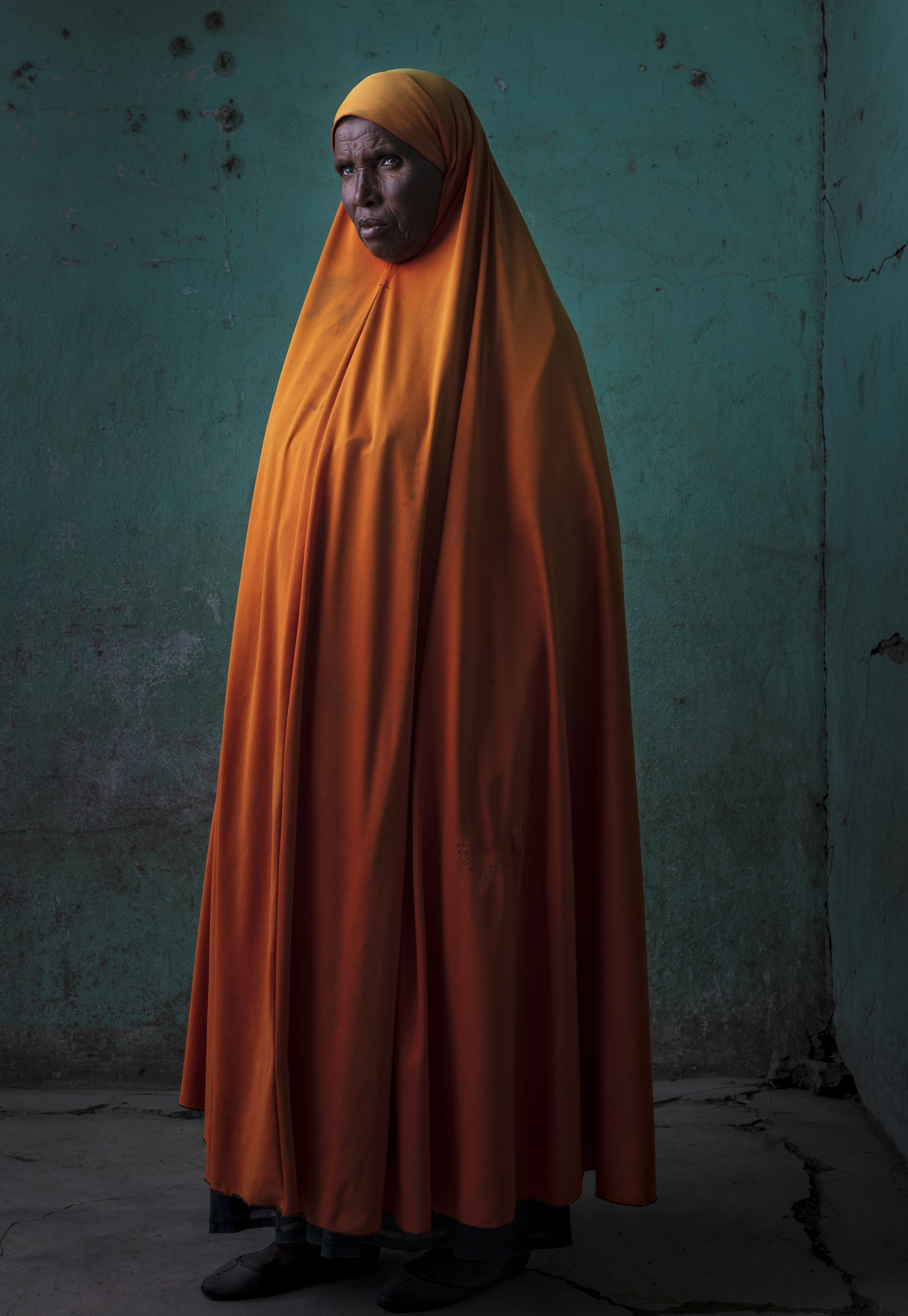
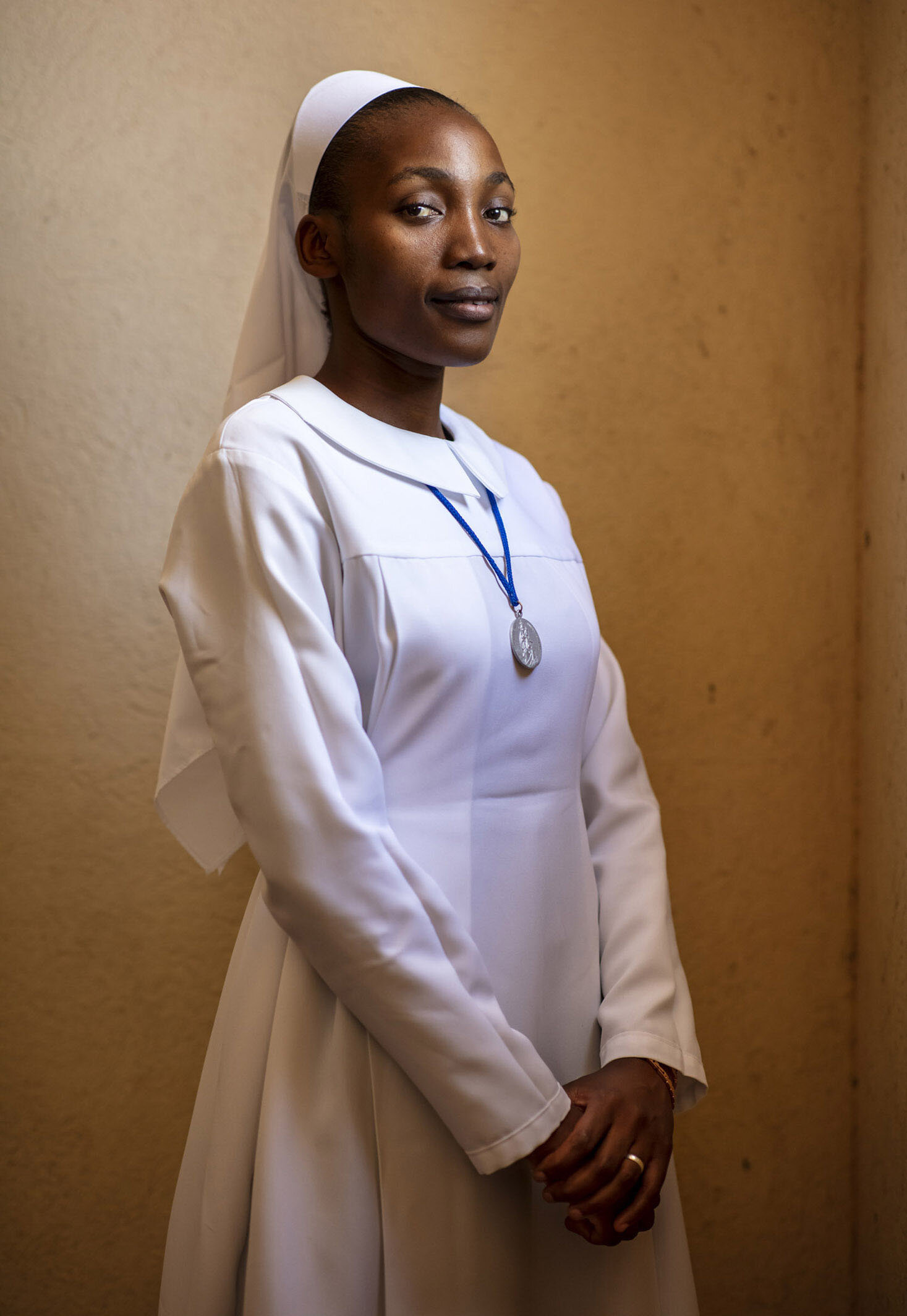
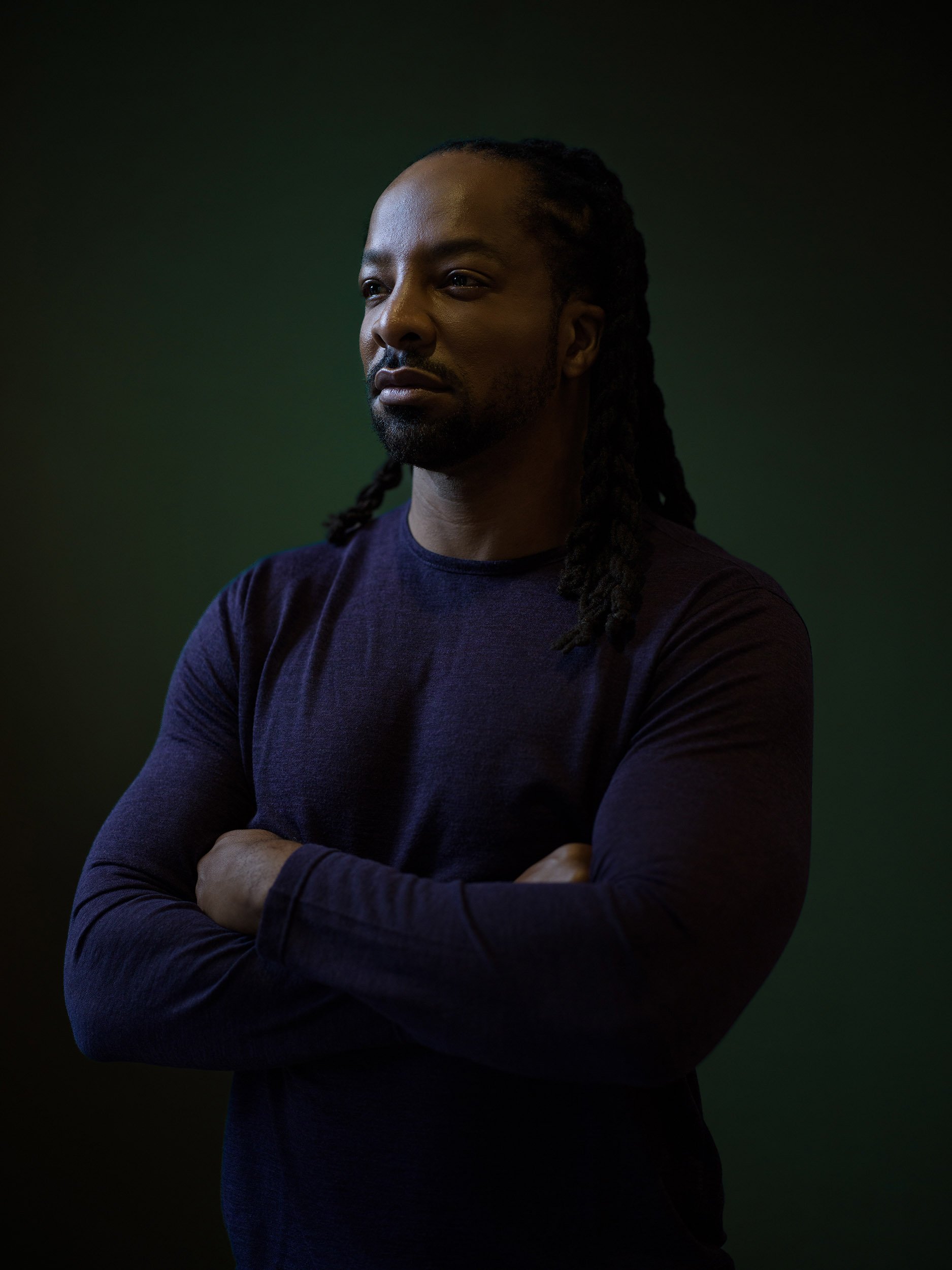
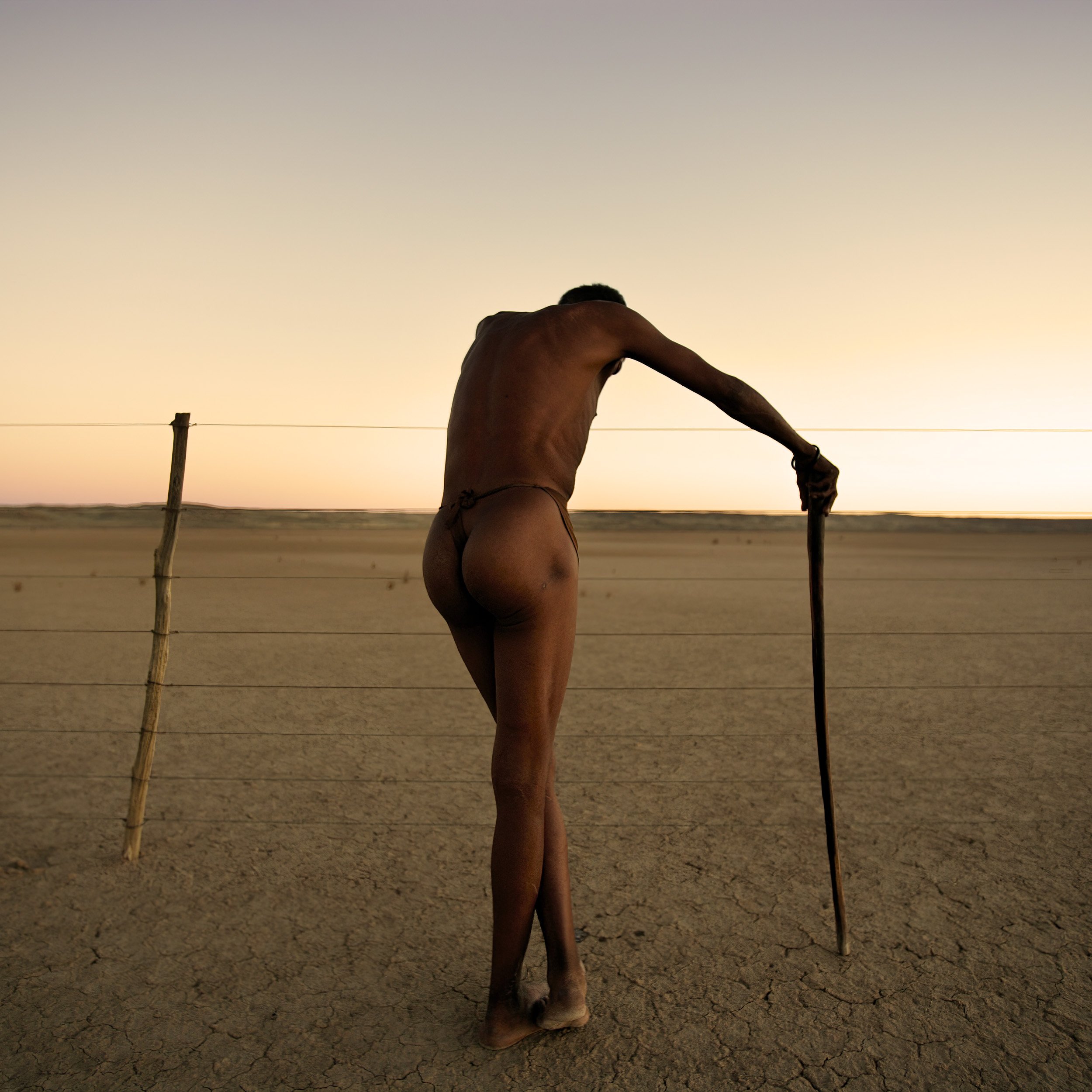

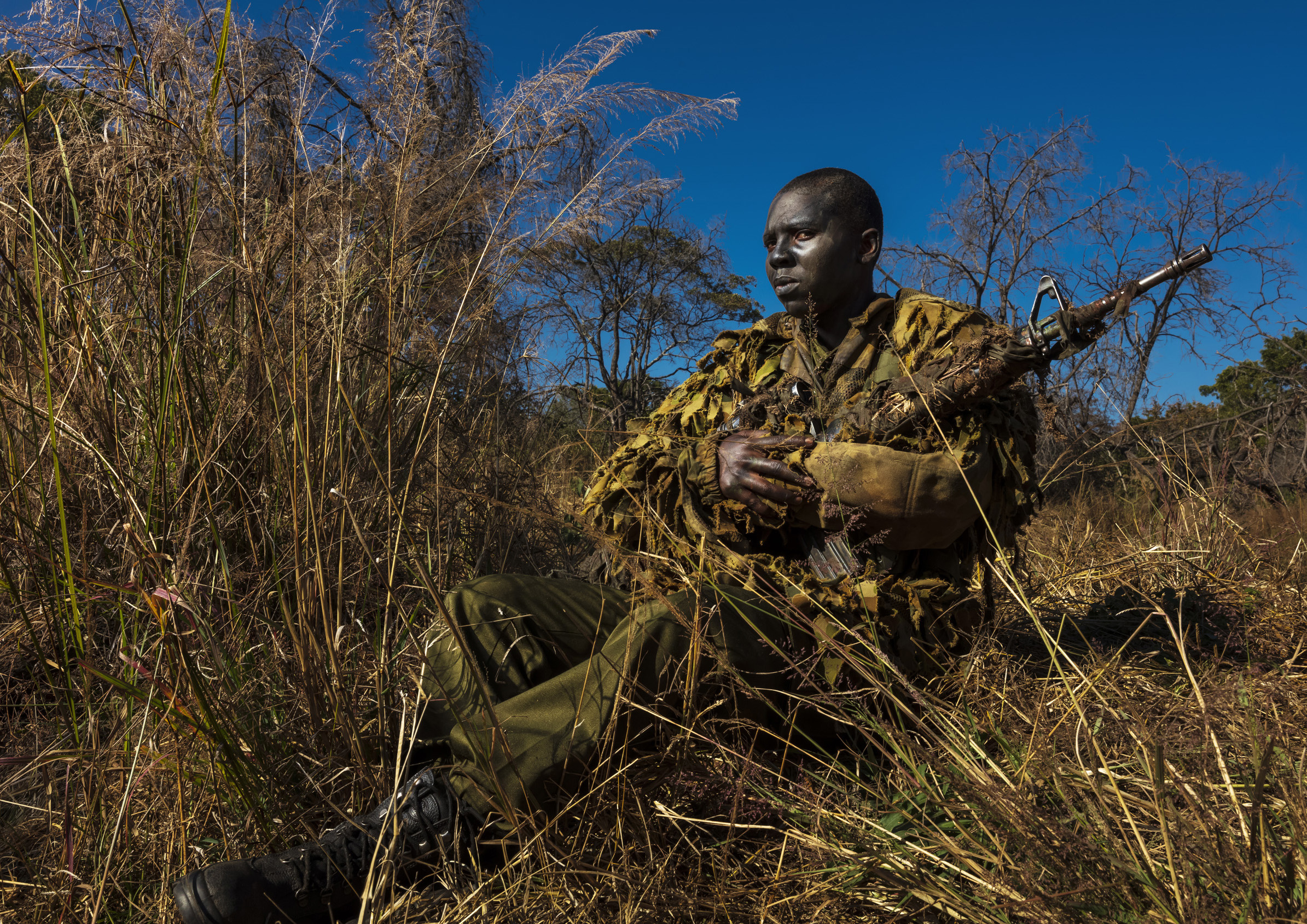
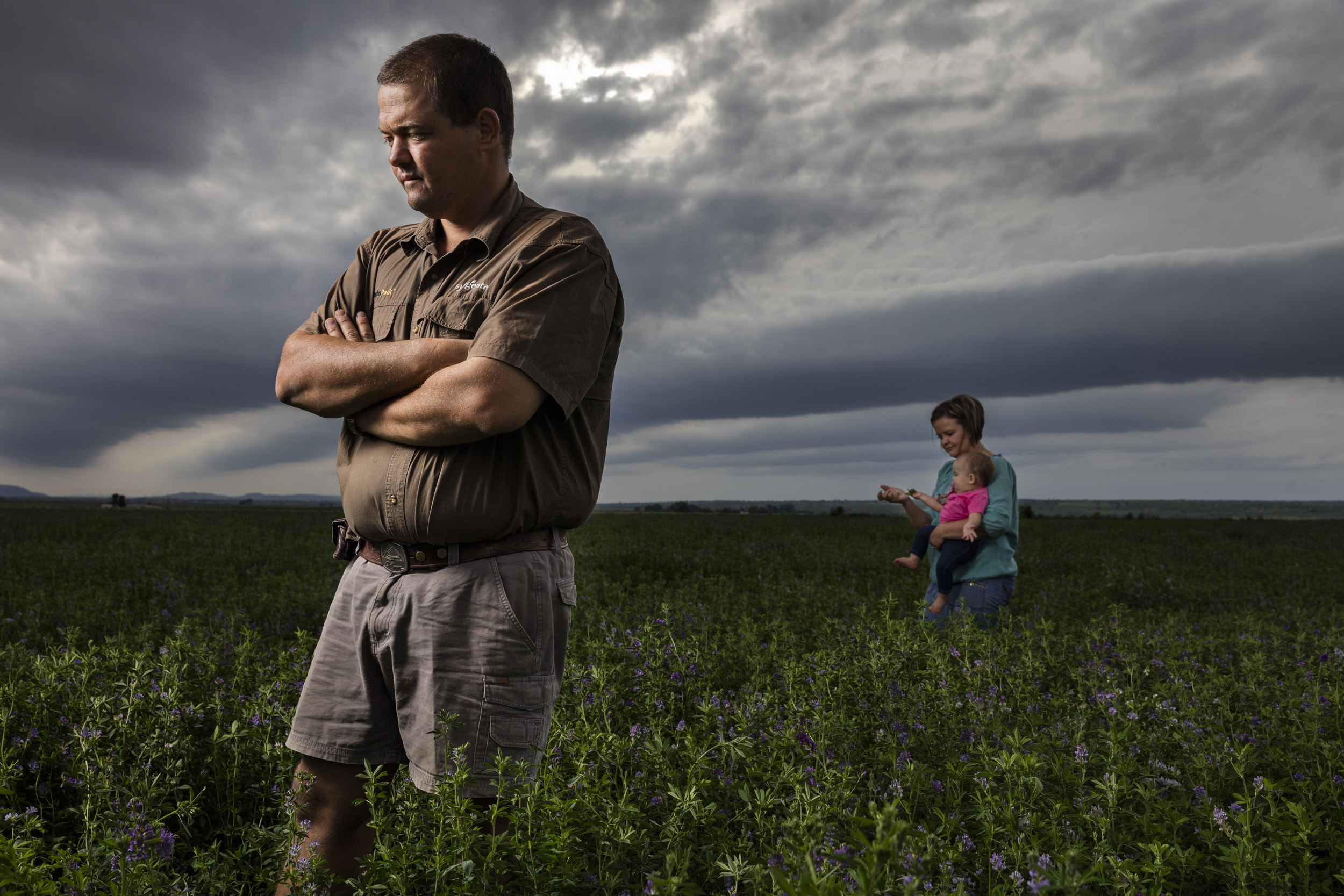

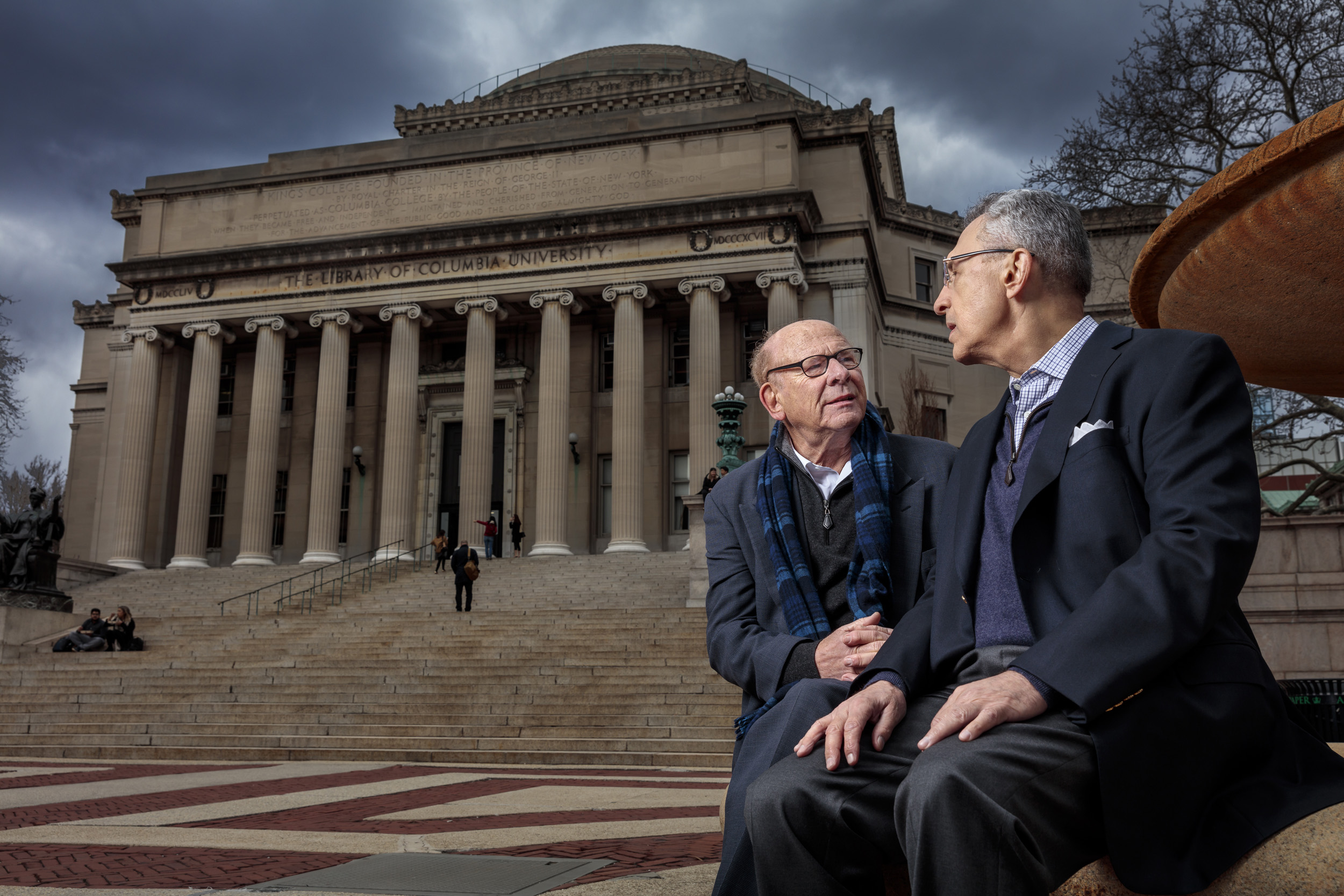
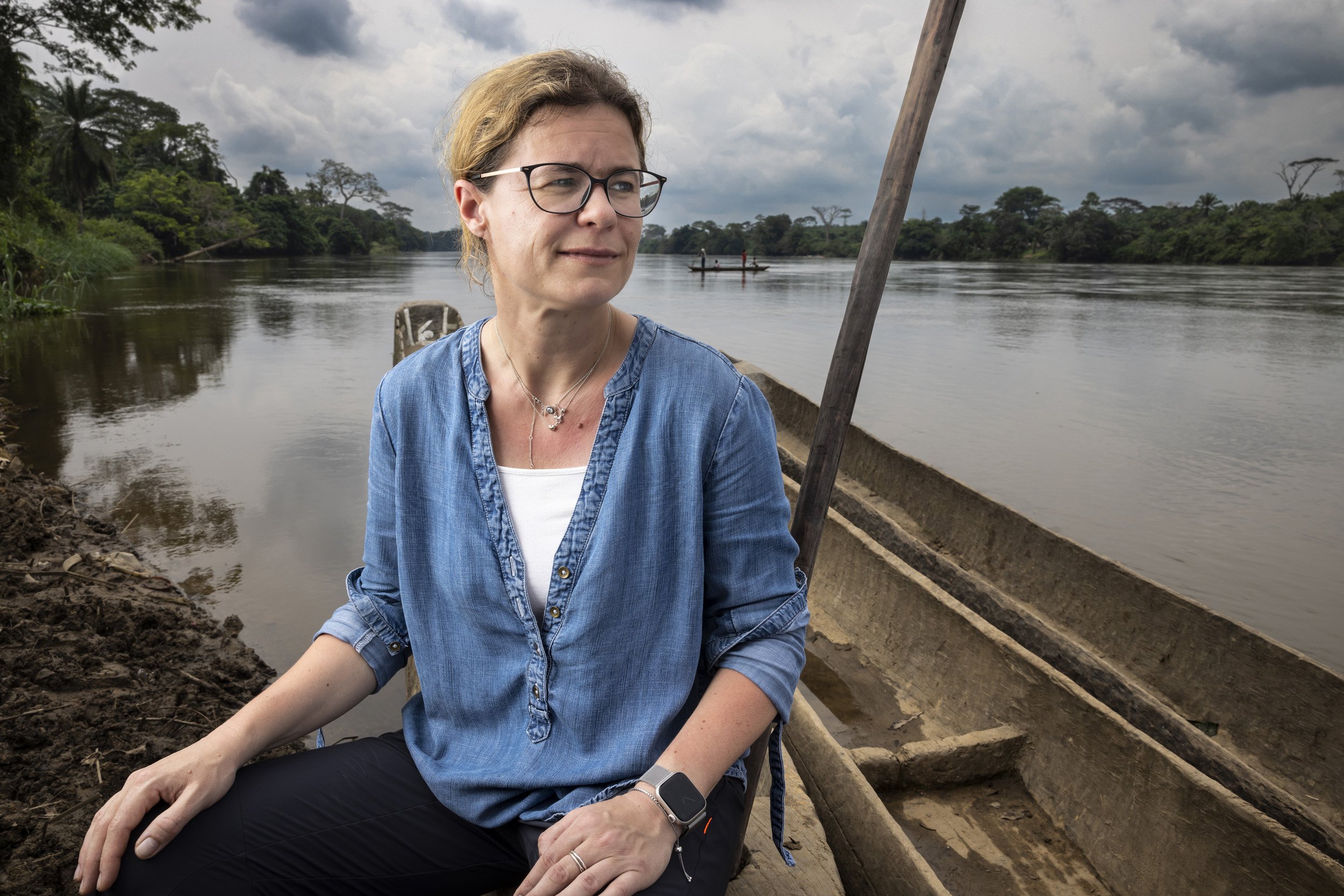


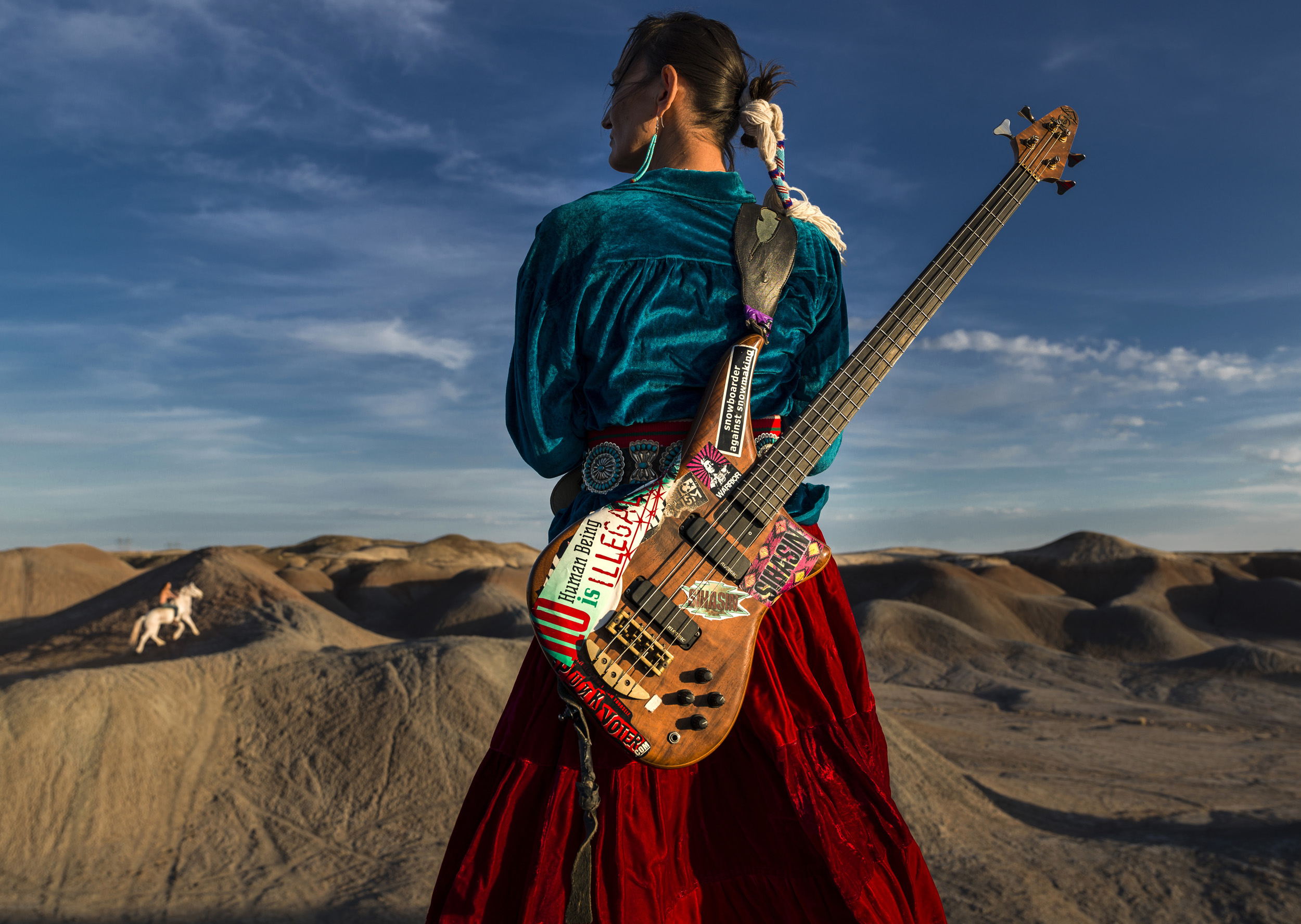

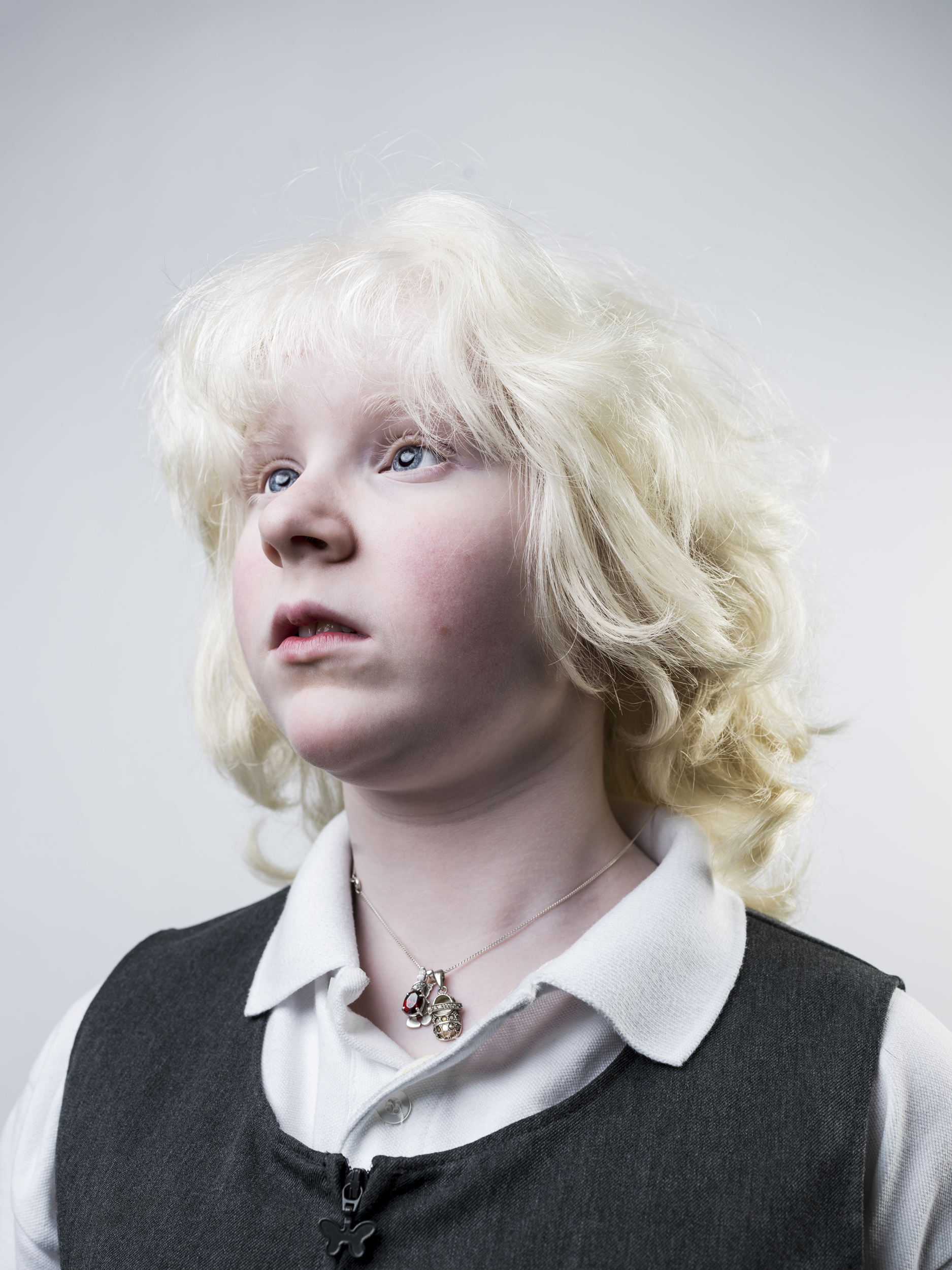


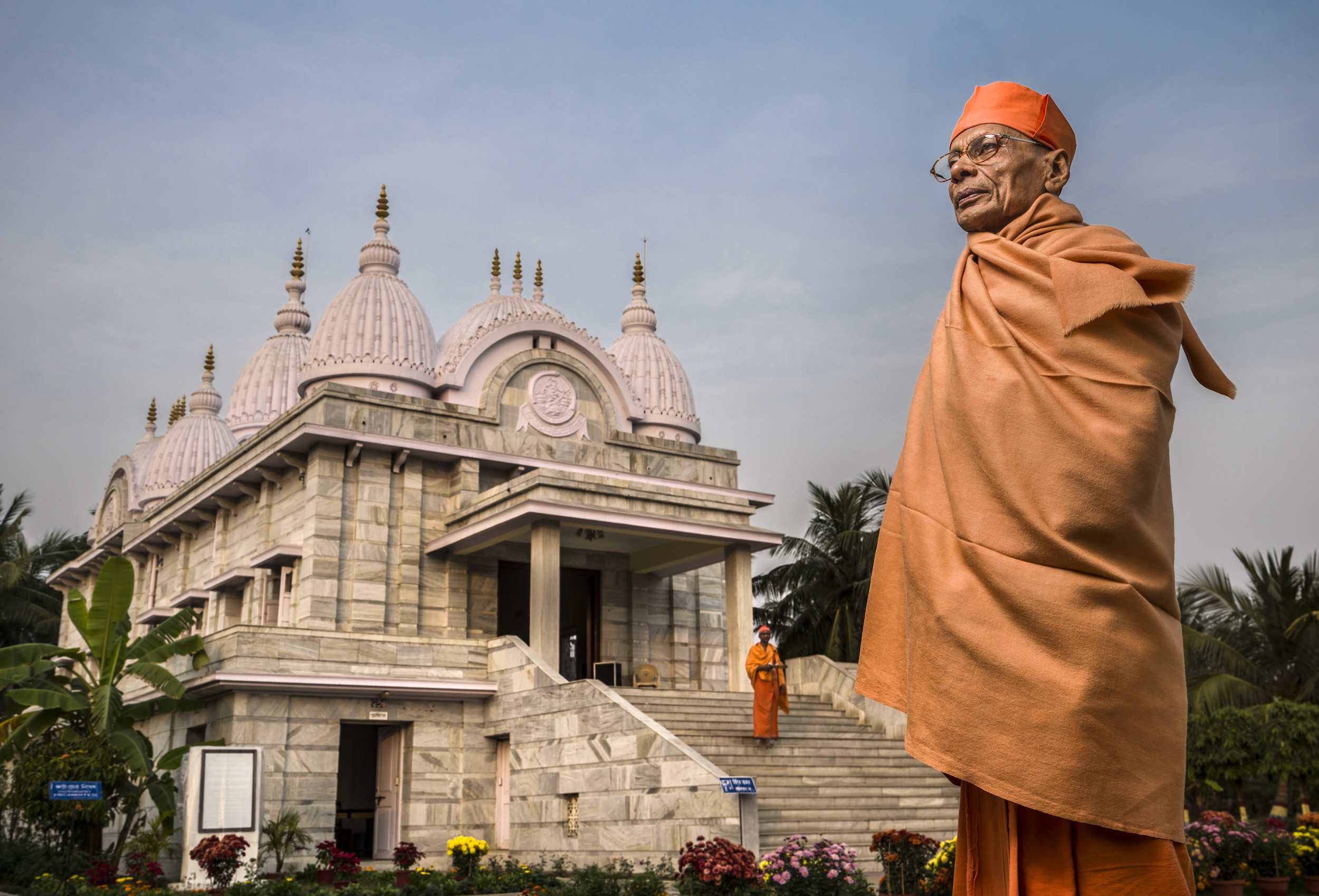
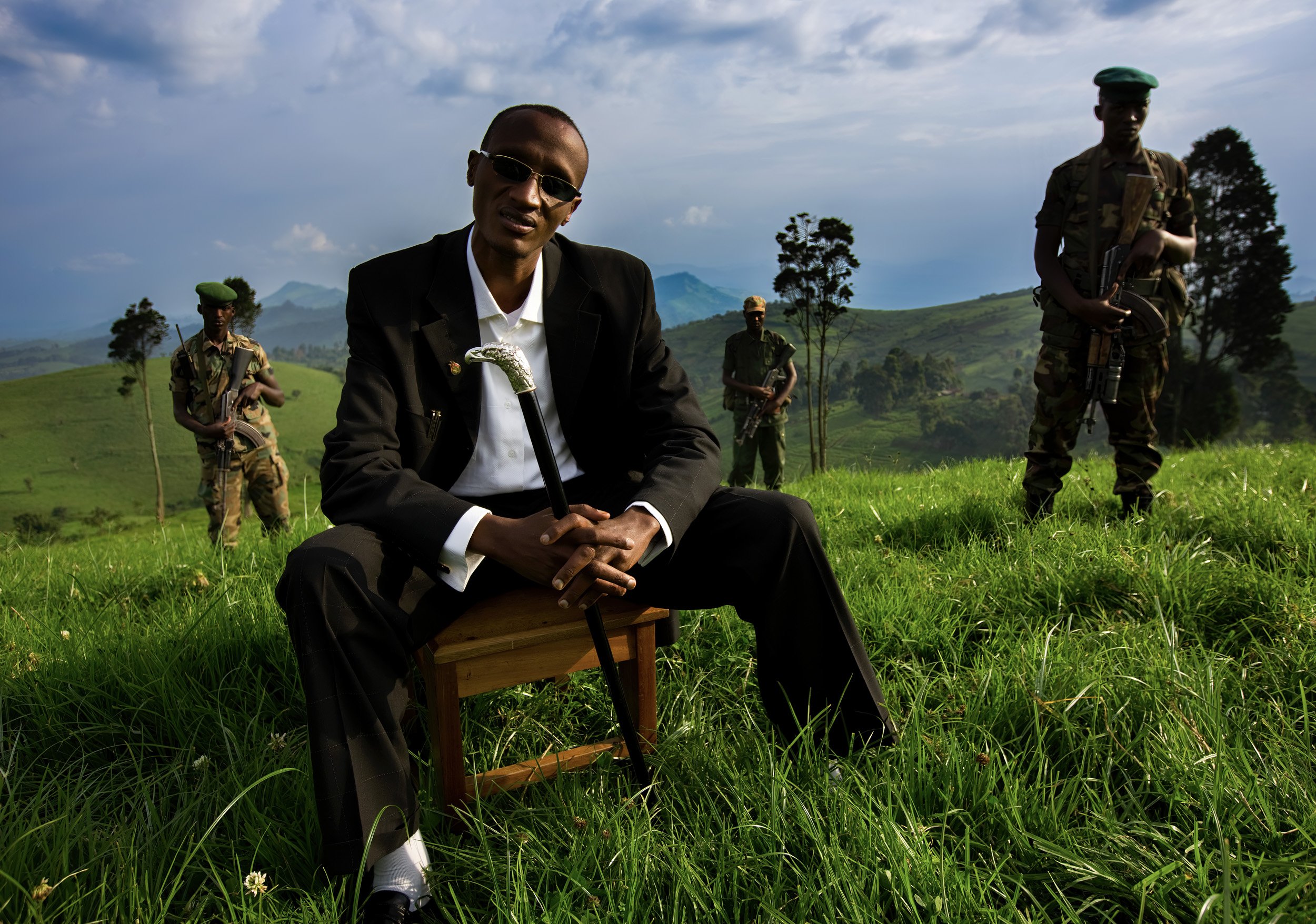
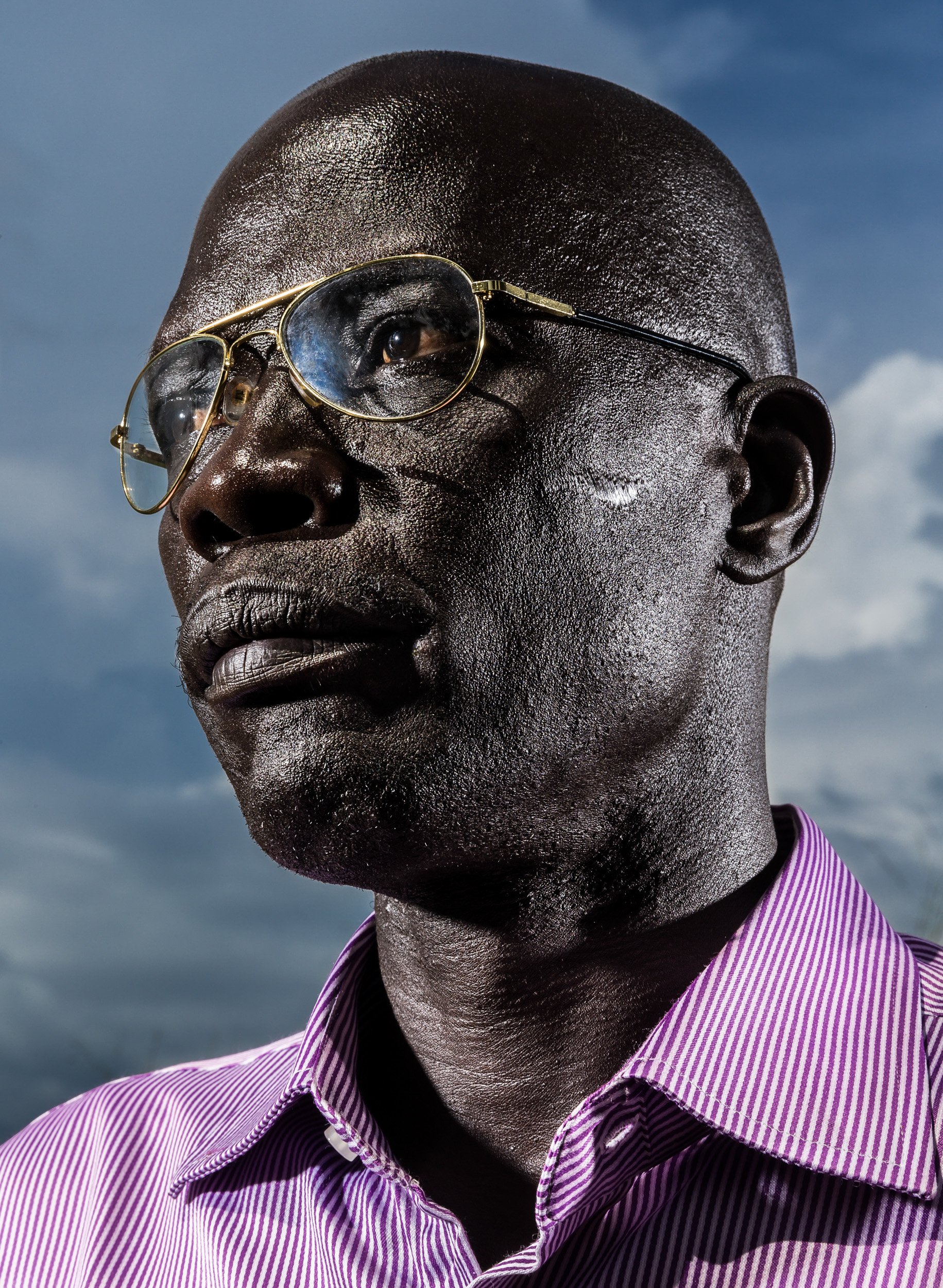

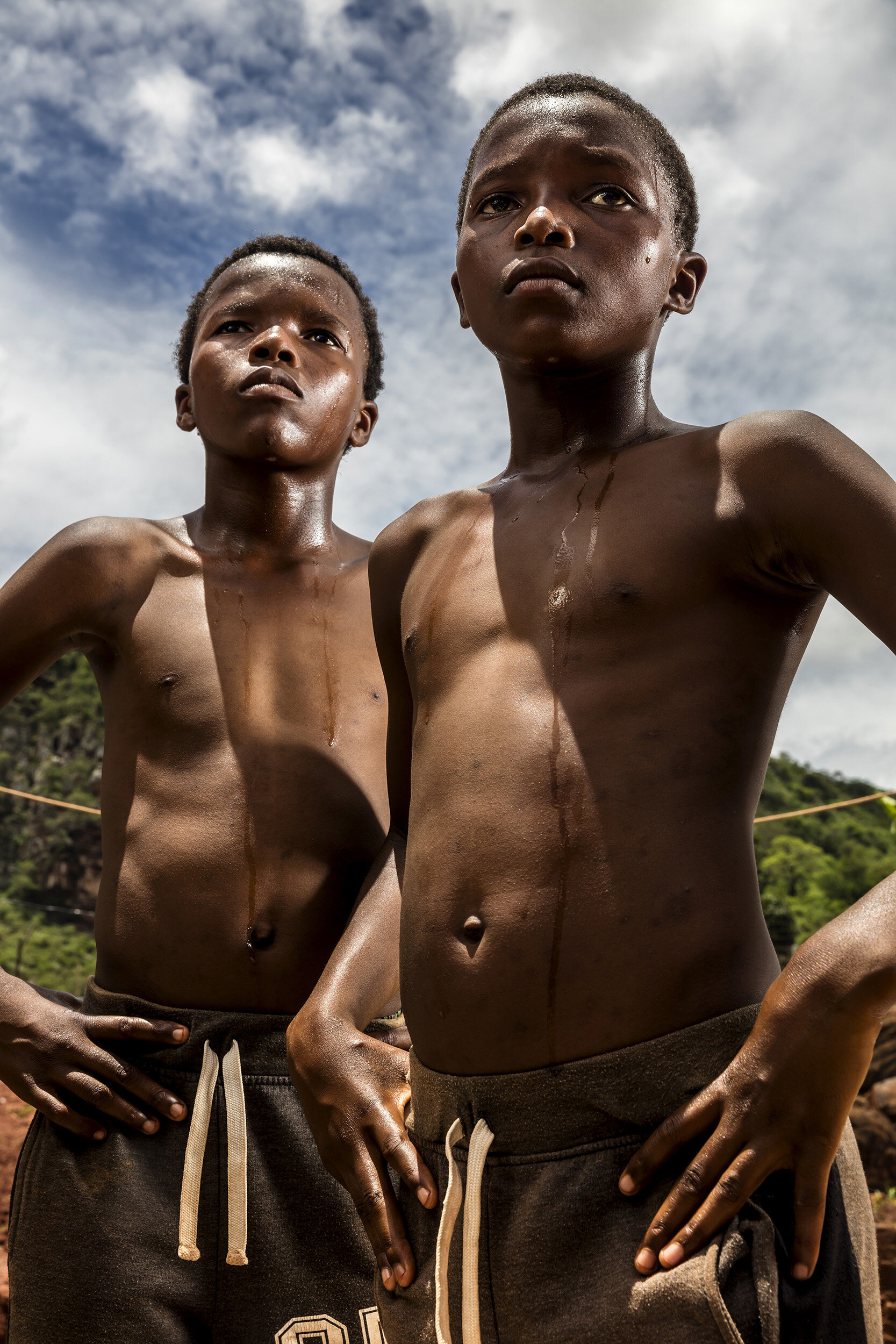
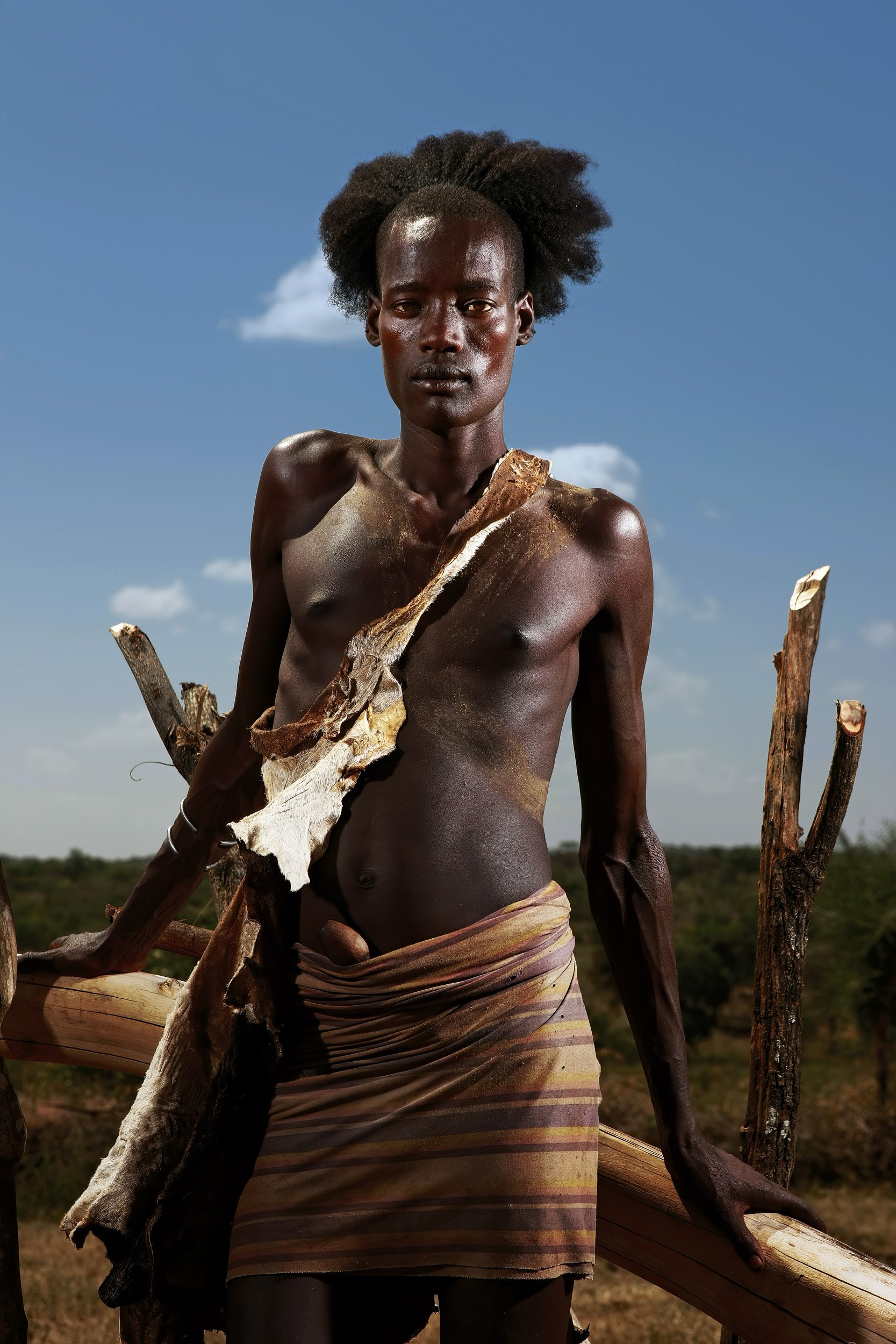



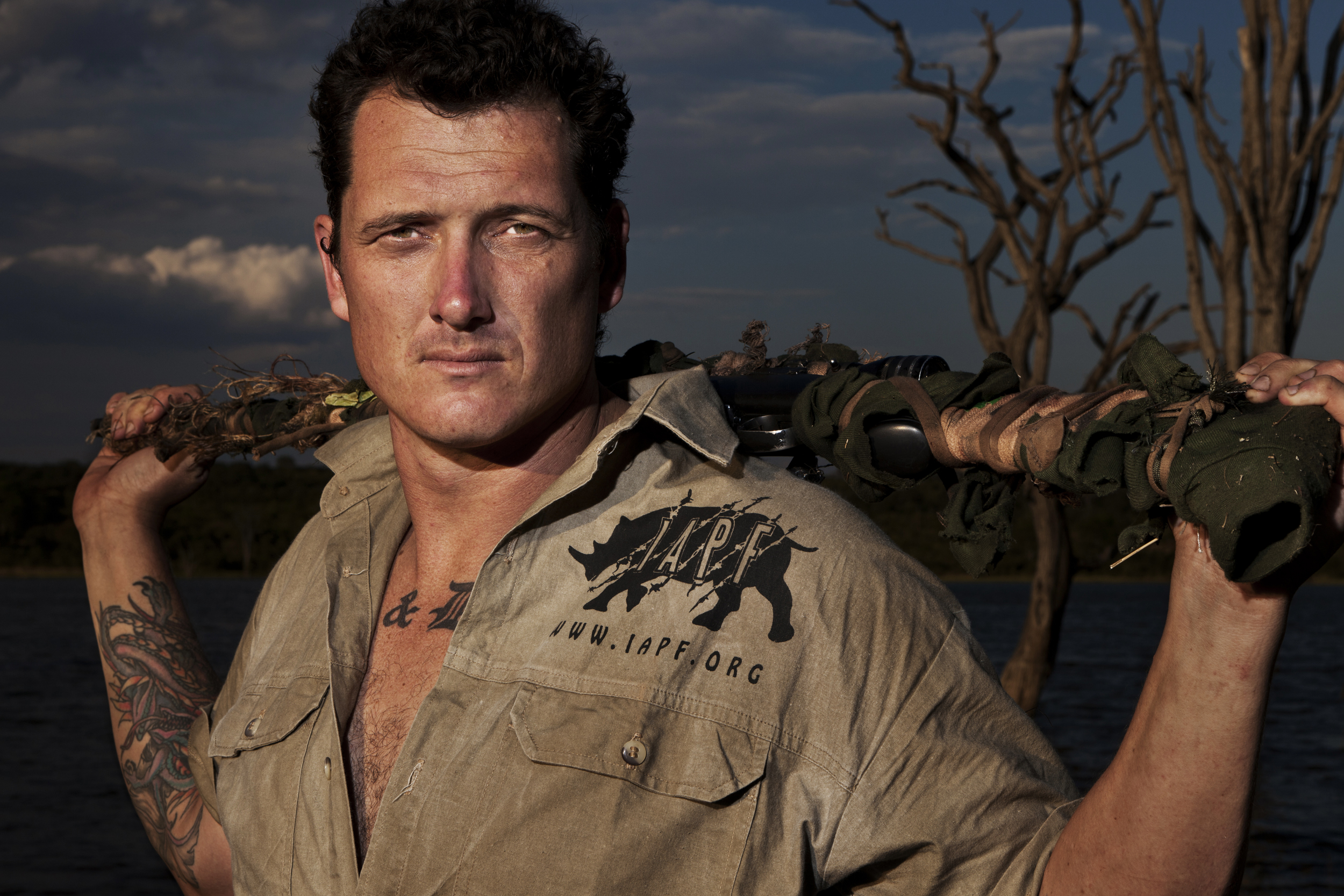

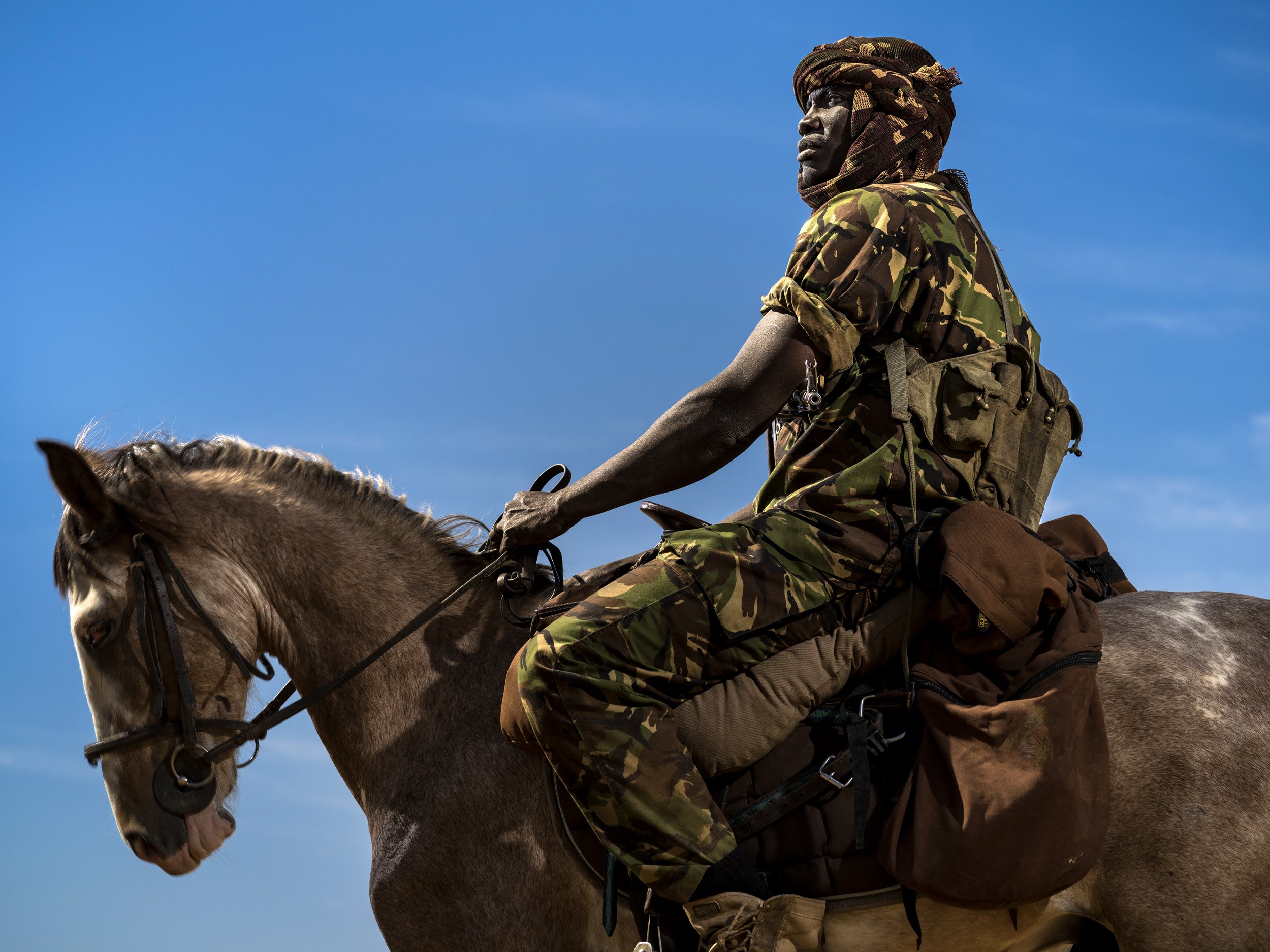
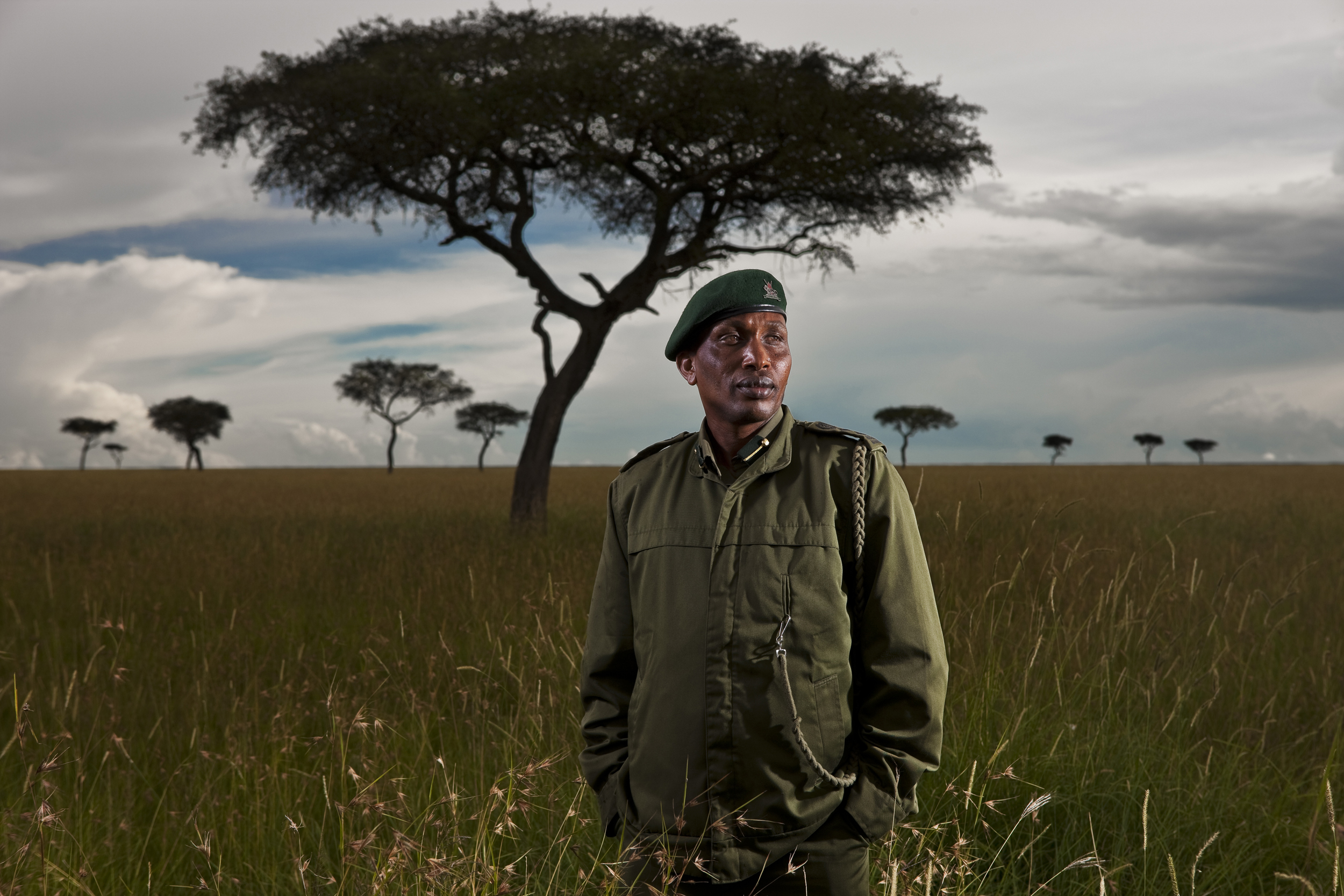
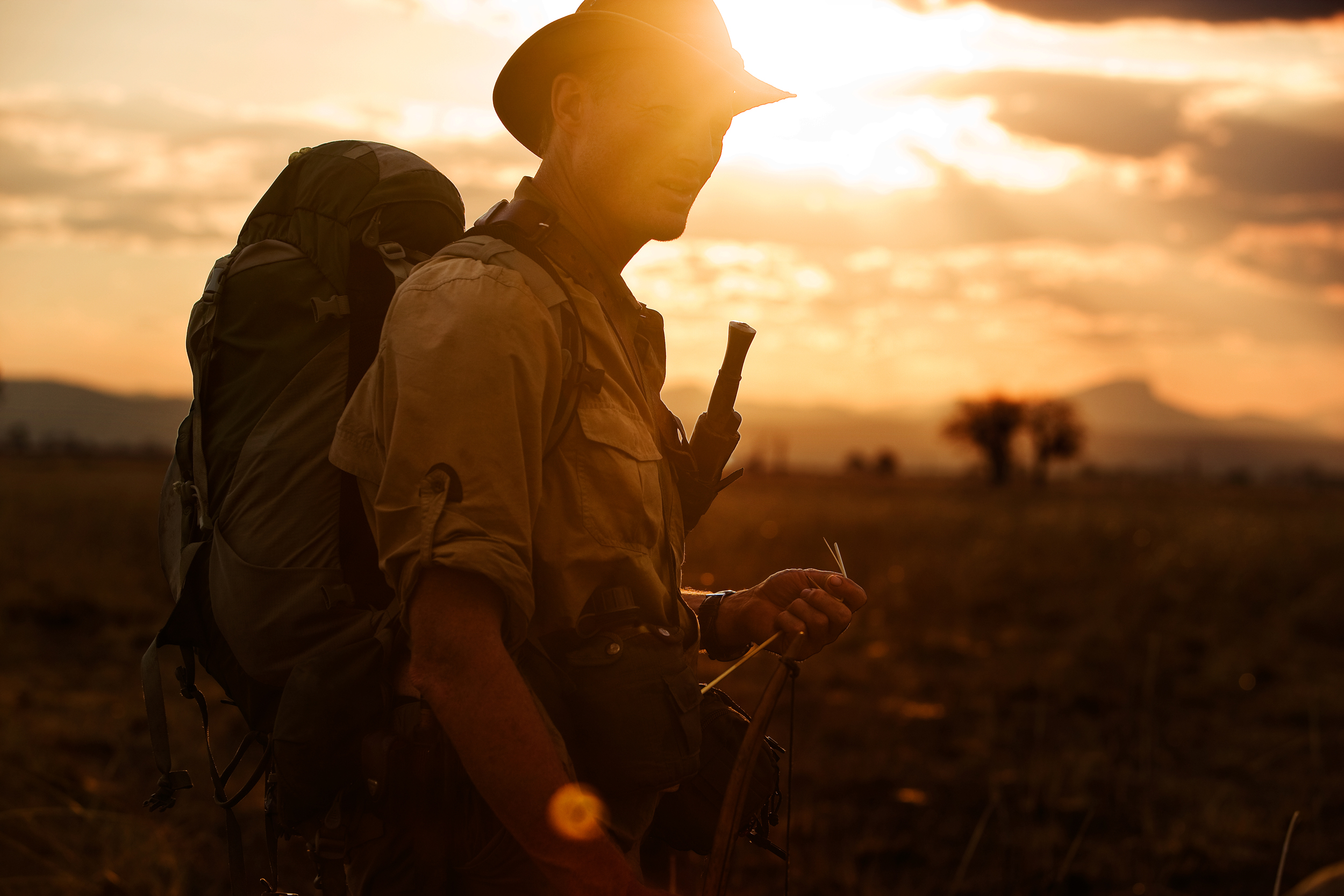
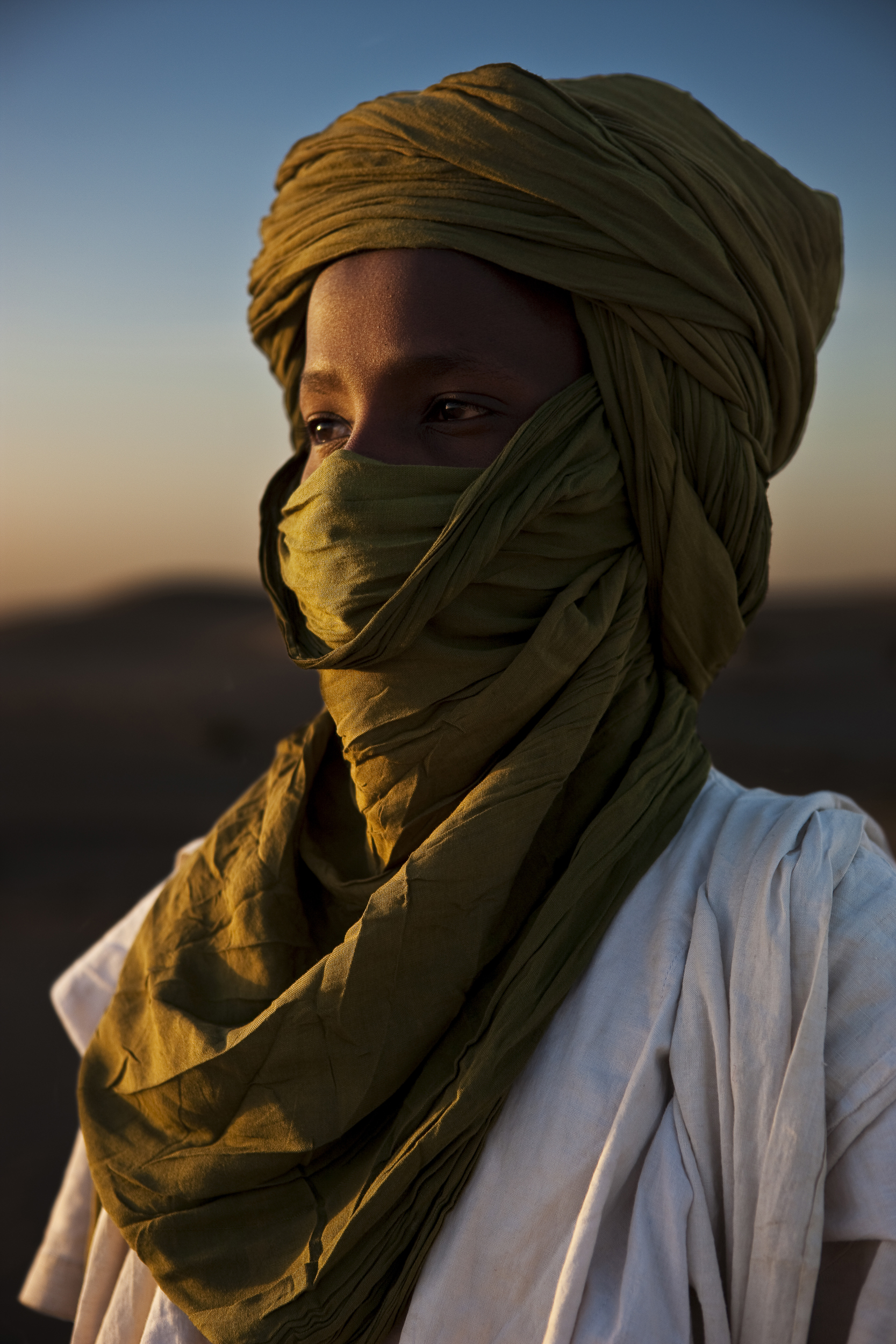

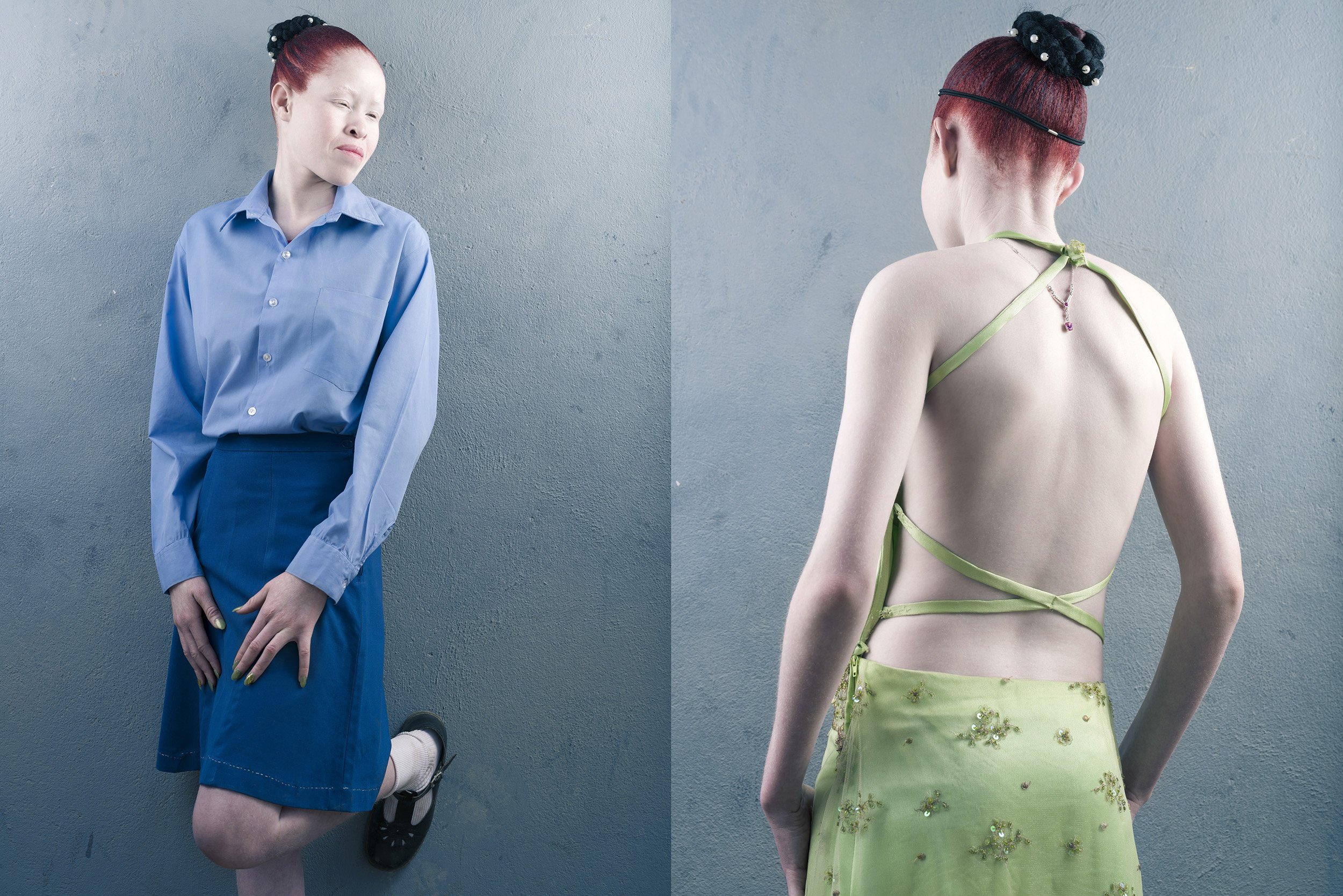
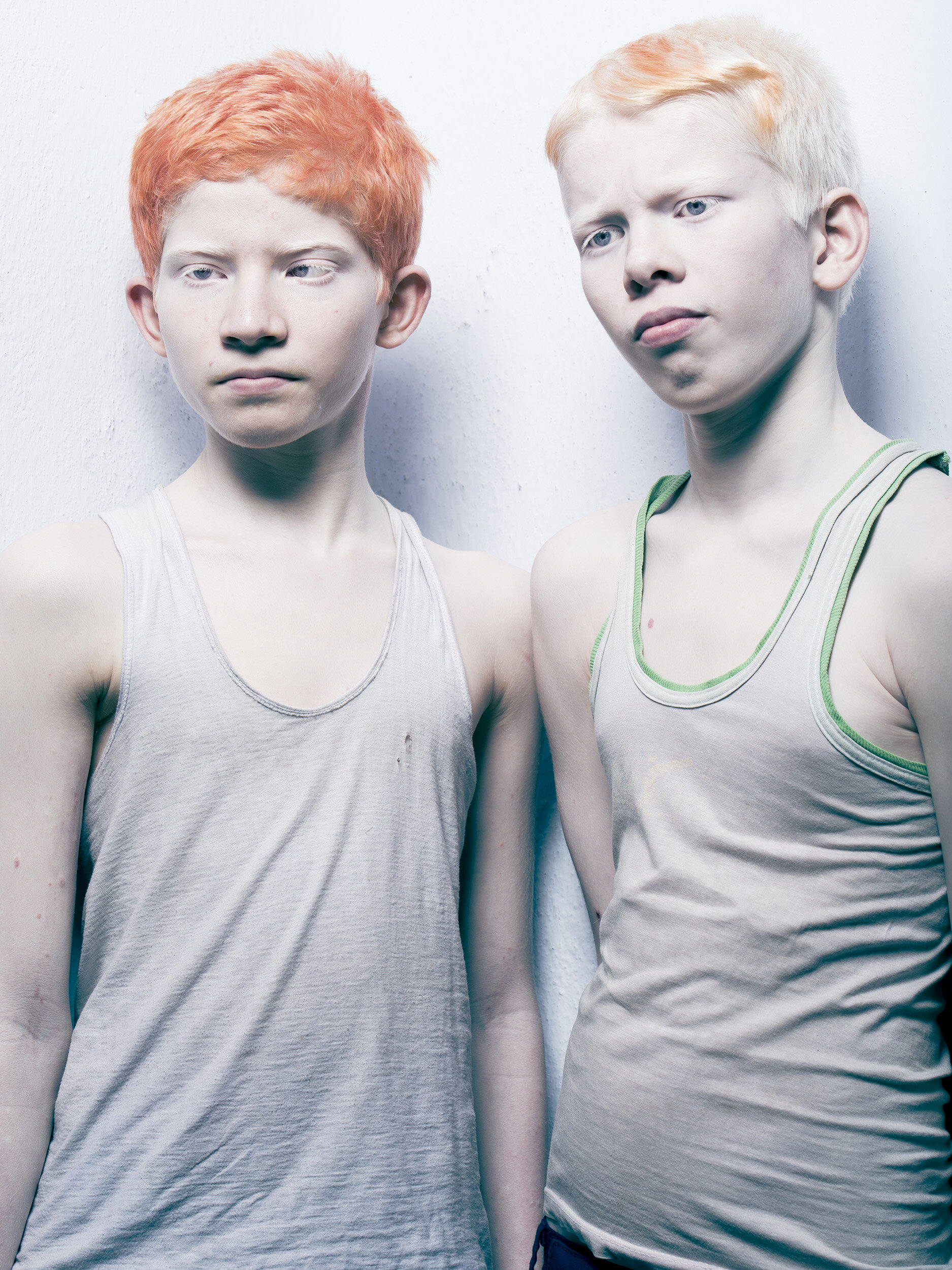
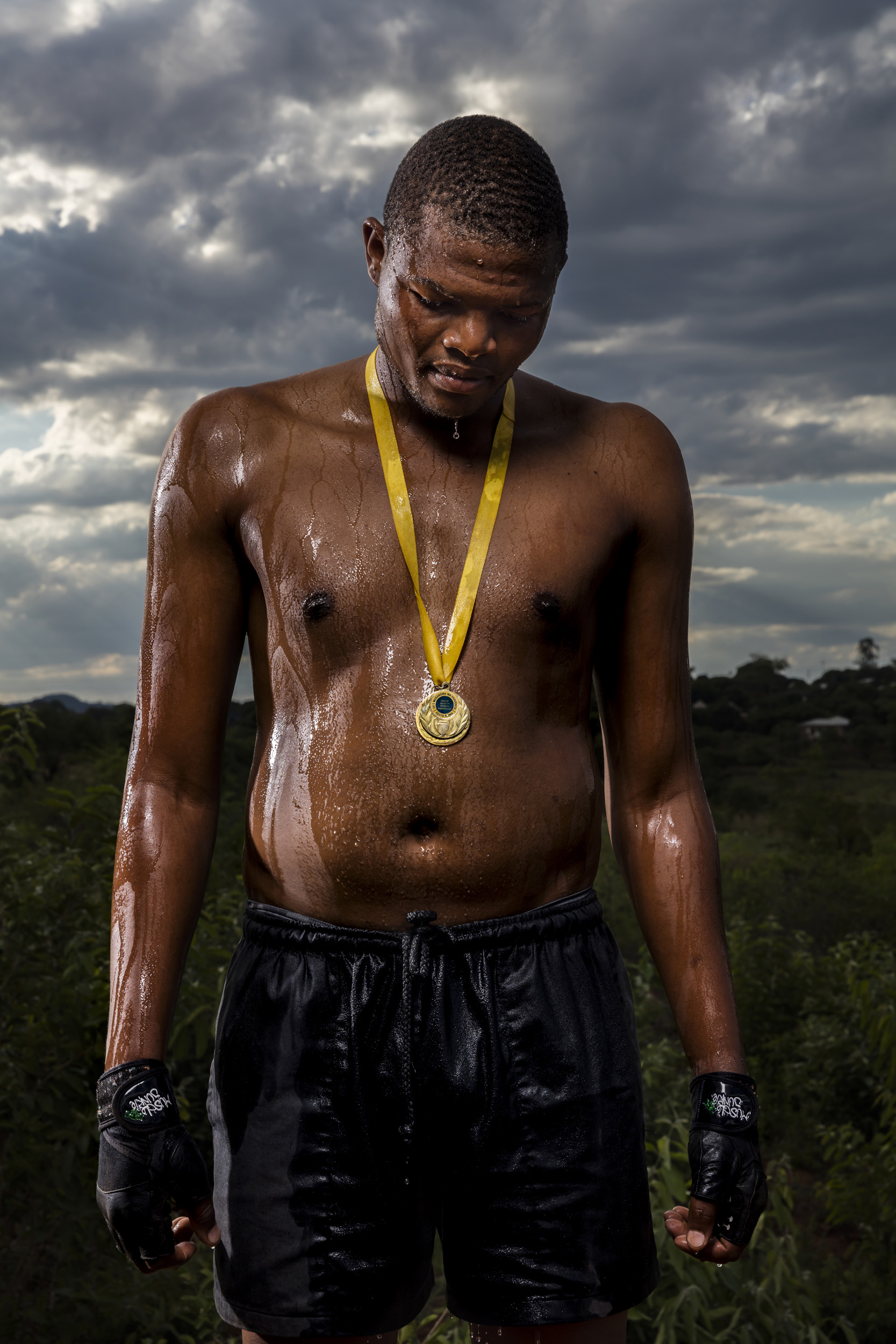




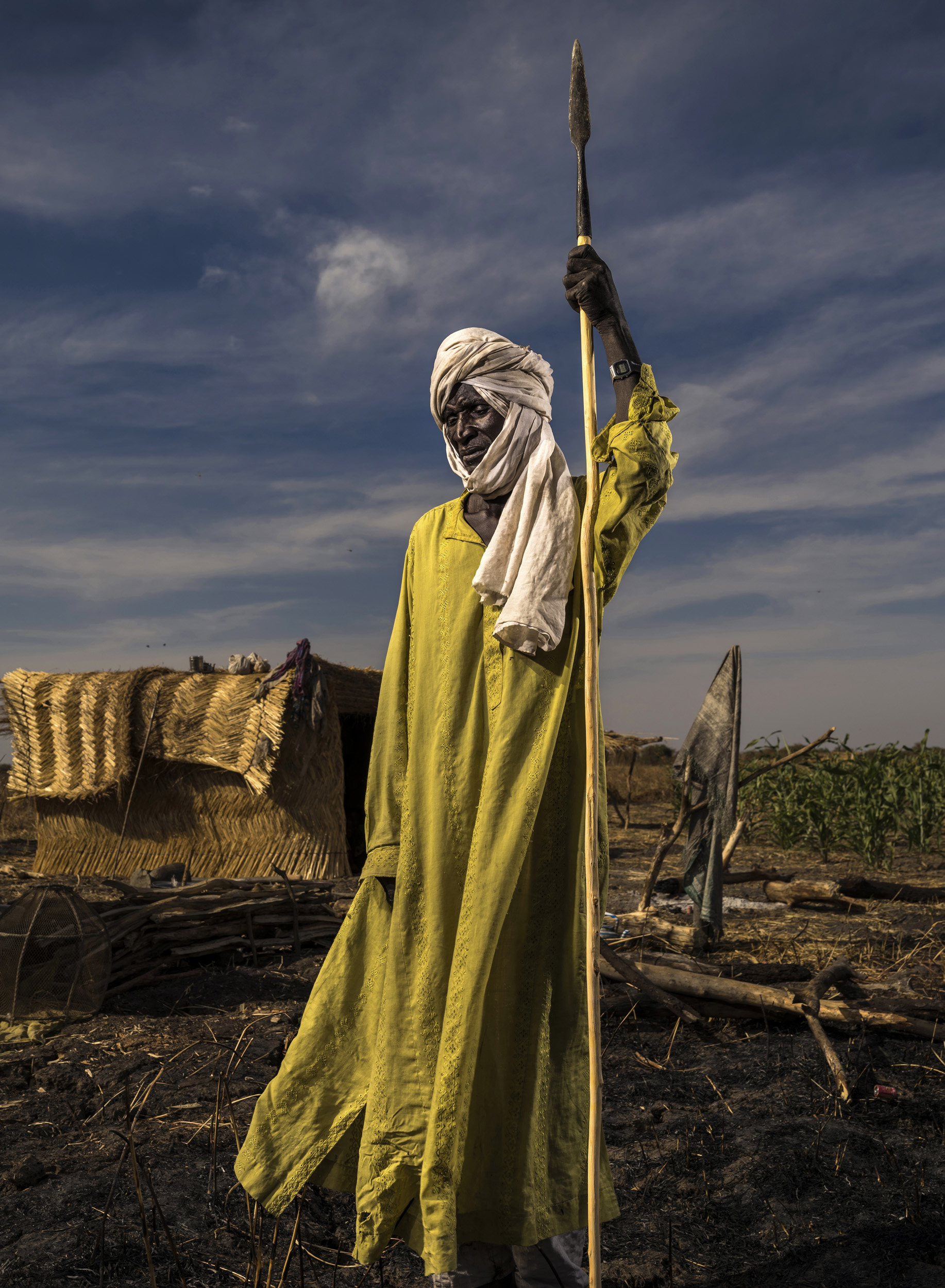
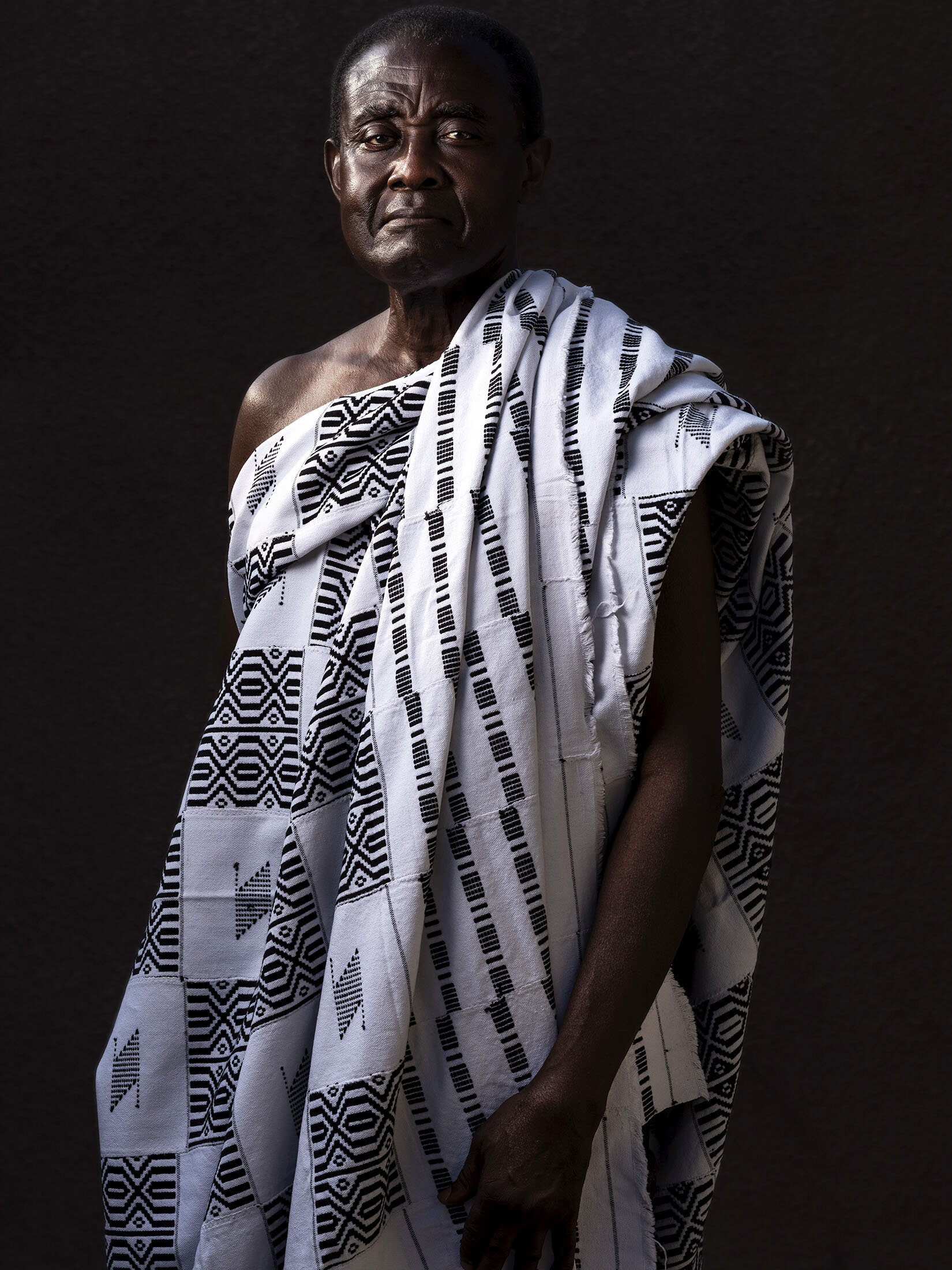

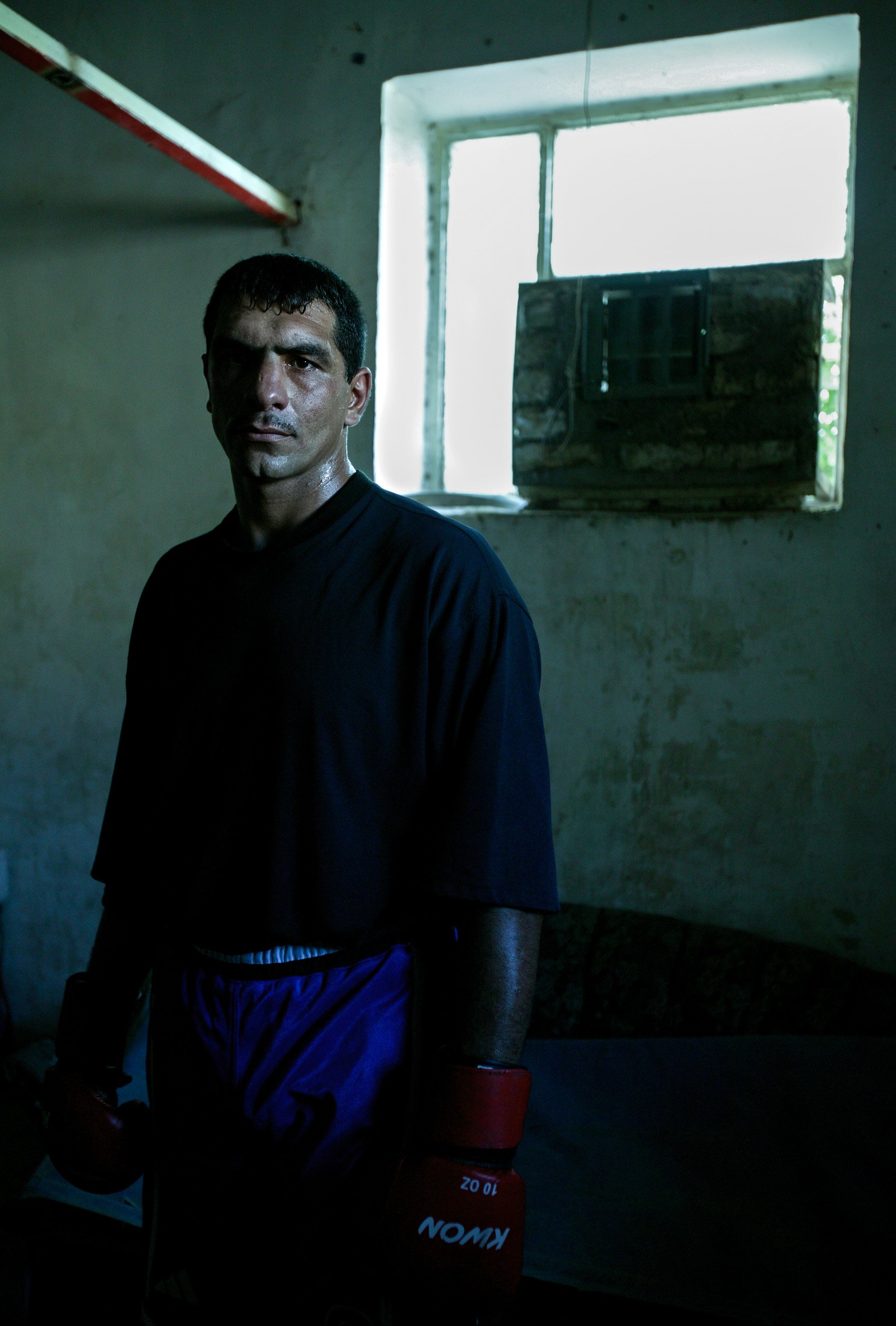
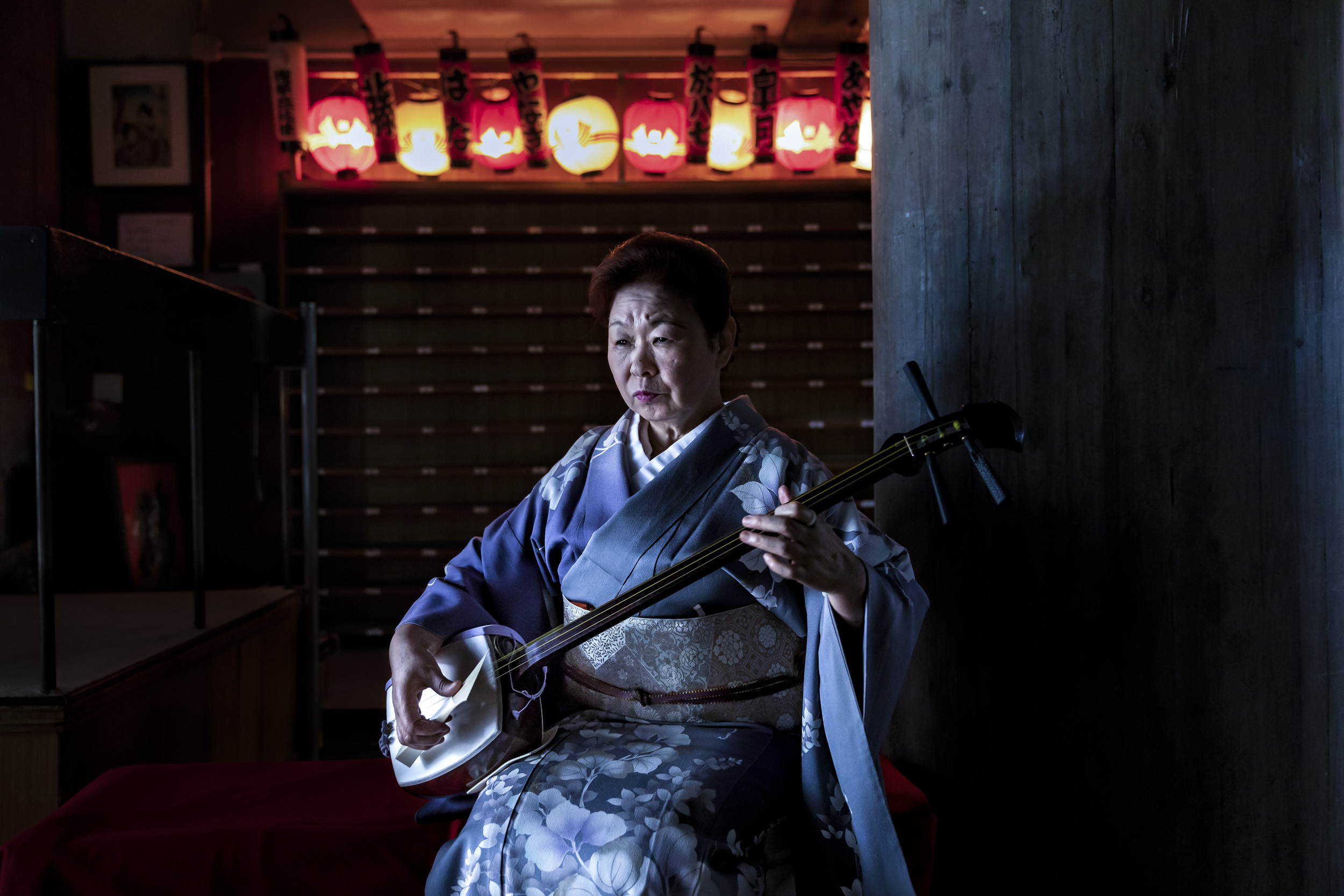

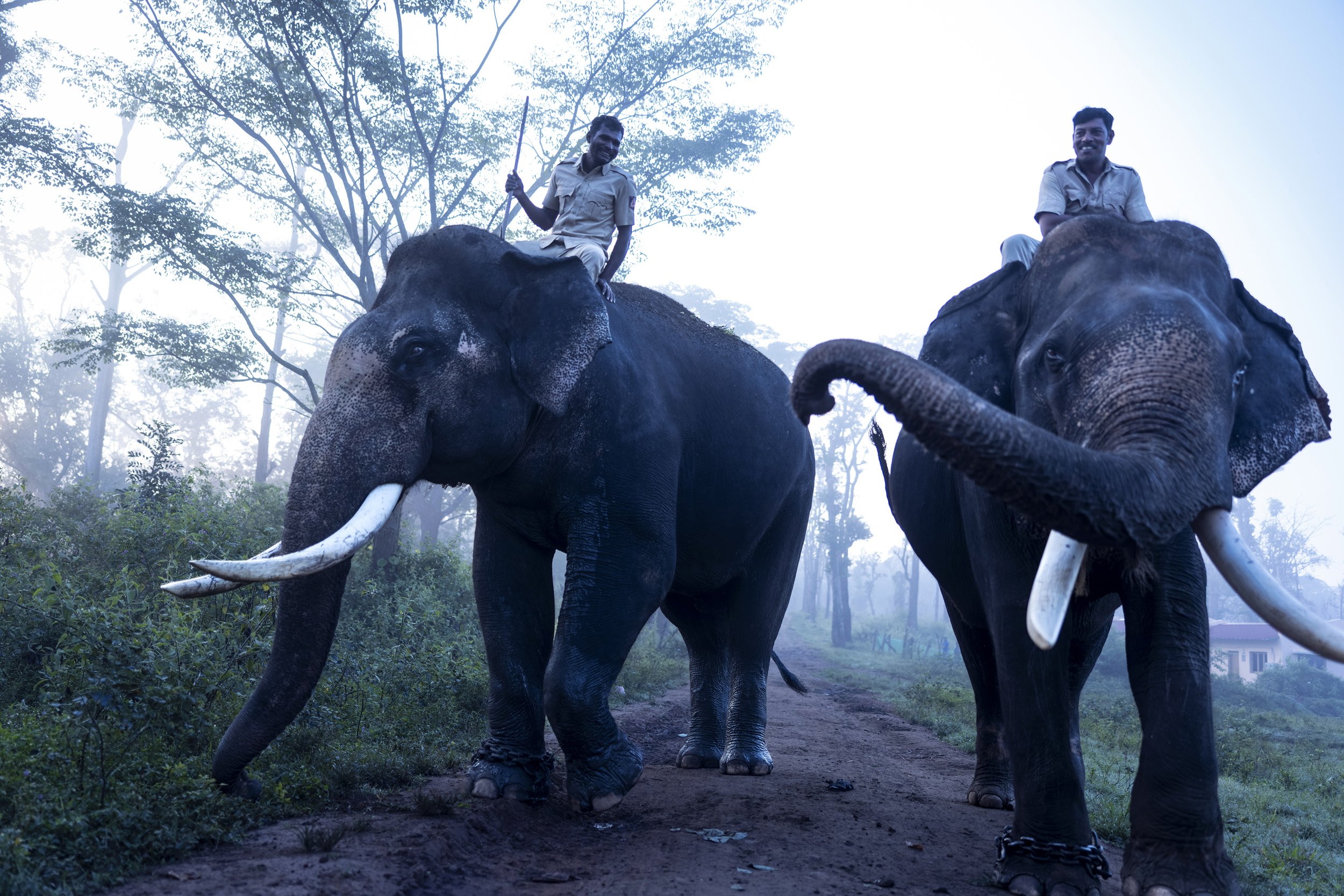

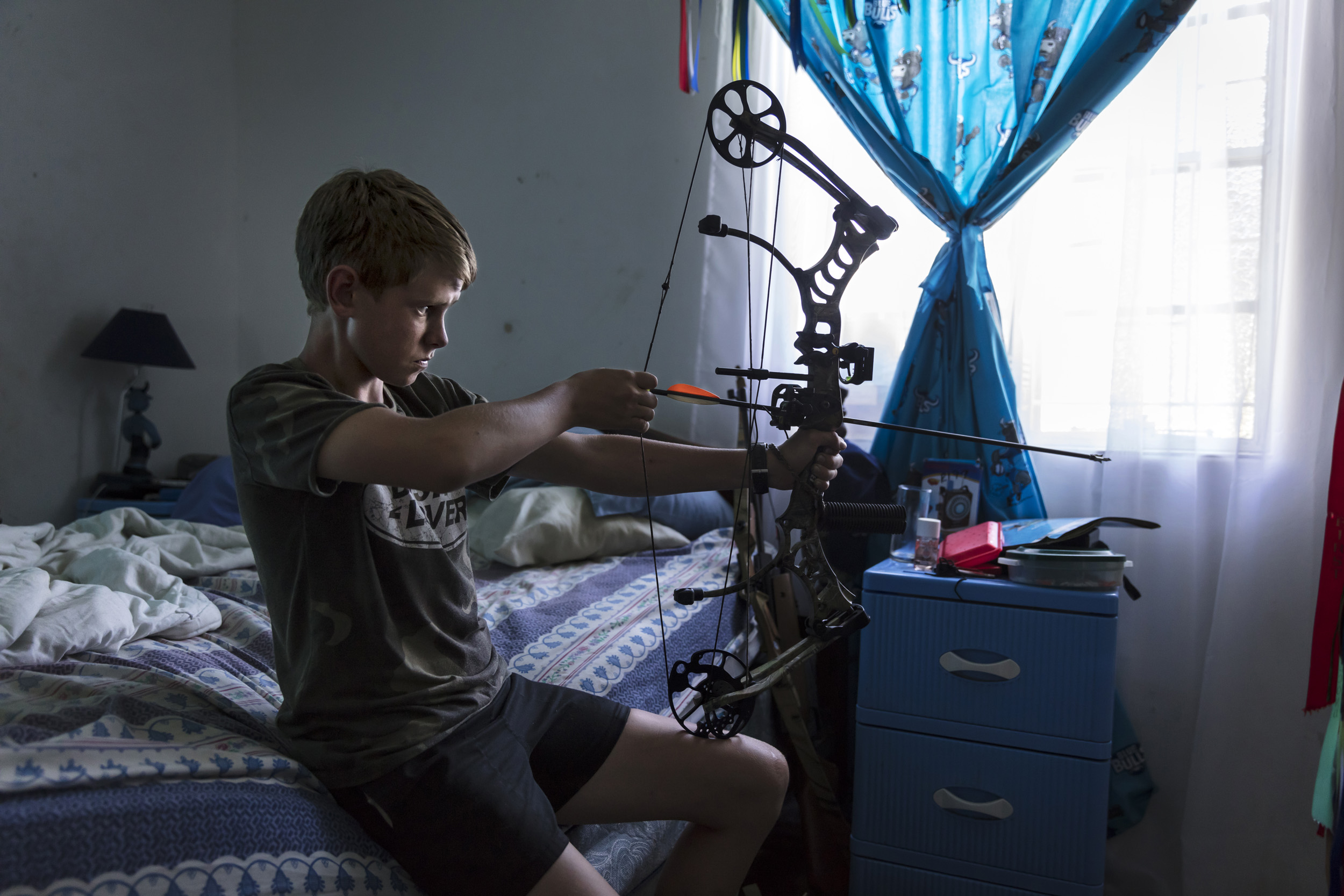
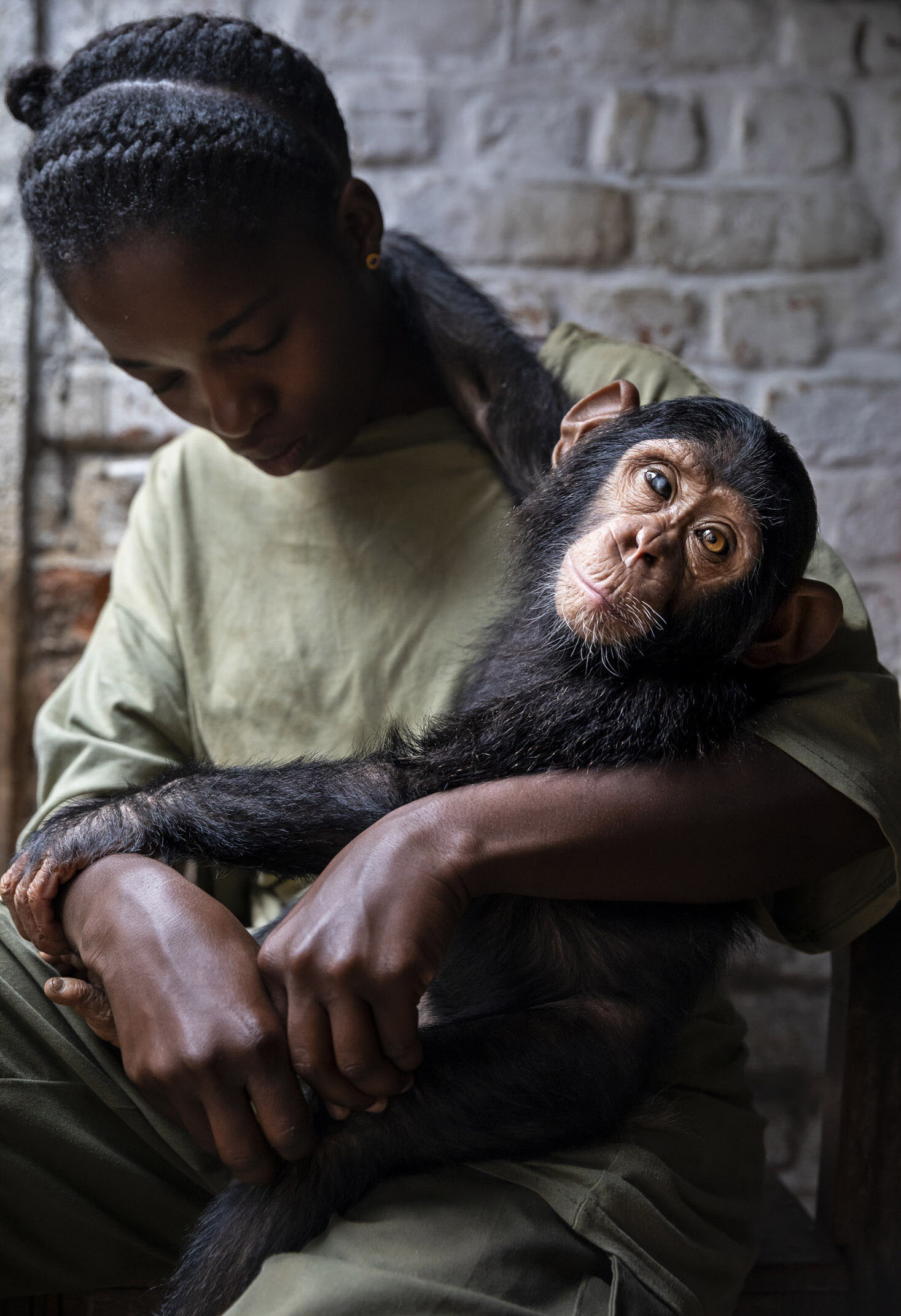




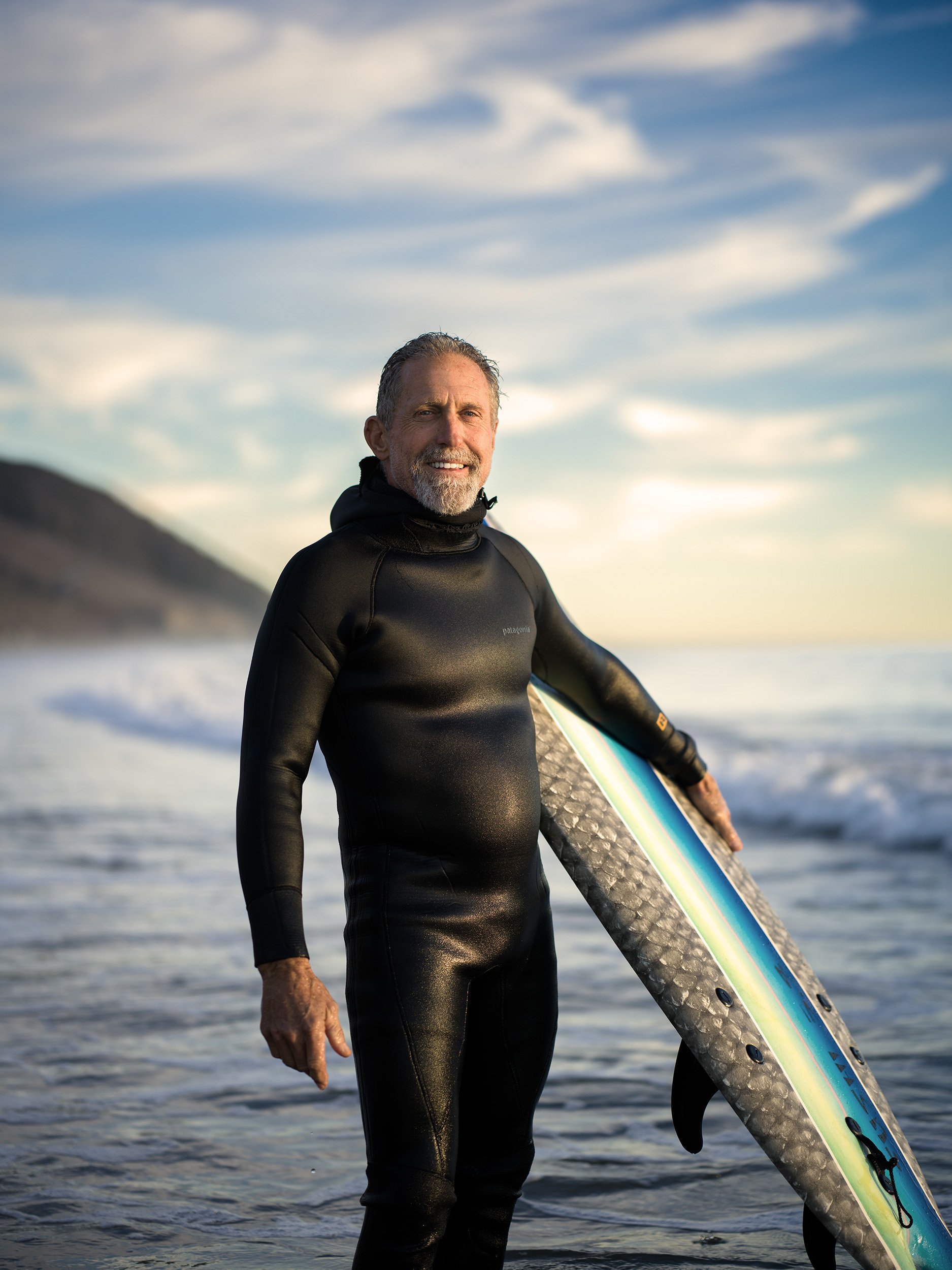
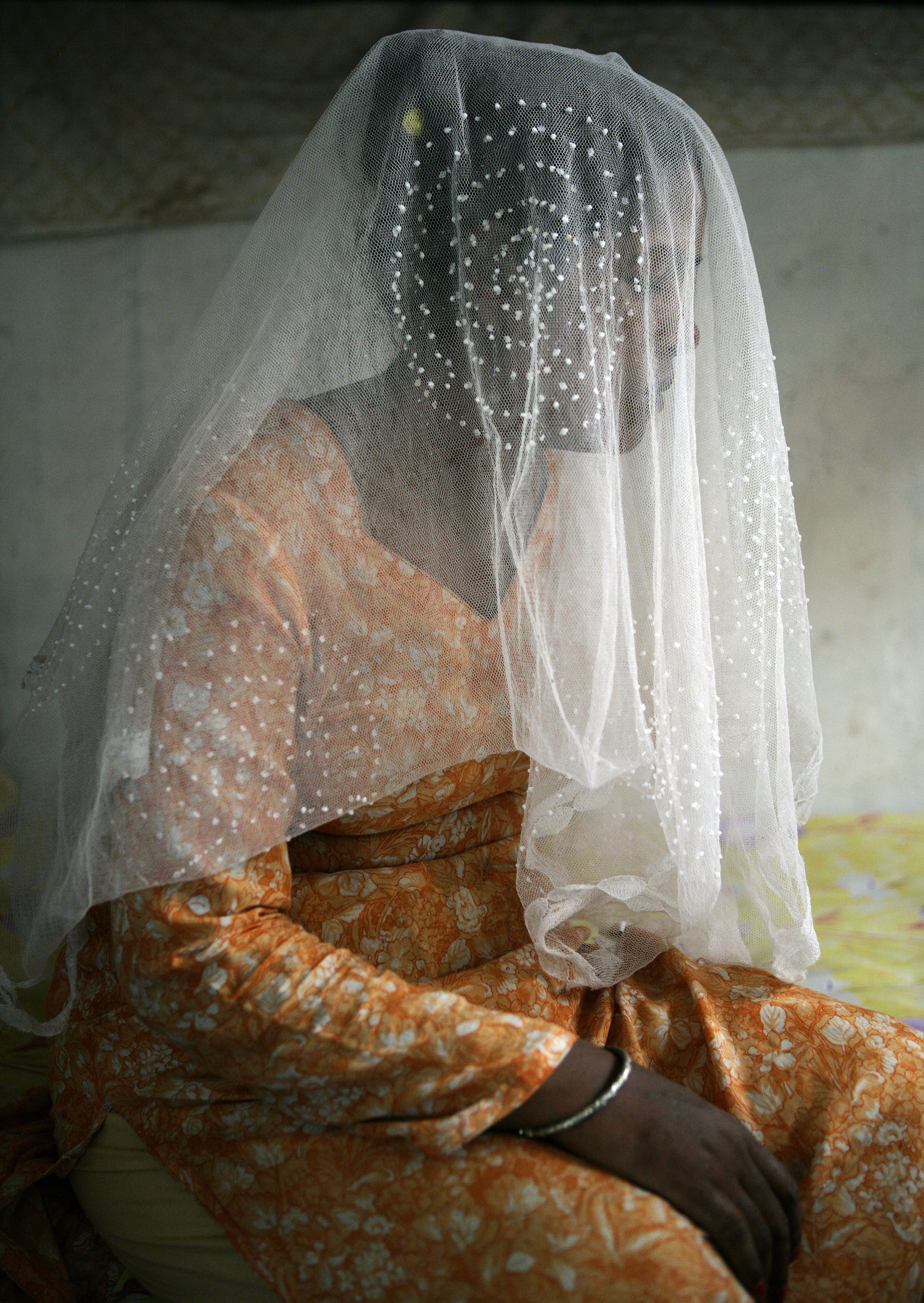
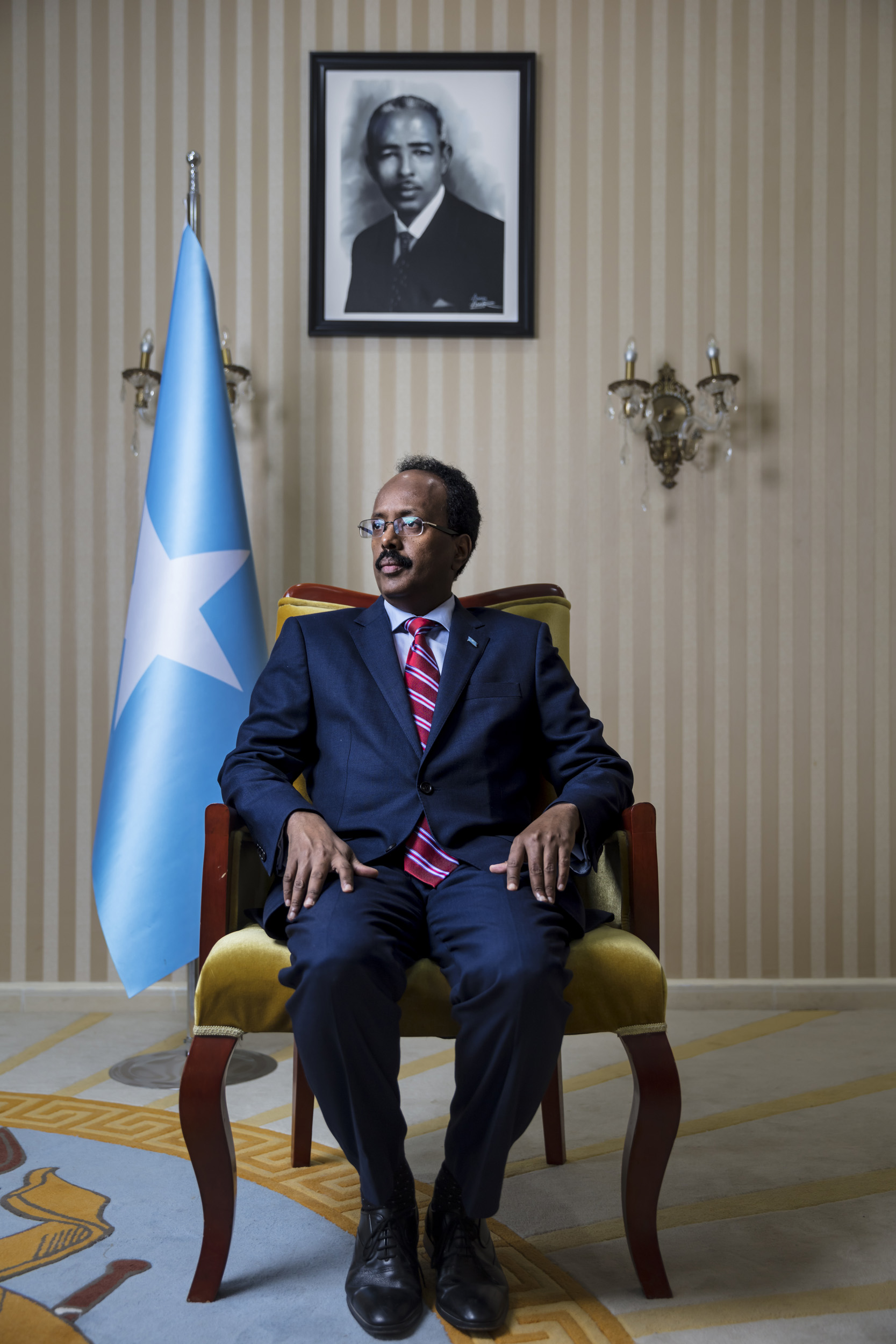
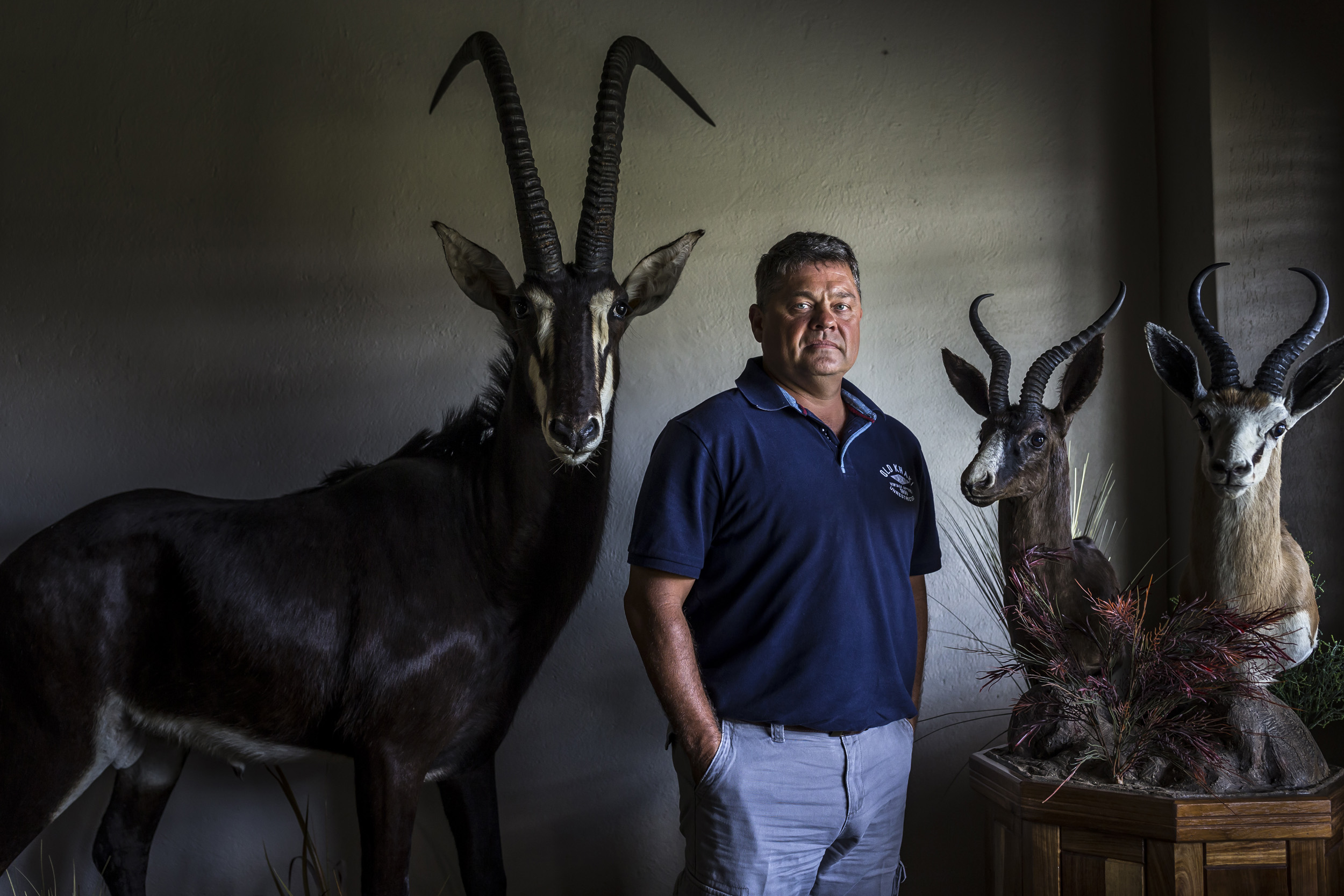
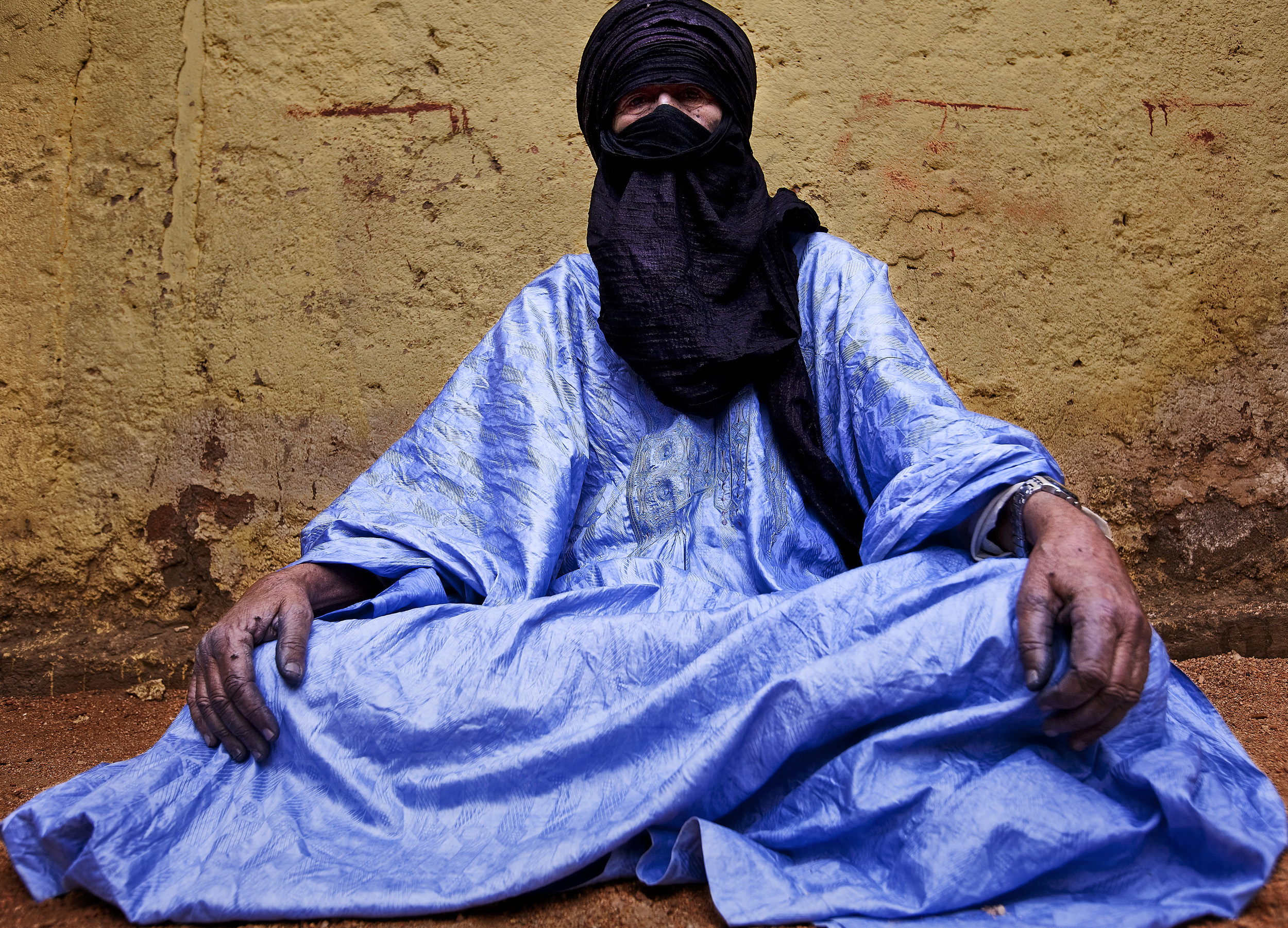
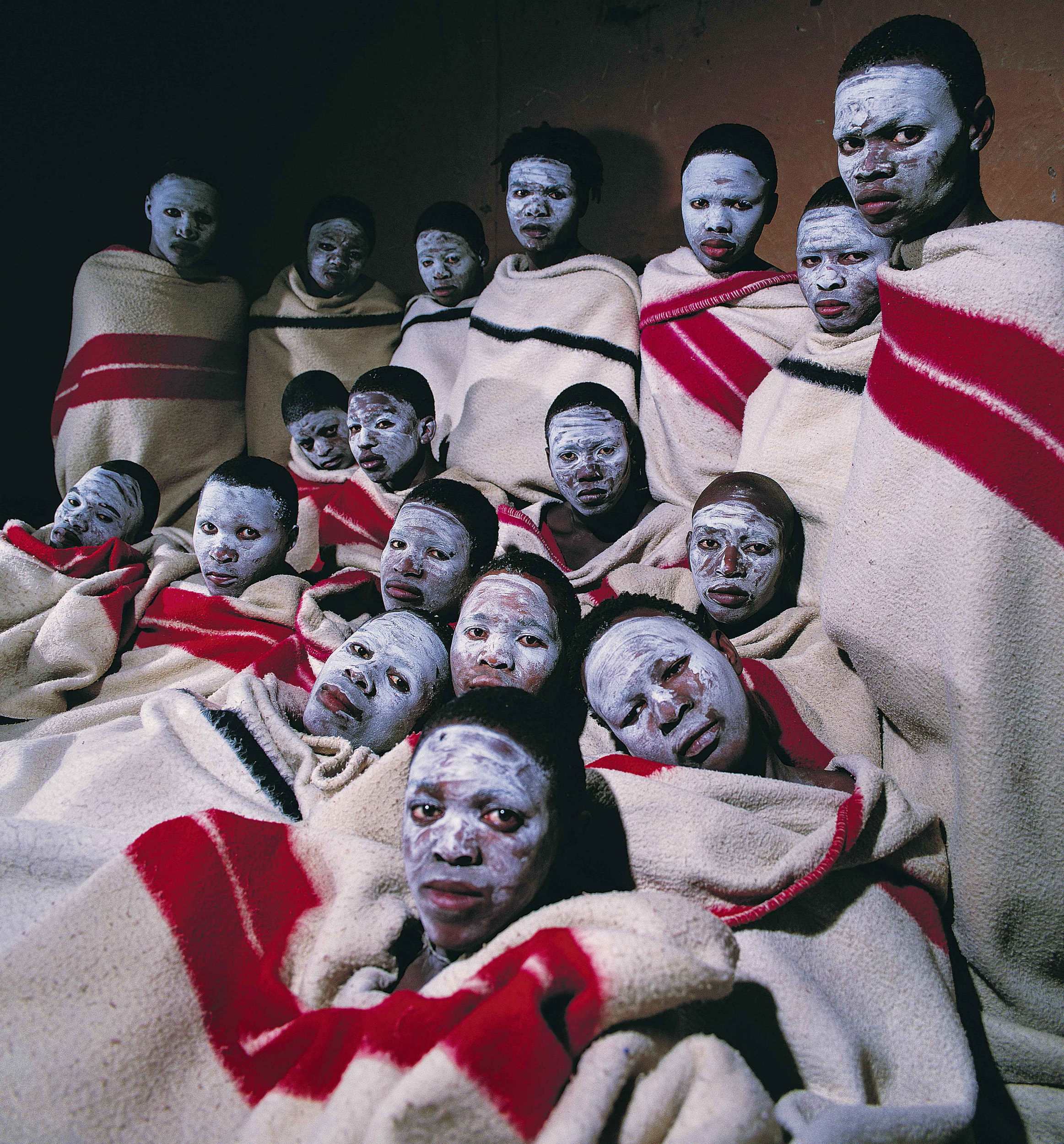

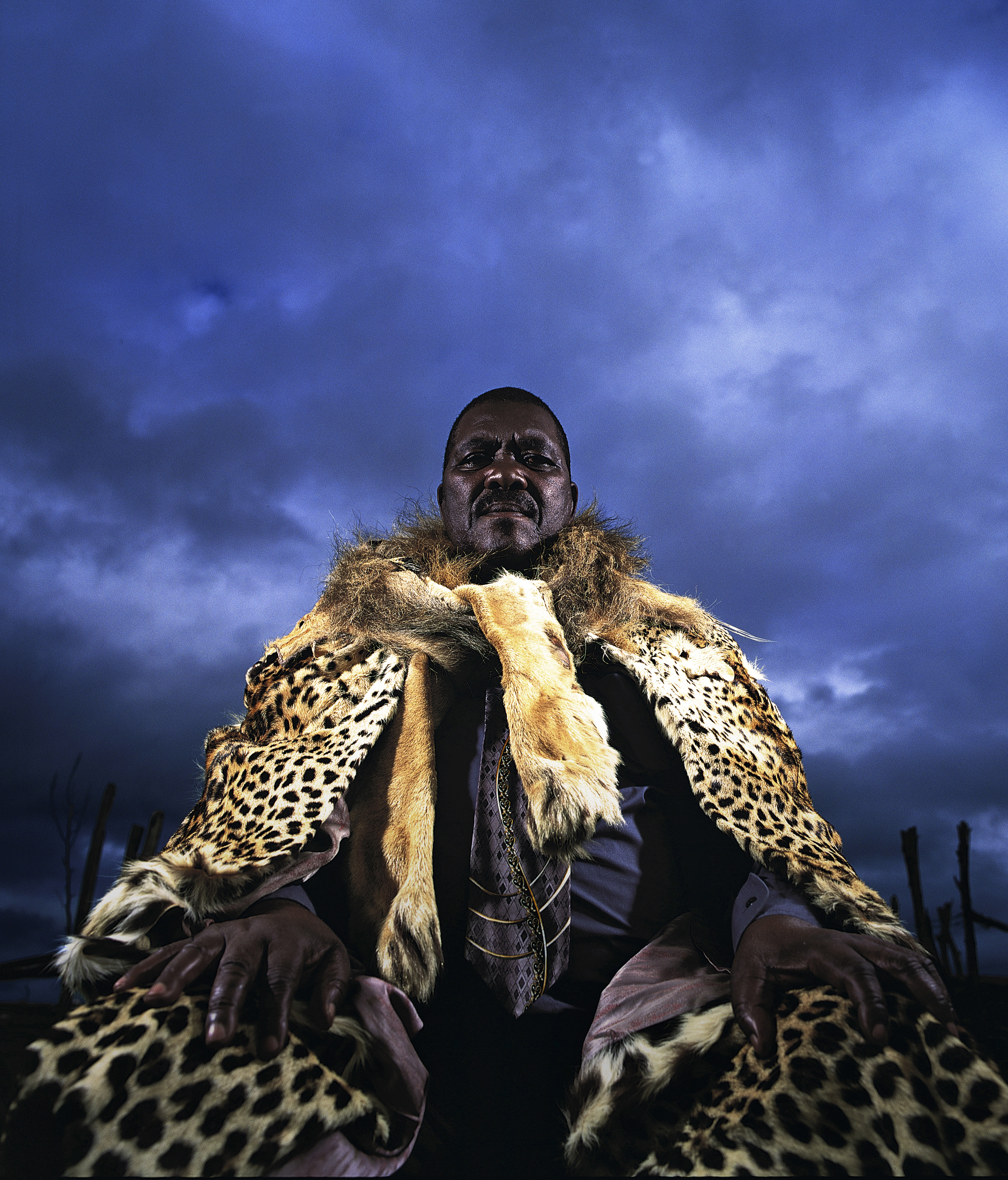
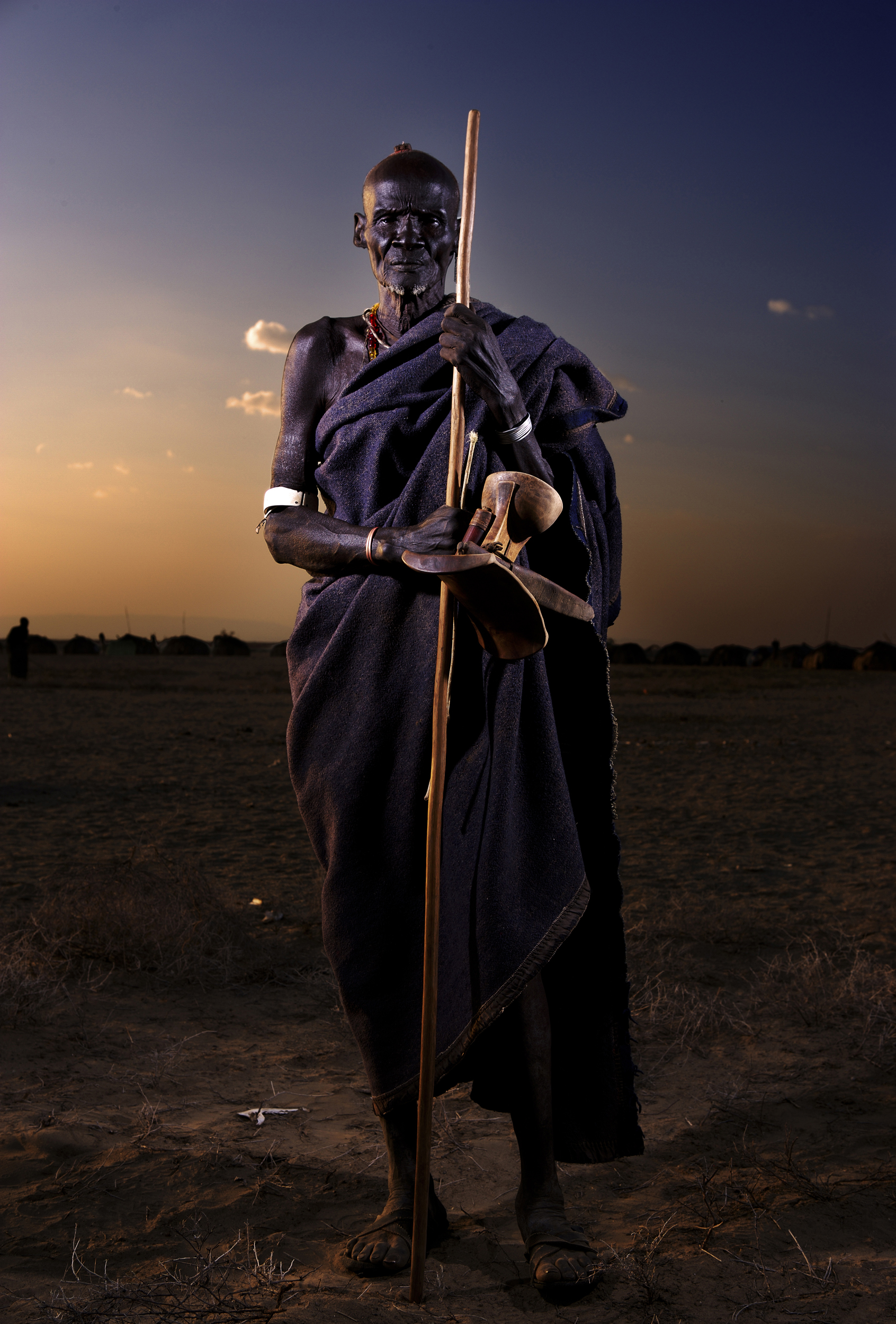
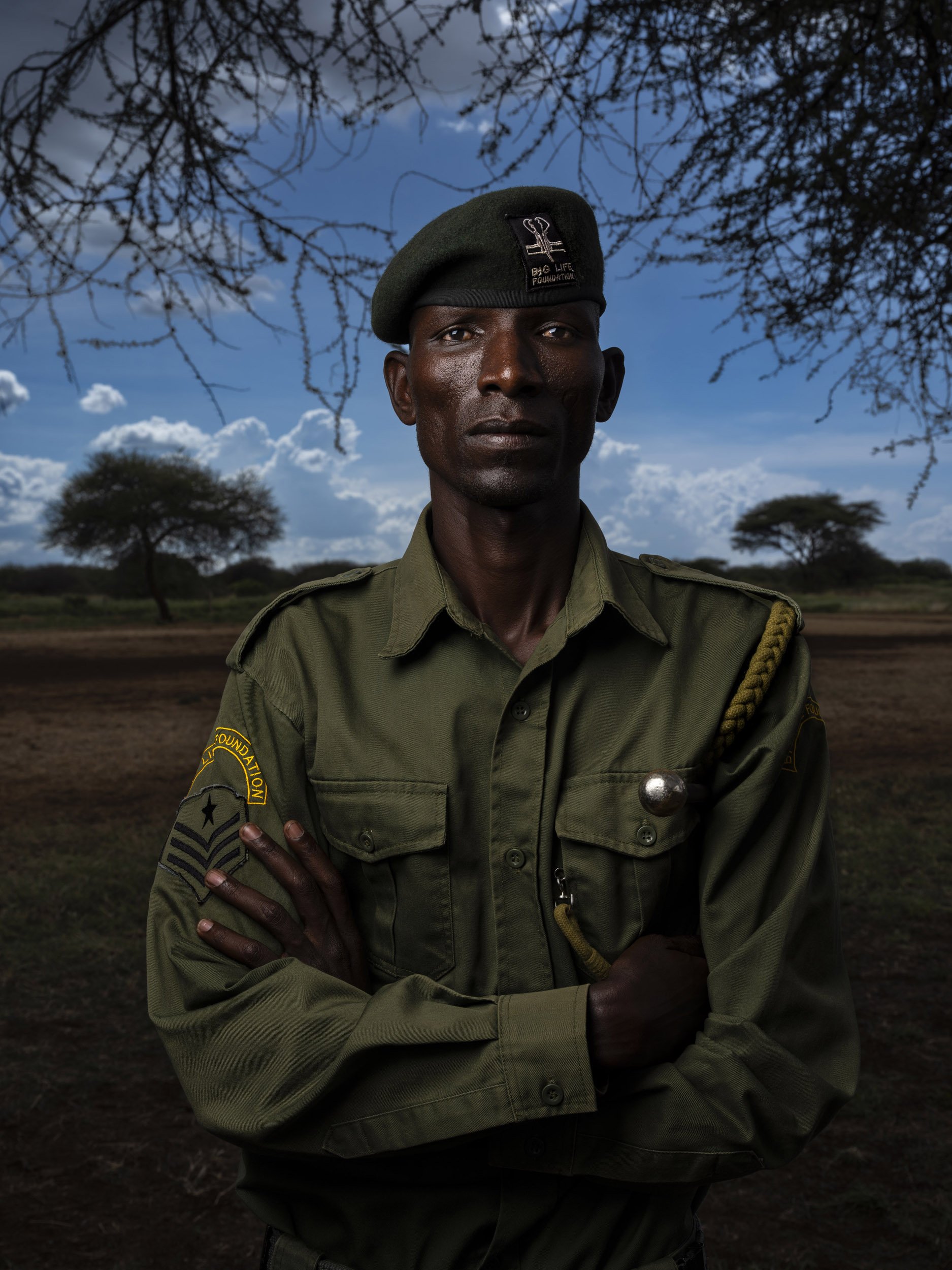


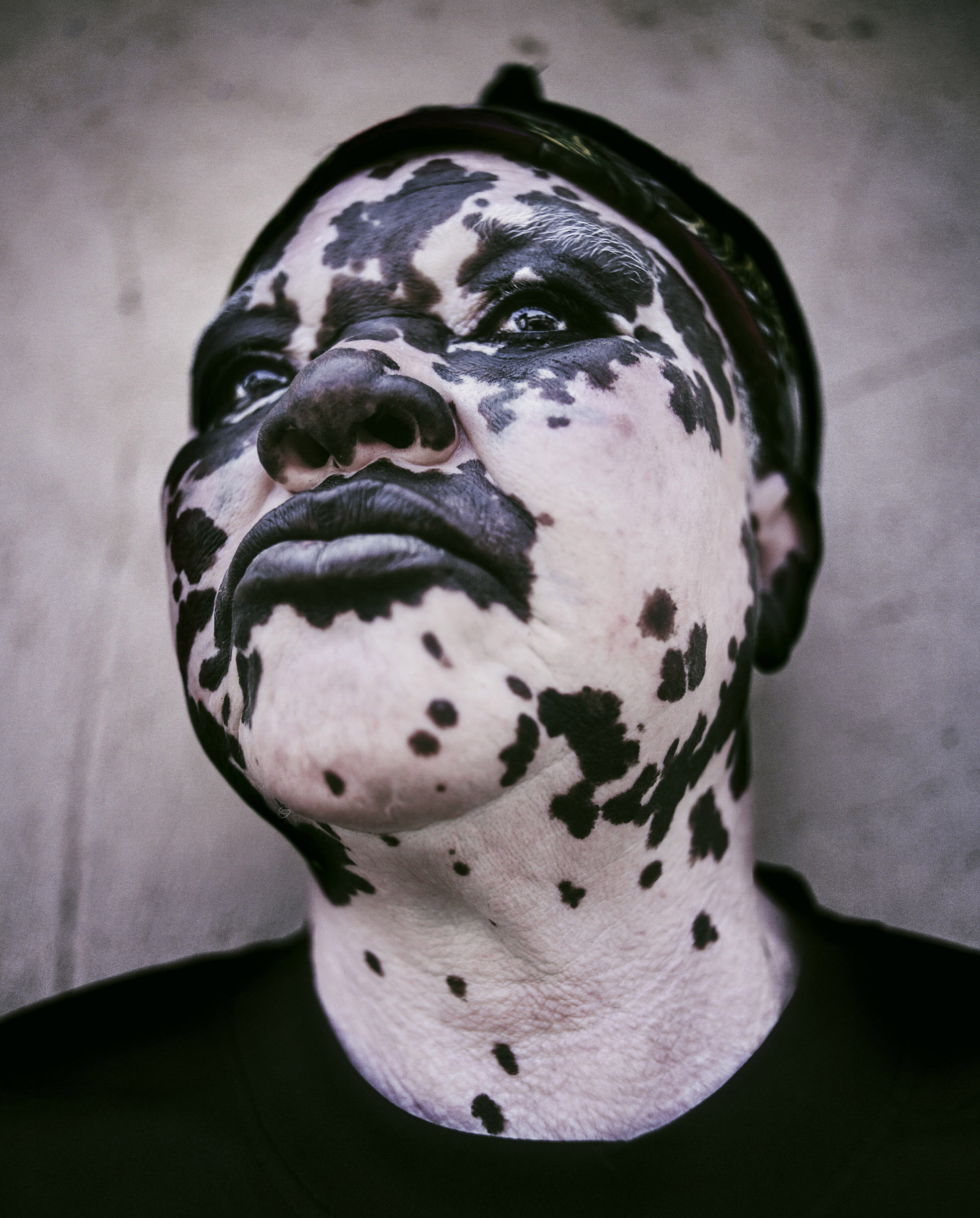


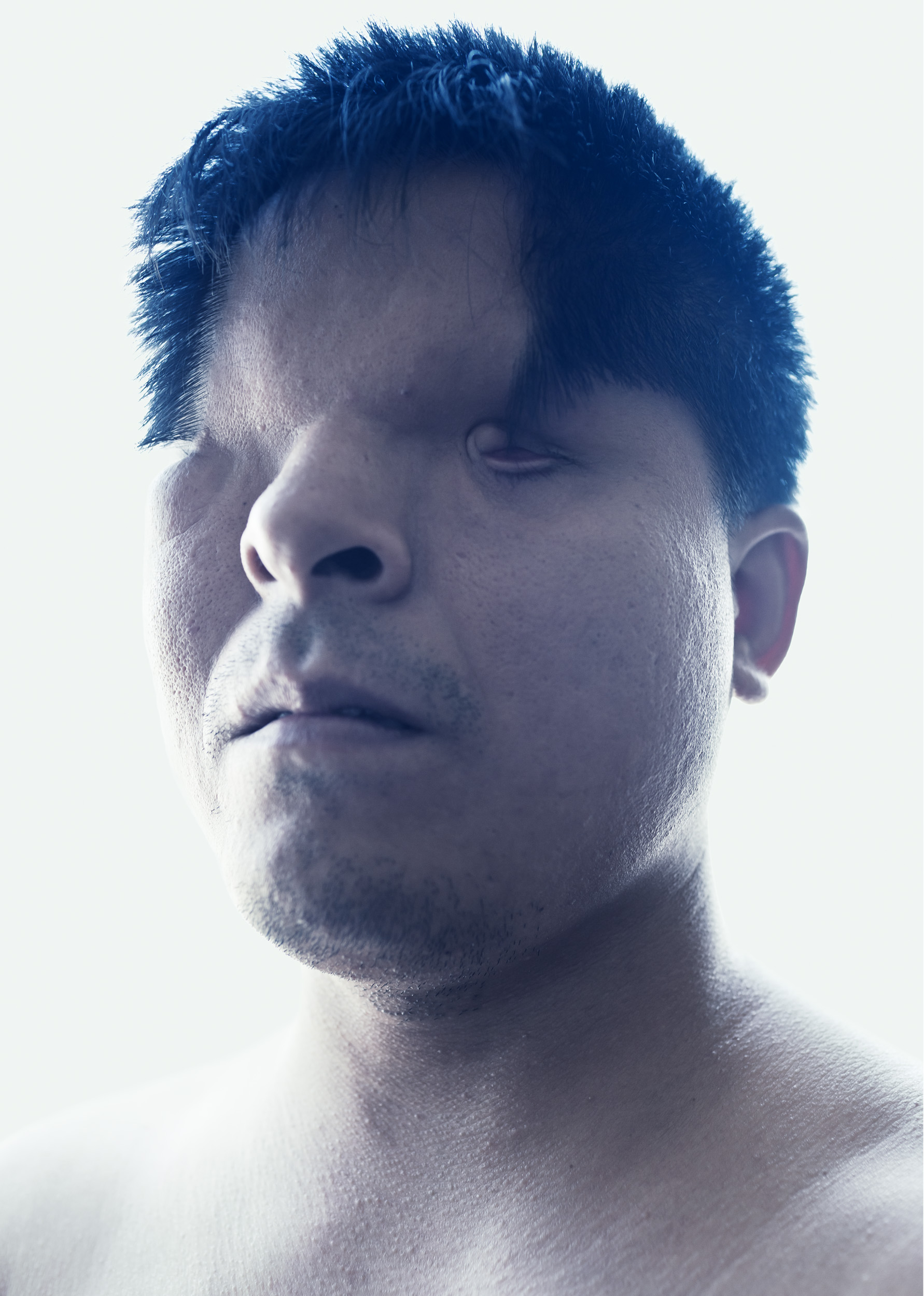



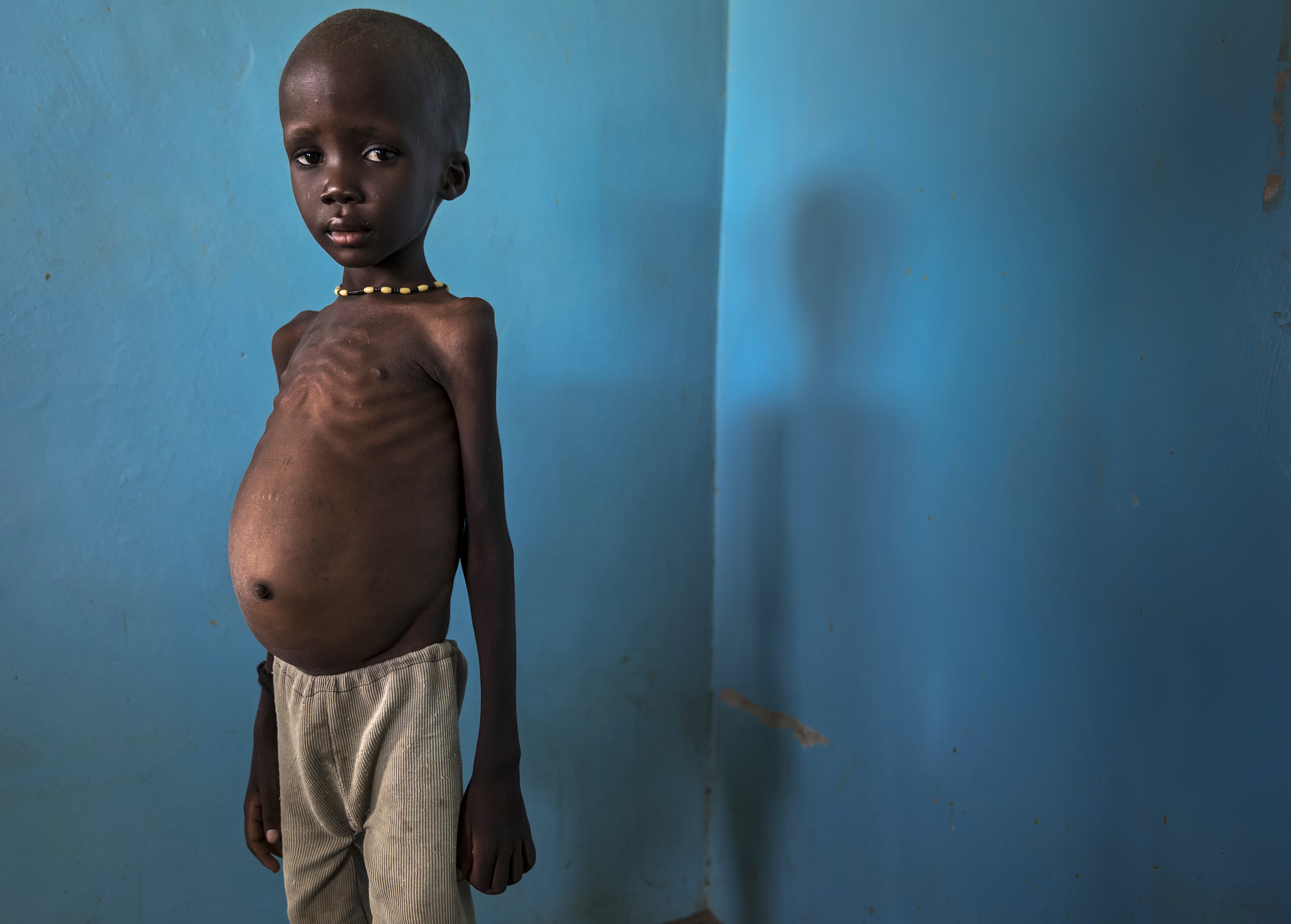
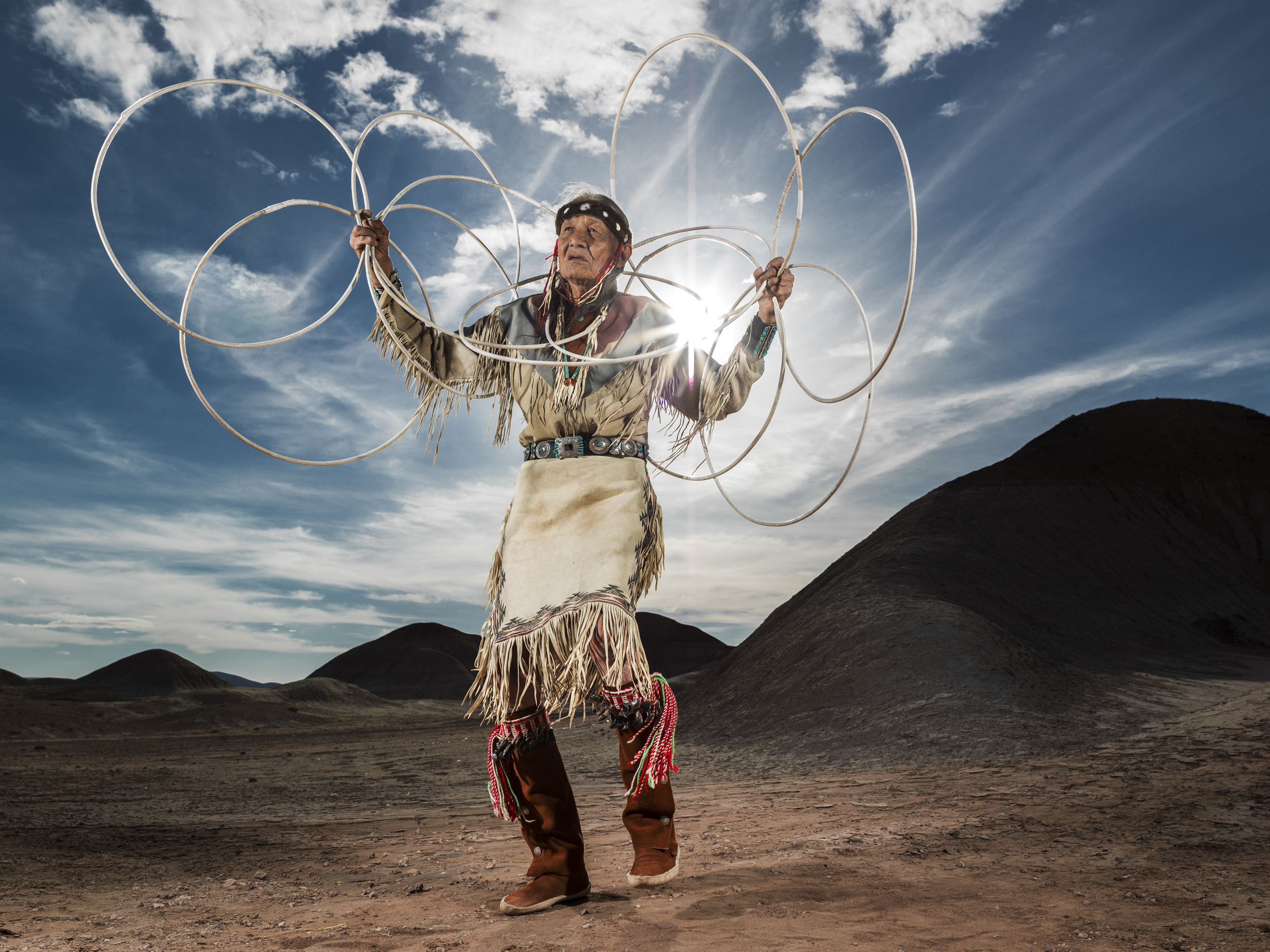

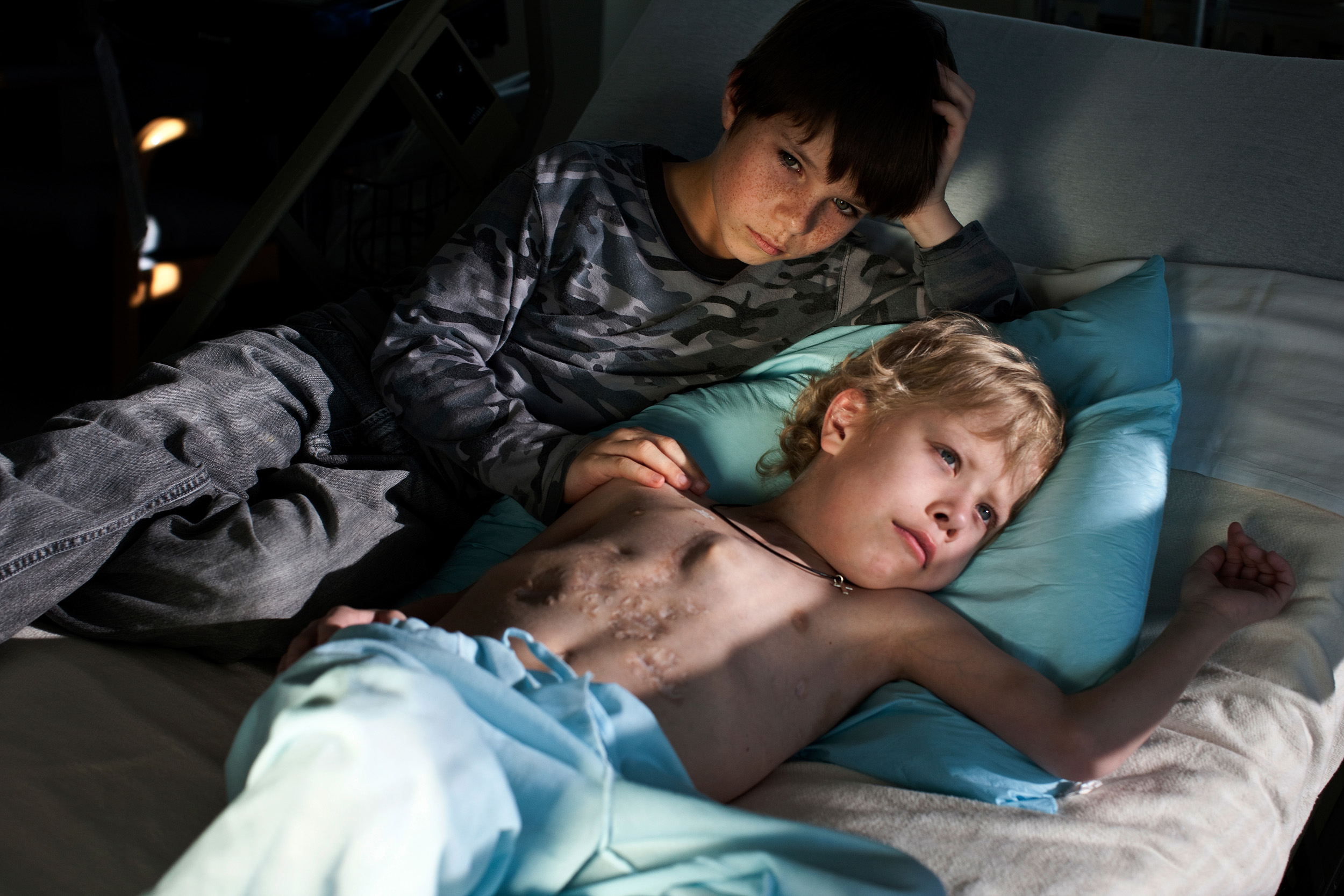

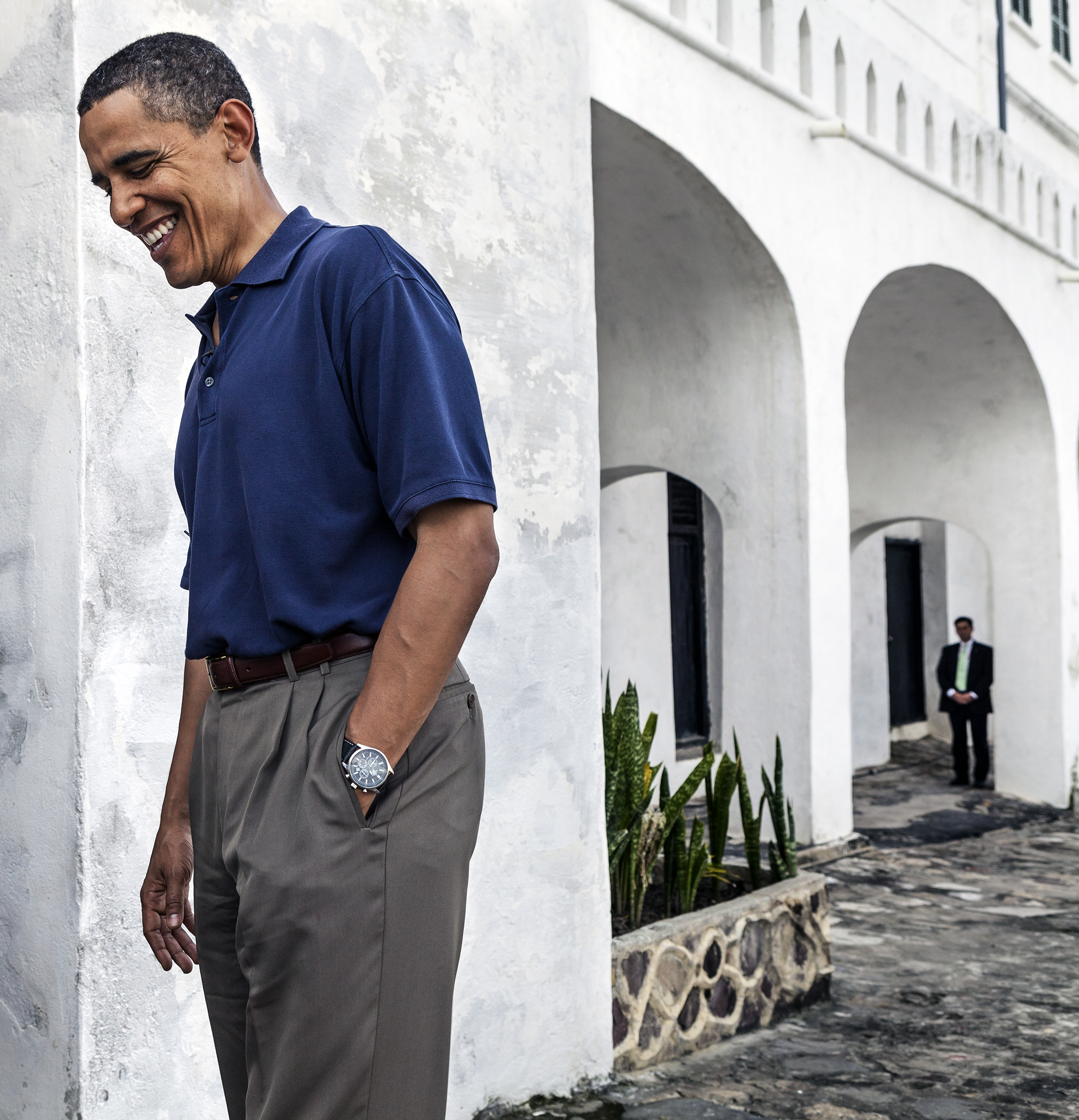

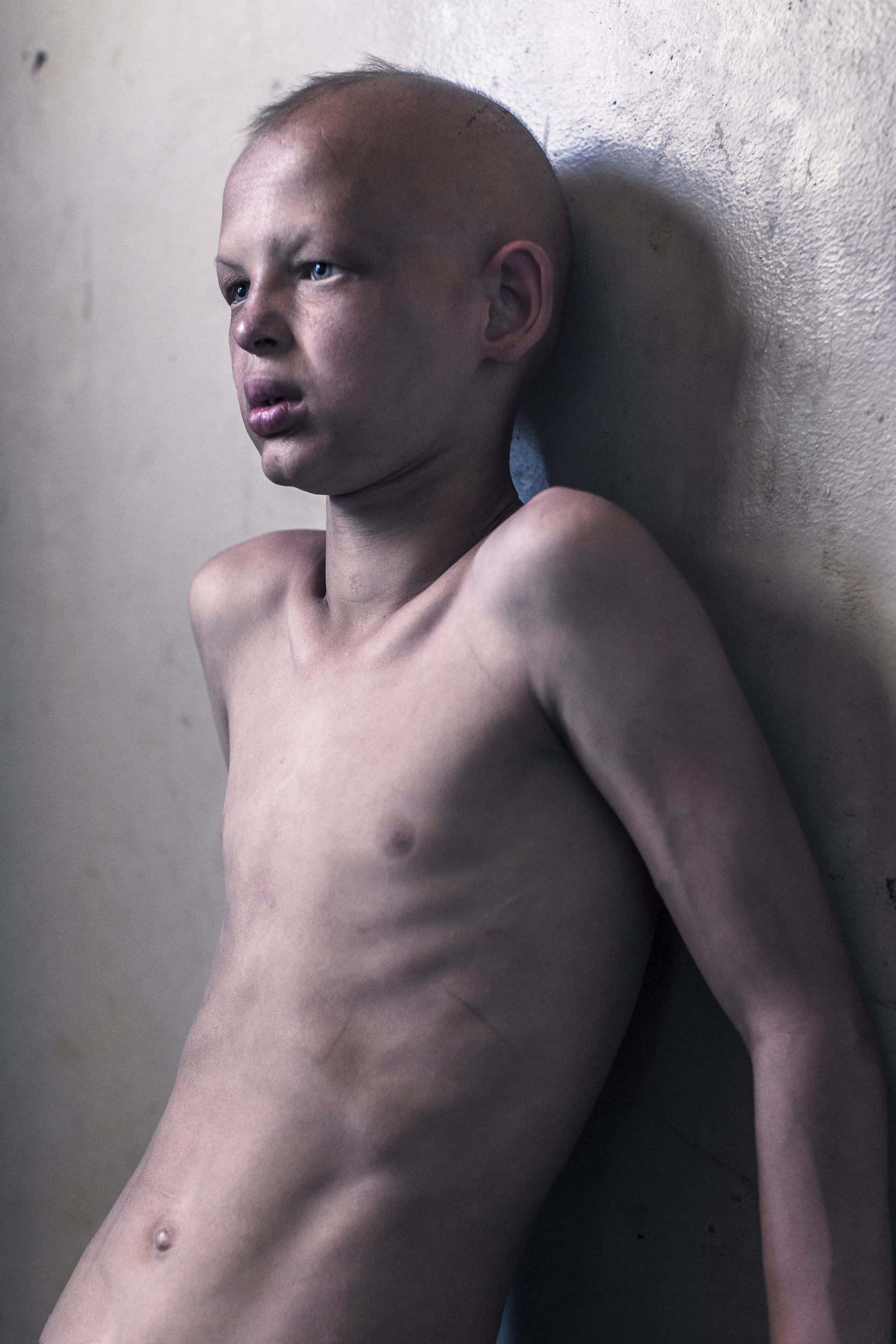

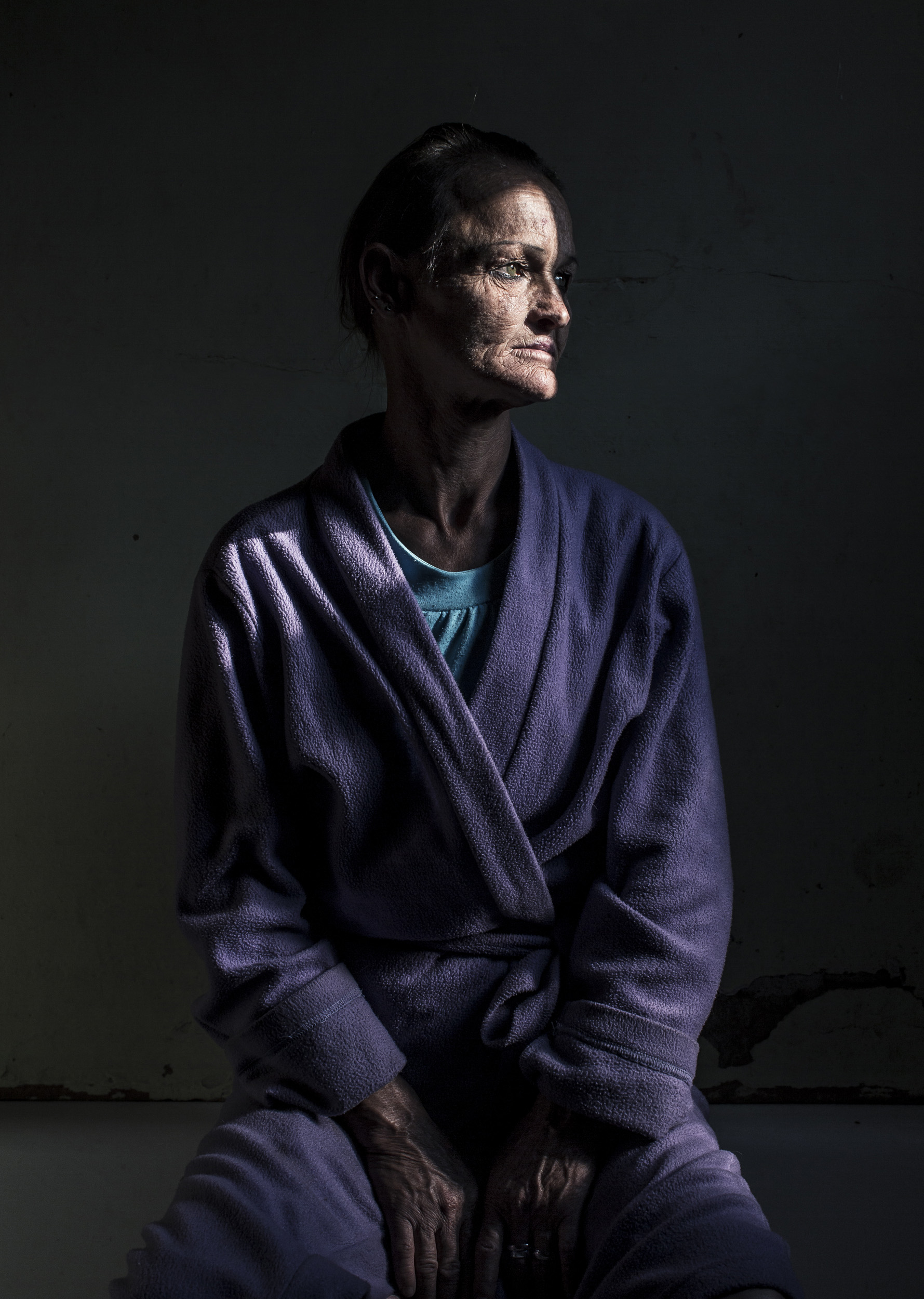


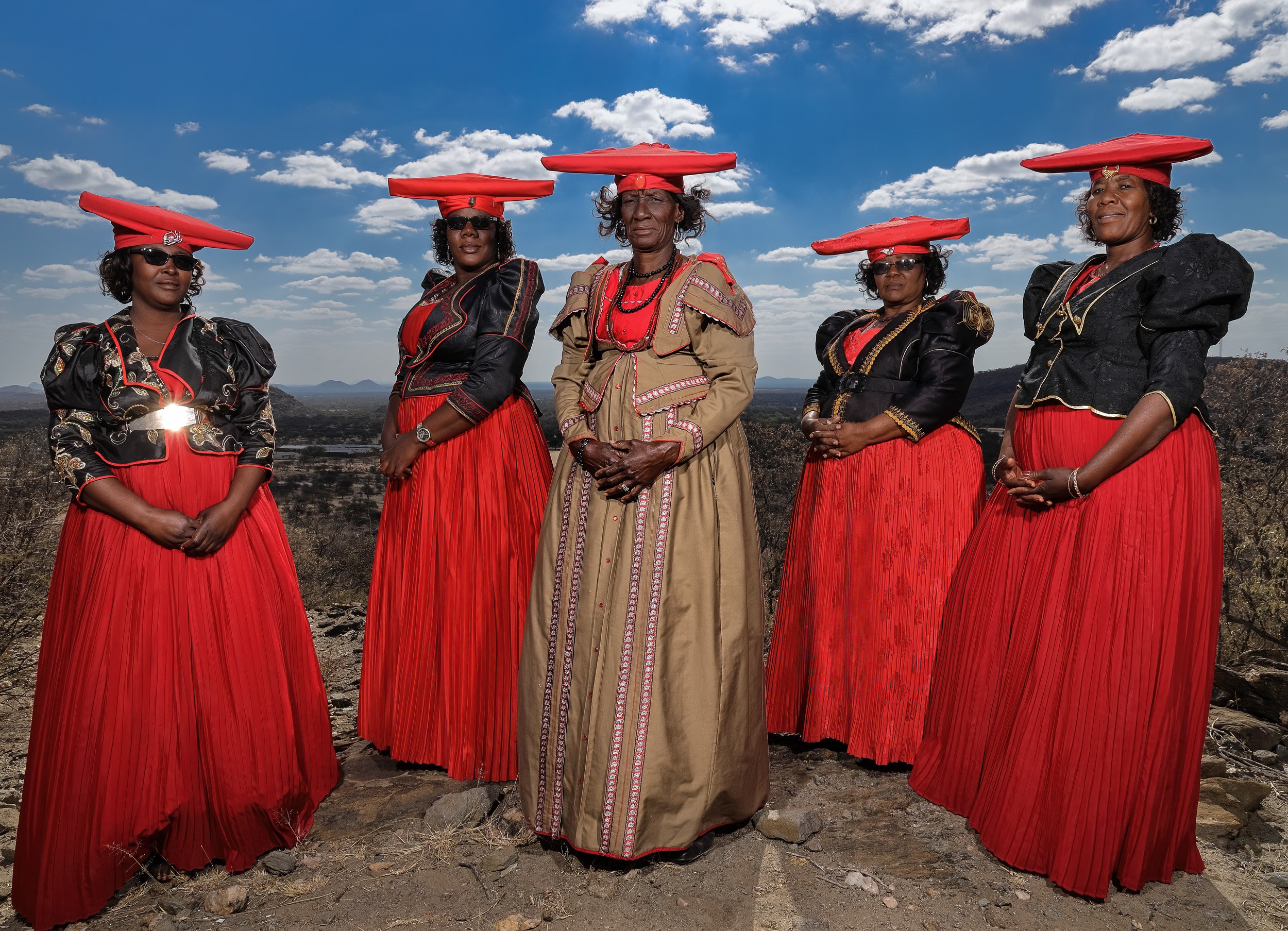
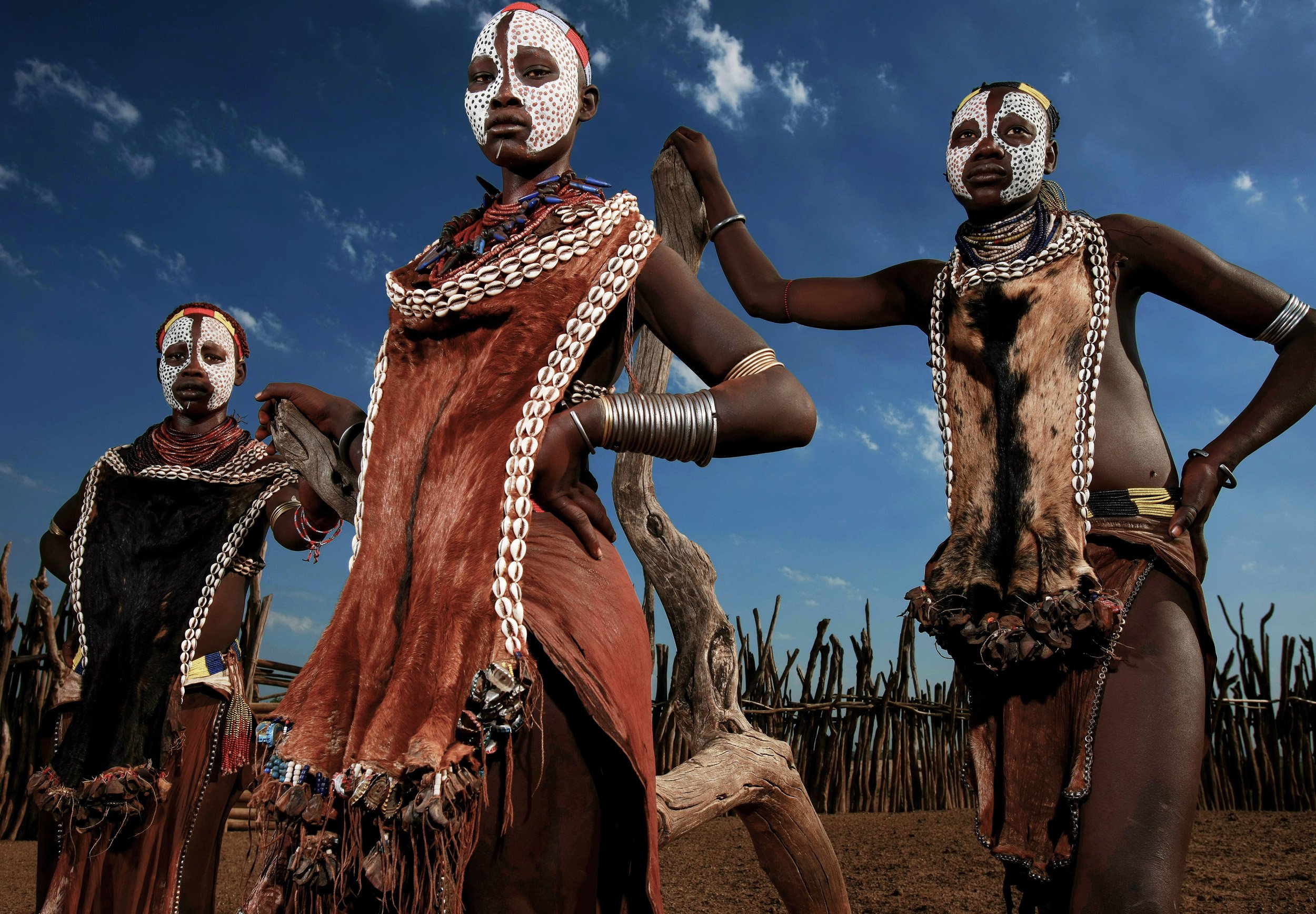

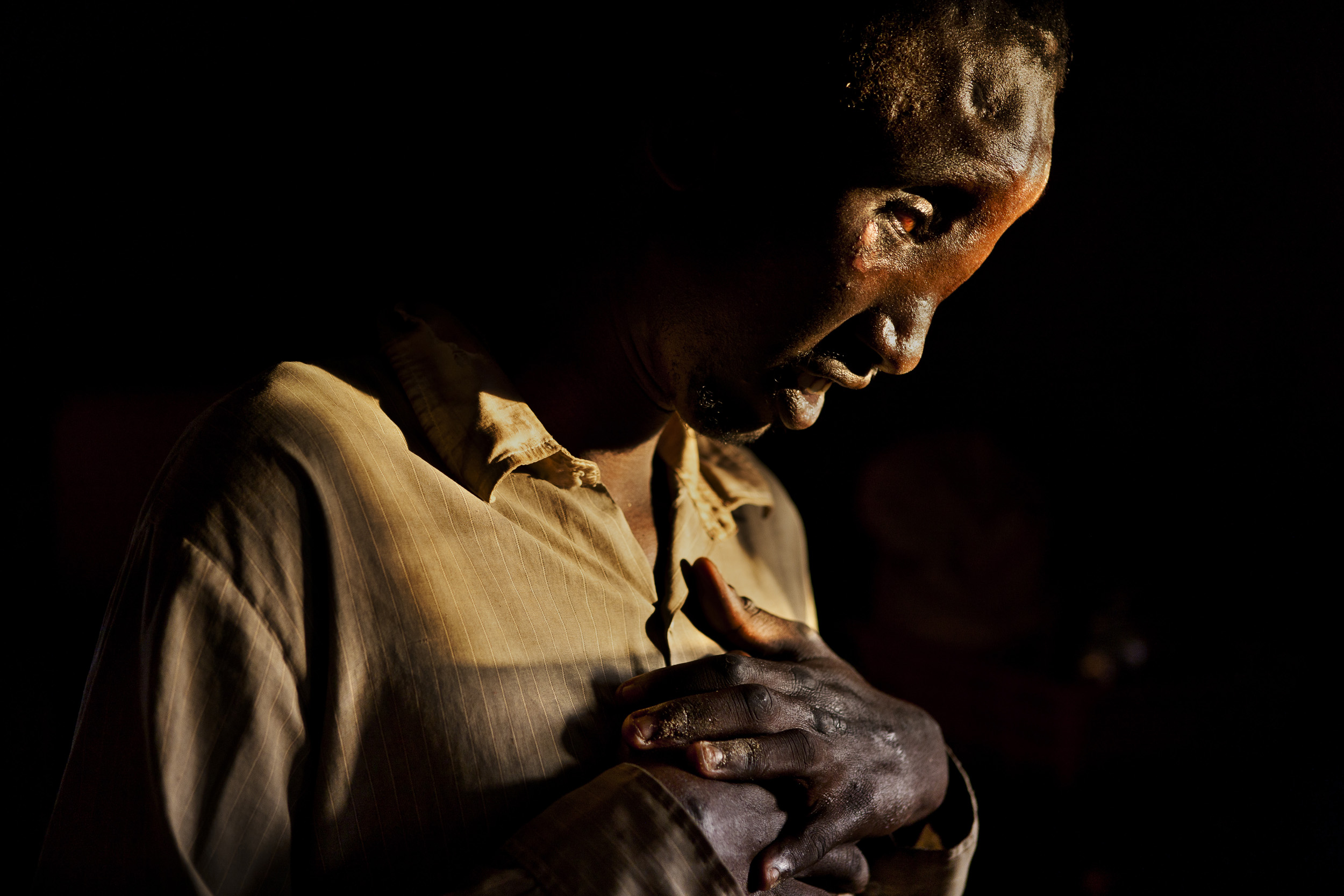



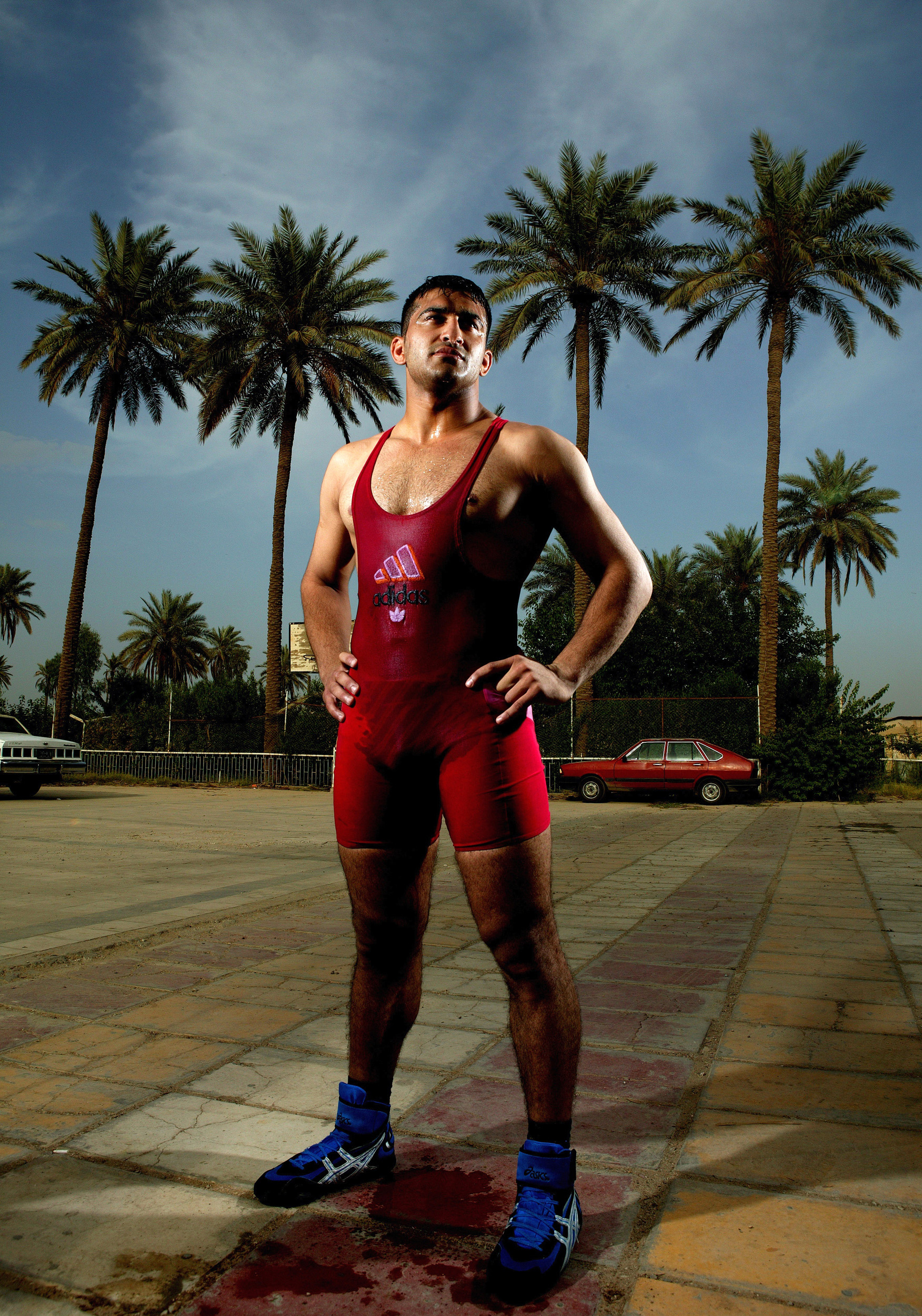




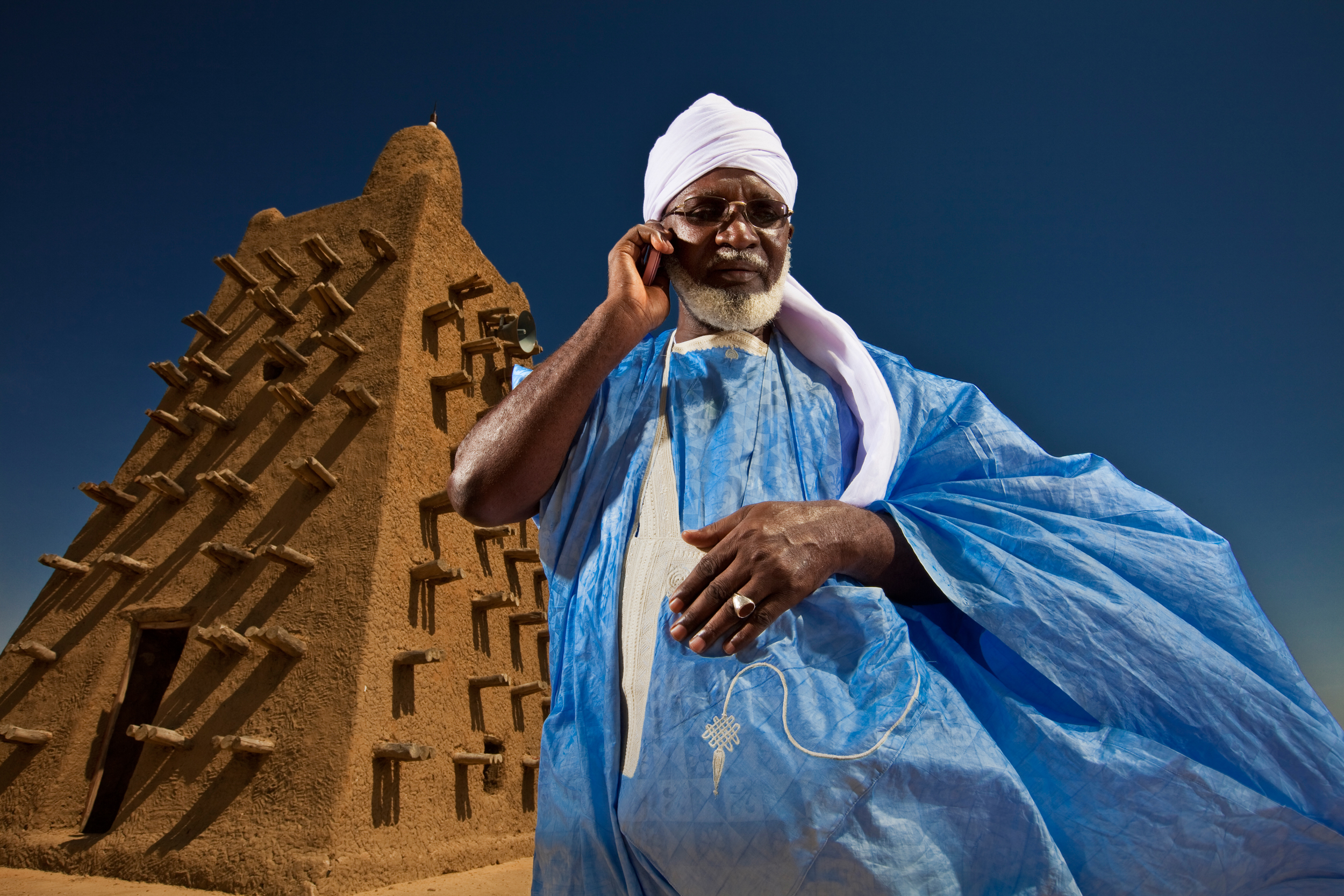
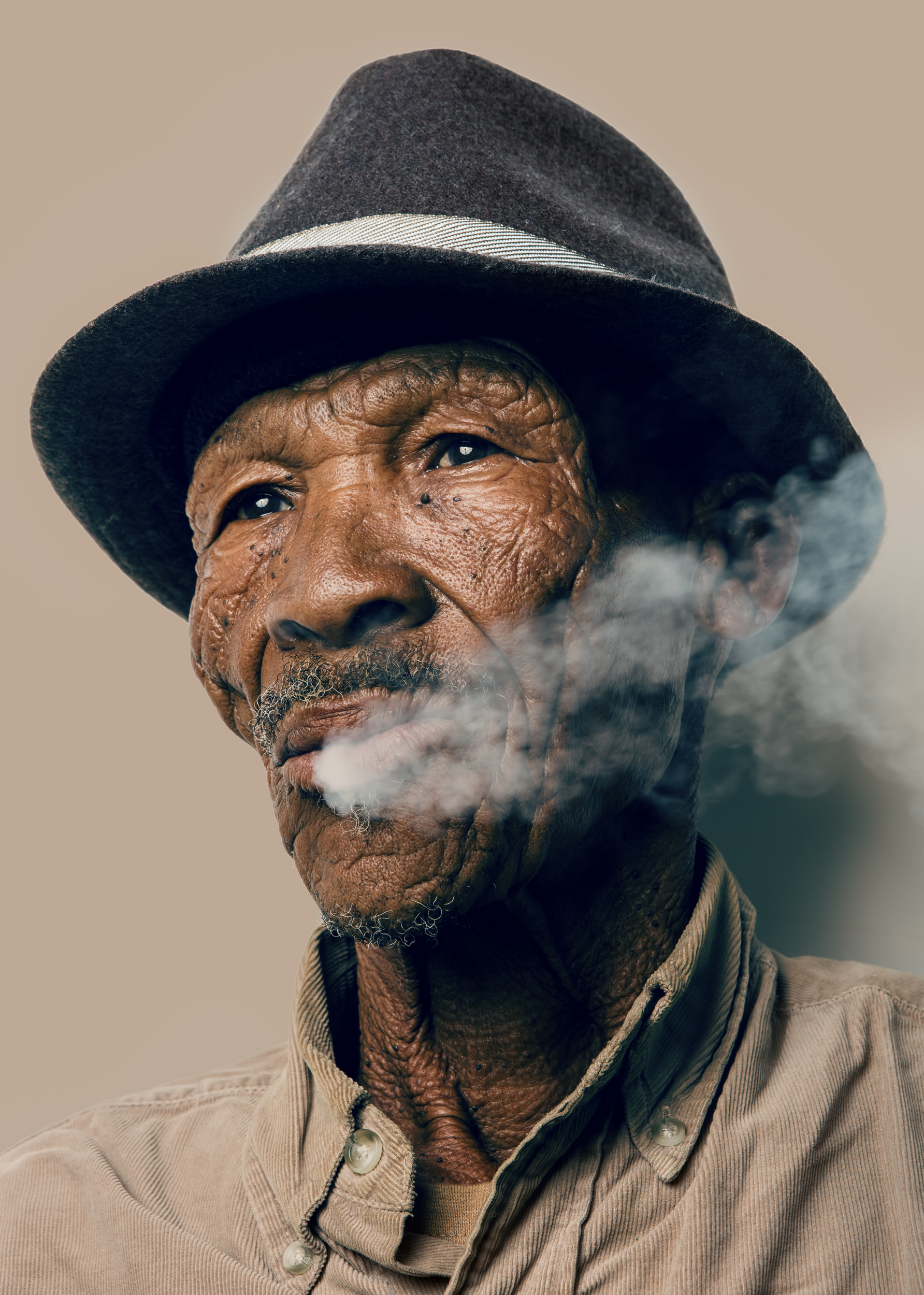
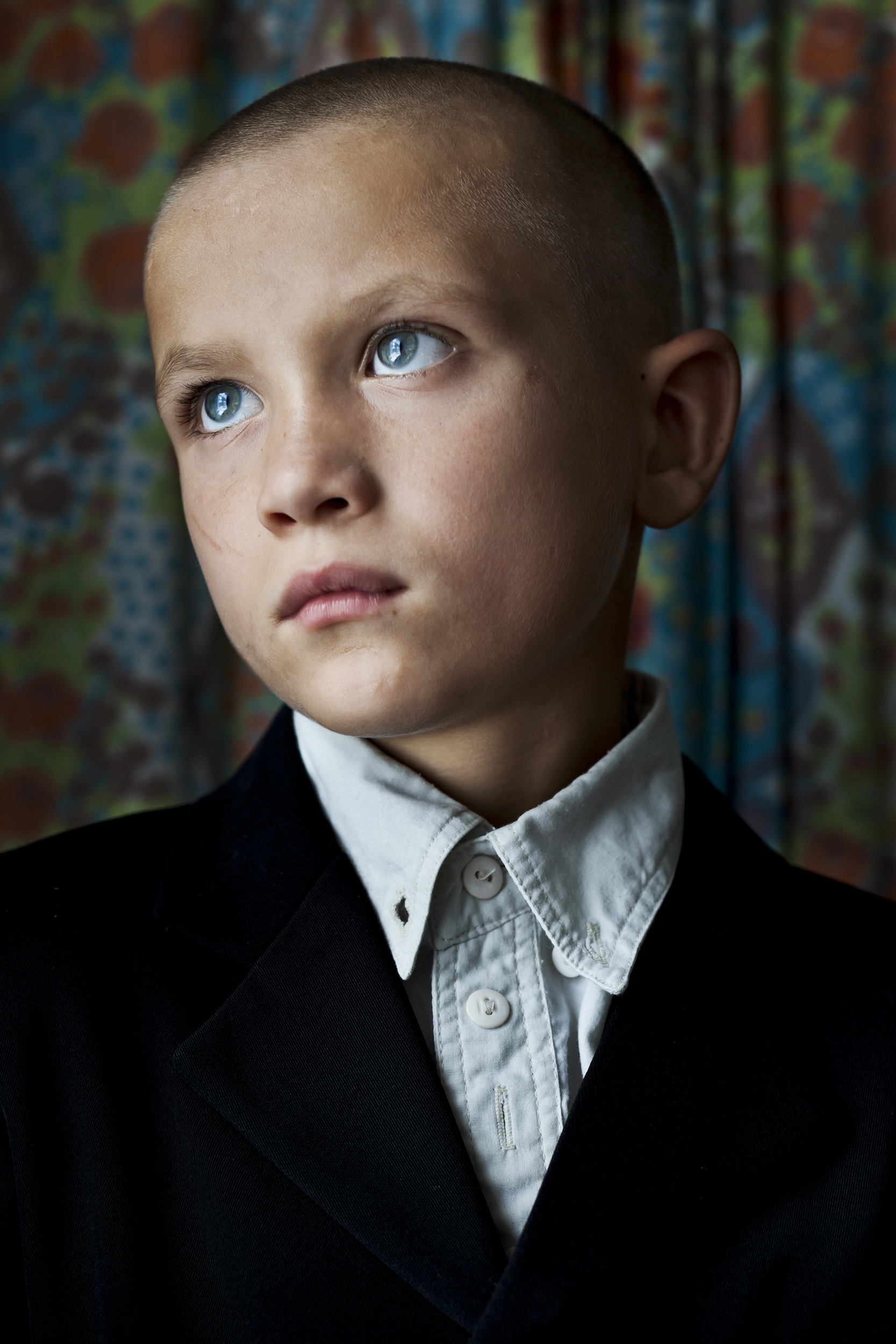
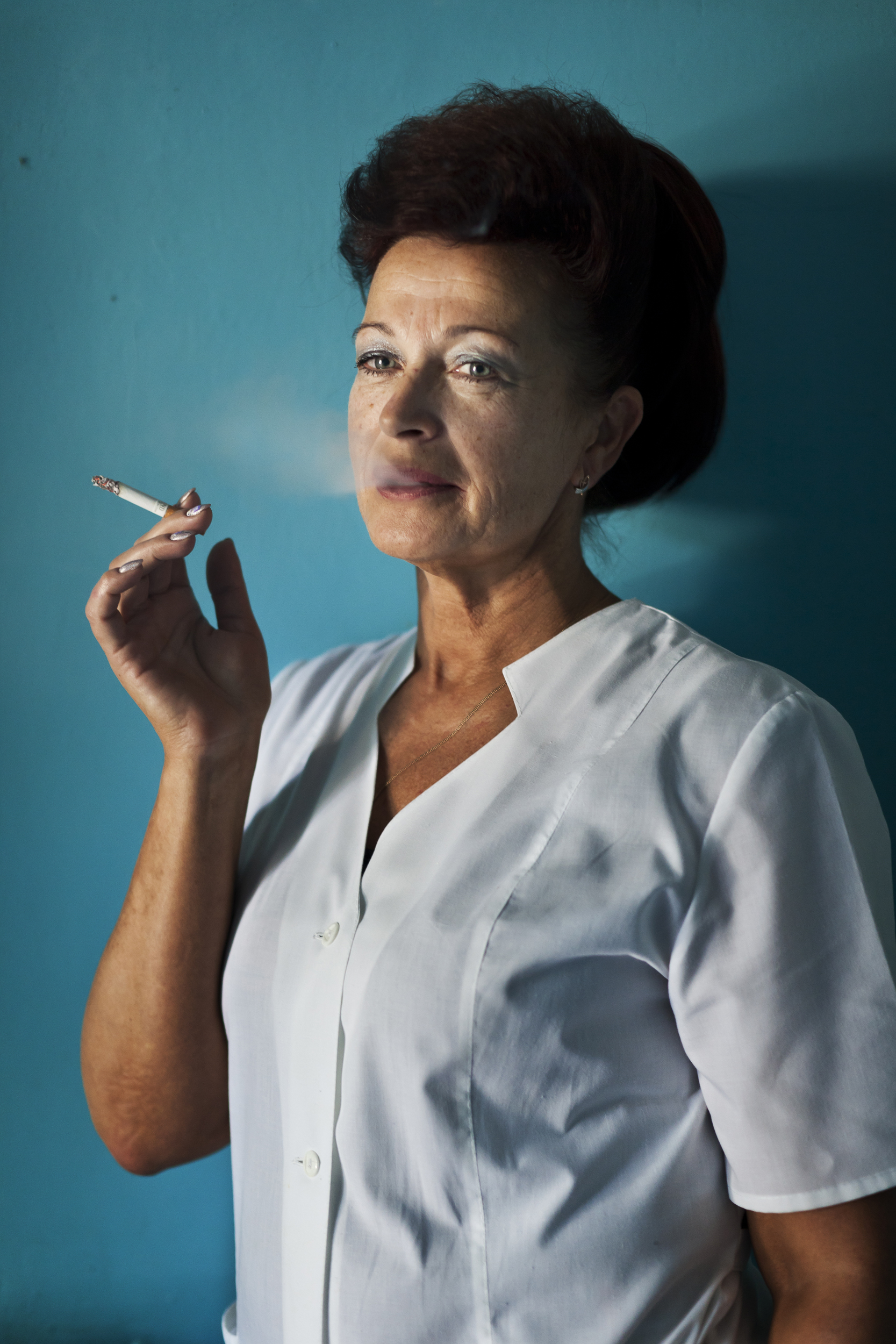
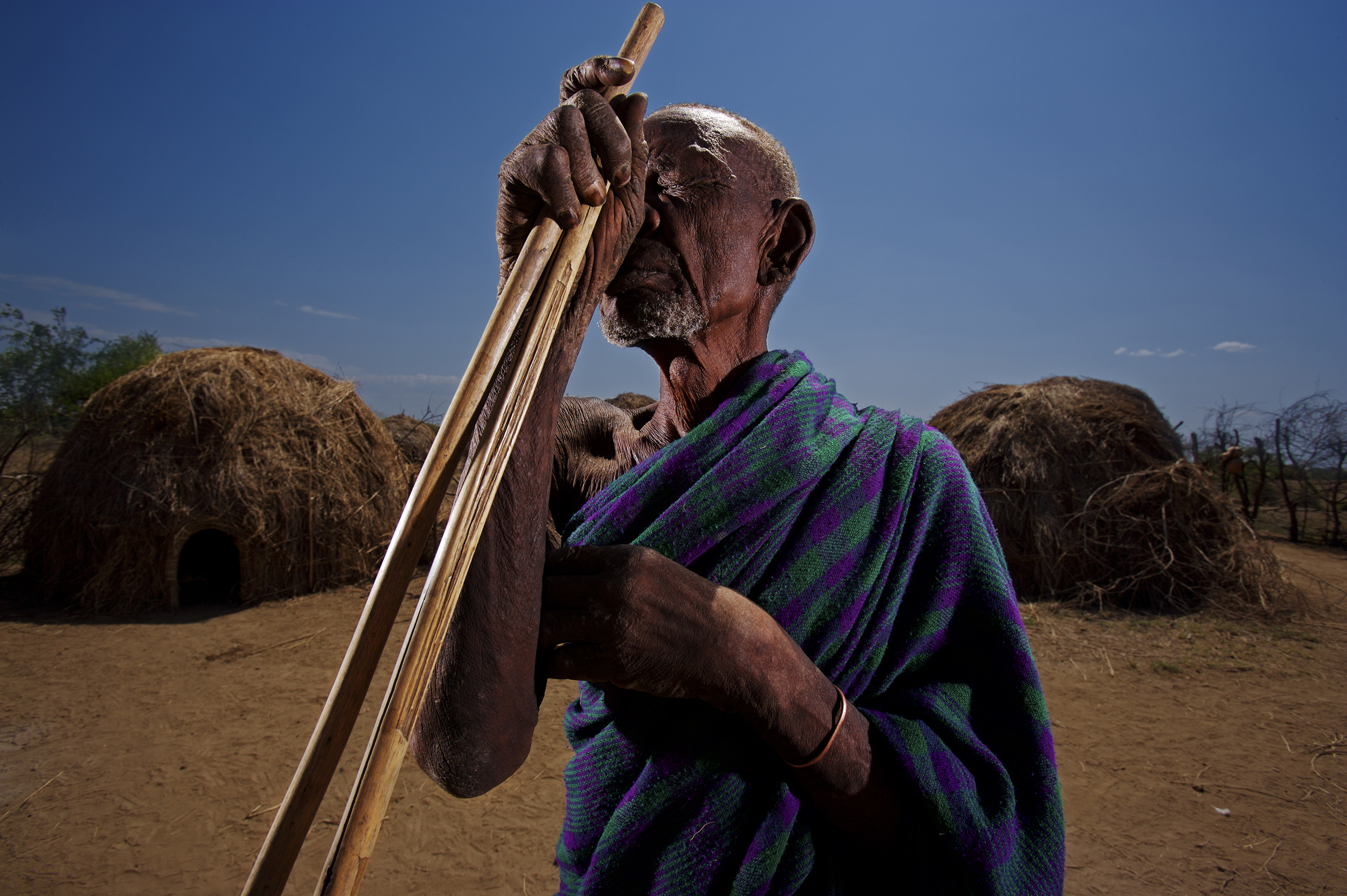
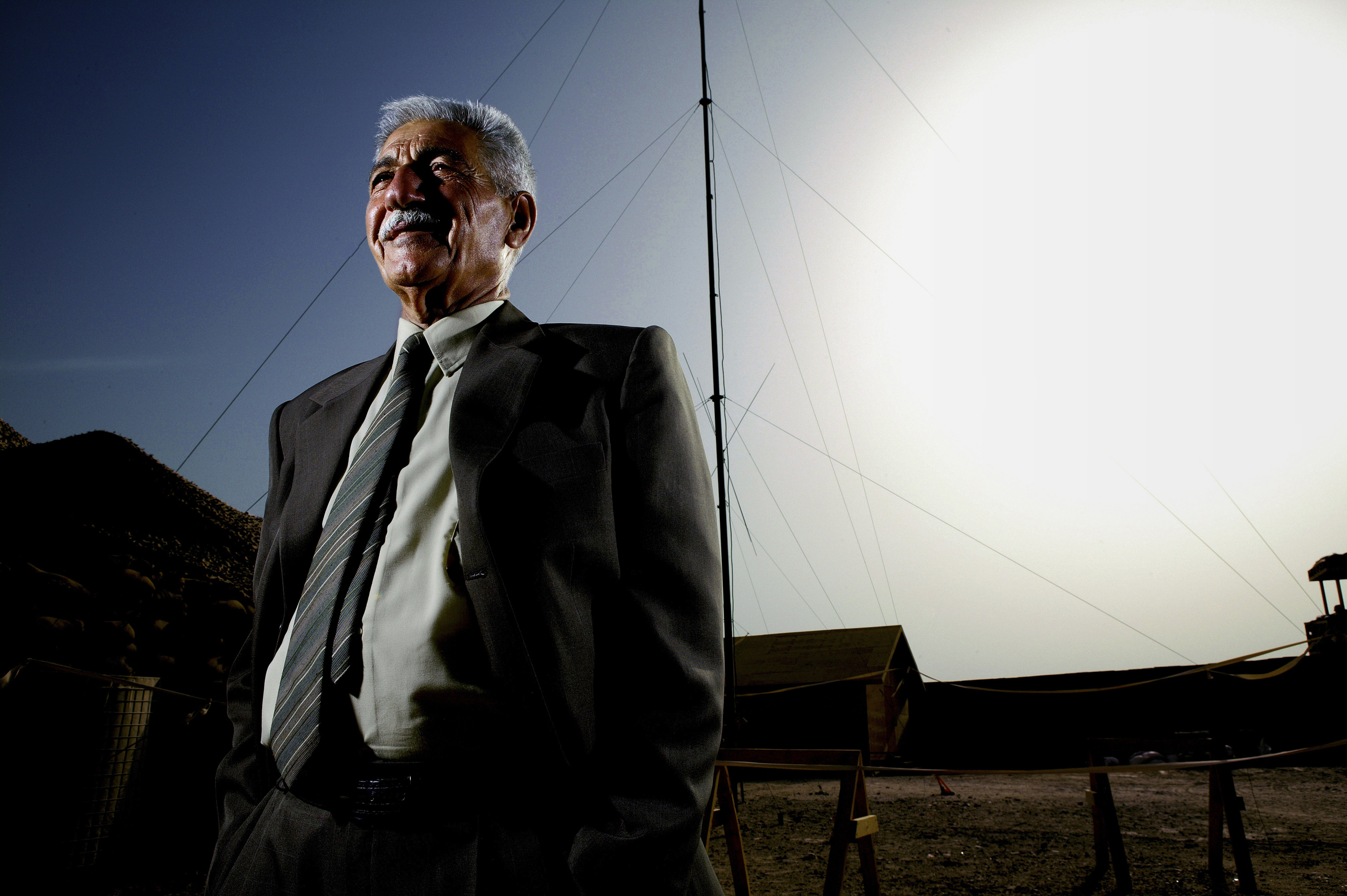

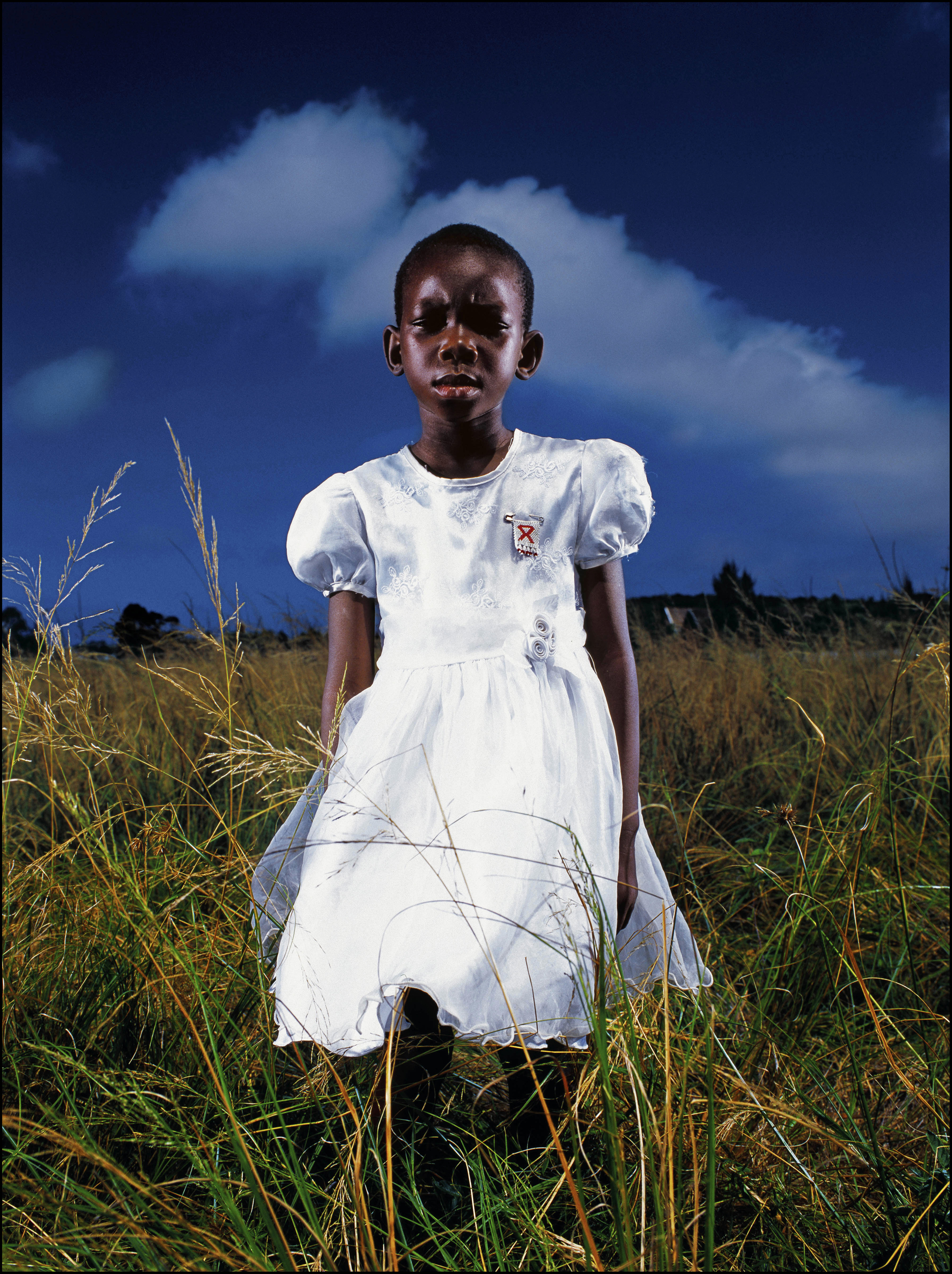
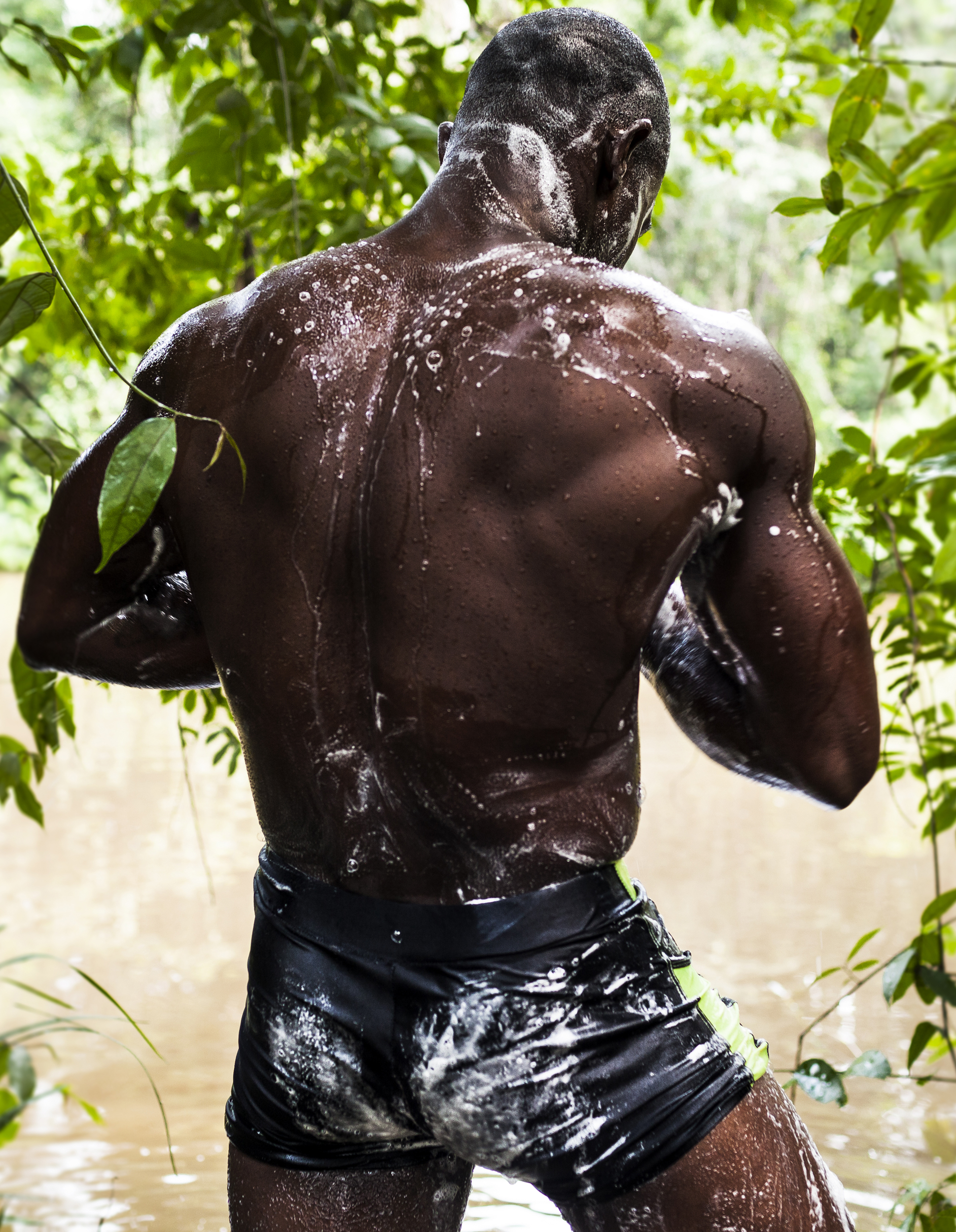
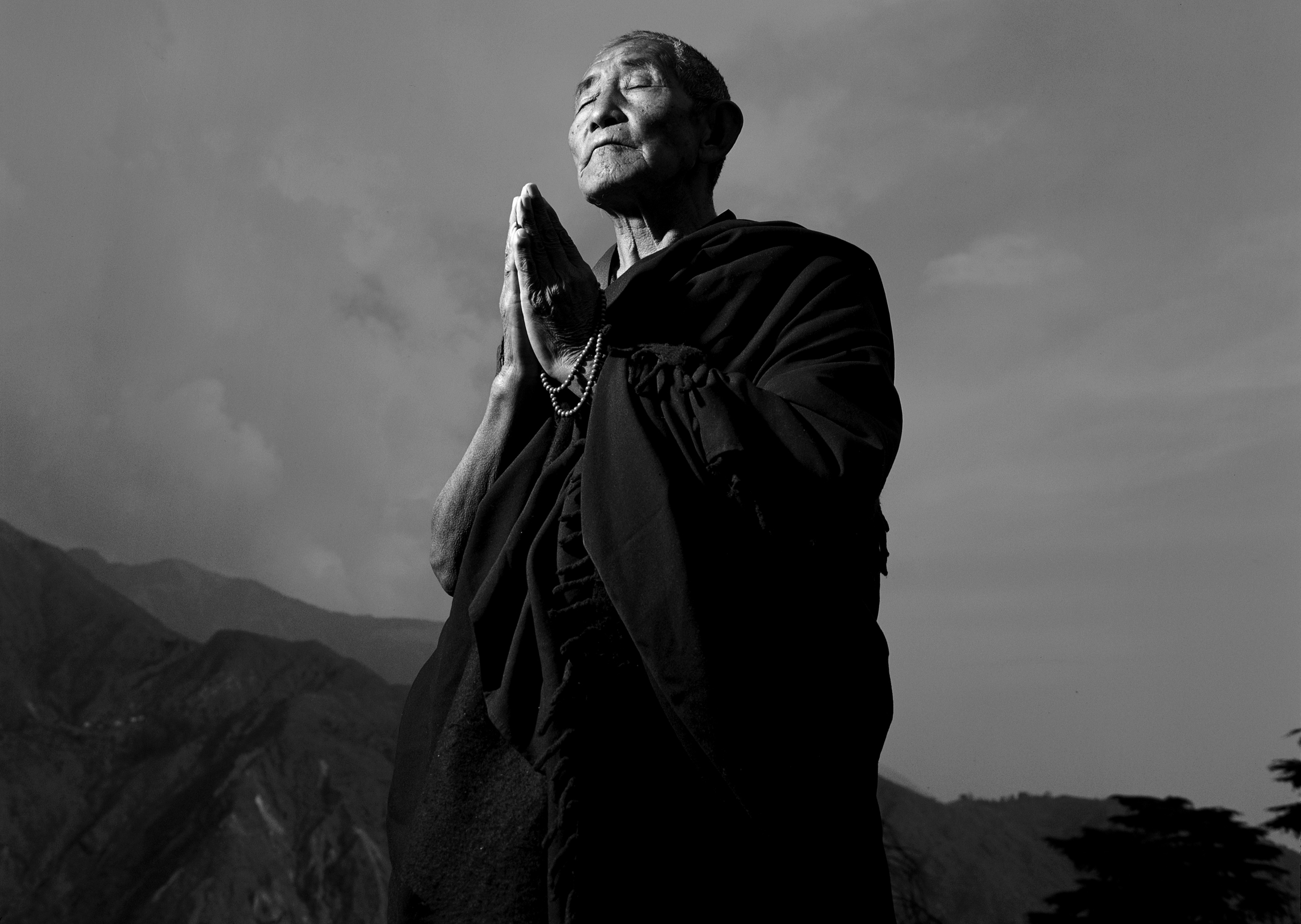


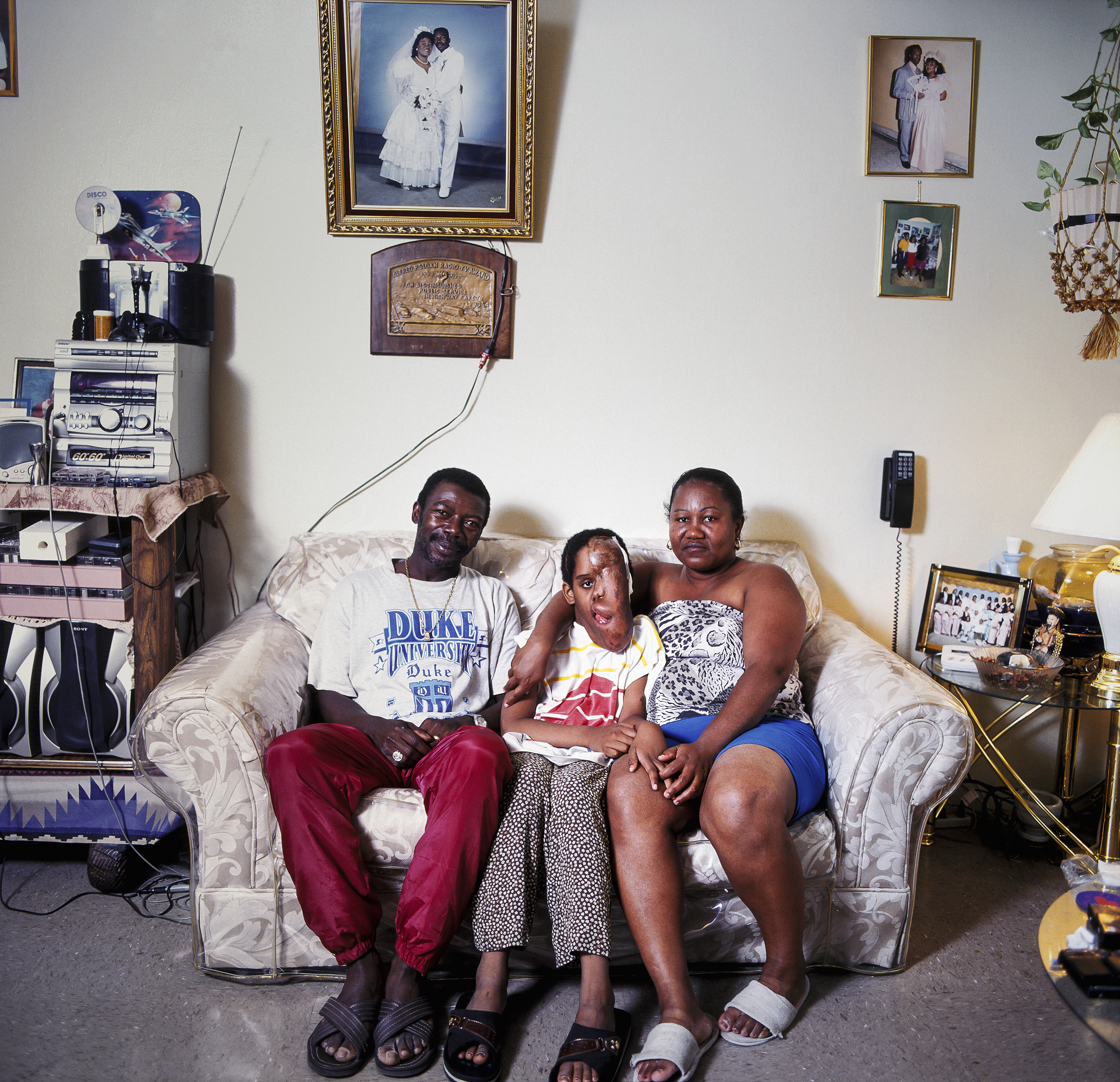
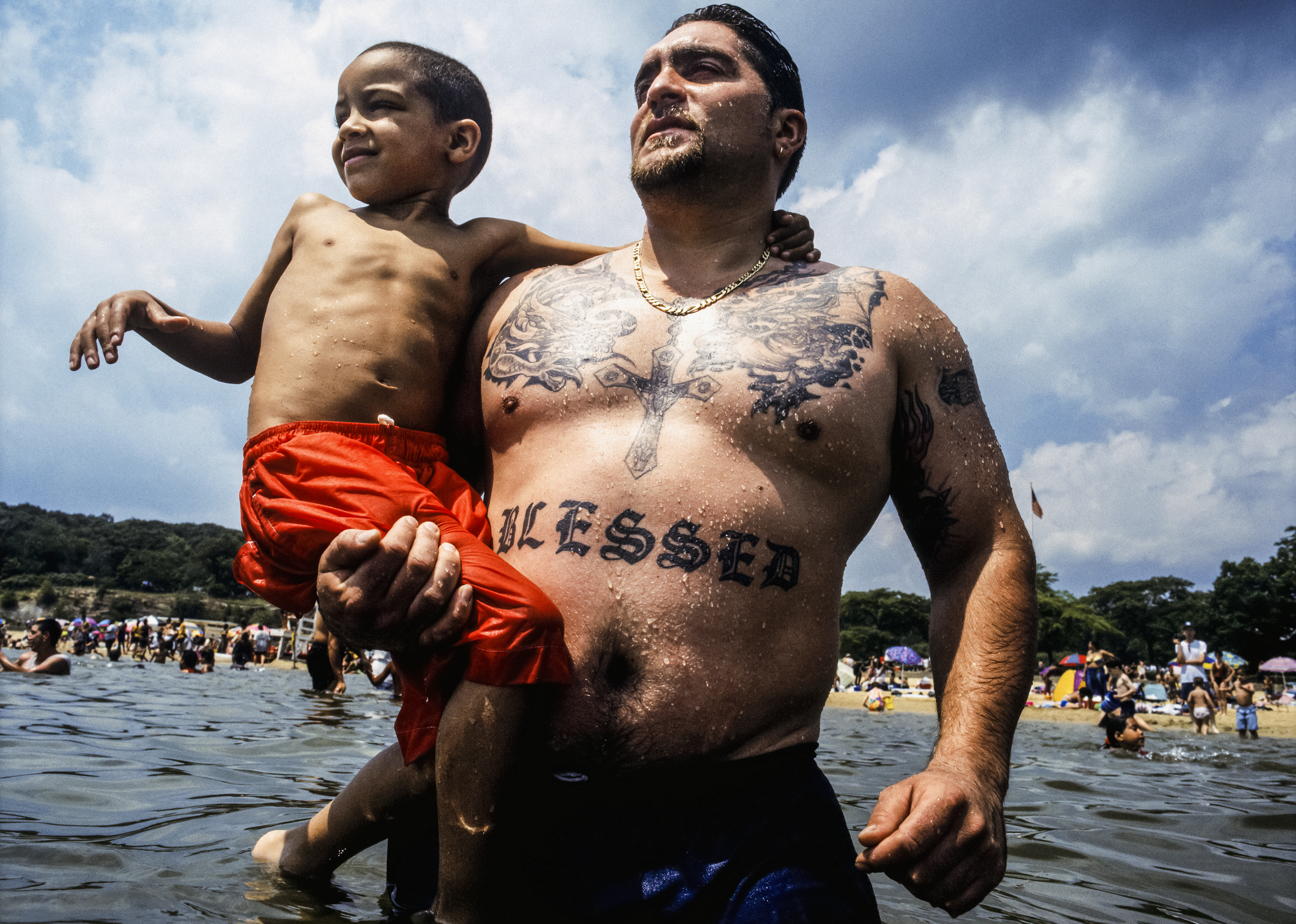

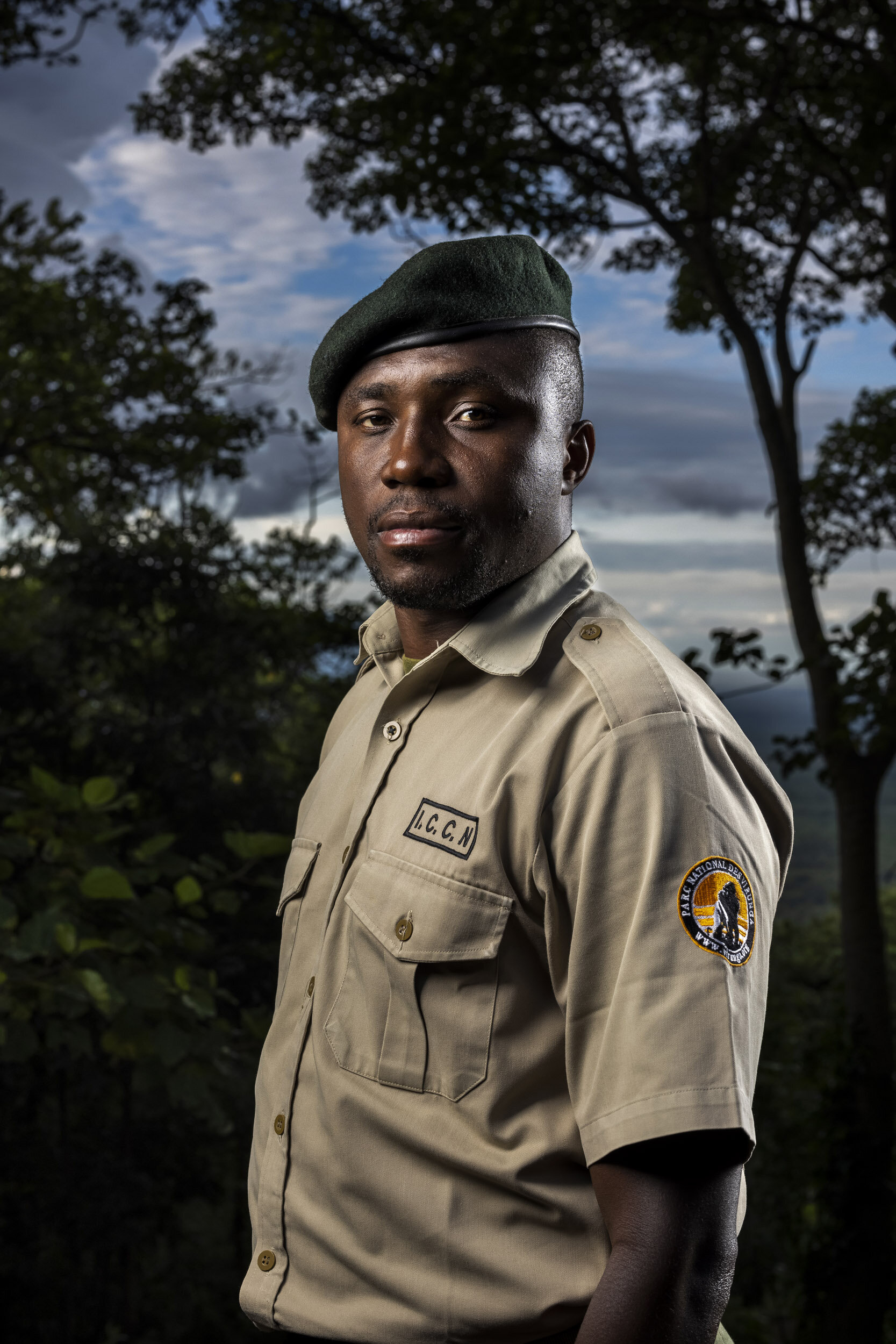
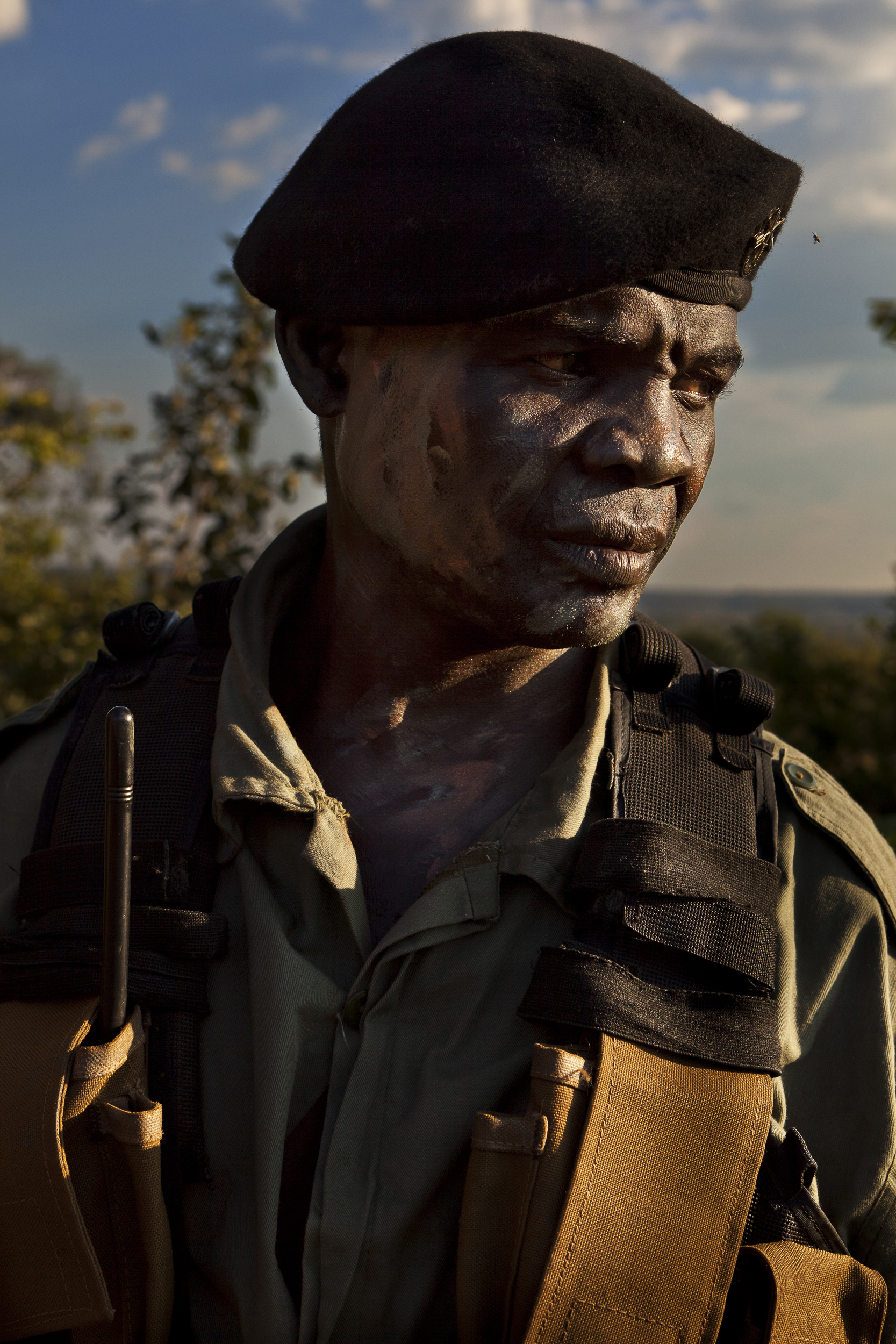
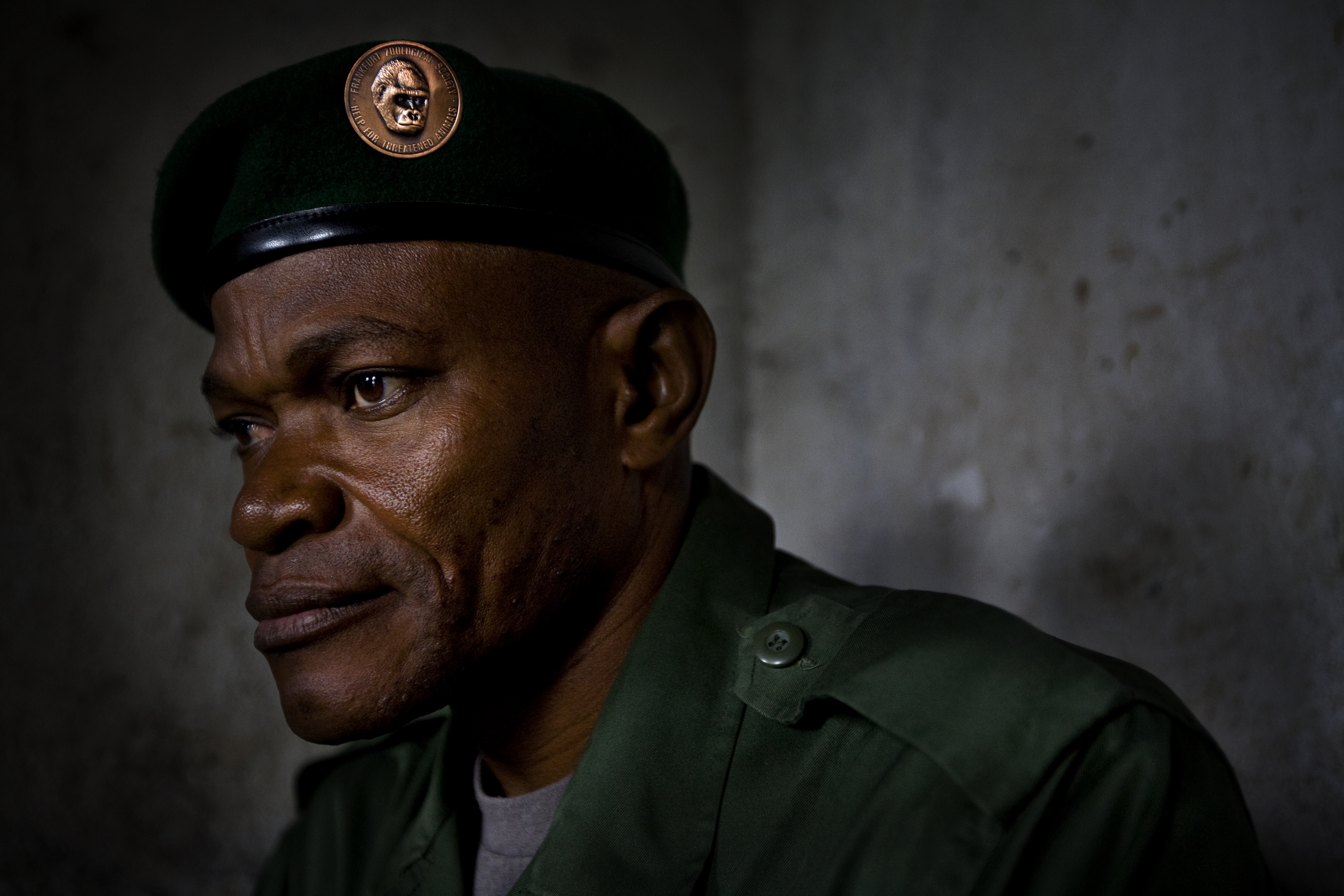

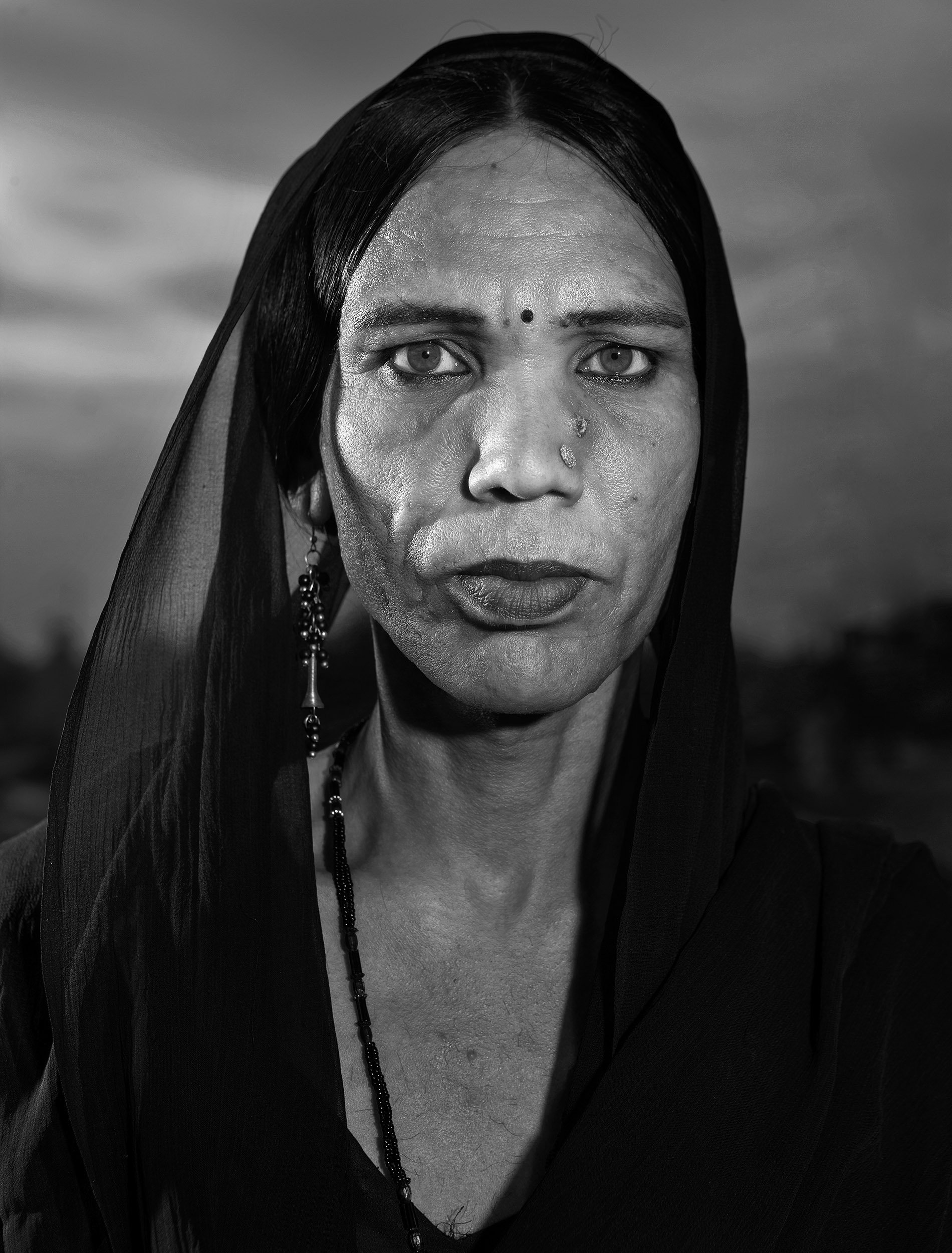

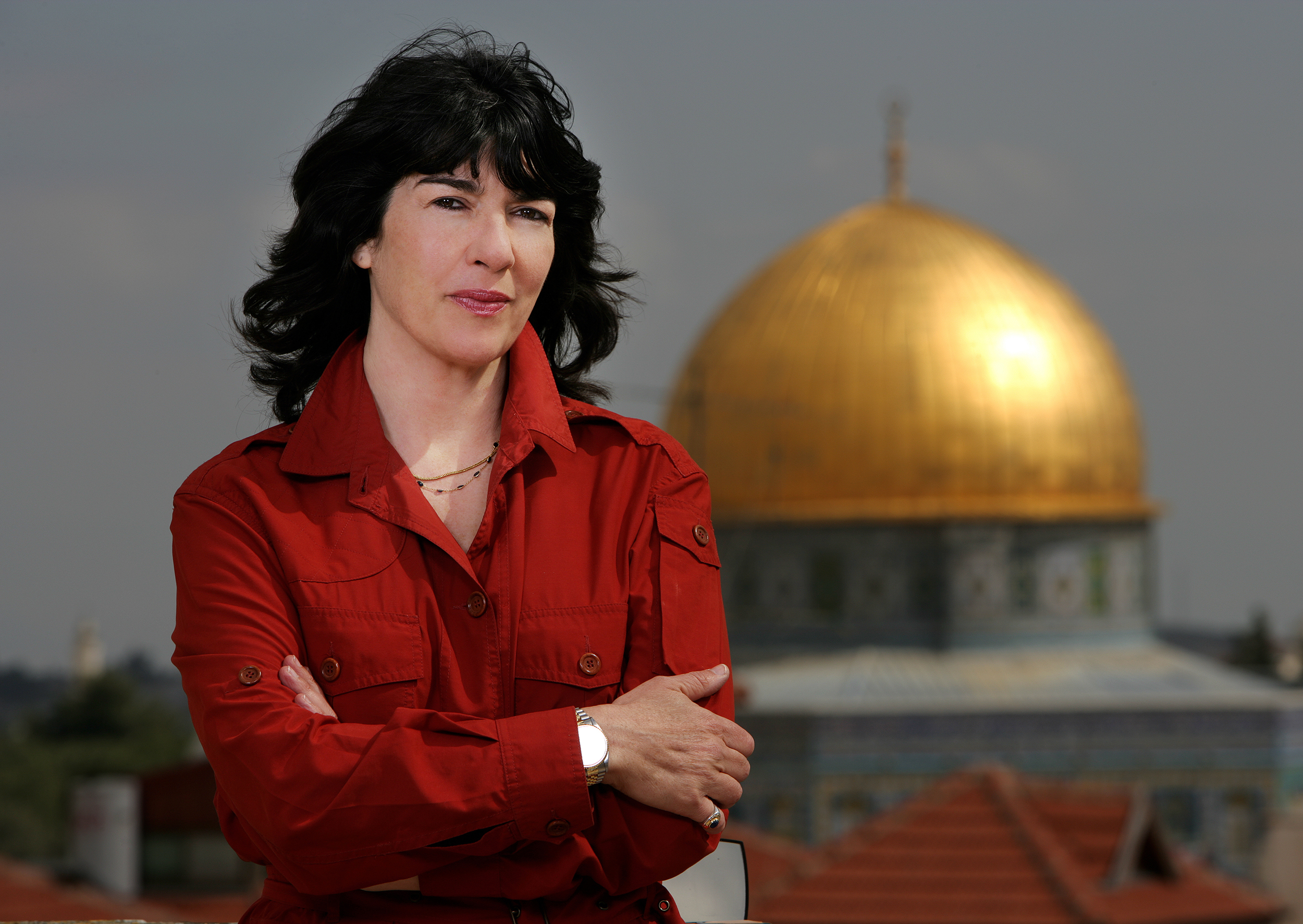
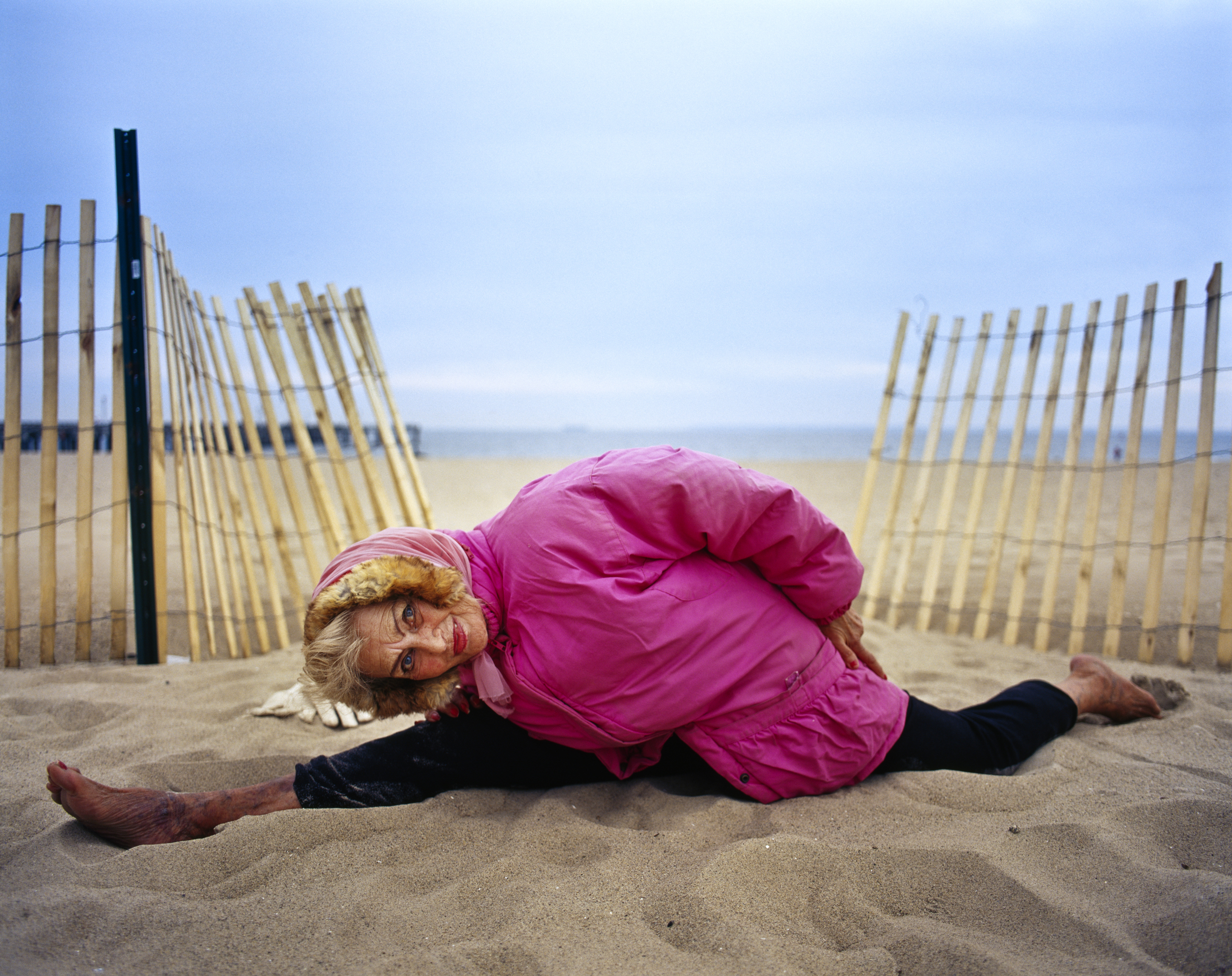
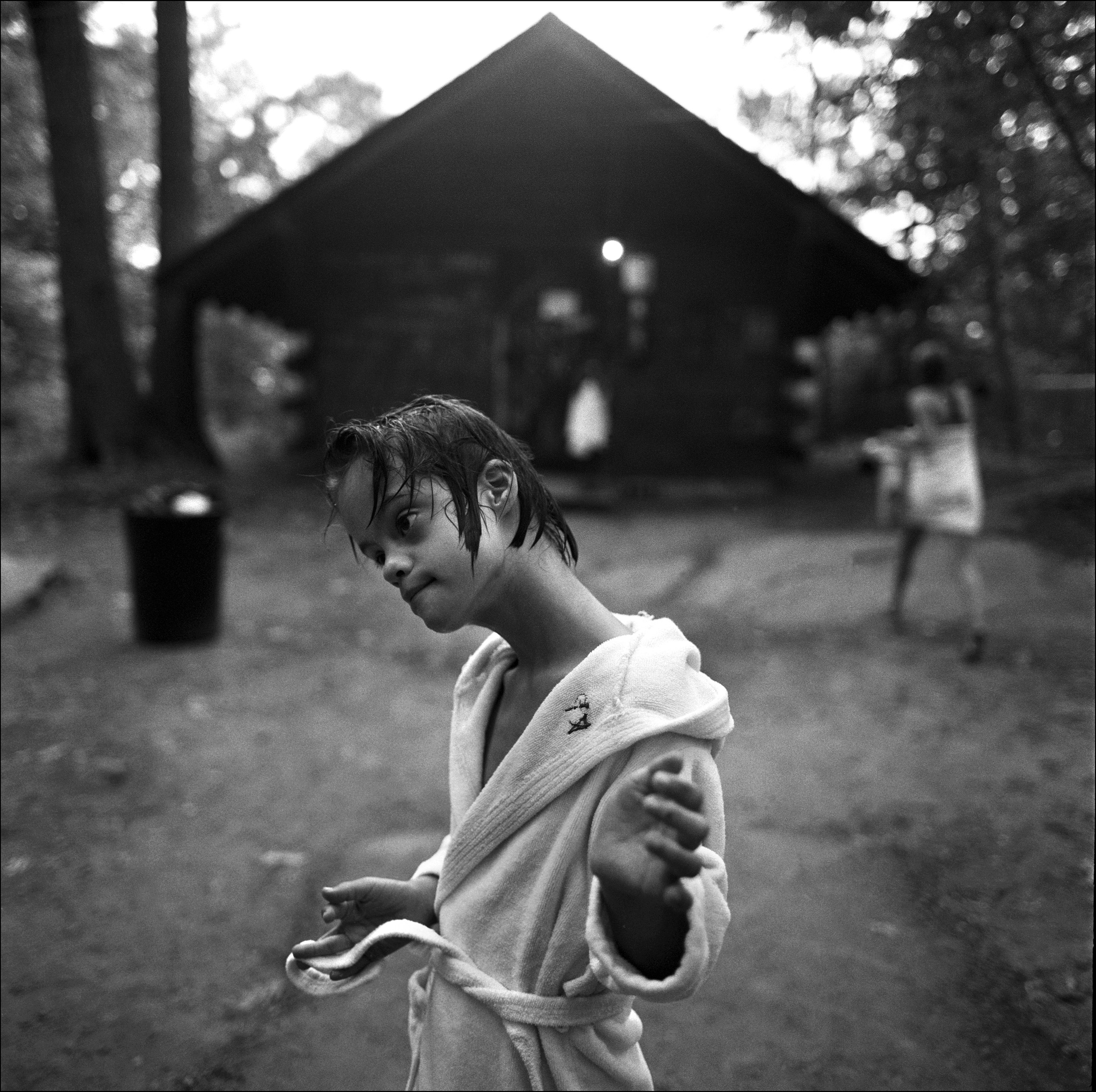
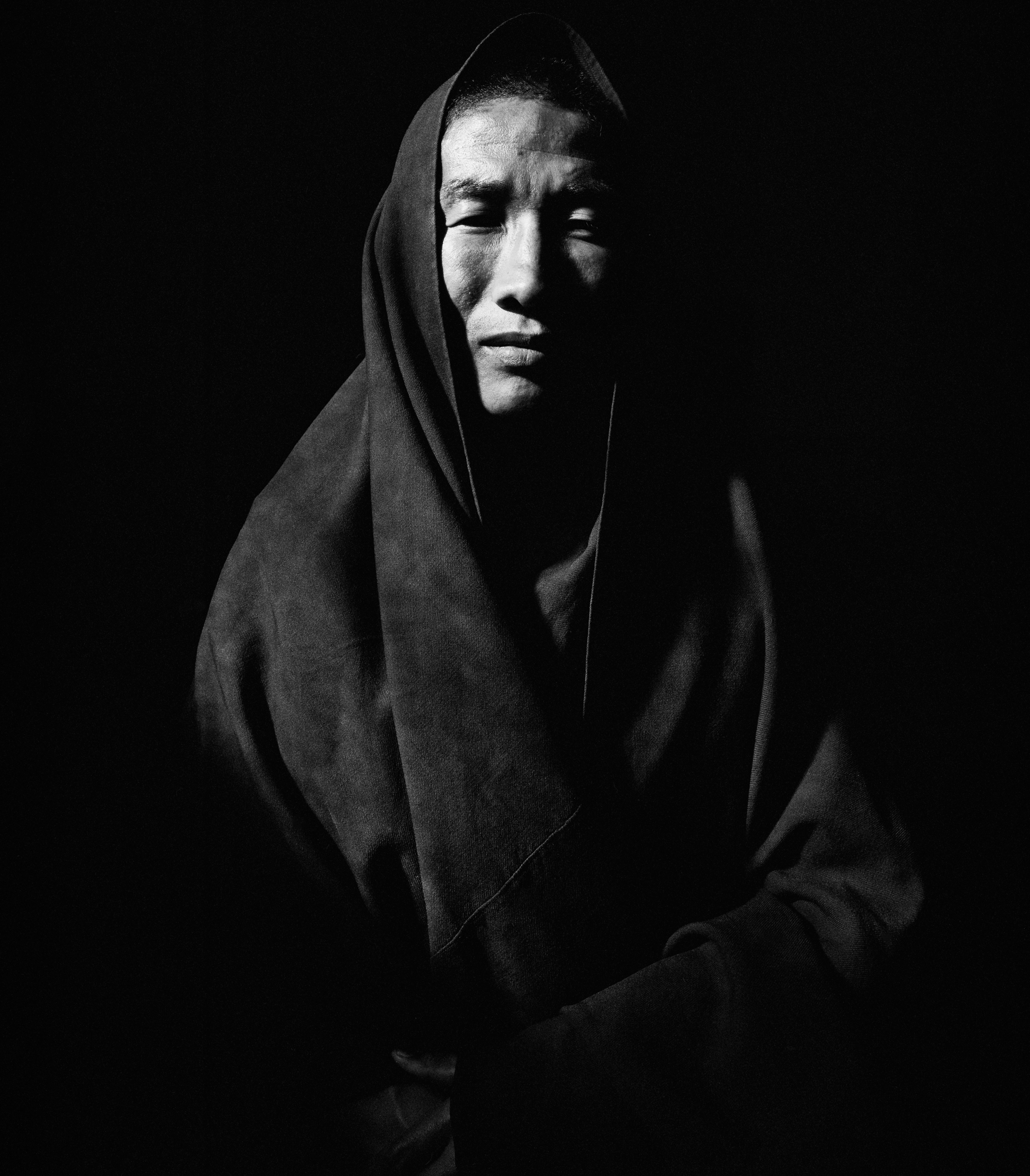

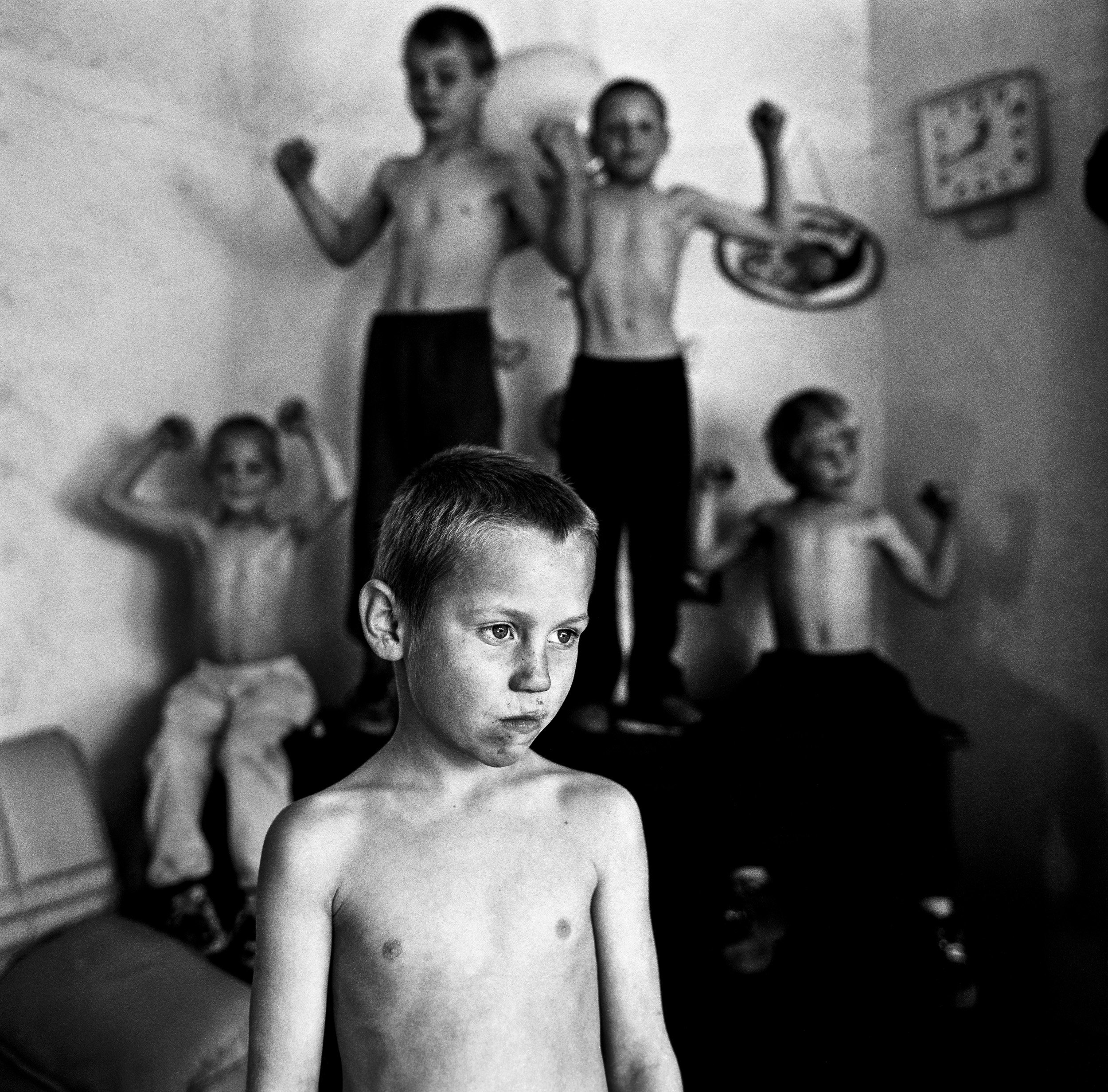
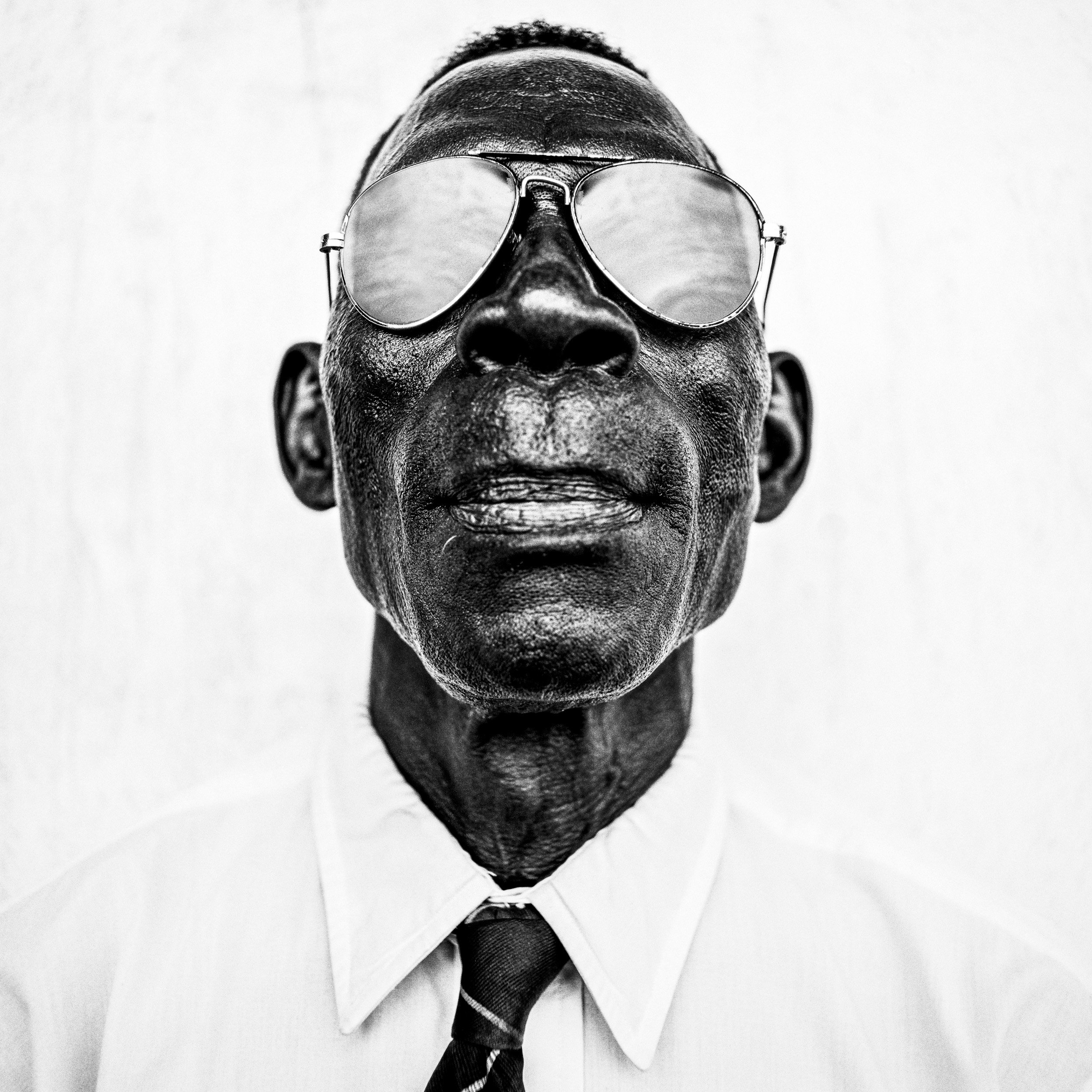
BEFALE, TSHUAPA, EQUATEUR PROVINCE, DEMOCRATIC REPUBLIC OF CONGO, 23 APRIL 2021: Henriete Bakete Wanda, 13, waits in an isolation room at remote Befale hospital to be treated with antibiotics for an infection of Monkeypox. Henriete is very fortunate that her mother knew the symptoms, brought her to the hospital early and could afford treatment. She is also fortunate that she lives in the same village as the hospital, ensuring that she could access treatment before the virus fully takes root and the tell-tale lesions appear on her body. In this rare case, early intervention has saved Henriete from possible death or long-term health complications. Monkeypox is first passed onto humans when an infected primate or rodent is eaten. Once that human is infected, they are highly contagious and multiple infections at a village level are common. In most cases, the remote rural poor cannot afford the medicine or the travel and expense of going to the nearest rural hospital. That hospital may also not have the necessary antibiotics. Superstition, traditional hunting of bushmeat as a protein source, traditional medicine practices and a failure to social distance all add to the infection rate once Monkeypox comes to a village. (Photo by Brent Stirton/National Geographic Magazine.)
NAIROBI, KENYA, 27 SEPTEMBER 2023: 18 year old Ayan Farah Dahr was born as a girl but identifies as a trans man. When he was 15, he left his home in Mogadishu, Somalia; found his way onto a bus that took him to the Kenyan border and, under cover of darkness, he walked over the Kenyan border and made his way to Nairobi. He did this to escape persecution in Somalia for being who he felt he really was, a boy trapped in a female body that felt male to him. When he finally got to Nairobi, he slept rough outside the headquarters of UNHCR because he had heard that the UN offered resettlement programs for persecuted LBGTQIA people. In Somalia, his family had him arrested for dressing like a boy, they said he was a bad influence on girls. When he got to Nairobi, he tried to get a job in the Somali district of Eastley, there shopkeepers grabbed him and stripped him to find out what he was. Ayan was deeply traumatized by that and he finds it difficult to leave the safe house he's finally in, provided by the Refugee Coalition of East Africa, who try to care for LGBTQIA youth who had to flee their homes for their own protection. Ayan waits now to hear if he will be resettled, he hopes in America, a process that could take many years. (Photo by Brent Stirton/Getty Images for GEO magazine.)
NAIROBI, KENYA, 30 SEPTEMBER 2023: Trans women Olivia and Pretty are seen on the weekend in a local hotel swimming pool close to their safe house, this is one of the very few places where they can risk being themselves when no-one is watching. Olivia is sick and living in a refugee camp and Pretty plays an almost maternal role in their relationship. They are seen comforting each other in a rare moment of public spontaneity. This kind of display of affection would draw negative attention in almost all of Kenya and the police would likely be called. Both of these trans women have refugee status but the perception of homosexuality would almost certainly lead to arrest and extortion. Olivia is a trans woman who fled harsh anti LGBT laws in Uganda and has lived for the last three years in vulnerable conditions in Kakouma refugee camp in the north of Kenya. She is photographed in a safe house for trans women in Nairobi, where she is visiting Pretty. Olivia is in Nairobi because she is sick and cannot be treated for her condition in Kakouma. Pretty is a make-up artist and fellow refugee. Pretty has been waiting five years for her resettlement status from the UN agencies. (Photo by Brent Stirton/Getty Images for GEO magazine.)
VIRUNGA NATIONAL PARK, DEMOCRATIC REPUBLIC OF CONGO, JANUARY 25 2015: Emmanuel De Merode, head warden of Virunga National Park, is seen in the Southern sector headquarters of Rumangabo with two of his permanent bodyguards. De Merode has worked inside Virunga since 1992 and has been present for all the trials and tribulations of Virunga since then. He has been head warden since 2008. He has negotiated with two major Rebel groups to keep access to the mountain gorillas of the region, he has dealt with the deaths of more than 170 of his Rangers. He has been a conservation visionary in securing funding to continue the running of Virunga and pioneered the building of sustainable hydroelectric projects to win the hearts of local communities and stave off the threat of oil exploration. De Merode was shot four times last year by three unknown men who are either linked to the FDLR rebel group or to Soco oil, a British oil compnay De Merode has been campaigning against. He was back in the park a month after he was shot despite warnings about his health and his safety. De Merode continues to spearhead the global campaign to protect Virunga, beloved by his men and one of the most respected conservation figues in the world.
PARIS, FRANCE, 30 November 2023: Jane Goodall photographed in Paris for Le Figaro Magazine. ( Photo by Brent Stirton/Getty Images)
DOUME VILLAGE, CLOSE TO LASTOURSVILLE, GABON, 29 JUNE 2021: Expert bushmeat hunter Nkani Mbou Mboudin is seen with an antelope he just shot hunting in the forest around his village. This village survives on fishing and bushmeat. Gabon has a sustainable bushmeat culture, largely because of its small population and large protected habitats. (photo by Brent Stirton/Getty Images for FAO, CIFOR, CIRAD, WCS)
In South Africa the term ‘Coloured’ is used without offence and refers to five million plus people who have multiple heritages. One of the most traumatic events to happen to the coloured nation was the 1968 forced removal of more than 60,000 Coloured people from District 6, a traumatic decision by the Apartheid government that displaced people from their homes and business in the heart of Cape Town over to the Cape Flats in townships like Hanover Park and Mitchell’s Plain. This destroyed their economy, deeply affected extended family and threatened social order within the Coloured community. Gang culture and other forms of resistance emerged. Today, many Coloured people feel that after democracy came in 1994, they were once again thrown away by the ANC government, who many feel prioritized blacks over Coloureds. Today the murder rate in Cape Town averages 10 per day, many of those on the Cape Flats. The drug trade is a mainstay of gang income and there are thousands of addicts. Intergenerational trauma is a strong feature for many Coloured familes on the Cape Flats. That said, there are many successful Coloured people all over South Africa. One of the most significant movements amongst Coloured people today is recognition of their identity beyond the classification first given them by the British and then cemented under Apartheid. This section of the Coloured nation wants to be identified as Khoi and connected to the First People of South Africa. First image: Trevor Alexander Classen, 60, is supposedly the longest serving prisoner in South African history. Trevor feels today that the forced removal of coloured people from District 6 in Cape Town from 1968 was a huge factor in creating a territory mentality in coloured people in the Cape and subsequently laying the foundation for gangs across the Cape Flats. He says it was a case of “you say we are bad, let us show you how bad we can be.”
PETERSBURG, SOUTH AFRICA, 18 NOVEMBER 2016: Barend Pienaar, a self-described patriot of the Afrikaaner nation, stands amongst crosses symbolizing dead farmers killed in farm attacks litter a hillside close to the highway near Petersburg, South Africa. Pienaar is one of the people involved in creating this monument and an ardent self defence advocate for farmers. He has been called a racist for his thinking but he sees his thinking as necessary for white self-preservation. Formerly a member of right wing organizations he now sees the farmers in South Africa as going from attempted self-determination to self-preservation. Pienaar is part of a network of over 1000 community protection participants country wide and is a key figure for farm defence in his region. Official government figures say that close to 4000 white farmers have been killed since 1994 in South Africa. Agricultural and farmer organizations say that number is much higher and believe that the attacks on farmers are not only about criminal opportunism but that there is also a political motive. The number of farmers in South Africa has dwindled steadily from around 105 000 in 1994 to around 35 000 today. Farmers in these isolated areas have received very little support from the police and have formed community protection groups to try to curb these attacks. Many of the attacks are particularly brutal, with rape and torture the norm. There are also many incidents where the murderers take little; killing seems to be the motivation. There has been a steady rise in anti-white sentiment in South Africa since the death of Nelson Mandela. The Economic Freedom Front Party, a right wing black party who’s leader Julius Malema has regularly used hate speech against the white population, is publicly talking about throwing whites off their land and given it back to the blacks. This is historically inaccurate and is an attempt by Malema to mislead a naïve and ignorant black following for personal gain. Malema has on
RUPUNUNI RIVER, GUYANA: Herman Phillips, 63, has lived his whole life in the Rupununi region bases on a subsistence existence. He believes that is his natural right as an indigenous person in the Rupununi. He fishes uses his bow and arrow, nets and lines and he hunts in the forest. This is how he has fed and clothed his 8 children and he would like to see that be an option for them too. Members of the Sustainable Wildlife Management Program, SWM, on a Rupununi River expedition with partners, the South Rupununi Conservation Society. This trip focused on fishing, bow-fishing and local hunting and lifestyles. It also took in the condition of the river and the sidecreeks employed by locals for food and shelter and occasional gold mining prospecting. In the Rupununi region, on Amerindian land, everything is ruled by the village and they control hunting and fishing. In the protected areas, the villages and government partner on these things. The Rupununi Region is located in the southwest of Guyana. It consists mostly of large tracts of primary forest, with about 20% of its land area covered by natural Neotropical savanna and seasonally flooded wetlands. The region has approximately 24,000 inhabitants, including indigenous groups that rely on subsistence hunting, fishing and farming. During recent years, fish populations have declined, and similar trends are being observed for terrestrial wildlife. Studies indicate that hunting-dependent livelihoods are sustainable within indigenous lands. Scenarios highlight the probability of future disruption due to infrastructure development, competition with other more lucrative land uses, climate change, and cultural transformation. While conservation efforts are evolving in the Rupununi, there is a need to foster long-term sustainable management practices. In addition, there is a need to share lessons learnt that may be valuable in other Caribbean and Amazonian countries. The SWM Guyana project is building upon existing strategie
OMARURU, NAMIBIA, 5 November 2015: Gerd Gamanab, 67, is a completely sightless man hoping for a miracle at a blindness camp in Omaruru District hospital in Namibia. He lost his sight to 50 years of farm labour in the Namibian sun and dust, which destroyed both of his corneas. This kind of blindness is the result of living in remote locations with prolonged exposure to fierce elements and no eye care anywhere nearby. A lack of education as to what was happening to his eyes also allowed this to occur. These camps are held all over Namibia and cater to sections of the population that do not receive regular eye care, mostly as a result of poverty. The applicant are screened and if the diagnosis is a mature cataract, they are selected as candidates for a simple operation which in fifteen minutes lends signicant sight to their world. The cataract is removed by a surgical vacuum and a new lens in inserted. Bandages are removed the next day and in most cases a real improvement in vision is the result. (Photo by Brent Stirton/Reportage for National Geographic Magazine.)
Charlie Sexton outside rehersals, Austin, Texas
Democrat supporters who travelled from Texas to support Stacey Abrams at the end of a rally led by Kamala Harris
NATIONAL GEOGRAPHIC: TIMBUKTU, MALI: Darhamane Moulaye Haidara, a scholar of ancient manuscripts in the city of Timbuktu.
DUBAI, UAE, SEPTEMBER 24, 2017: Sheikh Butti Maktoum Bin Juma, a senior member of the Dubai Royal family, is seen inside the foyer of his home in Dubai. He is holding his favourite Gyr Falcon and is surrounded by other high end falcons that were bred especially for him. The mural behind him depicts his sons Rashid and Maktoum in the desert with falcons. Sheikh Butti is the first UAE falconer and likely the first Arab to ever train and hunt with a captive bred bird, a Gyr falcon that became famous across the region twenty years ago. He altered perception about what was possible with captive breeding and the performance of his falcons helped to win the argument for the superiority of captive-bred hybrids and purebred falcons. There has been a careful refining of genetics by master breeders like Howard Waller who have created a whole new class of falcons that have become the birds of choice in the Emirates. They are housed in special air-conditioned facilities where they can resist the high temperatures of the desert. Most training for hunts and racing is done in the very early morning, when temperatures are low and the birds won’t suffer heat exhaustion. The birds travel in air-conditioned vehicles with special perches to and from the training grounds. The higher echelons of the UAE falconers literally spend millions of dollars on housing, training and caring for their falcons. There are a number of falcon hospitals across the UAE that cater exclusively to the welfare of these birds. Expert international veterinarians staff these hospitals and birds are cared for at the same level as people. Falcons were severely threatened 50 years ago by the advent of chemicals like DDT, the Arab world has been at the forefront of restoring falcon populations and it is the Arab world that is the epicenter for breeding and the largest client for these birds. This resurgence has elevated Falconry to Intangible Heritage status by Unesco. (Photo by Brent Stirton/Verbatim for National
Jericho Brown, Pulitzer Prize winner for Poetry, 2022.
PANTANAL, BRAZIL, 23 MAY 2022: Seul Celso Rondon de Arruda is 67 years old, born and raised in Pantanal. As a cattle rancher, Seul Celso owns 800 cows and 14 horses. The first six months of 2022, he lost 40 calfs because of jaguar attack: each calf killed equals a total loss of 600 euros (if its a male) and 400 if its a female. According to him, 2022 is a particularly bad year: on average, the amount of calf lost to jaguar attacks each year reached 20. He acknowledges that a strong jaguar population is a good thing for the Pantanal as it draw tourists to the area and boost the construction of lodges and hotel. But in the same times, jaguars become more accustomed to the presence of humans and thus become more reckless. He bares no grudjes toward hotel owners and the people from the tourism industry, but his opinion is that cattle ranchers should be compensated for the loss of cattle - by the governement or the hotel owners, he does not say. (photo by Brent Stirton/Getty Images for Le Figaro/Rocher Foundation.
PHUNDUNDU WILDLIFE AREA, ZIMBABWE, JUNE 2018: Specially selected women from an all female. conservation ranger force undergo sniper training in the bush to curb poaching. Akashinga (meaning the ‘Brave Ones’ in local dialect) is a community-driven conservation model, empowering disadvantaged women to restore and manage a network of wilderness areas as an alternative to trophy hunting. Many current western-conceived solutions to conserve wilderness areas struggle to gain traction across the African continent. Predominately male forces are hampered by ongoing corruption, nepotism, drunkenness, aggressiveness towards local communities and a sense of entitlement. The I.A.P.F, the International Anti-Poaching Foundation led by former Australian Special Forces soldier Damien Mander, was created as a direct action conservation organisation to be used as a surgical instrument in targeting wildlife crime. In 2017 they decided to innovate, using an all- female team to manage an entire nature reserve in Zimbabwe. The program builds an alternative approach to the militarized paradigm of ‘fortress conservation’ which defends colonial boundaries between nature and humans. While still trained to deal with any situation they may face, the team has a community-driven interpersonal focus, working with rather than against the local population for the long-term benefits of their own communities and nature. Cut off from places of worship and burial, grazing areas, access to water, food, traditional medicine and given limited opportunity for employment or tourism benefits, it’s little wonder many of these communities struggle to see any value in conservation efforts. Women have traditionally played major roles in battle and are now re-emerging as key solutions in law enforcement and conflict resolution. In the Middle-East, counterinsurgency operations that involve penetrating and working with the local population to try and win the hearts and minds have become fundamentally reli
MARBLE HALL, SOUTH AFRICA, 18 NOVEMBER 2016: Diederich Beyers and his wife Dolla and one of their three childen are seen in one of their fields on their farm in Marble Hall, South Africa. Beyers is seen one week after his farm home was invaded by 6 men who tied him and his wife up and ransacked their home. The attackers told him they were going to kill him and they threatened to rape his wife. As the attackers were preparing to leave, they told him once they had loaded the cars they were coming back to kill him and his family. Temporarily alone and without a gun to his head, Beyers managed to escape the cable ties binding his arms and grab a hidden shot gun and kill one attacker and wound two others. His wife was still cutting the cable ties binding his legs as he took his first shot. He says the incident was terrifying and credits God with saving their lives. He says the thought of his sleeping children and his wife gave him strength to survive this incident. Beyer's feels bad about killing the one man and says he does not bear the black man any ill-will. One of the wounded was caught by the police and he confessed that this group had commited 5 other murders and was also involved in illegal rhino poaching. Beyers says that he knows that farmers have no choice but to take their protection into their own hands. He say he knows he cannot rely on the government or the police but he remains positive about South Africa and is willing to work with everyone towards a future. The official government figures say that close to 4000 white farmers have been killed since 1994 in South Africa. Agricultural and farmer organizations say that number is much higher and believe that the attacks on farmers are not only about criminal opportunism but that there is also a political motive. The number of farmers in South Africa has dwindled steadily from around 105 000 in 1994 to around 35 000 today. Farmers in these isolated areas have received very little support from the police and ha
CAMERON, ARIZONA, 16 APRIL 2014: Claysun Benally with his horse in Cameron, Arizona. Claysun is a strong believer in traditional Navajo values and along with his father keeps several horses on their property in Flagstaff. The Navajo have a long relationship with the wild horse, a relationship characterized by gentleness and agreement rather than breaking the horses spirti to the will of man. (Photo by Brent Stirton/Reportage for Le Figaro Magazine.)
NEW YORK CITY, USA, 18 MARCH 2016: Sandford Greenberg and Art Garfunkel seen at their Alma Mater Columbia University. Greenberg lost his sight in his first few months at Columbia as a young man. Garfunkel was his room-mate at the time and went to help Greenberg climb out of his desperation at finding himself blind. They made a significant train journey back to NY city and once they reached Grand Central became separated and then Greenberg was forced to make his way to Columbia University alone as a blind man for the first time. When Greenberg finally reached Columbia he felt a touch on his arm and it turned out that Garfunkel had been alongside him the entire time. Greenberg sites this moment as when it first occurred to him that he was going to be fine despite his blindness. (Photo by Brent Stirton/Reportage for National Geographic Magazine.)
BALEKE VILLAGE, BENGAMISA DISTRICT, DEMOCRATIC REPUBLIC OF CONGO: Drugs for Neglected Disease Biologist Dr Sabine Specht spent seven weeks in Congo in the summer looking at onchocerciasis, also know as riverblindness. Specht is currently working on four different compounds that could help eliminate African river blindness. Her ideal is to arrive at a single compound that addresses multiple conditions and is tolerable for the human body. Primary amongst these candidates is TylaMac, produced by the pharmaceutical company AbbVie. This trial has been running since 2015 in Congo, specifically in Masi-Manimba in Kwilu Province and in Kimpese in Bas-Congo Province, both prolific onchocerciasis areas. So far, according to Specht, 40 patients have participated in a new phase IIb efficacy trial. A total of 150 are expected to participate. Her current visit is a follow-up appointment, where she and the local team will take tissue samples from the first 40 patients who received TylaMac in the summer, which will then be examined histologically by Prof. Hörauf at the University of Bonn. (Photo by Brent Stirton/Getty Images for GEO magazine.)
CAPE COAST, GHANA, JULY 2009: Anderson Cooper and crew visit a former Slave Fortress on the Cape Coast of Ghana ahead of President Obama's visit to Ghana, July 12 2009. Slaves were interred at the fort throughout many years of slaving practise in Ghana's history. Anderson visited the cells and dungeons where many slaves perished over the centuries of slaving practise in Ghana. (Photo by Brent Stirton/CNN.)
CAMERON, ARIZONA, 16 APRIL 2014: Navajo Punk rock band Sihasin is seen with their horse Moonshadow in a canyon in Cameron, Arizona. Sihasin comes from a long tradition of protest music and expouses traditional Navajo values to their audience. (Photo by Brent Stirton/Reportage for Le Figaro Magazine.)
MARANHAO, BRAZIL, JUNE 2018: Chief Evandor Gaviao, 30, and his adopted son, the young chief of the village of Governador, the central village in the tribal area for Gaviao Indigenous people. TI Governador is the ancestral territory of the Gavião people; it encompasses 42,000 hectares of Amazon forest. Governador has been noticeably affected by deforestation, with whole areas razed of trees, dry riverbeds and frequent forest fires. People in this village say that the old days were better, their forests held more animals for hunting, more fruit and there were no problems with loggers illegally cutting their timber. This village was running a regular forest guardian patrol but funding for indigenous NGO’s has dried up and at this time there are no patrols due to that lack of funding. 3 years ago this village confiscated logging vehicles by force which led to a confrontation with the loggers. The village was abandoned by the military police, who were supposed to protect them from the illegal loggers. The military police only returned a week later during which time the village had to defend themselves. Environmental defenders in Governador have been subjected to threats, death threats, intimidation, assault and armed attacks. Defenders reported receiving threatening anonymous calls usually after seizing a truck during one of the patrols; sometimes the callers would also issue death threats towards the defender or towards their whole village. Loggers residing in the neighboring town have intimidated and physically assaulted at least 2 indigenous leaders when they traveled to town. In one instance loggers intimidated shop owners in town so they wouldn’t sell gas to indigenous people for two weeks. To date, there seem to have been no killings of Gavião environmental defenders in retaliation for their activism. Gavião people are ambivalent about the role of the State. Several environmental defenders have worked or continue to work with Funai, the specialised governme
PHILADELPHIA, PENNSYLVANIA, USA, 15 JULY 2015: Dr Carl June, head of the Cart19 cancer program at UPenn surveys the Philadelphia skyline from the construction platform for his new laboratory. The lab is being built with help from Novartis who have supported Dr June for a number of years. Dr June has pioneered new Gene therapy in the search for a cure for cancer, revolutionizing how we may come to conquer the disease. He and his team have developed a means by which to use the HIV virus as a targeting vector for cancer cells, allowing the patients own T-cells to go to war once they have been turned into super cells and re-injected into the patients body. (Photo by Brent Stirton/Novartis.)
VIVEKANANDA MISSION ASRAM, HALDIA, WEST BENGAL, INDIA, JANUARY 14, 2016: Swami Biswanathanda, the religious leader of the Vivekananda Mission Asram school for the blind. He is seen at the temple complex located on the Mission grounds. This is one of the best schools for blind children in India, the country with the highest number of blind people, arond 1% of their population, approximately 12 million people. Vivekanda Mission Asram provides care to some of the poorest of blind children, providing them with an education and tools for life survival once they leave the Asram after graduating. The children learn a normal school curiculum through braile and a team of dedicated teachers. Vocationa training is also available at the Asram in weaving, candle making amongst other skills that can add meaning to a blind life in India. Most of the blind in India end up as beggars, this school offers students a chance to be more than that. A number of their students have gone on to become senior teachers for sighted pupils, lawyers and business people. (Photo by Brent Stirton/Reportage for National Geographic Magazine.)
GULU, UGANDA, 20 NOVEMBER 2014: Caesar Ochelo, former Intelligence chief for the Lord's Resistance Army, LRA, the notorious terror group that has spread chaos amongst the populations of Uganda, DR Congo, Central African Republic and South Sudan since the eighties. Caesar claims he was abducted by the LRA and spent 25 years with them. Most experts agree that he joined voluntarily and he is credited with orchestrating many of the worst attrocities comitted by the LRA. Caesar was captured in 2012 but claims he was thinking of defecting. He now lives in Gulu, scene of many LRA attacks under an amnesty. (Photo by Brent Stirton/Reportage by Getty Images for National Geographic Magazine.)
OBO, CENTRAL AFRICAN REPUBLIC, 18 NOVEMBER 2014: Recent Lord's Resistance Army defector, Michael Onen, photographed at the African Union Ugandan Army base at Obo, Central African Republic. Onen defected after spending 16 years in the LRA after being abducted as a child and taken far from his home village in the DR Congo. The scars on his back are as a result of beatings he received from his LRA captors. He defected on 11 September 2014 as he feared for his life after Joseph Kony, the leader of the LRA, disaproved of a relationship he has with a woman in the LRA. The Ugandan contingent as well as the Africom American personel based here are focused on the apprehension of the Lord's Resistance Army, the notorious rebel group led by Joseph Kony which has terrorized citizens of Uganda, C.A.R, South Sudan and the Democratic Republic of Congo for the last 4 decades. In recent times the LRA has turned its focus to Ivory as a means of income. This is having a devastating effect on elephant populations everywhere they operate. Michael Onen was part of the poaching team operating in Garamba National Park in the Democratic Republic of Congo. In 2012 this team killed 21 elephants, in 2014 they killed 26 elephants in Garamba. These tusks are currently in transit to Darfur, where the notorious leader of the LRA, Joseph Kony has ordered them to be brought. They will be carried by 3 separate groups for security, all moving in different directions. Michael Onen says that once in Darfur, these tusks will be sold to the Sudanese Army and transported to Khartoum from where they will make their way to China. Profits from the ivory will be used by the LRA for arms and resupply. Michael Onen was abducted by the LRA in 1998 while still a child, he was pressed into service by the terror group. He says that Kony lives by instilling fear in his fighters, resocializing children into killers who do his bidding. That bidding now includes the killing of elephants as well as people. (Photo by Bren
VENDA, SOUTH AFRICA, 11 DECEMBER 2016: Mudshidzi, 15, and Nanjana, 13, Ndevana, are seen after a sparring session at their home in Venda. These two young fighters are the eldest sons of the president of the Musangwe comittee, Poison Ndevana. He says his two eldest are still too young to train seriously but he sees them as future champions. The two boys fight at every Musangwe event and are fearless of their opponents. Musangwe is traditional bare knuckle boxing which occurs in Venda every Xmas period. Poison is a former Umkhonto Wi Sizwe ANC military wing fighter but he was already a Musangwe Champion before he joined the Liberation movement. (Photo by Brent Stirton/Verbatim for Le Figaro.)
DILABYNO, OMO VALLEY, ETHIOPIA, DECEMBER 2007: Images of the Beshadar people, closely related to the Hamar tribe, in a traditional bull-jumping ceremony in the Omo Valley, South West Ethiopia, 14 December 2007. The bull-jumping ceremony is one of the most important in a man's life, and once completed allows him to take a wife and marry. The Hamar people and their tribal affiliates conduct a bull-jumping on a regular basis while the Karo people are much more selective in who they allow to bulljump and jump far less frequently. The ceremony is about hierachy and membership in the tribe and typically involves a young man who undergoes a number of rituals before he leaps onto and runs rapidly over a series of cattle held by other men who have recently jumped. Once completed he is a man in the eyes of the tribe. An important part of the ceremony is the ritualistic whipping which women actively seek out from certain men known as Mazha. The women harrass these men who then whip them once with a thin reed like stick before casting the stick away. The whipping causes bleeding and pain but the women look upon it as a sign of strength, loyalty and obligation to the bulljumper. They become incensed through a series of dances and then demand to be whipped in a macho, masochistic display. The resultant scars are worn as a badge of honor by many of the women. (Photo by Brent Stirton/Getty Images.)
In memory of Anthony, the youngest patient ever to use a Berlin Heart, a external device that replaces your own heart while you are waiting for an operation or a transplant. Anthony lived only a year or so after his final procedure, when he died of an opportunistic infection. He was a huge WWF wrestling fan. I met him for a micro-second and have never been able to forget him.
FLAGSTAFF, ARIZONA, 13 APRIL 2014: Images from a multi-tribe Pow Wow held in Flagstaff Arizona. These dancers come from all over America, the portraits are of Navajo dancers. Their costumes are not traditional however and have come to portray an almost "Super-Indian" collective today. (Photo by Brent Stirton/Reportage for Figaro Magazine.)
VIRUNGA NATIONAL PARK, DR CONGO, 26 NOVEMBER 2015: ICCN conservation rangers working as a bodyguard unit wait for a visit from the Minister of the Environment at Rumangabo Ranger Headquarters. Fighting in the region between FDLR rebels and Virunga's rangers continues to be a problem and bodyguard units are assigned to key wardens in the park. (Photo by Brent Stirton/Reportage for National Geographic Magazine.)
ZAKOUMA NATIONAL PARK, CHAD, 7 JANUARY 2015: The "Wild Dog" Ranger horse patrol group as it prepares to leave for a week of anti poaching patrol at Zakouma National Park, Chad. The horse patrols are the old guard of Zakouma's rangers and have seen a good deal of conflict in their time in the park. Zakouma lost nearly 75% of its elephants in the decade before 2011 due to raids by Janajaweed and Sudanese poachers, many of them from the Sudanese military. The president of Chad, Idris Deby, is a big supporter of the elephant of Zakouma and of its elephants. The herds here until recently used to be as large as 1000 animals all moving together, severe poaching over the last decade saw that number decimated and now only around 20% of the number remains. Since 2011 however there has been control over poaching and there has not been a single elephant poached in the last 2 years. The president of Chad, Idris Deby, is a strong supporter of the park and Zakouma is on the upsurge in terms of its elephant population once again. (Photo by Brent Stirton/Reportage for National Geographic Magazine.)
MASAAI MARA NATIONAL RESERVE, KENYA, FEBRUARY 2010. Samson Lenjirr, 41, the AG Chief Game Warden of the Mara Triangle Conservancy Masaai Mara National Reserve, Kenya, 21 February 2010. Lenjirr has been an outspoken critic of the abundance of illegal safari lodges, camps and hotels in the reserve. He has campaigned for a proper land management plan from the Kenyan Government and spoken out fearlessly about corruption and the resulting overcrowding and ecologically unsound practises happening in the Mara today. There are currently 108 tourist operations in the greater Mara area, of which only 29% meet the legal standards to be in business. Lenjirr believes that unless something is done soon, the Mara will reach a tipping point from which there can be no return for arguably the most important wildlife reserve in the world. (Photo by Brent Stirton/Reportage by Getty Images)
TIMBUKTU, MALI, JANUARY 2010: A young Tuareg artisan boy, Anara Ag Hamay Cisse, 13 years old, stands in the dunes outside of Timbuktu, the mythical Northern Mali city, January 18, 2010. (Photo by Brent Stirton/Reportage by Getty images.)
VARANASSI, INDIA, 2 OCTOBER 2013: Kumkum Chowdhary, 12, plays by herself on the roof of a small donor hospital in Varanassi, India. Kumkum is a victim of severe burns from a gas fire. India has one of the highest incidents of severe burns per capita yet has very few proper burns units throughout the country. Kumkum was severely burned when a naive boy in her village asked to hold a candle while he tried to transfer gas from one canister to another. He promised Kumkum a sweet if she would help him. The resultant explosion burnt her over most of her body, the boy was uninjured and ran away. Kumkum has been in this condition for more than three years with only basic medical care. Her parents are poor people and they cannot afford the necessary travel let alone medical care she requires. This hospital in Varanassi is one of the very few the poor can access. It is based on the efforts of a single doctor, a plastic surgeon who has made it his priority to serve the poor who would otherwise never be able to access this kind of surgery. Kumkum will first have her hands repaired to offer some use and then her face and body will be attended to. It will require at least a year of surgeries and recovery before she will be able to lead a normal life. This recovery is not something she would ever be able to access without the help of this unique facility.
THOYANDO, VENDA, SOUTH AFRICA, 9 DECEMBER 2016: Steven Nditwani, 26, is one of two current senior champions in Venda's Musangwe fighting. This is an old sport practised by men in Venda and it has become a rite of passage for many Venda men, a way of displaying their courage in fronts of enthusiastic crowds over the Xmas period. Steven has been fighting since 2010 and won his first championship in 2013. The Venda people are superstitious and the fighters are no exception. Before a small fight Steven will rub a mixture of salt, child's urine and goat or pig fat on his body. Before a big fight, he will consult a traditional healer or Sangoma for a more potent solution. Most fights are not for money but when invited by the King or another VIP, fighters will perform for a pool of up to R40,000.00, the equivalent of $2,700.00. That money can be shared amongst as many as 20 fighters with the winner taking the lions share. Steve is seen doing pushups, hitting a puch bag made of a maize sack and with his brother Emmanuel. Steve likes to watch wrestling and boxing videos for inspiration, especially Mike Tyson and Muhammed Ali. (Photo by Brent Stirton/Verbatim for Le Figaro.)
PATERNOSTER, SOUTH AFRICA, 2 APRIL 2017: Juan Villarino stands on a dirt road trying to hitch to from St Helena Bay to Paternoster. (Photo
October 13, 2020: Emmanuel De Merode, Chief Warden of Virunga National Park. He is photographed in Mutwanga, at the foot of the Ruwenzori mountains.
GARAMBA NATIONAL PARK, DEMOCRATIC REPUBLIC OF CONGO, APRIL 21 2019: Head of Law Enforcement for Garamba National Park, Major Pascal Adrio Anguezi. Leadership is always a key issue for these rangers and there will be new officer training in the park shortly. Garamba is a Park in North East DRC bordering South Sudan. It is one of Africa’s oldest and most complex parks, with a difficult history. It has for many years been an elephant poaching epicenter, with heavily armed Sudanese poachers and Lord’s Resistance Army militia’s both decimating elephant populations as well as targeting the local population. African Parks signed an MOU with the ICCN, Congo’s conservation authority, in 2005. Since then, a number of rangers have continued to die in the course of their duties but slowly the park has gained traction against local poachers and foreign armed groups. From 2016 law enforcement strategy has been completely overhauled, the rangers were better equipped and technology has become a vital component in the fight. Poaching of elephants was down 50% in 2017 and in the 2018 it was down further. Over 1200 elephants remain and over 40 of those have collars for monitoring purposes. Garamba is also home to some of the last remaining Kordofan giraffe population and there is an action plan for that population. In a region of almost no economic opportunity, Garamba employs almost 500 full time staff and almost 2000 short term contract workers. There is a large amount of illegal mining around Garamba and the park is actively involved in speaking with those miners about alternative livelihoods and how the park may help with that. The Ranger force is around 300 and they provide security to tens of thousands of people who live around the park as well as vulnerable refugee groups escaping conflict in the region. (PHOTO BY BRENT STIRTON/GETTY IMAGES FOR NATIONAL GEOGRAPHIC MAGAZINE)
ST PETERSBURG, FLORIDIA, USA, 21 MARCH 2016: Marine Cpl. Michael Jernigan was five weeks from leaving Iraq when an improvised explosive device mangled his right hand and left knee, shattered his entire forehead, destroyed both eyes and left him with a traumatic brain injury. The shrapnel from two rigged 105 shells blew him twenty meters out of the gun turret of the Humvee he was in, passing straight through his right eye and out of his left. This was on August 22, 2004. He became the first US serviceman to lose both eyes in combat in Iraq. Michael underwent 30 surgeries over 12 months enduring tremendous pain and trauma. He eventually had a Bilateral Anucleation where the remains of both eyes were removed and spacers were implanted. One of his optical nerves is badly damaged, the other remains intact. He has no sight whatsoever. Michael is seen in his hometown of St Petersburg, Florida with his new Guide dog “Treasure.” Mike was initially paired up with a guide dog from Southeastern Guide dogs in Florida and became involved with that organization. He helped start the Paws for Patriots non-profit program through the Southeastern Guide Dogs in Palmetto as well as the Paws for Independence. Today he is the associate director of philanthropy for Southeastern Guide dogs and lives in St Petersburg, Florida, where he grew up. His mission is to provide guide dogs to veterans who have lost their sight in the course of their duties. Michael has also completed a college degree and is a regular speaker on behalf of US veterans. The currents state of research in Blindness is moving forward at a rapid pace. Retinal implants combined with Stem Cell technology and Gene Therapy, the future may well offer whole eye replacement, a dream for many in the world of blindness. Michael remains philosophical about this. “I have been blind for 11 and a half years now. I’m okay with being blind, Organ regeneration was once Star-Trek stuff but I know that these days they are moving ahea
ZAKOUMA NATIONAL PARK, CHAD, 6 JANUARY 2015: Djime Said, 50, the lone survivor of the Ranger massacre at Heban, Chad, on the 3rd September 2012. The rangers were killed by poachers who were members of the Sudanese military. They killed the rangers because a few weeks earlier, the Rangers had found their camp and taken all their ammunition, horse and provisions. The attack occured in the very early morning when it was still dark and the Rangers were sleeping. Djime Said was employed as a cook with them in the rainy season. He said there was suddenly heavy firing out of nowhere and he found himself rolling down the steep hill that made up the Ranger post at Heban. He was shot in the buttocks but managed to hide away for the day and then come back to the camp that night where he confirmed all were dead and the camp looted. Said spend the next week trying to get to help, two days of which were spent wading through a dense swamp on his way to aid. He received $2000 compensation from the Chadian government for his injuries. (Photo by Brent Stirton/Reportage for National Geographic Magazine.)
Accra, Ghana: Professor Kwaku Ohene-Frempong is the head of the Ghana Sickle Cell Foundation and a world expert on the disease. He lost his son to the disease and has always been a passionate advocate since his days as a medical student. Novartis is partnering with the government and the Sickle Cell Association of Ghana, which is headed by Professor Kwaku Ohene-Frempong, a former Olympic athlete who earned a medical degree at Yale and led sickle cell clinics at Tulane University and the Children’s Hospital of Philadelphia before returning to Ghana to fight the disease in his home country. Novartis aims to expand a newborn screening program, expand distribution of the drug hydroxyurea to treat sickle cell, and begin clinical trials in Ghana for a new, experimental sickle cell treatment. Sickle Cell disease is the leading cause of strokes in young children. Sickle cell disease is a group of disorders that affects hemoglobin, the molecule in red blood cells that delivers oxygen to cells throughout the body. People with this disorder have atypical hemoglobin molecules called hemoglobin S, which can distort red blood cells into a sickle, or crescent, shape.Signs and symptoms of sickle cell disease usually begin in early childhood. Characteristic features of this disorder include a low number of red blood cells (anemia), repeated infections, and periodic episodes of pain. The severity of symptoms varies from person to person. Some people have mild symptoms, while others are frequently hospitalized for more serious complications. Sickle Cell is the leading cause of strokes in young children between the ages of 3 to 6 years of age. The signs and symptoms of sickle cell disease are caused by the sickling of red blood cells. When red blood cells sickle, they break down prematurely, which can lead to anemia. Anemia can cause shortness of breath, fatigue, and delayed growth and development in children. The rapid breakdown of red blood cells may also cause yellowing of the eye
MBARE, HARARE, ZIMBABWE, 22 JANUARY 2020: Sekesayi Idah Hwiza, 86, is a former freedom fighter from Zimbabwe’s war of liberation. She was involved in a notorious incident where freedom fighters blew up a major fuel depot in Harare. She was involved in hiding the explosives and the fighters in her home and she was subsequently tortured by the authorities at the time. She was also threatened and hurt by the freedom fighters who were suspicious of what she may have told the authorities. She suffered from PTSD for many years and she claims that working with Friendship Benches helped her to get over that. The grandmothers of FB work as voluntary counselers for those who would otherwise have no access to mental health services. The participants are taught a structured approach to identifying problems and to find workable solutions. The grandmothers follow a detailed script contained in a manual to conduct 6 sessions on a bench located in a discreet area outside the clinic. They listen and have the trust of the patients due to the cultural traditions of older woman being beacons of trust and confidentiality. The Grandmothers say that they are also benefitting, their problems gain perspective and they have a better sense of community. This therapy was developed by Dixon Chibanda, Zimbabwe’s leading psychiatrist, and has spread around the world. (Photo by Brent Stirton/Getty Images for GEO magazine.)
Tokyo, Japan, April 2018: A Oneisan practices with her Shamisen at the Asakusa Kenban where Geisha shows are held for clients. The bridge of the Shamisen is made of ivory and the plectrum , known as a Bachi, is also made of ivory and is said to create the best sound. The skin on the front of her Shamisen is made of cat skin and the skin at the back is made of dog skin. The instrument itself was made 15 years ago. The shamisen is a plucked stringed instrument. Its construction follows a model similar to that of a guitar or a banjo, with a neck and strings stretched across a resonating body. The neck of the shamisen is fretless and slimmer than that of a guitar or banjo. The body resembles a drum, having a hollow body that is covered front and back with skin, in the manner of a banjo. The skin used depends on the genre of music and the skill of the player. Traditionally skins were made using dog or cat skin but use of these skins gradually fell out of favor starting around 2006 due to social stigma and the decline of workers skilled in preparing these particular skins. The bachi or plectrum used to play the shamisen also differ in size, shape, and material from genre to genre. The bachi used for nagauta shamisen are made out of three possible materials, i.e. wood, plastic, or ivory. Ivory is the preferred substance and Shamisen players often believe it delivers the best sound. (Photo by Brent Stirton/Verbatim by Getty Images.)
DUBARE ELEPHANT CAMP, KARNATAKA, INDIA, 23rd OCTOBER 2022: The senior mahouts in Dubare elephant camp on their way to the forest in the early morning
NABOOMSPRUIT, SOUTH AFRICA, FEBRUARY 2017: Dean Botha, 14, is the only son in a family that has been attacked on their farm 4 times in the course of his young life. Deon has seen his grandparents badly beaten in the first attack, they were bludgeoned to death in the second attack, his mother raped by a farm worker in the third attack and in the most recent he was forced to flee into the bush at night when 5 men trapped his mother inside and he fled barefoot to seek help on a neighbouring farm 8 miles away. “I heard gunshots in the house and then men came out and took the truck, I thought they were looking for me so I went deeper into the bush to avoid being seen. I wanted to get to a neighbor, I did not know what those men had done to my mom. “ Deon is very angry as a result of these attacks and is seeing a psychologist to help him cope with his feelings. It took him a long time to leave the house after the most recent attack and he is obsessive about protection. He goes to boarding school now but calls his mother every night to check on her safety. His parents are stoic, saying they will remain on the farm despite these attacks: “This is our land, this is what we do, where should we go from here? We are surviving, we must go on, this is all that we know.” Gerda Botha regrets that her son has been exposed to this. “I wish I had been attacked while I was alone, my son should not have to cope with this. “ (Photo by Brent Stirton/Verbatim by Getty Images.)
LWIRO, EASTERN DEMOCRATIC REPUBLIC OF CONGO, 22 NOVEMBER 2019: Itsaso Velez Del Burgo is one of two women currently running Lwiro Chimpanzee rescue center and sanctuary. She is seen with two recently rescued baby chimps who are recovering after being anesthatized for their comprehensive health check. Both of these young chimps live in the house with Itsaso and Lorena, raised like children until they can be released into the large sanctuary cages with the other chimps. These chimps are all rescues and come from the bushmeat trade in DRC after their mothers were killed for bushmeat. The babies are often taken for sale and sometimes for pets. As a result many of these chimps have lived lives of isolation, suffering and cruelty. The sanctuary is a place where they can learn to be chimps for the first time and interact with other chimps. They were brought to the sanctuary after being rescued either by the Congolese Conservation authority or the Lwiro staff. (Photo by Brent Stirton/Getty Images for National Geographic Magazine.)
DUBAI, UAE, SEPTEMBER 17, 2017: Sheikh Butti Maktoum Bin Juma, a senior member of the Dubai Royal family, trains his falcons in the desert outside Dubai. The Sheikh begins before dawn during the season, using multiple techniques to train the falcons to peak condition for hunting. He is preparing them for a falcon hunt in Uzbekistan where he will hunt alongside other members of the Royal family in a tradition that goes back millennia in the Arab world. His son’s Maktoum and Rashid are talented falconers who share his passion for the hunt; they accompany the Sheikh in his training sessions. Training consists of multiple techniques where lures are used in multiple manifestations. Hand lures, lures on ropes, lures towed behind radio -controlled airplanes. Live prey is also used to accustom the birds to killing and build a blood lust. These are typically released and the falcons must hunt them out of the sky. Quails, ducks and finally, the prey of choice, Houbara Bustards, are used to train the falcons. All of these prey species are bred in the region and in the international hunting areas specifically for this purpose. In the UAE, where a huge amount of progress has occurred at an accelerated rate over the last 60 years, falconry is seen as a link back to the past and to the ancient culture of the Bedouin. Falcons were used for centuries for hunting food and the Arabs have a long association with falcons. Nowadays it is the sport of choice across the Arab world. Twenty years ago, most of the birds used were from wild capture, a fact that meant falcons were taken from the wild and subjected to long and dangerous journeys from as far away as Siberia and Mongolia. Many did not survive and those that did often arrived sick and in poor condition. Most of those falcons also came from colder climates and did not survive the heat of the desert region. These days, the vast majority of falcons used in the UAE are captive bred birds. Sheikh Butti is the first UAE falconer and li
DUBAI, UAE, SEPTEMBER 20, 2017: Sheikh Butti Maktoum Bin Juma, a senior member of the Dubai Royal family, trains his falcons in the desert outside Dubai. The Sheikh begins before dawn during the season, using multiple techniques to train the falcons to peak condition for hunting. He is preparing them for a falcon hunt in Uzbekistan where he will hunt alongside other members of the Royal family in a tradition that goes back millennia in the Arab world. His son’s Maktoum and Rashid are talented falconers who share his passion for the hunt; they accompany the Sheikh in his training sessions. Training consists of multiple techniques where lures are used in multiple manifestations. Hand lures, lures on ropes, lures towed behind radio -controlled airplanes. Live prey is also used to accustom the birds to killing and build a blood lust. These are typically released and the falcons must hunt them out of the sky. Quails, ducks and finally, the prey of choice, Houbara Bustards, are used to train the falcons. All of these prey species are bred in the region and in the international hunting areas specifically for this purpose. In the UAE, where a huge amount of progress has occurred at an accelerated rate over the last 60 years, falconry is seen as a link back to the past and to the ancient culture of the Bedouin. Falcons were used for centuries for hunting food and the Arabs have a long association with falcons. Nowadays it is the sport of choice across the Arab world. Twenty years ago, most of the birds used were from wild capture, a fact that meant falcons were taken from the wild and subjected to long and dangerous journeys from as far away as Siberia and Mongolia. Many did not survive and those that did often arrived sick and in poor condition. Most of those falcons also came from colder climates and did not survive the heat of the desert region. These days, the vast majority of falcons used in the UAE are captive bred birds. Sheikh Butti is the first UAE falconer and li
New Delhi India, June 2006: Sahara shelter for women in Delhi, the women who are housed here get six months in which to put their lives back together. Most of the women are sex workers and drug addicts and come from a terrible history of sexual violence and battery. Many of the women are in hiding from pimps and husbands.
MOGADISHU, SOMALIA, 3 AUGUST 2017: The president of Somalia, Mohamed Abdullahi Mohamed Farmagio, the 9th elected president of this complicated country. President Farmagio is an American citizen and part of the Somali diaspora displaced around the world by civil war inside Somalia. He spent much of his time in the US in Buffalo NY advocating for the rights of minorities. Inside his office at Villa Somalia, he has a large portrait of Aden Abdulle Osman positioned directly in his line of sight. Osman was the first president of an independent Somalia, elected in 1960. President Farmagio says he likes to be able to look up and see that portrait because when Osman lost the campaign for re-election by one vote, he willing stepped down in one of the first true acts of African political democracy. Current President Farmagio sees this as an inspiration for leadership in Somalia, a country he hopes to lead to stability and increased prosperity. (Photo by Brent Stirton/Verbatim for Time Magazine.)
POLOKWANE, SOUTH AFRICA, 27 APRIL 2016: Dawie Groenewalt, South Africa's alleged Rhino horn kingpin and the subject of a 6 year old court case involving multiple charges related to illegal Rhino handling, horn theft, money laundering amongst other charges. He is seen on his game farm in Polokwane where he breeds high-end game for sale and hunting purposes. Groenewalt has also been charged and arrested in the USA on animal trophy charges. Groenwalt denies any wrong doing. He is also one of the driving forces behind the court effort to legalize the rhino trade in South Africa. Interestingly, if horn was to be legalized, most of his charges would disapear and he would be in a prime position as a breeder to make significant money from rhino horn. He owns two large properties for breeding and hunting purposes and he hosts many international hunters on those properties. In a small circle of breeders, vets, lawyers and hunters, Dawie is connected to many people in this world. He states freely that South Africa's recent decent not to apply to CITES for the legalization of horn is a death knell for rhino in the wild in South Africa. He further alleges that Kruger National Park, the largest repository for Rhino in the world, vastly over-reports their rhino numbers. Interestingly again, Kruger is Groenwalt's largest source for Rhino, he has won repeated tenders for rhino from the park. He is also connected to John Hume, the worlds largest Rhino breeder and one of three partners in Groenwalt's legal efforts to legalize Rhino horn for export to Asia. He claims to receive multiple calls from both Chinese and Vietnamese buyers on a monthly basis, all asking for horn. He also tells of taking representatives from both nations to John Hume's place and to show them Hume's cache of horns from dehorning. This cache is allegedly worth in excess of 300 000 000 South African Rand, around 20 million dollars. He argues in favour of breeding and dehorning for export, stating that John Hume al
TAMANARANSSET, SOUTHERN ALGERIA, APRIL 2009: A Tuareg Nobleman related to Tuareg royalty stands in a courtyard in Tamanarasset, Southern Algeria, 14th April 2009. Tuareg Nobility is no longer recognised by the Algerian authorities but continues to matter to the Tuaregs themselves. The Tuareg Royal line ended in 1902 when the Tuareg were finally conclusively defeated at the Battle of Tit, an area 45 km outside of Tamanaransset. Tamanarasset is a former Tuareg town which has now been taken over by Algerian Arabs as well as many other immigrant groups, partly as a result of the Algerian Civil War and also as a strategic economic and military base for the Algerian government. (Photo by Brent Stirton/National Geographic.)
RP939cm26.tif
LORYRA, SOUTH OMO, ETHIOPIA, DECEMBER 2007: Images of the Dassanech people in the Lower Omo Valley, South West Ethiopia, 14 December 2007. (Photo by Brent Stirton/Getty Images.)
AMBOSELLI ECOSYSTEM, KENYA: Ruben Saitoti, head of ranger training at the Big Life training center. Part of Big Life's conservation strategy is local recruitment of Maasai to preserve nature and also to win local hearts and minds.. (Photo by Brent Stirton/Getty Images for Le Figaro)
Banaue, Ifugao, Philippines, 8 August 2016: Ana Dulnuan-Habbiling is an Ifugaon leader with extensive knowledge of the Rice world in the area where she lives in the highlands of the Philippines. There is a long-standing tradition of rice growing in this area, something Ana speaks of as a tribute to the memory of her ancestors. She is seen with her family rice stocks, cleaning and preparing rice, cooking it and serving it to her family. She is also seen as she begins to clear her ceremonial rice paddy, something that will be seen by the other villagers as a sign that they too must begin to ready their paddies for planting. The rice they plant is known as aromatic and glutenous rice, a small group of rice strains they try to preserve and protect. Ana visited the International Rice Research Institute in Manila a few years ago where she was able to find a strain of rice her ancestors grew and which had been lost to her community, she now grows that rice again and is grateful to IRRI for the chance, in her words, to honor her ancestors. (Photo by Brent Stirton/Reportage by Getty Images for Crop Trust)
Ghana: A village woman with Vitiligo
KISUMU, KENYA, 21 JUNE 2015: Shelvine Achreng is sick with Leukemia and Sickle Cell disease. Her parents are impoverished farm labourers who cannot afford transport to the appropriate hospital, let alone the costs of treating Shelvine's condition. Victims of this kind of disease amongst Africa's poor are destined to die without outside intervention. Non-Communicable diseases like Cancer, Hypertension and Diabetes are on the rise in Africa, adding to the strain the more traditional diseases already place on populations. Poverty only serves to increase fatalities amongst the poorest of these. (Photo by Brent Stirton/Novartis)
JUBA, SOUTH SUDAN, FEBRUARY 2013: Sister Felicita Humwara, the head of history and religious studies at Juba Day Secondary School, Juba, South Sudan, February 3, 2013. Sister Humwara has taken a special interest in early marriage students and students who have fallen pregnant while at school. This is not uncommon in South Sudan. (Photo by Brent Stirton/Reportage for Human Rights Watch.)
HANOI, VIETNAM, OCTOBER 2011: Pham, 32, a man born without eyes due to Agent Orange contamination which affected his father while he fought as a soldier in the Vietnam war, Hanoi, Vietnam, October 10, 2011. (Photo by Brent Stirton.)
VARANASI, INDIA, 5 SEPTEMBER 2014: VARANASSI, INDIA, 2 OCTOBER 2013: Kumkum Chowdhary, 13, poses on the roof of a small donor hospital in Varanassi, India. She is seen 10 months after she first underwent surgery to heal her terrible burns. This is one of the very few facilities in India to offer plastic surgery to the poor. Kumkum is a victim of severe burns from a gas fire. India has one of the highest incidents of severe burns per capita yet has very few hospital burns units throughout the country. Kumkum was severely burned when a naive boy in her village asked to hold a candle while he tried to transfer gas from one canister to another. He promised Kumkum a sweet if she would help him. The resultant explosion burnt her over most of her body, the boy was uninjured and ran away. Kumkum has been in this condition for more than three years with only basic medical care. Her parents are poor people and they cannot afford the necessary travel let alone medical care she requires. This hospital in Varanassi is one of the very few the poor can access. It is based on the efforts of a single doctor, a plastic surgeon who has made it his priority to serve the poor who would otherwise never be able to access this kind of surgery. It will require at least 5 years of succesive surgeries and recovery before she will be able to lead a normal life. This recovery is not something Kumkum would ever be able to access without the help of this unique facility.
OSAKA, JAPAN, 19 OCTOBER 2014: Sensei Fumon Tanaka, 73, Samurai master and descendent of a long and distinguished line of Samurai warriors in Japan. He is seen at a temple complex in Osaka, Japan. Sensei Tanaka is somewhat controversial amongst the pursuants of the Samurai arts in that he embraces the media and has appeared in films, documentaries and commercials all showcasing his Samurai martial arts skills. This is controversial in Samurai culture as many pursuants believe in secrecy and humbleness and not in ostentatious display.
Turkana, North Kenya, October 9 2014: A severely malnourished Turkana child who’s family has been driven out of their traditional land by invading Dassanech from Southern Ethiopia. The Dassanech have themselves been forced to relocate by new Ethiopian Sugar Cane farms and Dam projects which have reduced the flow of water in the Omo river by four fifths of its usual size. This is now affecting over 600 000 armed tribesmen on both side of the Ethiopia/Kenya border and conflict is increasingly the norm.
CAMERON, ARIZONA, 16 APRIL 2014: Jones Benally, a famous medicine man, dances the Navajo Hoop dance in a small canyon in the badlands of Cameron, Arizona. The hoop dance is traditionally performed at the end of a grueling nine day ceremony and is a form of storytelling dance representing various animals, symbols and storytelling elements, all representing the never ending circle of life for the Navajo. (Photo by Brent Stirton/Reportage for Le Figaro Magazine.)
The youngest patient ever to use a Berlin Heart, a device which replaces your own heart while waiting for an operation or a transplant. The Berlin Heart is located outside of the body. Tragically, this young boy lived only a year or so after his final procedure, when he died of an opportunistic infection. He was a huge WWF wrestling fan.
MUZZAFARPUR, INDIA, 5 SEPTEMBER 2014: Ragini Kumari, 10, was badly burnt by a Kerosene fire when she was 2 years old, she is one of over 6 million people burnt in India every year. Ragini has suffered constrictions of her neck and shoulders and lived in a permanently cramped and restricted postion ever since. Her family is deeply impoverished and like millions of India's poor she has been unable to secure the necessary surgery. Renowned plastic surgeon to the poor, Dr Subodh Singh, found Ragini at a burns camp he held in her area and has arranged for her to attend his clinic where he performs free surgery for the poorest of the poor of India. She is seen at her home before surgery and on her journey to his clinic in Varnasi, India. (Photo by Brent Stirton/Reportage by Getty Images.)
CAPE COAST, GHANA, JULY 2009: Anderson Cooper and crew in Ghana to interview President Barack Obama as he visits a former Slave Fortress on the Cape Coast of Ghana , July 11 2009. Slaves were interred at the fort throughout many years of slaving practise in Ghana's history. Obama was in Ghana as part of a three country tour with Ghana as the final stop. (Photo by Brent Stirton/CNN.)
MICHIGAN-DEARBORN, USA- OCTOBER 2007: Scenes from the Republican Presidential Candidates Debate in Michigan-Dearborn, USA, 8 October 2007. (Photo by Brent Stirton/Reportage for Getty Images)
DUS, OMO VALLEY, ETHIOPIA, DECEMBER 2007: Images of the Karo people in the Omo Valley, South West Ethiopia, 14 December 2007. (Photo by Brent Stirton/Getty Images.)
LAKE TURKANA, NORTHERN KENYA, MAY 2010: A blind and mentally handicapped Dasenetch man, Michael, 20, in Lake Turkana North Kenya, 20 May 2010. A lack of any access to medical care resulted in brain damage when Michael was born. It remains an important priority for pastoralist tribes all over Kenya to have access to medical care in their communities in order to secure the well being of their people. The cost of this is driving many pastoralists to abandon traditional cattle practises and adopt other economic pursuits in order to cope with the pressures of their changing lives.
SOCHI, RUSSIA, NOVEMBER 2012: Advocate Igor Kukochkin is one the very few lawyers in Russia prepared to defend those who have been illegally evicted and their homes destroyed to make way for Olympics construction in Sochi, Russia, November 26, 2012. His lonely stance highlights the lack of legal transparency in the process and in addition, the use of threats and intimidation to force people from their homes and the legal profession away from defending them. (Photo by Brent Stirton/Reportage for Human Rights Watch.)
Iraqi Olympic Wrestling champion
TIMBUKTU, SEPTEMBER 2009: The Imam of the Djingareiber Mosque, Timbuktu's oldest and most important Islamic place of worship, seen during Ramadan, September 6, 2009. Timbuktu is a historical Malian city, a long established centre of learning for Africa, Islam is at the heart of that learning as is medicine, science, law and technology. (Photo by Brent Stirton/National Geographic.)
DONETSK, UKRAINE, SEPTEMBER 2011: A young Aids affected child in the home of his HIV+ drug addicted mother in their poverty stricken village on the first day of school, Donetsk, Ukraine, 1 September 2011. Ukraine is the most HIV infected nation in Europe today.
POLTAVA, UKRAINE, AUGUST 2011: Scenes inside Poltava Tuberculosis clinic, a facility with insufficent resources which is the only facility for Tuberculosis patients in Poltava, Ukraine, 26 August 2011. (Photo by Brent Stirton/Reportage by Getty Images.)
NAJAF, IRAQ - JUNE 21: General David Petraeus, the three star American General charged with over-seeing the transition of power from the Coalition military authorities to the Iraqis. (Photo by Brent Stirton/Getty Images) *** Local Caption *** Iraq Assignment
RICHARDS BAY, SOUTH AFRICA-MAY 2004: A young aids orphan stands alone in a field after a church service. PHOTO BY BRENT STIRTON/GETTY IMAGES.
SING RIVER, MINKEBI NATIONAL PARK, GABON, JUNE 2011: An anti-poaching team composed of Gabon Parcs personal, Gabon military, Baka pygmy porters and two Pirouge pilots conduct an anti-poaching mission up the Sing River in Minkebi National Park, Gabon, 26 June 2011. Gabon has recently seen a large spate of Elephant killings as a result of thousands of illegal goldminers that had flooded into the Minkebi region to exploit a lack of the rule of law in the reserve. Approximately a month ago the Gabonese military and Gabon Parcs Department conducted a large joint operation, inviting all these illegal miners to go home to their own countries or face detention. The presence of these illegals also created a thriving illegal ivory industry, fueled by the presence of Chinese traders in Gabon and neighbouring Congo Brazzaville and Cameroon. This expedition up the Sing River was to check for the presence of these illegals and to see if they were carrying out any poaching activity. There were no sightings and now only empty mining settelements remain. It appears the initial operations have put the word out and the illegal miners and poaching villages are no more in this region of Gabon. The operation involved travelling far up the Sing River in Minkbebi Park, cutting river pathways for the pirouges and doing a thorough check for poachers all the way up the river. There are plans for a permanent "Jungle Brigade" for this region within the next 6 months and that should safeguard the borders of Gabon and its wildlife from further poaching threats. (Photo by Brent Stirton/National Geographic.)
RP047cm3.tif
JOHANNESBURG, SOUTH AFRICA-JANUARY 2002: A masked man recovers from a severe Sadism and Masochism session with his Mistress at a house in suburban Johannesburg. During this session he was whipped and burnt with a cigar. This is the only means by which he finds a sense of self-worth. PHOTO BY BRENT STIRTON/GETTY IMAGES
VATICAN CITY-ROME, SEPTEMBER 2005. A member of the Conclave to decide the next Pope, photographed at the Popes funeral in Rome 2005. (Photo by Brent Stirton/Getty Images)
RUMANGABO, DEMOCRATIC REPUBLIC OF CONGO: Emmanuel Lukoo Bahati, head of the Gorilla sector for Virunga National Park. Emmanuel was the sole survivor of an ambush against his patrol by a Mai Mai milita group. Despite being wounded, he evaded the attackers for 6 hours in the bush before making his way to a ranger outpost. (Photo by Brent Stirton/Getty Images.)
VICTORIA FALLS, ZIMBABWE, APRIL 2011: Images of The International Anti-Poaching Foundation leading a Pro-bono training workshop for Rangers who have come from all over Zimbabwe, April 5, 2011. Led by Australian Damien Mander, 31, a former Special Operations soldier in the Australian military, the IAPF is teaching anti-poaching techniques which include tracking, self-defence, observation positions, weapons training and patroling techniques including tracking, ambush and arrest techniques. The work is largely pro-bono and is supported by donations. (Photo by Brent Stirton/Reportage for National Geographic Magazine.)
New Delhi, India: A Trans-gendered sex-worker photographed at her home in a slum in Delhi. These are women born as men who live as women and are all HIV+. They have all been using IV drugs and are now being taken care of by Sahara, an Indian NGO. These trans-gendered men are all the primary means of support for their families. In two cases here the men support a wife, a boyfriend, as well as three kids. With only their bodies as sexual collateral they form a very high risk group.
MANHATTAN NEW YORK - AUGUST 2011: Professor Irshad Manji, Human Rights Activist and Director of the Moral Courage Project at New York University, photographed overlooking Manhattan on 10 August 2011 in New York. Professor Manji is an outspoken liberal Muslim with a number of controversial books to her name. She is a lesbian and a strong advocate for the individual rights of women within Islam as well the presence of individual thought over dogma. (Photo by Brent Stirton/Reportage for Newsweek Magazine.)
JERUSALEM, ISRAEL-APRIL 2007: CNN's Chief International Correspondent Christiane Amanpour in Israel for CNN special, "God's Warriors." Amanpour was accompanied by Cameraman Rich Brooks, Producer Andy Segal, Executive Director Jody Gottlieb, Sound Technican/Editor Ted Lerner and Israel CNN Producer Mike Schwartz. (Photo by Brent Stirton/Getty Images.)
